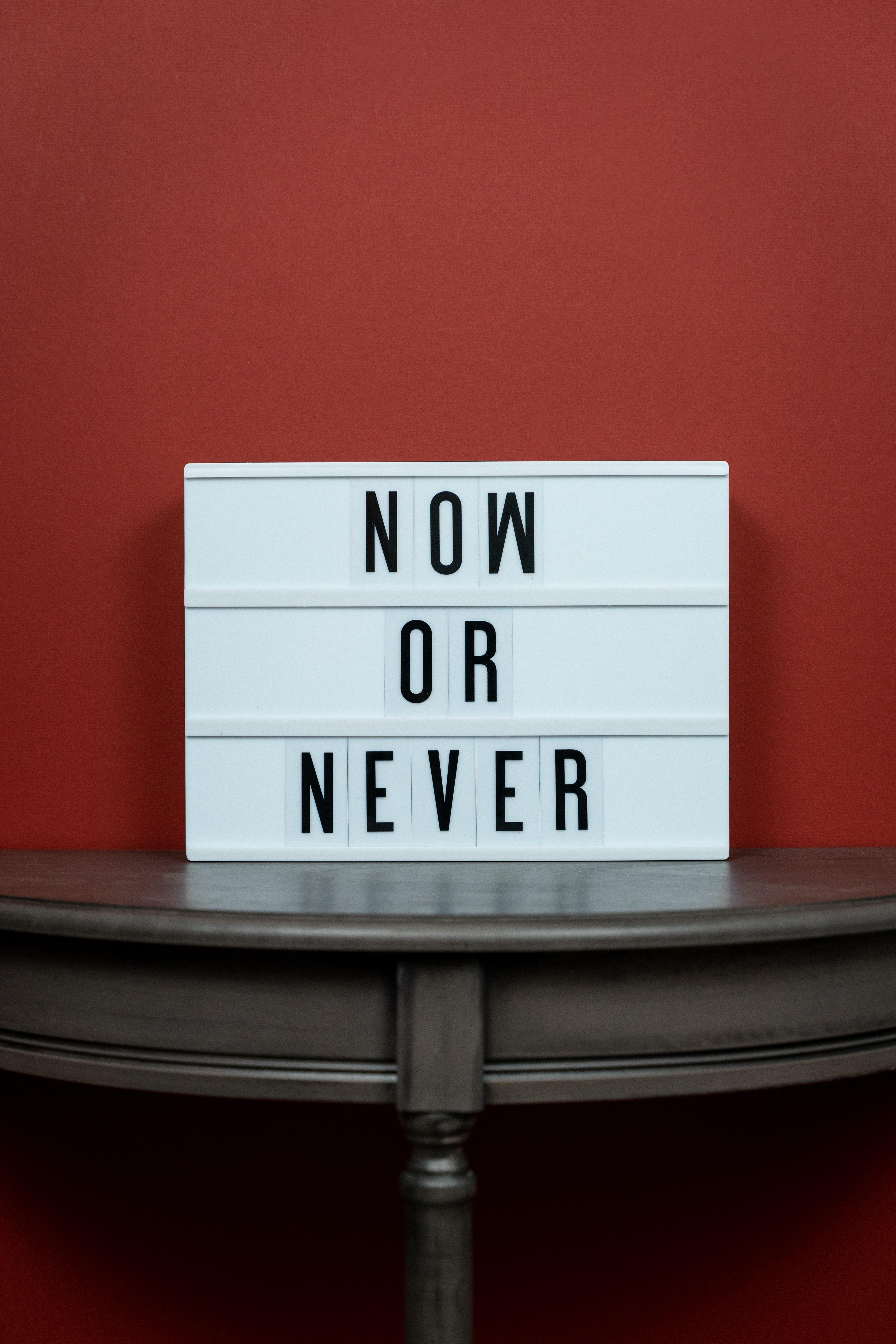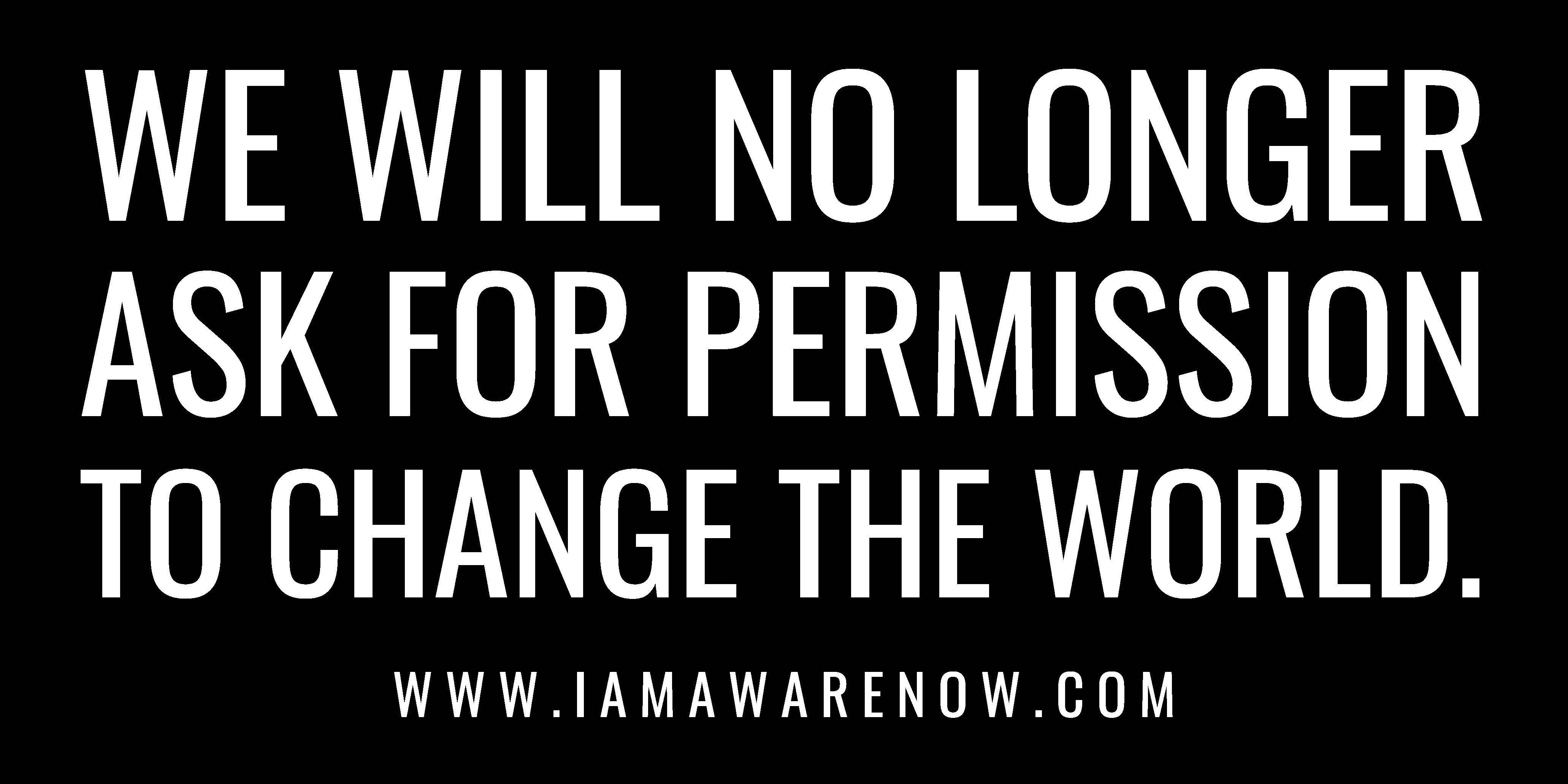AWARENOW
THE WORLD'S OFFICIAL MAGAZINE FOR CAUSES





PURPOSE

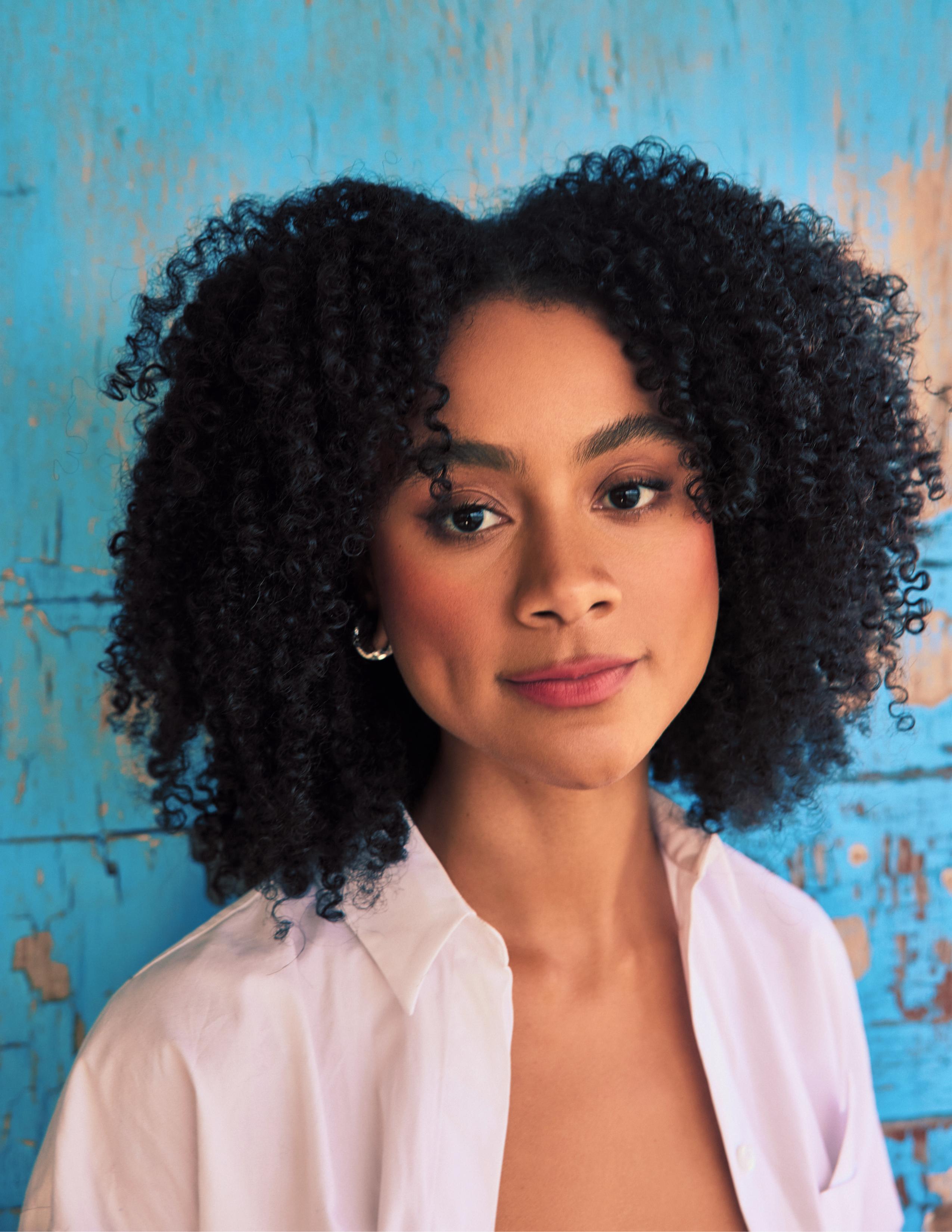
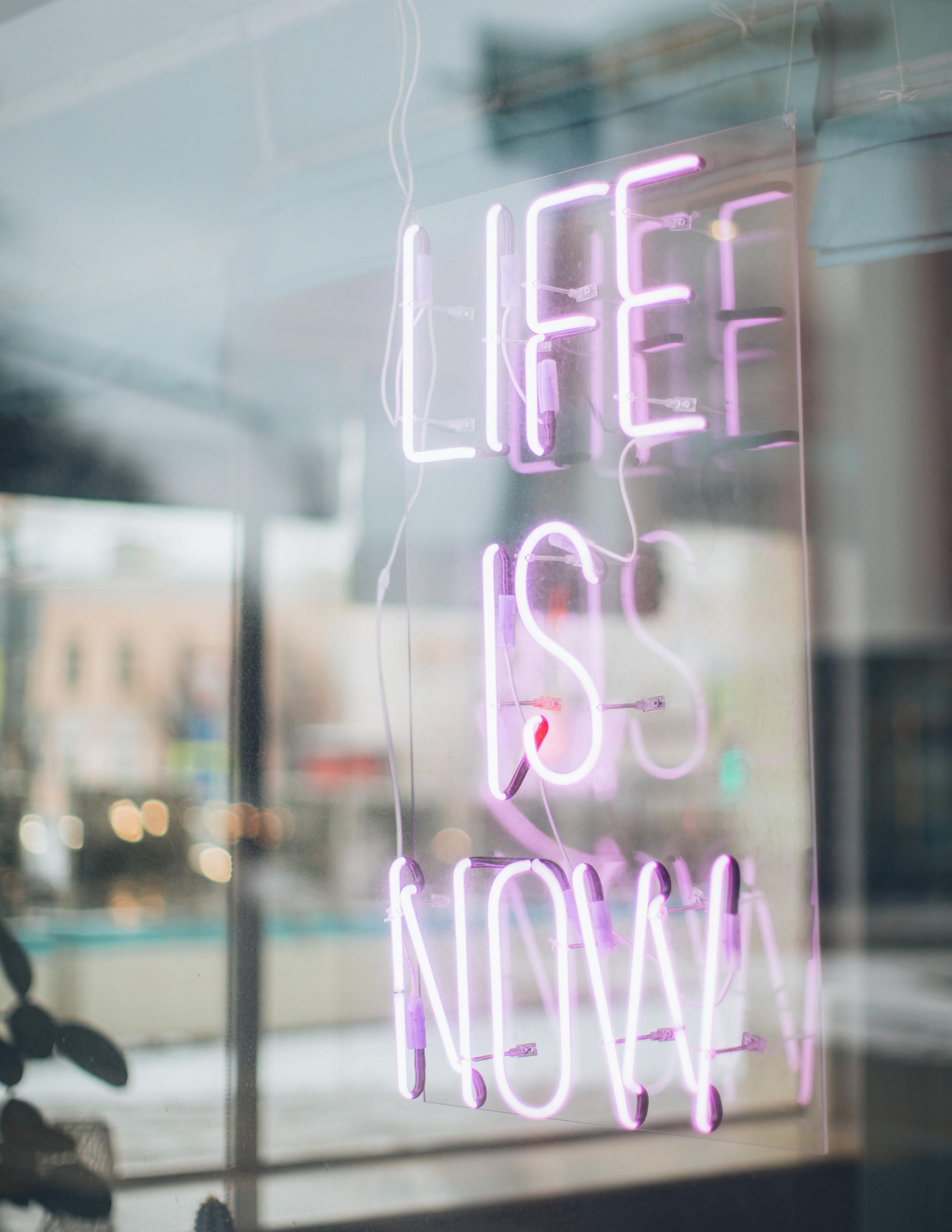









ON THE COVER: MICHELLE NÚÑEZ PHOTO BY: STORM SANTOS
AwareNow Magazine is a monthly publication produced by AwareNow Media™, a storytelling platform dedicated to creating and sustaining positive social change with content that inspires and informs, while raising awareness for causes one story at a time.
ECHOES IN MOTION
THANG DAO
SURVIVAL
LORI BUTIERRIES
THE ART OF BECOMING
MICHELLE NÚÑEZ
AWAKENING FROM COMFORT
PAUL S. ROGERS
CRIMSON RESISTANCE
HODA KHAMOSH
LEADING WITH RESILIENCE
CAROL
MORE THAN A GAME
JANINE M. JONES
SECOND-HAND STYLE
LAURA ZABO
UNMASKING POTENTIAL
SPECTRUM DESIGNS
SUDDEN CARDIAC ART
CHARLIE KIRKHAM
THE FALL THAT LIFTED ME
KEVIN HINES/ERIN MACAULEY
LYRICS OF LIBERATION
JATO SONITA/TANITH HARDING
THE CASE FOR INCLUSION
LINDSEY MAZZA
AWAKENING STRENGTH
WALTER BOGGAN/SONJA MONTIEL
BEYOND BUSINESS AS USUAL MICHAL ALTER
SHOW ME THE MONEY
DR. TODD BROWN
PAWS OF HOPE ANTON SHULKE
FINANCIAL TOXICITY
DENISE REDEKER
STRONG WOMEN BEAUTIFUL MEN
CHRISTINE WILTSHIRE, CELESTINE RAVEN



Awakening is not changing who you are, but discarding who you are not.

Deepak Chopra
While there is no denying that certain issues impact us universally, there are also causes that resonate with each of us uniquely, shaping our perceptions and driving our actions. In April, as we recognize National Autism Awareness, Earth Day, National Child Abuse Prevention, Parkinson’s Awareness, World Health Day, and Diversity Month celebrations, among others, a resounding truth emerges: we are all connected by the human cause.
AwareNow stand as a beacon of unity, championing a multitude of causes that define our collective mission. Before diving into ‘The Awakening Edition’, let us remember our mantra, "We will no longer ask for permission to change the world," which embodies our relentless commitment to proactive change. We invite you to join us in recognizing the need to raise our awareness and let our actions follow. There is a need to be better, to do better, to be not only aware but also awake and involved.
Let us embrace the boundless possibilities that arise when we come together under the banner of humanity. Together, let's amplify our voices, magnify our efforts, and pave the way for a world where compassion, understanding, and action intersect seamlessly.
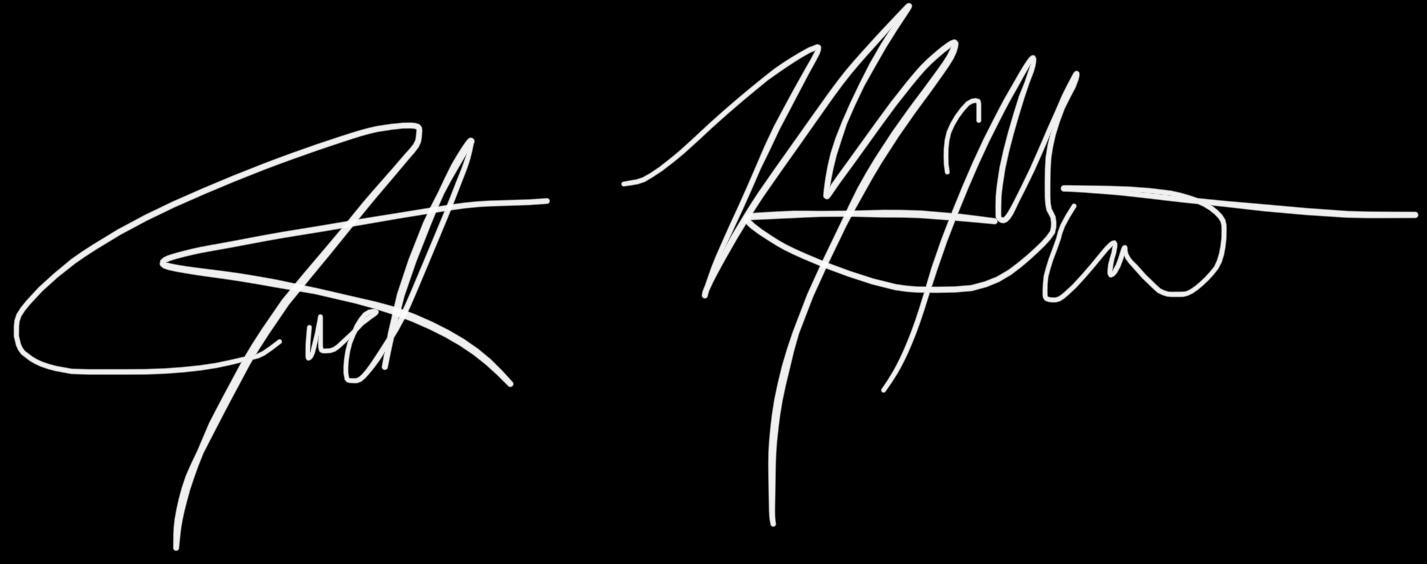
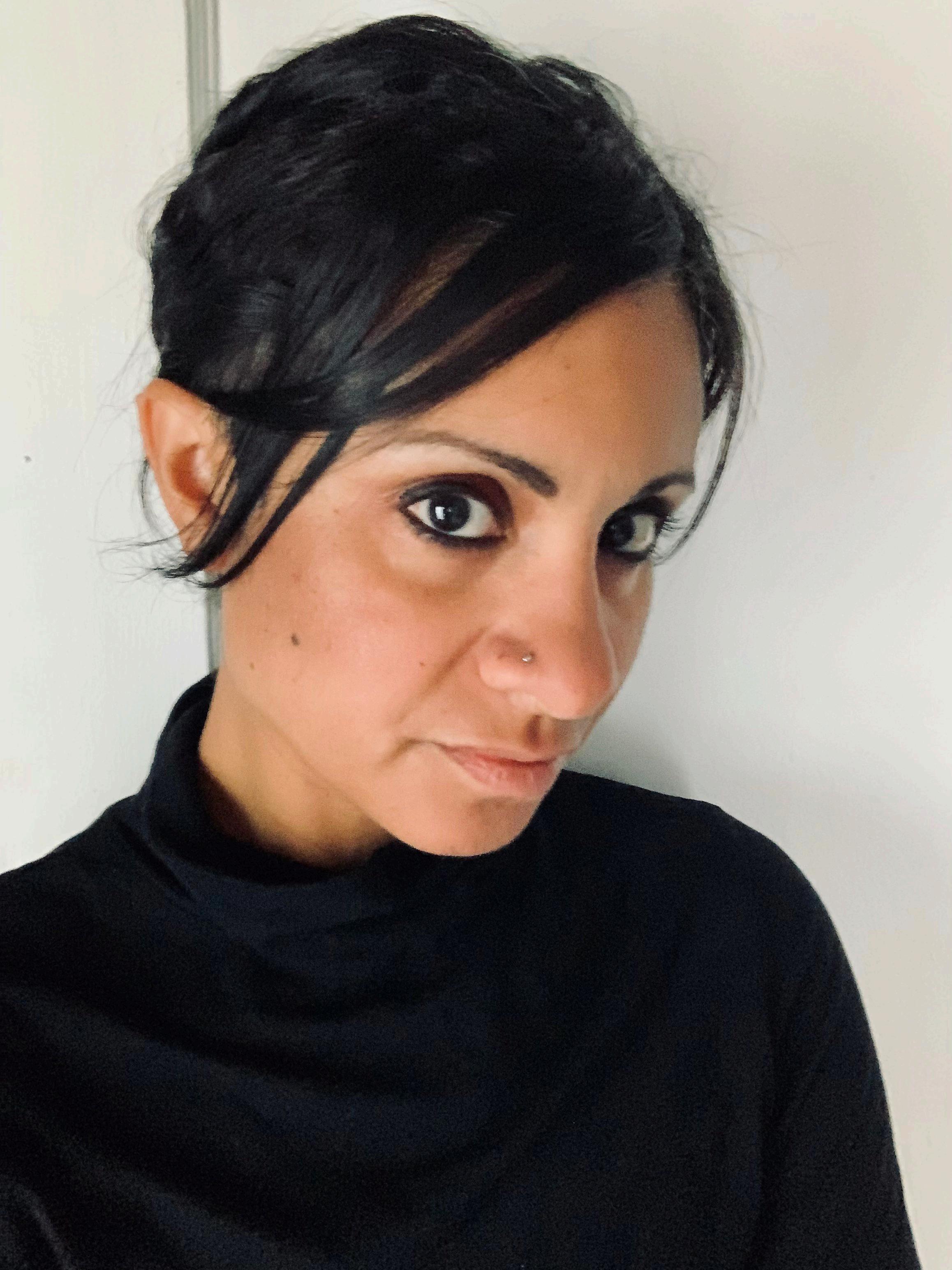
CEO & Co-Founder of AwareNow Media
Allié McGuire began her career as a performance poet, transitioned into digital storytelling as a wine personality, and later produced the Hollywood Film Festival. Now, as co-founder of AwareNow Media, she uses her platform to elevate voices and champion causes, connecting audiences to stories that inspire change.

President & Co-Founder of AwareNow Media
Jack McGuire’s career spans the Navy, hospitality, and producing the Hollywood Film Festival. Now, he co-leads AwareNow Media with Allié, focusing on powerful storytelling for worthy causes. His commitment to service fuels AwareNow’s mission to connect and inspire audiences.
The views and opinions expressed in AwareNow are those of the authors and do not necessarily reflect the official Any content provided by our columnists or interviewees is of their opinion and not intended to malign any religion, ethnic group, political group, organization, company, or individual. Stories shared are not intended to vilify anyone or anything. Their intent is to make you think.
* Please note that you may find a spelling or punctuation error here or there, as our Editor-In-Chief has MS and lost vision in her right eye. That said, she still has perfect vision in her left and rocks it as best as she can.
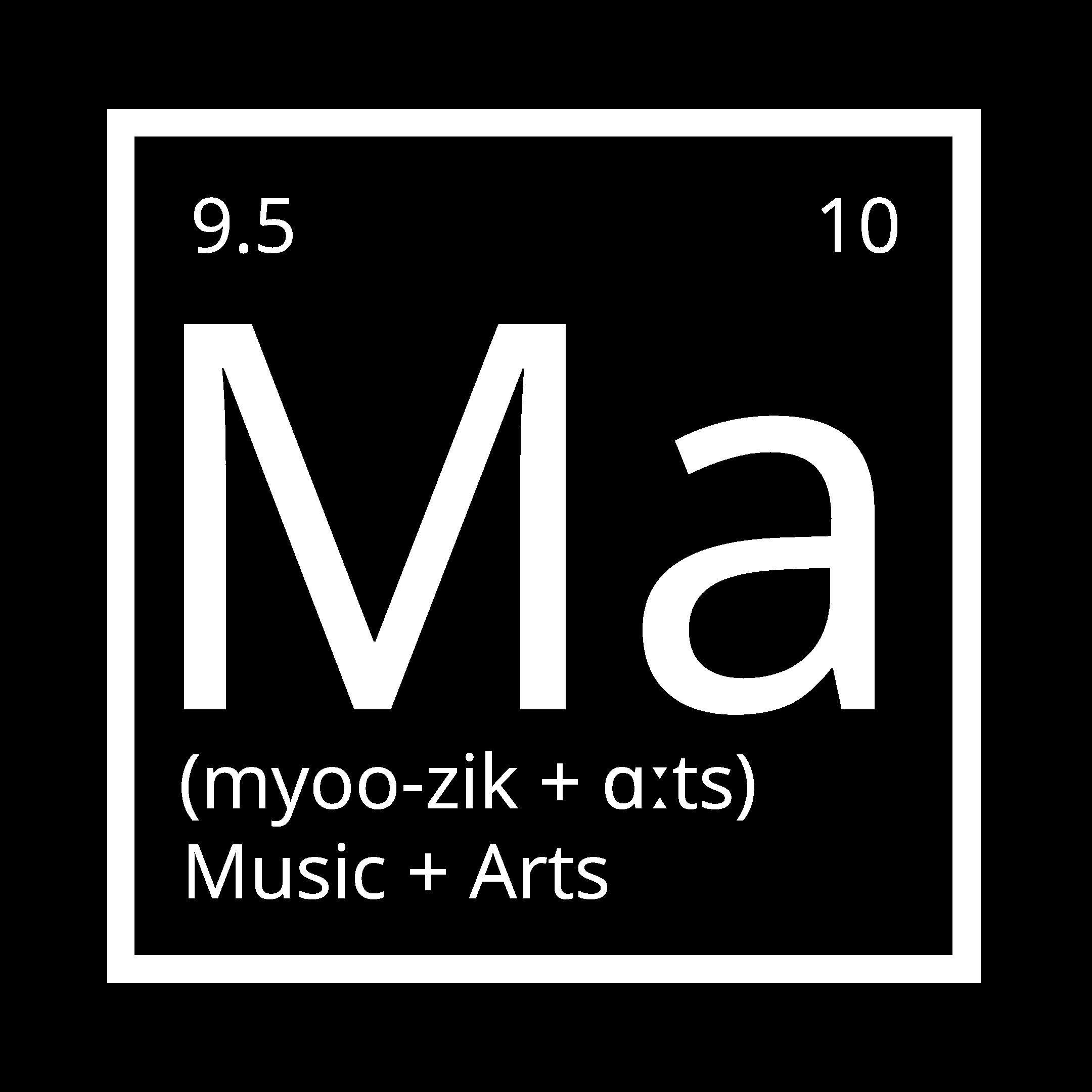
Even though we have cultural differences, we are still deeply connected.
THANG
DAO CHOREOGRAPHER AND EDUCATOR
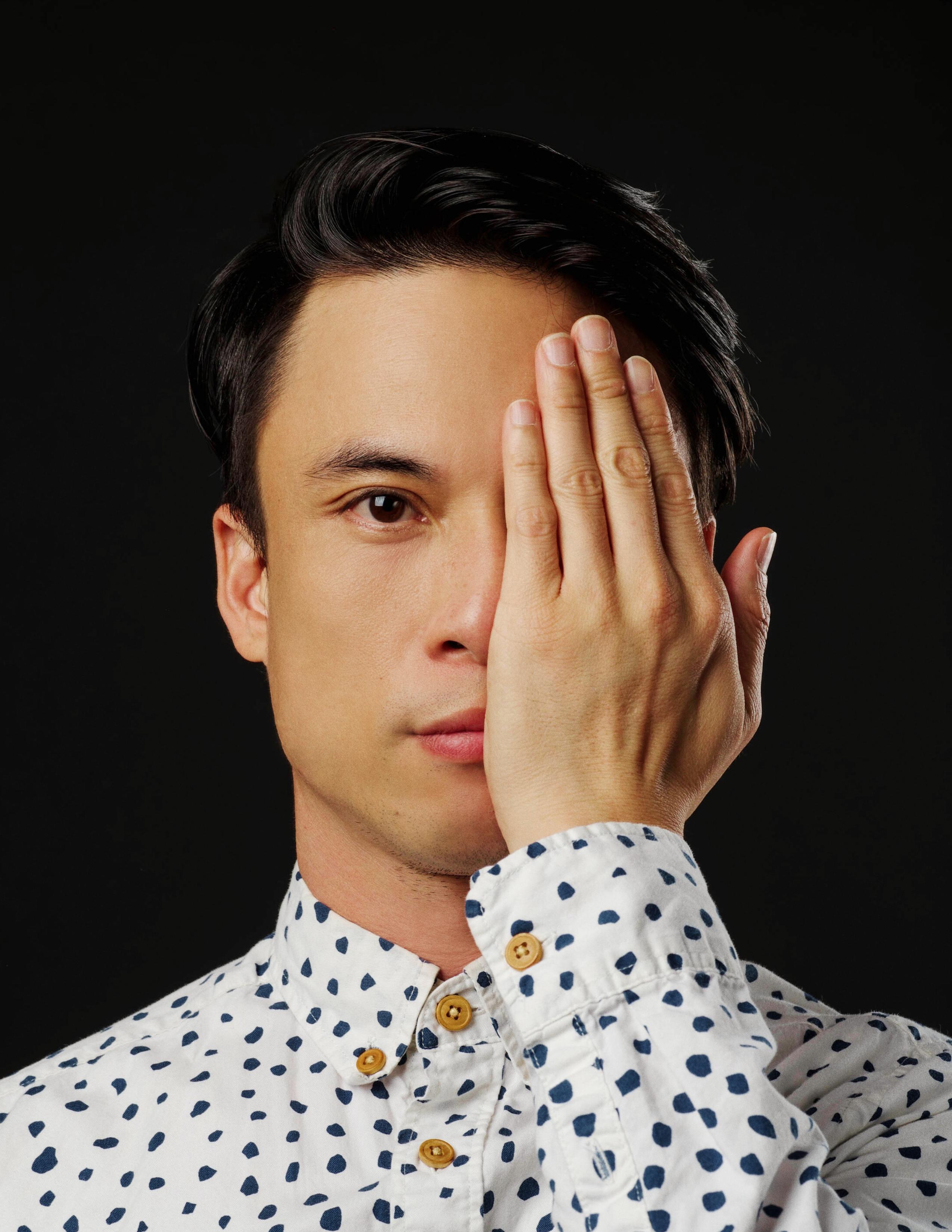

Thang Dao is a choreographer whose work is more than movement—it is memory in motion, a bridge between past and present, tradition and innovation. Through his artistry, he not only preserves Vietnamese dance and the expressions of ethnic minorities but also redefines them, ensuring their stories continue to breathe and evolve. In this conversation, Thang shares the weight of history, the fluidity of identity, and the profound role dance plays in shaping both personal and collective narratives.
ALLIÉ: Your choreography often embodies a sense of remembrance, honoring both personal and cultural histories. As a Vietnamese American artist, how does dance serve as an act of preservation and reclamation for you? Are there specific movements or motifs in your work that feel like echoes of the past?
THANG: Yes, dance for me is both a vessel of preservation and an act of reclamation. As a Vietnamese-American artist, I navigate a space where history is often fragmented. From my experience, displacement is always fragmented

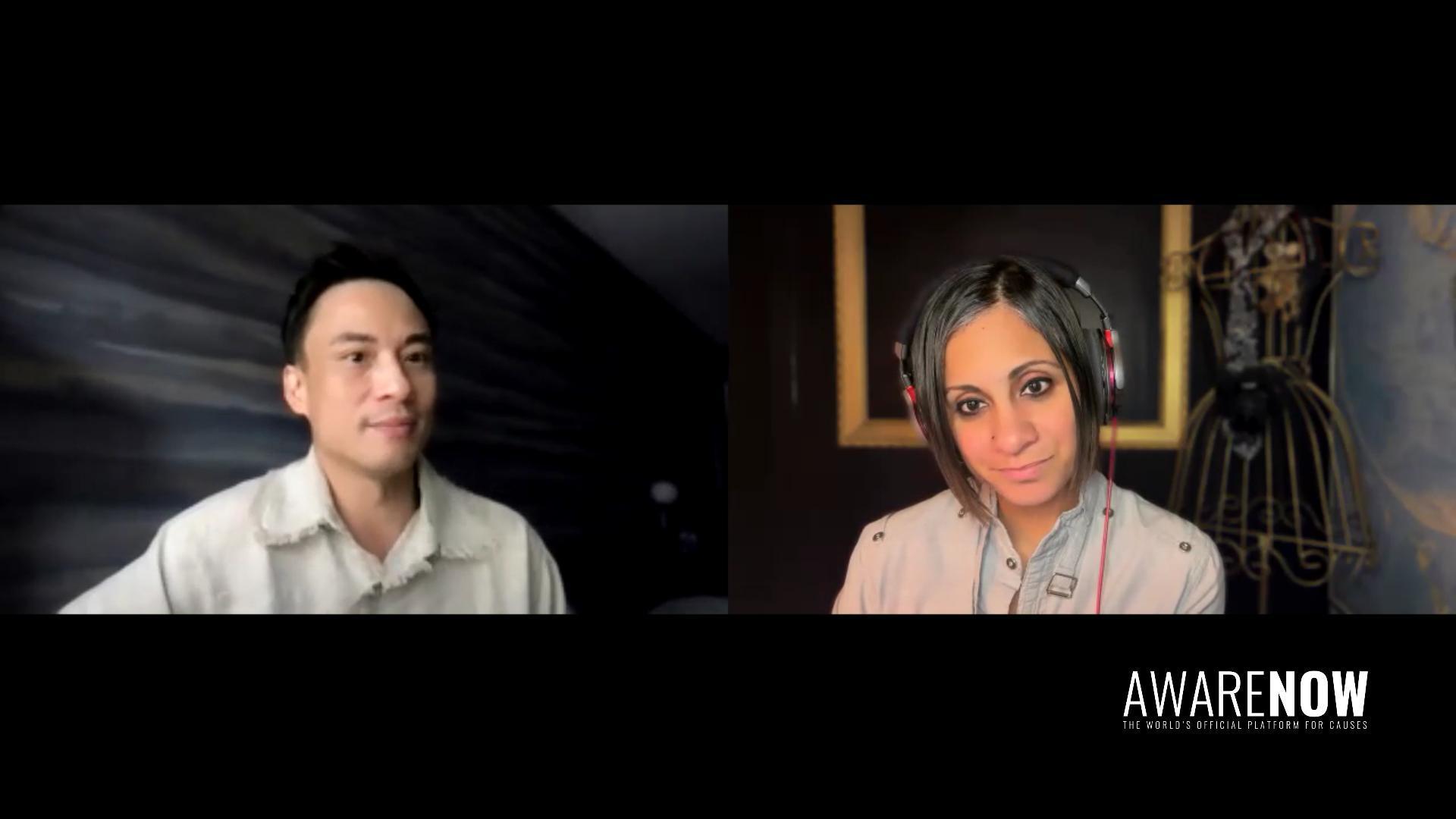
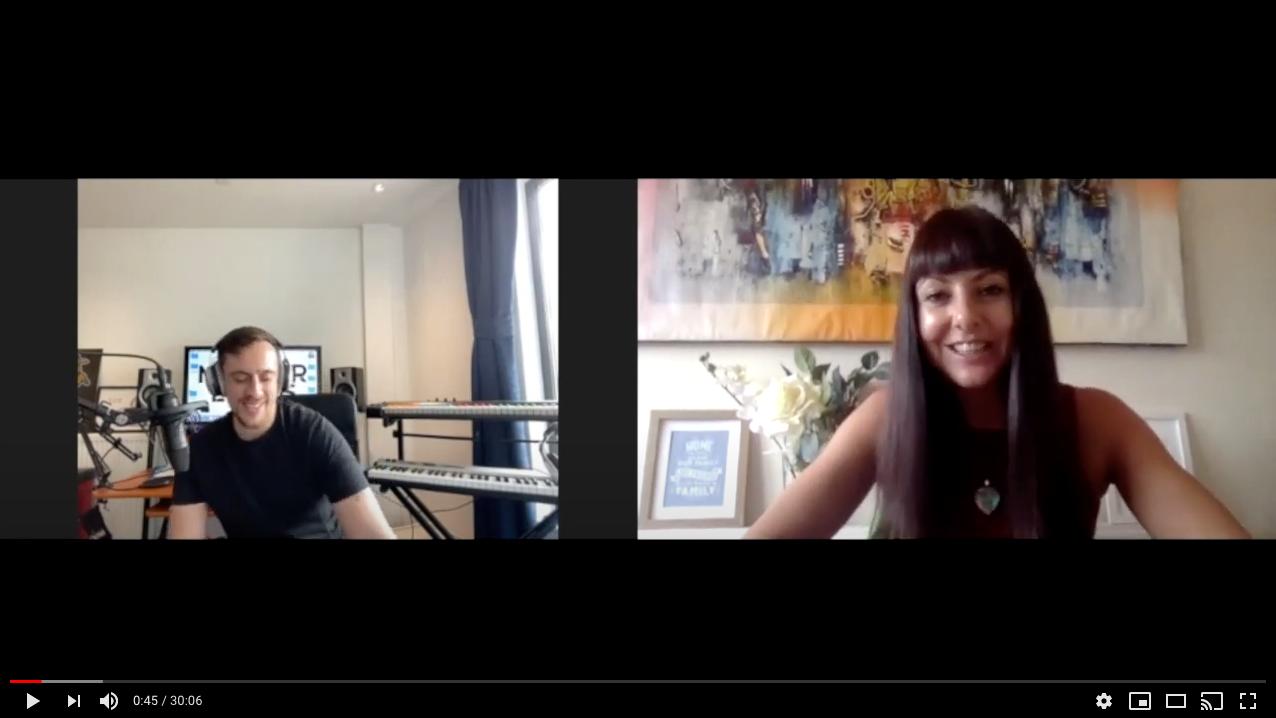
THANG DAO CHOREOGRAPHER AND EDUCATOR
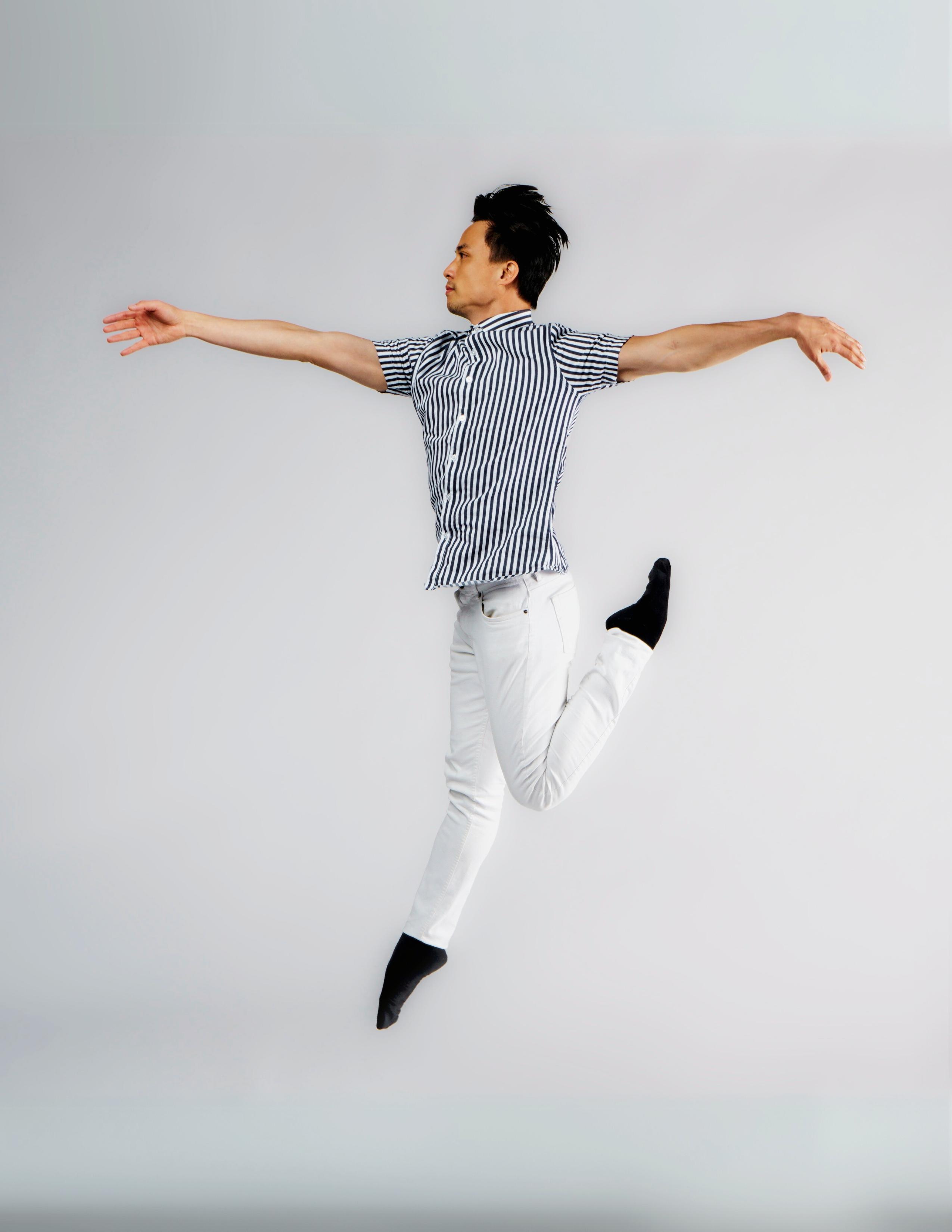

“I create spaces where stories can be shared, where collective memory can be honored.”
THANG: (continued) There are movements in my work that feel like echoes of the past—gestures that reference cultural posturing, or how a group of people moves. I see these gestures within my own community, particularly among women. I grew up watching my mother, my sister, and the women around me. In my community, the women are in charge. They are the caretakers. It’s a matriarchal society. From that society, you can observe these communal postures—cultural movements of a people—like a bowed head, a soft yet persistent reach, the controlled release of breath. These are movements that hold weight, embodying both reverence and resistance. And I see that in the women of my community—reverence and resistance, constantly, even in their silence.
I often work with undulating spines and passive postures because I find there is an active passivity in them. It’s not domineering. The women are active, but also passive and gentle in a way. I try to deconstruct and reimagine these qualities through a contemporary lens, allowing cultural memory to exist within abstraction.
Beyond movement, dance becomes a form of preservation through the act of gathering—in rehearsal, in performance. I create spaces where stories can be shared, where collective memory can be honored. Even when the past feels distant, the body remembers. And in that remembering, dance becomes a way of ensuring that what was once lost is never truly gone.
ALLIÉ: Having left Vietnam at a young age, your journey has been one of displacement and discovery. How has the experience of exile influenced your artistic vocabulary, and in what ways do you find yourself weaving themes of longing and belonging into your work?
THANG: I left Vietnam at a very young age, so that meant I was constantly negotiating my sense of identity between two cultures—one that was inherited and one that I had to assimilate into. I'm really good at assimilation. That experience of displacement has deeply shaped my artistic vocabulary—not just in the themes I explore, but in the way I construct movement.
There’s this binary fusion of Western forms and Eastern movement—bodily gestures that carry a different weight. There’s a fluidity in my choreography that reflects a constant search, a state of in-betweenness. Much like my own journey of belonging, I don’t think I’ve found my exact identity, and I don’t think I ever will, because I navigate between these two spaces.
Longing and belonging surface in my work through the body’s relationship to space, weight, and rhythm. I often create movements that embody a push-and-pull dynamic, where dancers seem to be reaching for something just out of grasp, or navigating an invisible tension between presence and absence.
I'm drawn to motifs of migration, impermanence, and memory. We carry our histories within us, even as we move forward. That’s why, for me, ballet can be difficult—it comes from a very different vocabulary. It doesn’t always reflect the meaning or essence of diasporic experiences. It’s just... really difficult.
Reaching a destination isn’t really our goal…
THANG DAO CHOREOGRAPHER AND EDUCATOR


THANG: (continued) At the same time, I see dance as a communal act—a way to build temporary homes. Even if just for the duration of a performance, you feel at home for an hour or so, if you can access that space. The stage becomes a space where different narratives coexist, where bodies in motion articulate both displacement and unity.
Whether consciously or subconsciously, I think my work always grapples with dualities—translating personal and collective histories into movement that resonates beyond my own experience. I think it both transpires and transcends. That’s the beauty of dance—it can take us there without words. It moves us in a way that language can’t quite describe. So, I think balancing innovation and tradition is an ongoing dialogue—one that requires both deep respect for the past and the space to reimagine it. I don’t see tradition as something to be merely preserved in its original form. I think tradition gives us a set of tools—it reminds us. That’s what tradition is: to anchor us. But the whole point of being anchored is so that you can move—move and grow.
ALLIÉ: Your dedication to preserving Vietnamese dance and the traditions of other ethnic minorities goes beyond choreography—it is a form of storytelling, activism, and cultural continuity. How do you balance innovation with tradition, and what responsibility do you feel as a custodian of these art forms?
THANG: Balancing tradition and innovation is, I think, the space of excitement, right? Balance is so valuable—if you can understand where that is. I was watching something—maybe on Instagram or TikTok—where a teacher was talking about the distance between 'knowing' and 'not knowing’... the space in between. She said that space is where learning happens. And I think balance exists in that same space between not knowing and knowing.
I love that space because the journey through it can be long, arduous, and frustrating—but that’s where learning has the most impact and where the most growth happens. For me, learning how to balance means truly understanding tradition, and then being able to depart from it through innovation. Innovation is a journey. It's new, it's alive—it's creative life. And tradition is set, it's static. But if you don’t really understand tradition, it’s hard to depart from it in a meaningful way. That’s the balance for me—it’s the space where I can keep learning.
I don’t want to know everything. I don’t want to get to that place of certainty, like, 'I know it.' I want to stay in the place where I think, 'Oh, there’s more to learn. I’ll take this route—oh, okay—and then I’ll go over here, because there’s more to learn there too.' I think that mindset is critical for any artist. Reaching a destination isn’t really our goal—it’s about learning through the space in between.
As a choreographer, I feel a responsibility to honor the roots of Vietnamese dance. I spent ten years searching for dance in Vietnam and couldn't find a single lead to any of the dances from different ethnic minorities. But during my last trip, I was introduced to someone who opened a door for me. I visited the conservatory and saw students learning modern ballet and character dance. Then I saw a class dedicated to folk dance—dance of the people.
It turns out the conservatory had preserved 20 different dances from various ethnic minority groups. There are 54 ethnic minority groups in Vietnam, so the preservation of 20 is an incredible number—especially since I couldn’t even find one in over ten years of searching. I don’t know much about them yet, but this is now my next area of interest. I understand Western forms—that’s what I’ve studied for the past 20 years. But now, I feel my eyes opening. Seeing that the conservatory has preserved these traditional forms makes me wonder what else might exist outside of the institution. If I can locate those dances within the communities and compare them with the versions preserved in the conservatory, I might be able to trace more.
Yes, I think it’s very critical for me as an artist. I want to understand. It’s that balance again. I’m anchored in Western form, but I know almost nothing about Vietnamese dance in Vietnam. That space in between is wide—and it’s full of opportunities for me to learn. And I think part of this approach is an act of storytelling and a way to understand my identity, and my homeland—from which I’ve long been disconnected.
There’s a sense of yielding, but never weakness…
THANG DAO CHOREOGRAPHER AND EDUCATOR


ALLIÉ: Many of your works explore fluidity, resilience, and transformation, much like the ocean that carried so many Vietnamese refugees to new lands. What role does water—both literal and metaphorical—play in your choreography, and how does it shape the way you approach movement?
THANG: There are many representations of water in my choreography across different pieces. For some reason, water is deeply connected to my experience. I’ve always felt tied to it—through the boat, through the journey. My mom used to tell me stories—though I don’t remember them myself—about how I almost died. Traveling to Thailand, I was emaciated from being in the ocean for weeks, hungry and fragile. I was just a frail kid. So I think water, in all its forms, has become an integral metaphor in my work.
As a Vietnamese American, the ocean holds a deep, almost mythological significance. It is both a passage and a barrier—a source of life and a reminder of loss. So many refugees, including my own family, crossed vast waters in search of safety, chasing a dream, looking for freedom. That history lingers in my consciousness.
In my choreography, water manifests as fluidity, resilience, and transformation. I'm drawn to movements that ebb and flow, that resist rigidity. I often work with undulating spines, shifting weight, and continuous motion—bodies moving as if caught in a current. The body shapes and reshapes itself, like a wave enveloping a form—surrendering to momentum rather than forcing control.
There’s a sense of yielding, but never weakness—an adaptability that mirrors the way water finds its path through any obstacle.
Metaphorically, water also represents identity in flux. It reflects displacement, but also renewal—how we are constantly reshaping ourselves. Ultimately, water reminds me that nothing is fixed. Transformation is inevitable. Whether in moments of stillness or surging intensity, I see dance as an ocean of possibilities.
So, I think that’s why I’m so drawn to fluid and constant motion. It’s quiet, but it can also be deadly. Water is a powerful metaphor—a concept and a theme. It holds space for so much. For me, water is where endless possibilities for dance reside.
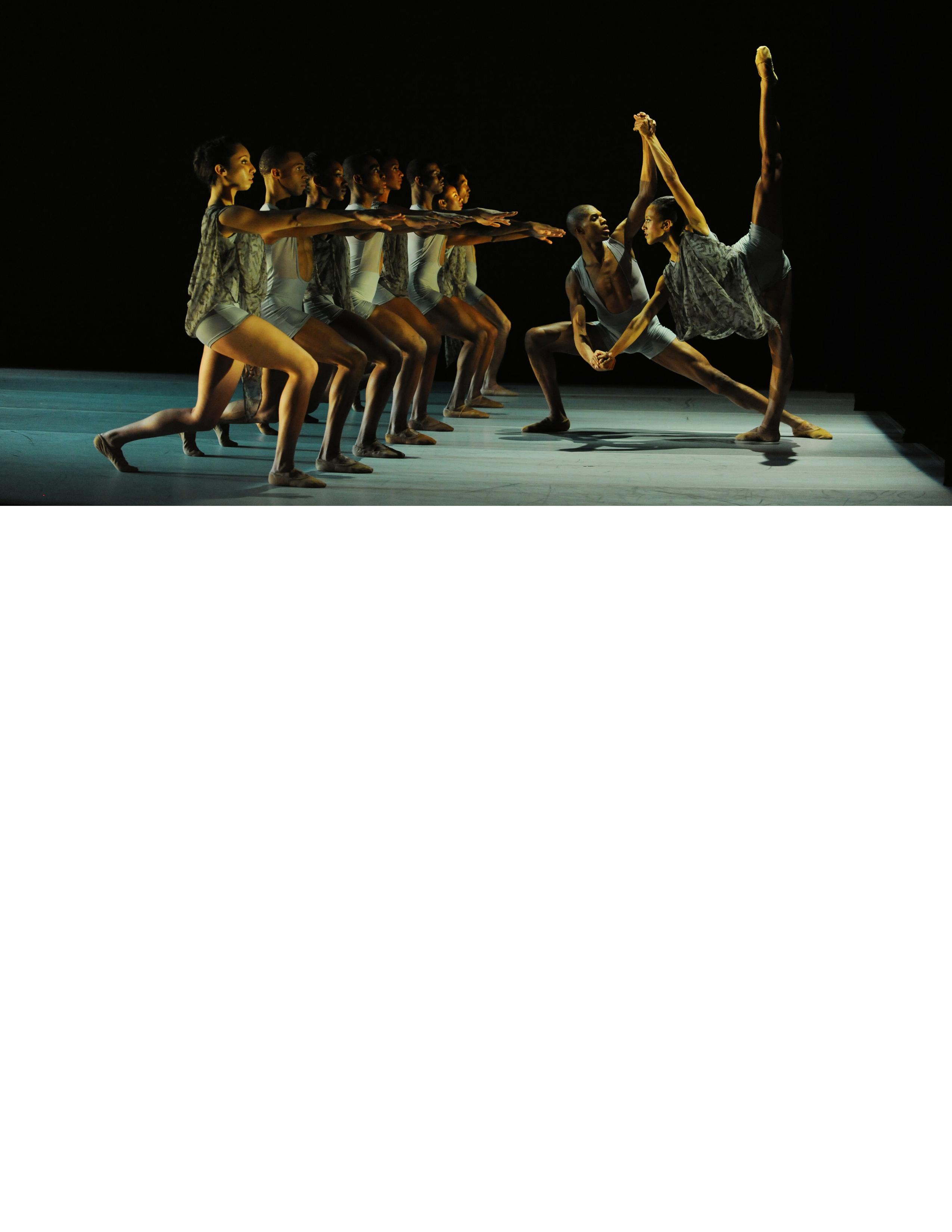
AwareNow Podcast
Exclusive Interview with Thang Dao https://awarenow.us/podcast/echoes-in-motion


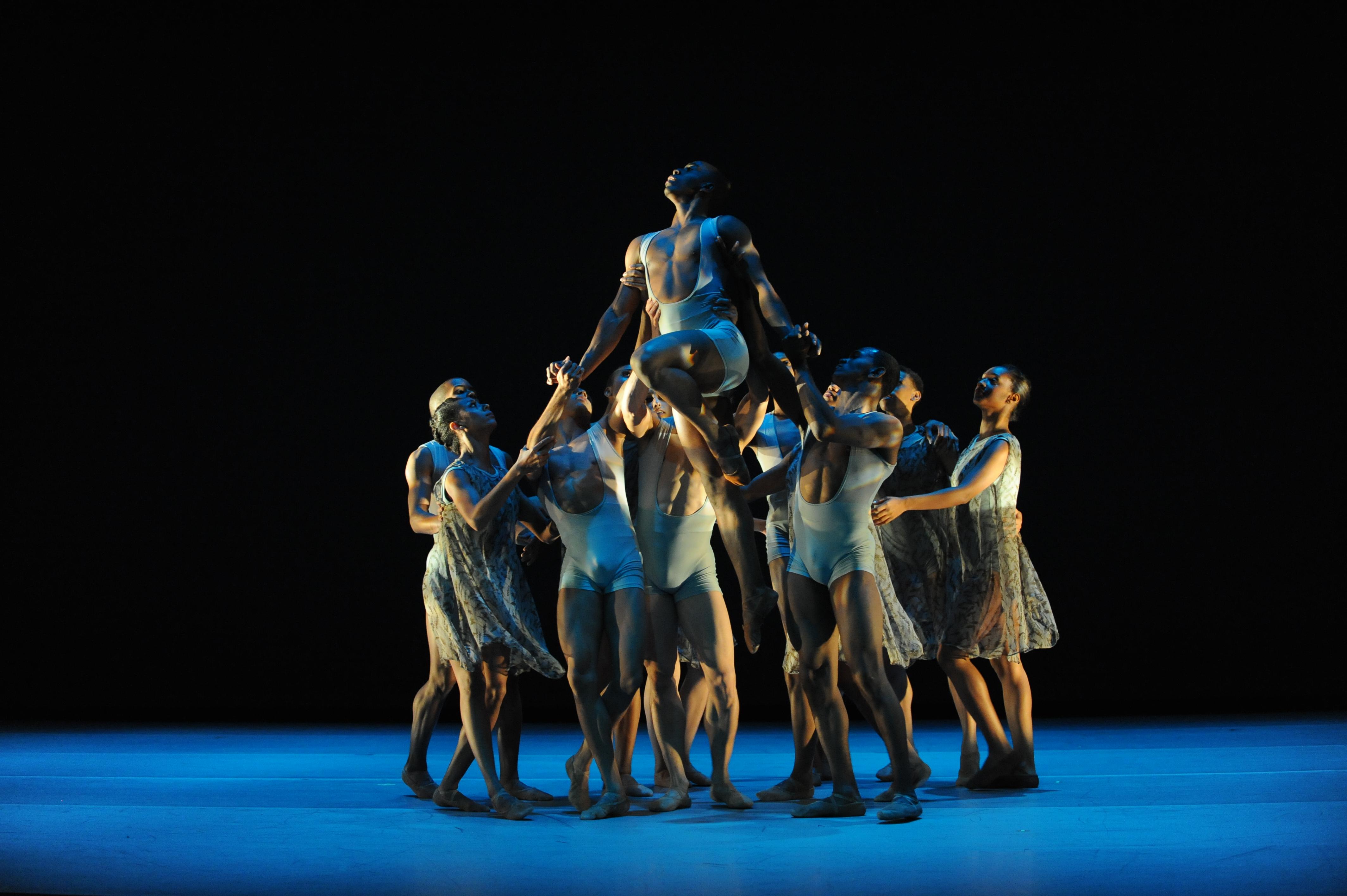

“I believe in community and storytelling…”
ALLIÉ: With a career shaped by intention and exploration, is there a story you have yet to tell through dance—one that lingers in your mind, waiting to take form? If so, what is its essence, and what do you hope audiences will feel when they witness it?
THANG: Yes, there’s one project I would love to research and create. It involves studying the different dances from the various ethnic groups that make up Vietnam. What I’d like to do is tie it to the Autumn Festival. It’s a way to preserve culture, but also to insert history—to highlight the makeup of the Vietnamese people.
I believe in community and storytelling, and this would reflect not only my identity, but also the identities of the 54 other ethnic minorities in Vietnam—showing how we are actually more connected than we are separated. I think the Autumn Festival is a perfect space for this, because it’s celebratory, and there’s so much room for imagination.
You know, the Western world has The Nutcracker—you go into the Land of Sweets. Well, I think we can do that, too, with the Autumn Festival. We can enter that world and transcend reality, stepping into a mythical, magical space where all these different groups are represented through dance. We can explore what their dances mean in the context of the festival.
I think it would be beautiful for the community, especially for children—to grow up with a better understanding of their identity and the diversity that makes up Vietnam. It’s a way for us not to remain ignorant of who we are. Vietnam isn’t made up of just one group of people—it’s made up of 54 different ethnic groups, and we are all connected. I’m part of the majority group, but I recognize there are 54 others, and we are linked—through tradition, food, clothing, and our shared experiences during the war. Even though we have cultural differences, we are still deeply connected. ∎
Find & follow Thang on Instagram: @tawndu
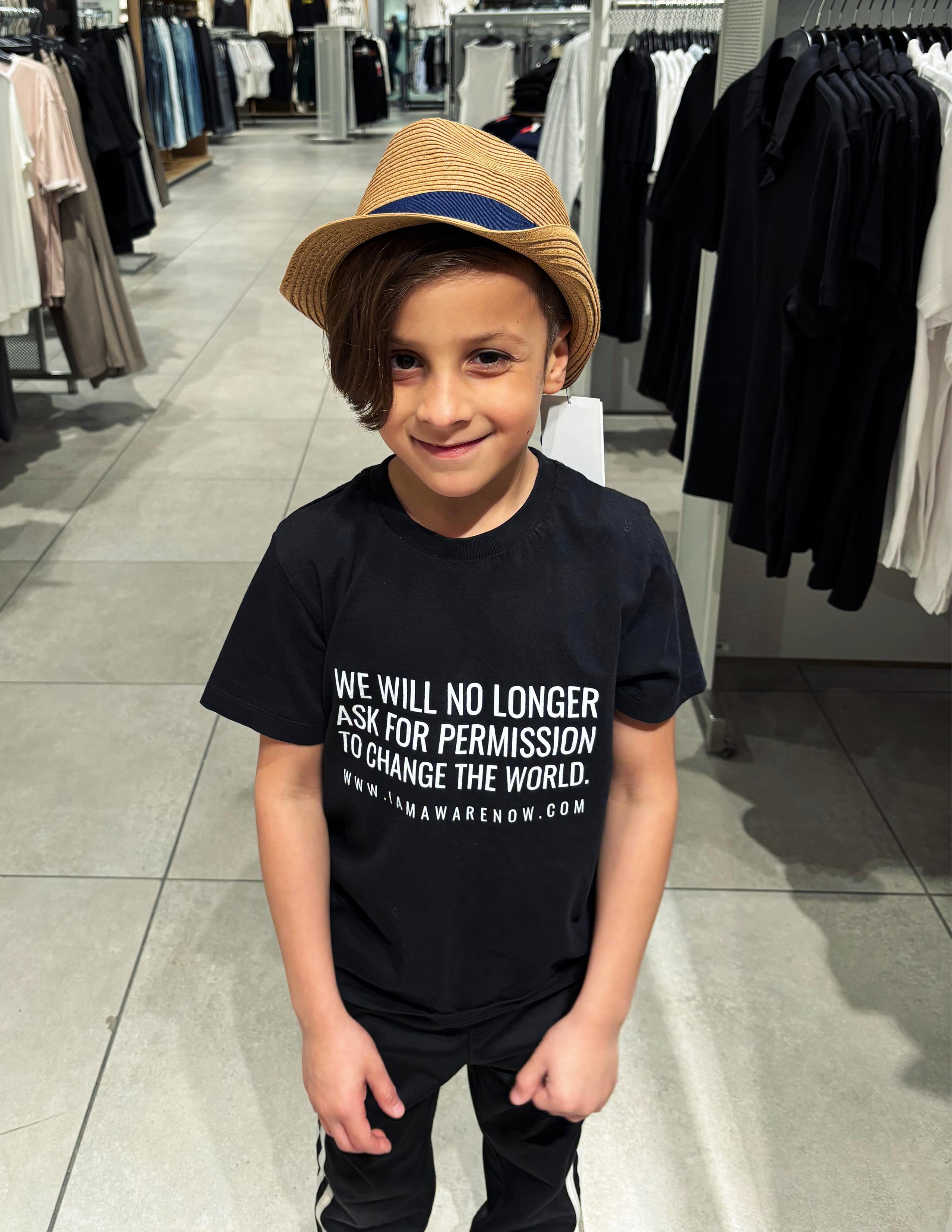

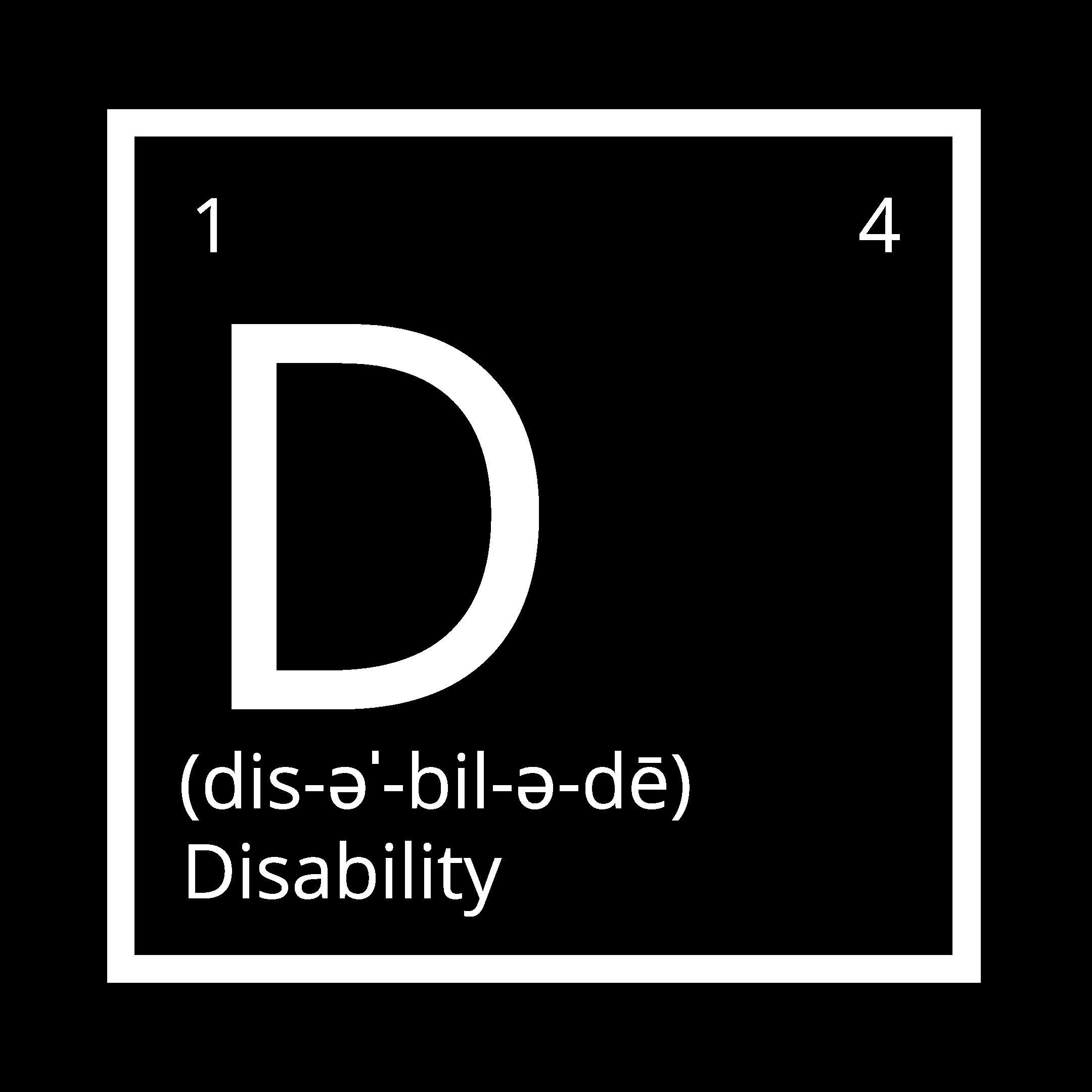
LORI BUTIERRIES AUTHOR, NAVY VETERAN & MOTHER OF 2 WITH SPECIAL NEEDS


“Thank goodness! That’s it?” The words left my mouth before I could stop them. The doctor’s eyebrows lifted in surprise. “That’s not the response I was expecting,” he said. But what was he expecting? Tears? Grief? A mother unraveling at the news that her daughter was autistic? I wanted to explain—wanted to tell him that after watching my son’s body weaken, after hearing the words “terminal illness,” nothing else felt nearly as devastating. Autism wasn’t a death sentence. Autism was life, just a different kind.
I had learned long ago that people’s expectations rarely matched my reality. “HM3 Butierries, front and center.” I fell out of formation and proceeded to the front to receive the unexpected award-an honor. But as the medal was placed in my hand, it felt heavier than it should. All I could hear was the Sergeant Major’s voice—low and angry, meant only for me, “You disgust me.”
I swallowed hard, the weight of the moment pressing into my chest. Why? The question had lived in me for years, a dull ache beneath the surface.
I stood at attention as the formation dispersed, the medal clutched in my palm like something stolen. Maybe that was what he saw when he looked at me—someone who had taken what wasn’t mine. A woman in a space he thought I didn’t deserve to stand in. I wanted to turn and ask him, “What did you expect from me?”
Later, I found myself asking the same thing of the doctor.
“My daughter can live a full and happy life with an autism diagnosis,” I told him. “Unlike her brother, who has Spinal Muscular Atrophy. Anything is easier to bear than that.”
The weight of a word. A diagnosis. A medal. A moment.
I used to think honor came with ribbons and medals. That grief came with tears. That suffering had a singular shape. But I’ve learned that weight isn’t always measured in metal, and loss isn’t always loud. Sometimes, it’s in the silence after an unexpected diagnosis. In the echo of words meant to break you. In the relief that feels too sharp to share. And in knowing, despite everything, you will carry it all anyway. ∎


LORI BUTIERRIES
Author, Navy Veteran & Mother of 2 with Special Needs www.awarenessties.us/lori-butierries
LORI BUTIERRIES is a full-time caregiver to two children with special needs, one child being terminally ill and physically disabled. Lori uses her life experiences and the medical knowledge she gained while serving as a Hospital Corpsman in the United States Navy to help others facing similar hardships. Lori focuses primarily on advocating for and educating others about the special needs, mental health, and veterans communities. Her long-term goal is to reduce the stigma associated with disability by talking about it with people of all ages, thus minimizing the fear and the mystery attributed to the unknown in this regard.
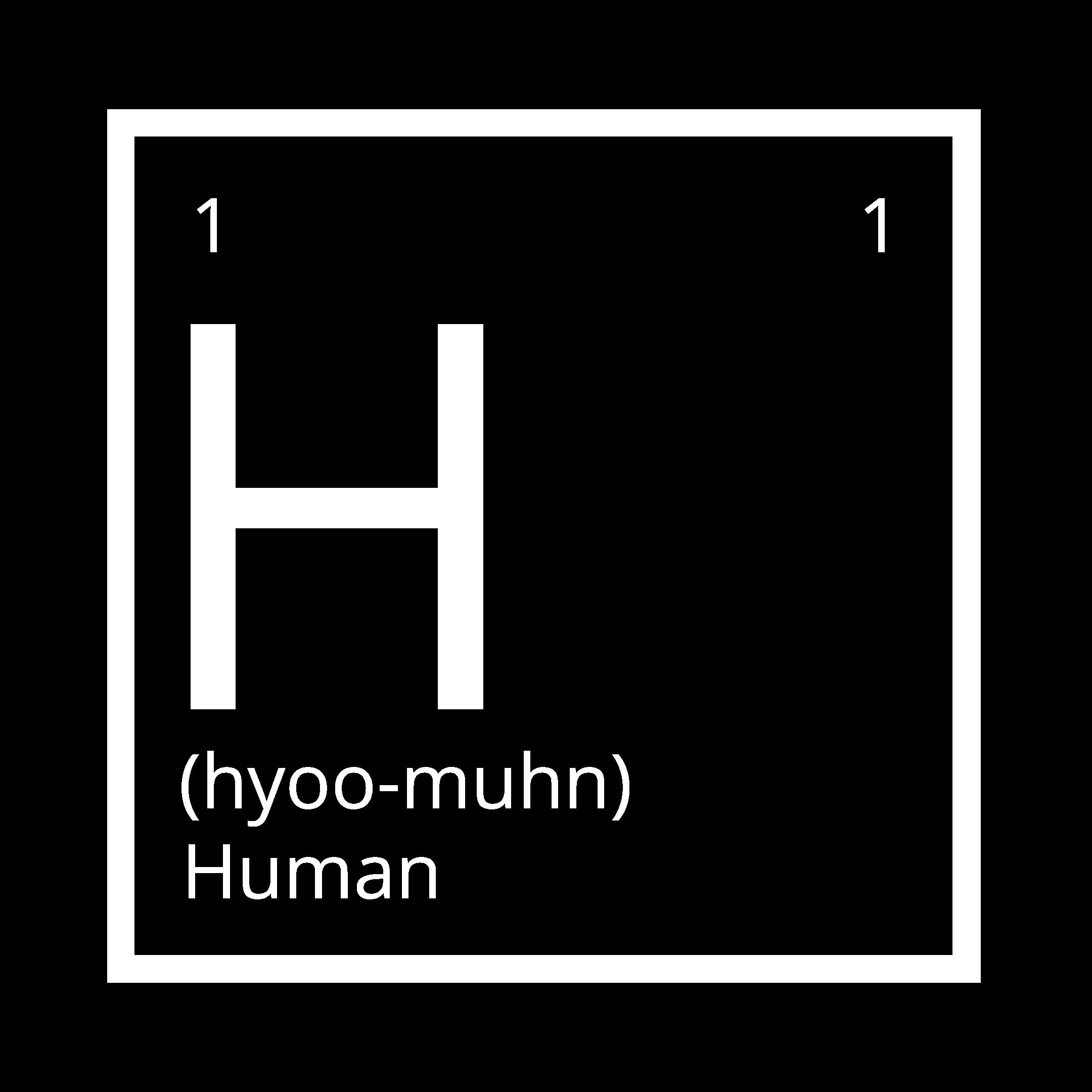




For Michelle Núñez, awakening is an ongoing journey. It’s in the characters she inhabits and the stories she tells. It’s in the stillness of meditation, the movement of yoga, and the unshakable truth of her identity. She is an actress, an artist, an activist—but most importantly, she is a seeker. A seeker of growth, of meaning, of freedom. In this conversation, we talk about the lessons learned in stillness, the strength found in surrender, and the radical power of self-expression. This is Michelle Núñez, awake and unapologetically herself.
ALLIÉ: Your journey as an actress, activist, and advocate is deeply intertwined with your personal growth. If you could go back and have a conversation with a younger version of yourself—maybe before you booked Ruthless, before you found yoga, or before you fully stepped into your truth—what would you say?
MICHELLE: I would probably say... I think I would preface and say everything's going to be alright and you don't have to have it all figured out. I think when I was younger, I rushed a lot. I rushed and I was always sort of trying to finish the thing because I knew the other thing was going to come and I needed to be ready for that. Whether it was, like, you know, in high school being like, “I need to rush out of high school to get into college so I can rush out of college,”
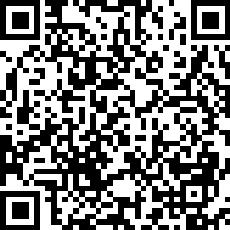
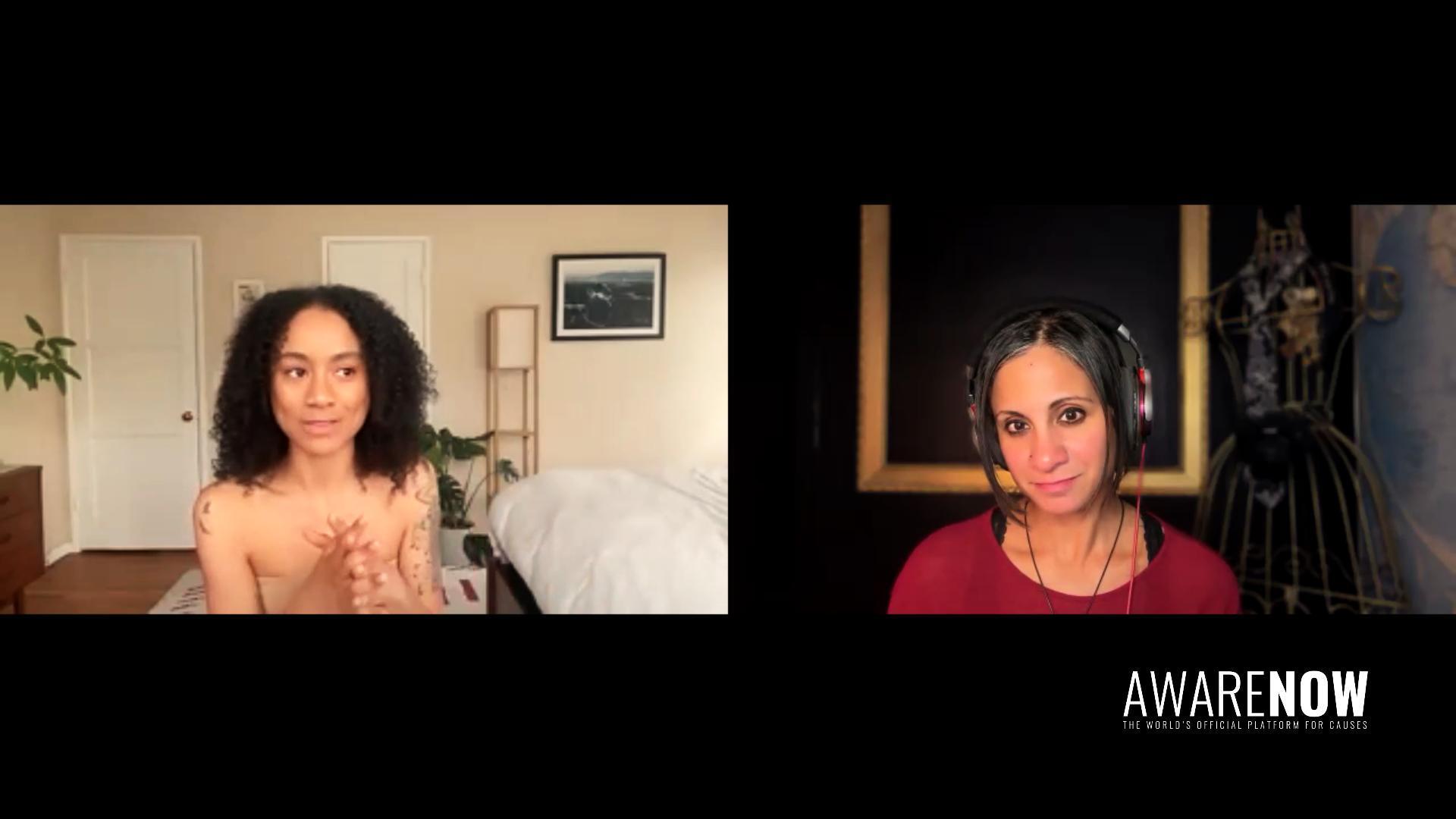




“The only constant is change, but I think there’s a trust that gets to be had within that change.”
MICHELLE: (continued) In high school, I graduated by my junior year—I was already fully enrolled in college and taking college classes, and just not even attending high school classes at all. And I look back now, and I'm grateful for that and I'm so honored for that, and also I realize that there may have been moments that I sort of missed out. So I think—just slow down. Trust the process. Trust in, for me, God—but any sort of higher source or creative power that you sort of lean into. And yeah, I would also say: You are loved, little Michelle.
You're loved not only by your family, but by me—like, future you loves you. And that higher power that some of us sort of lean into—like myself, like I said, for me it’s God—reminding her also that she’s loved by God. Like, there’s nothing wrong with you. You’re okay. You’re beautiful. And it’s all going to work out.
ALLIÉ: Those are all beautiful pieces of advice, for sure. Let’s keep going deep. You’ve immersed yourself in meditation, yoga, and the study of Buddhism and Hindu culture. In the world we live in—fast-paced, overstimulated, and at times overwhelming—what has been the most profound lesson you've learned from your spiritual practices, and how has it shaped the way you navigate both your career and personal life?
MICHELLE: I think I would say that the big lesson is… it’s really wrapped up in trust. In life, there’s so much we don’t have control of. The only constant is change, but I think there’s a trust that gets to be had within that change. Something that’s intertwined in it is trust. And it’s sort of… it’s like that quote: “Leap and the net will appear.” It’s a sort of a trust fall with life.
You know, I had no idea what I was doing moving out to LA. I am from the country. I’m a country girl. I did grow up in New York City at certain points in my life because my mom migrated from the Dominican Republic and got her citizenship in New York City. So we were there as a family a lot. But she was a single parent in the military, so we were always sort of moving around and living in the country. And I think trusting how everything always sort of worked out—you know, from a young age I had to leave friends all the time, leave schools. I went to three different schools in three years. I was constantly trying to become a chameleon or learn how to adapt to certain groups. And it forced me to learn how to trust myself in every situation and know that, okay, these are the friends that are good—I’m going to trust that. I’m going to trust my mom’s now removing me from this school, removing me from this friend group, and placing me somewhere else. We moved to Germany—some distant country. And just trusting myself and my mom and my sisters that everything was going to be okay.
And that translated later into life. Because with every sort of religion that I’ve studied—whether it be Hinduism or Buddhism, or even now, walking in alignment, being a disciple of Jesus—even all of these religions, wrapped up in it, there’s a central core message of trust. Whether you’re just trusting in yourself and the goodness of all, like the Buddha taught, or you’re trusting in this higher being, this higher power, like Hinduism and Christianity teach—it’s all wrapped up in this trust, this trust in something greater than yourself. So I think that’s the biggest lesson. Because something like the film industry—I mean, music, the music industry—it’s also, I mean, Marilyn Monroe said it: so fickle. And that’s so true. And I think Adrien Brody, actually, in his Oscar acceptance speech, he was like, “All of this comes, but all of this can go—so quickly.” And there’s this trust that you have to lean into as an artist to keep pursuing that higher vision you have.


“This whole idea of labeling yourself… A few years ago, I started boxing myself in.”
ALLIÉ: You’ve been open about your identity as a pansexual woman and your support for the LGBTQIA community. In a society that loves to label and box people in, what does true freedom of self-expression look like for you? And when was the last time you really felt it?
MICHELLE: This whole idea of labeling yourself… A few years ago, I myself started boxing myself in. And, you know, now I identify as straight. I’m in a loving relationship with my boyfriend, who I love. But my support and allyship with the LGBTQIA+ community will never cease to exist.
I was having this conversation over dinner the other night about this way that we all sort of want to identify ourselves and put ourselves in these kinds of conglomerates. And this want, this feeling of wanting to break free of all that. And now, with everything in the world that’s got our attention, you know, we’re running toward these different things. It’s sometimes hard to sort of hone in on who we are unless we identify ourselves as something.
It is important to identify ourselves as something. For myself—I identify as someone who’s pursuing the heart of God, for instance, or also pursuing being a good friend, being a good sister. My niece is four months old, so identifying as someone who just wants to be basically good, like in the Buddhist principles. What I think is so beautiful and lovely about the LGBTQIA+ community is that it all represents the sort of inherent need we all have to be free and to express ourselves in this way that—okay, you don’t understand why, you know, I use perhaps my religion or my spiritual sort of identification now—but it’s this idea of a core message, right? Let’s say, for example, Jesus rising from the dead. That’s actually crazy to believe in. That’s crazy to believe in! And if someone believes in that—I honor that. I believe in it. That’s something to honor and to respect, right? The idea of a trans human being realizing that they’re trans—I can’t understand that. But it’s just like a white person can’t identify as me—I’m half Black. You know, it’s this idea that we can’t really put ourselves in each other’s shoes. We have to just come from this—going back to trust—but this understanding and mutual respect that we have for each other to be able to express ourselves and have that freedom.
Answering the last part of the question, I felt it most right now—really in my music. I’ve really grown into this relationship with my music where it’s this symbiotic sort of expression. And it’s different from acting because on set, you know, I’m prepared—as Zane, for instance, I’m prepared—but then we have our director come in and they sort of set the guidelines, set the preface of what’s going on in the scene. Where am I coming from? Where am I going? What’s happening? And that informs every decision I make. And also my director saying, “Okay, I need you to X, Y, Z.” So there’s also their input coming in as well.
Whereas music is this… Music is so vulnerable. It’s just me, my voice, and the lyrics I’ve written. I work with a music producer who’s incredible… And it’s then me coming into the studio, recording, and then us coming together and saying: What’s the guitar? What’s the drums? What’s everything that’s going on? What’s the bass? And it’s this beautiful collaborative experience, like it is on set, but I think it’s very vulnerable in that it’s just your voice. It’s just going out into the world for everyone to interpret, just like they interpret our film and TV. But there’s something so raw and so vulnerable about just being the one to use your voice and to say these words of a song that is intense.
I wrote these lyrics the other night—the song is called “Freedom”—and one of the lyrics is, “Love was meant to cross the border.” And it’s sort of this idea of… we put these barricades around us in the United States, but in other places too. But the reality of love is, love is supposed to seep through—really, everything around us—including anyone who wants to come into our country, of course to just do good.
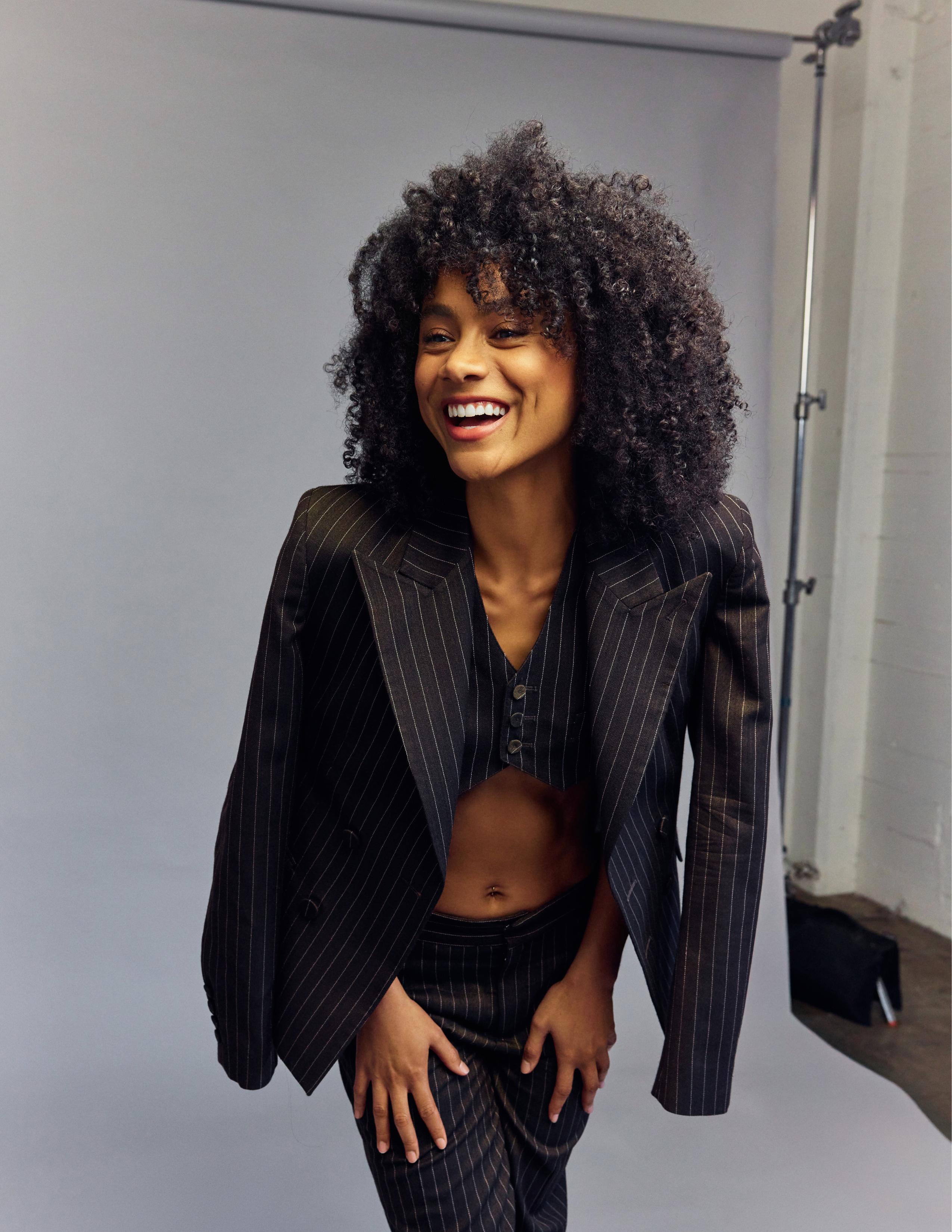

I feel fully aligned, and in my own skin.

MICHELLE: (continued) I’m not condoning bad things or wrong things to be taking place in our country because I love our country dearly. But I do believe that love was meant to cross the border, and there’s a way for freedom—like American freedom—for all human beings. I just don’t know that we’ve all figured it out yet. I haven’t. I for sure haven’t figured it out. But there’s something there, you know? There’s something beautiful there.
ALLIÉ: I love that. I love how you speak to that element of vulnerability, because I think people often—when they hear “vulnerable,” they think it means weak. But really, it means strong. When you allow yourself to be vulnerable, that’s a sign of strength and truth.
As an artist, Michelle, your work is often about stepping into different characters and experiences. But when do you feel most like yourself? Is there a moment—on set, in nature, in stillness—where you feel fully aligned and at home in your own skin?
MICHELLE: I feel fully aligned, and in my own skin. I want to say, and it could be so generic—but there’s something about my home. My actual home here in LA, and my dog, and my boyfriend, and this sort of covenant we have in this household where I—I mean, even this weekend, I was so sick, and I was just wrecked. But like, I didn’t want to leave my home, and my partner was just taking care of me, and my dog was cuddling with me. I just feel so grateful, and lucky, and blessed to have a home and to be able to share the space with people—a person and a dog—who care about me. And I feel like I’m really, really aligned and in tune in my home.
In addition to that, there’s something beautiful about nature, of course. There’s something about being in God’s creation of this world and the way that I think we are meant to interact with this world—outside of the four walls of our homes. There’s something for us, tangibly, to get—to receive—from the outside. And of course, nature too, but also human beings. You know, I have a group of friends here—a group of all ladies—and I feel so at home with them. I show up in sweatpants and some hoodie, and we’re having dinner, and we’re talking, and you know, there’s something special about that.
I would also say—on set—it’s fun to drop in and be fully yourself while also being someone else simultaneously. But it’s also part of the challenge—what makes it so fun, I suppose—is that it's equal parts Michelle, equal parts Zane. And which parts of Michelle get to come out, and which parts of Zane are coming out. Because Zane isn’t Michelle. Michelle isn’t Zane. But Zane can’t be Zane without Michelle, and Michelle can’t be Zane without Zane. So it’s this beautiful mesh of both worlds. So it’s also fun on set, just being present and allowing that to sort of take over.
ALLIÉ: 'The Awakening Edition' is about redefining strength and purpose. People often think strength is about endurance or pushing through, but sometimes strength is about surrender. What’s something you’ve had to let go of to step into your purpose more fully?
MICHELLE: First of all, I love that question. And surrender is so—it's such a central theme to everything. And what I really want to say is: to every religion or spiritual belief, there's a surrender—to the basic goodness in Buddhism, there's a surrender to God in Christianity. There's this overwhelming amount of surrender that you just have to do. As soon as you say yes to any sort of belief or spiritual guidance, it’s like you're surrendered to that being, that entity, that energy.
I've had to let go of unworthiness. I know that’s been a hot-topic keyword in recent times in our world and society— and it’s so valid and it’s so true. There was an underlying air of unworthiness that I experienced and witnessed in the way I allowed people to treat me, in the way I didn’t show up for myself on set sometimes, the way that I let just friends take advantage of situations. This worthiness concept has been an interesting ride. Because learning to be worthy, learning that you are worthy—which we all are—sometimes fought with my ego. Because it’s like, “Well, who am I?” You know? There’s unhoused people, and there’s children that need food and all of these things. Like, they are worthy of these things—why don’t they have it? Like, why am I going to declare I am worthy?
I’m

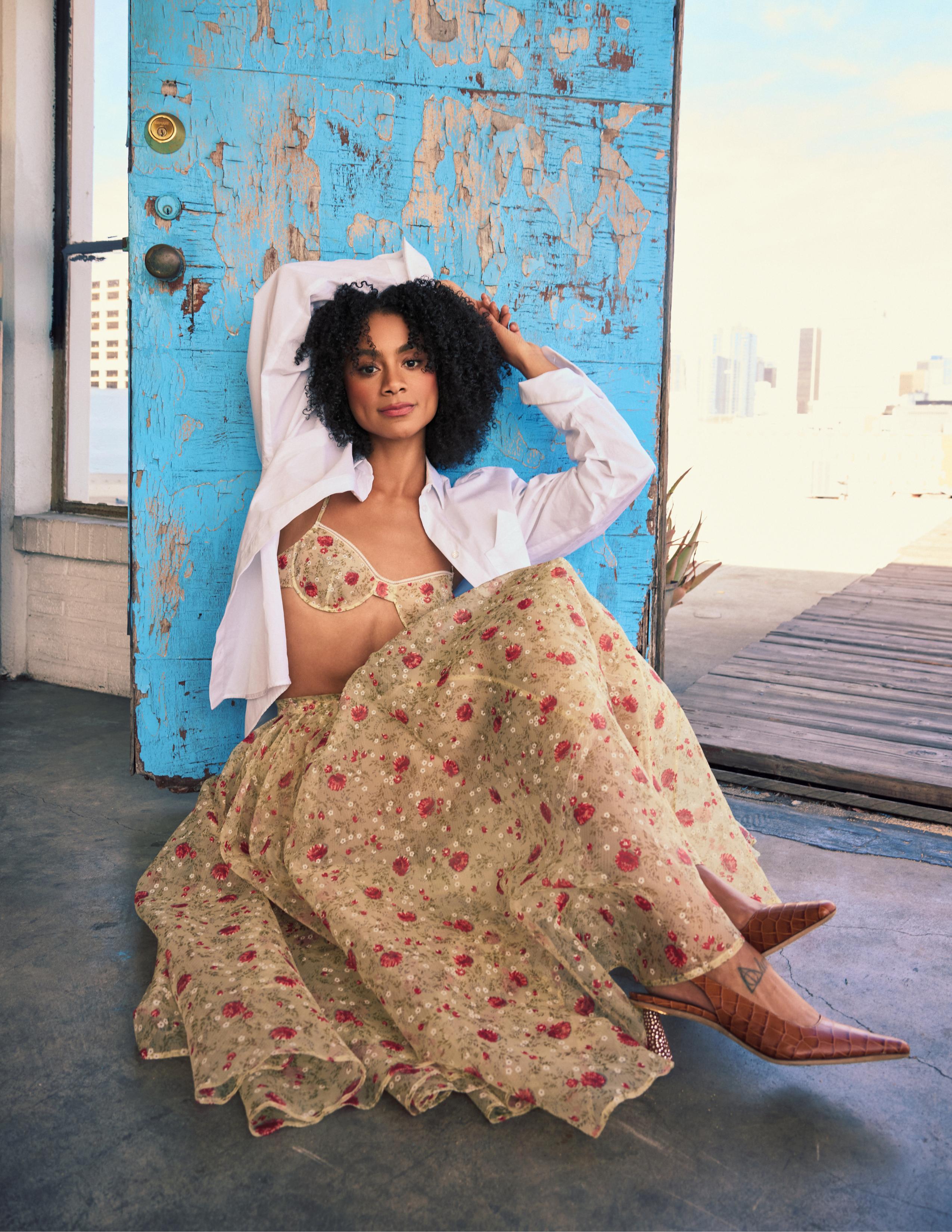
AwareNow Podcast
Exclusive Interview with Michelle Núñez https://awarenow.us/podcast/the-art-of-becoming



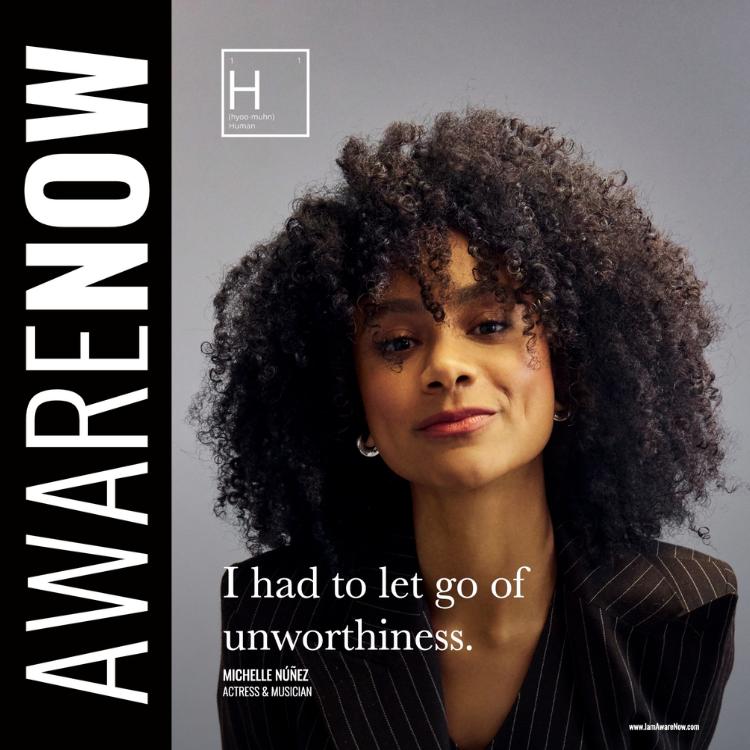
“I
MICHELLE: (continued) But the thing is, you actually can’t help anyone else unless you’re helping yourself first. And being able to give only comes from being able to receive. And so receiving your worthiness—it’s so important.
So leaving behind this sort of doubt and the unworthiness that clouded my brain for a lot of my life growing up… and then, I think, moving to Los Angeles—it’s one of those cities where you either say yes and you’re here and you do the thing, or you don’t. And you retract. And you let comparison take over. You let envy take over. You let self-hatred come over you. And that’s the dark side of what can happen in the industry and in the city.
I think having a strong idea, a strong knowing of who you are—your identity and your worthiness—makes me remember: I deserve to be here. And I’m working to be here. And I’m doing what gets to be done to sort of mark with the flag, like, “Michelle is here. I am here.”
I’m worthy… and so are you.
One of my favorite songs is I Am by Satsang. And he says, “I am holy, I am sacred, I am worthy—so are you.” And that’s like the chorus of the song. And I sing that on full blast, because it’s a blanket case for all of us—that we’re all worthy of a beautiful existence with whatever we have.
I’m actually going to Africa this summer with my church. And I just want to—my one prerogative for those three weeks is—I am just… I could literally cry right now. All I want to do is just hug and love and just be of service and just show these children how incredibly worthy they are of a stranger’s love, of our God’s love, and the love of a world that tries to hide them and what’s actually happening. And I just want to break that wall down and be like: You are so worthy. ∎
Follow Michelle on Instagram: @micheellenunez

S. ROGERS
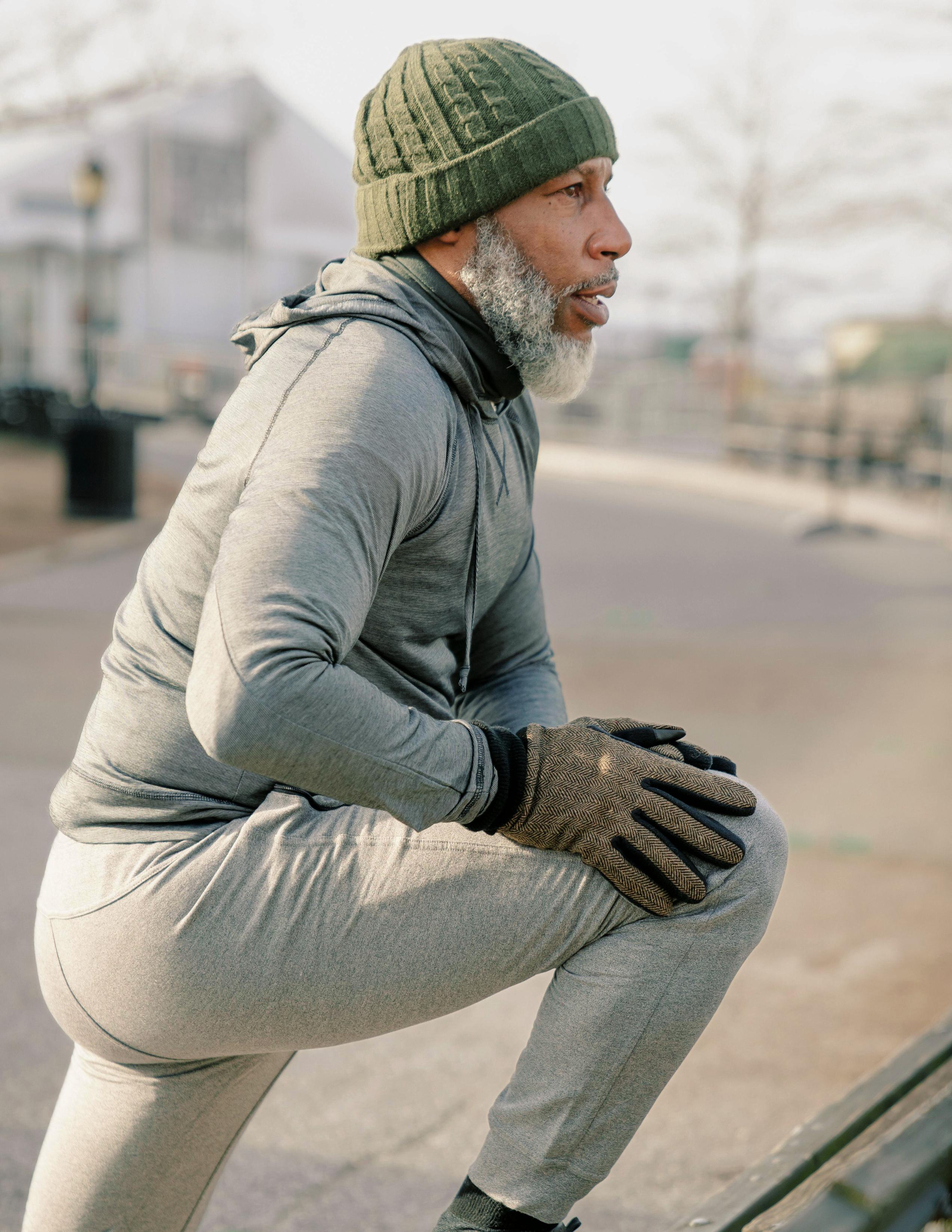

‘RELEASE
Release The Genie Fact: The only thing written on the Genie’s passport is. ‘It’s me.’
Comfort zones are alluring. They provide a sense of safety, predictability, and ease. It’s where routines are established, where we feel in control, and where risks are minimal. Yet, while comfort zones may offer temporary peace, they can quietly confine us, limiting our potential for growth and fulfillment.
At first glance, a comfortable life seems ideal. It promises security and shields us from failure. But beneath that surface lies an often-overlooked truth: prolonged comfort can lead to stagnation. When we settle for what’s easy, we stop challenging ourselves. Creativity diminishes, ambitions fade, and life becomes a series of repetitive days.
We view the world through the lens of our respective comfort zones. Sounds perfect except there is an obvious problem: the sea of life is anything but predictable. We are all one telephone call, missed payment, choice and/or heartbreak away from chaos. In this flash zone of turmoil is where we live our lives. Have you heard of “Life happens when we are busy making plans” or “No plan survives first contact with the enemy”?
Awakening from comfort is not about abandoning the joys of stability but about recognizing when comfort becomes a cage. Awakening is realising that somewhere along the line, you fell asleep at the wheel of life. What follows is a realisation that something in our lives has to change.
Those are the times when you experience the most excitement and growth. Chances are, those moments weren’t when everything was easy. It could be the first time when you finally stepped out of your safe zone and plucked up enough courage to ask out that person who is now your life partner.
Comfort zones may feel safe, but they rarely nurture our full potential; they lead us to deny ourselves the opportunity to discover new passions, talents, and dimensions of who we are. Growth is often uncomfortable, but that discomfort is a sign that we’re expanding into a better version of ourselves.
I will share with you a real life example. I have recently started running, having been inspired by our fearless editor in chief Allié McGuire. Listening to Allie’s journey, she was truthful in that it is difficult and comes at a price. This has particular relevance as I have been through a very bad patch of health. I realised that I had spent a lot of time building a comfort zone that was purposely fortified against additional pain and risk. By starting something new I stepped out of my own shadow. And I can now run 10k.
Every new beginning whether, it’s starting a new job, moving to a new city, or opening our heart to love carries uncertainty. But within that uncertainty lies a more meaningful life. When we allow ourselves to face the unfamiliar, we open ourselves to new experiences that shape us in ways comfort never could.
When faced with a choice between staying safe or stepping into the unknown, choose curiosity. Curiosity fuels exploration and keeps us open to possibilities we can’t yet see.
Written and Narrated by Paul S. Rogers https://awarenow.us/podcast/awakening-from-comfort

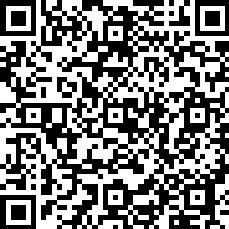
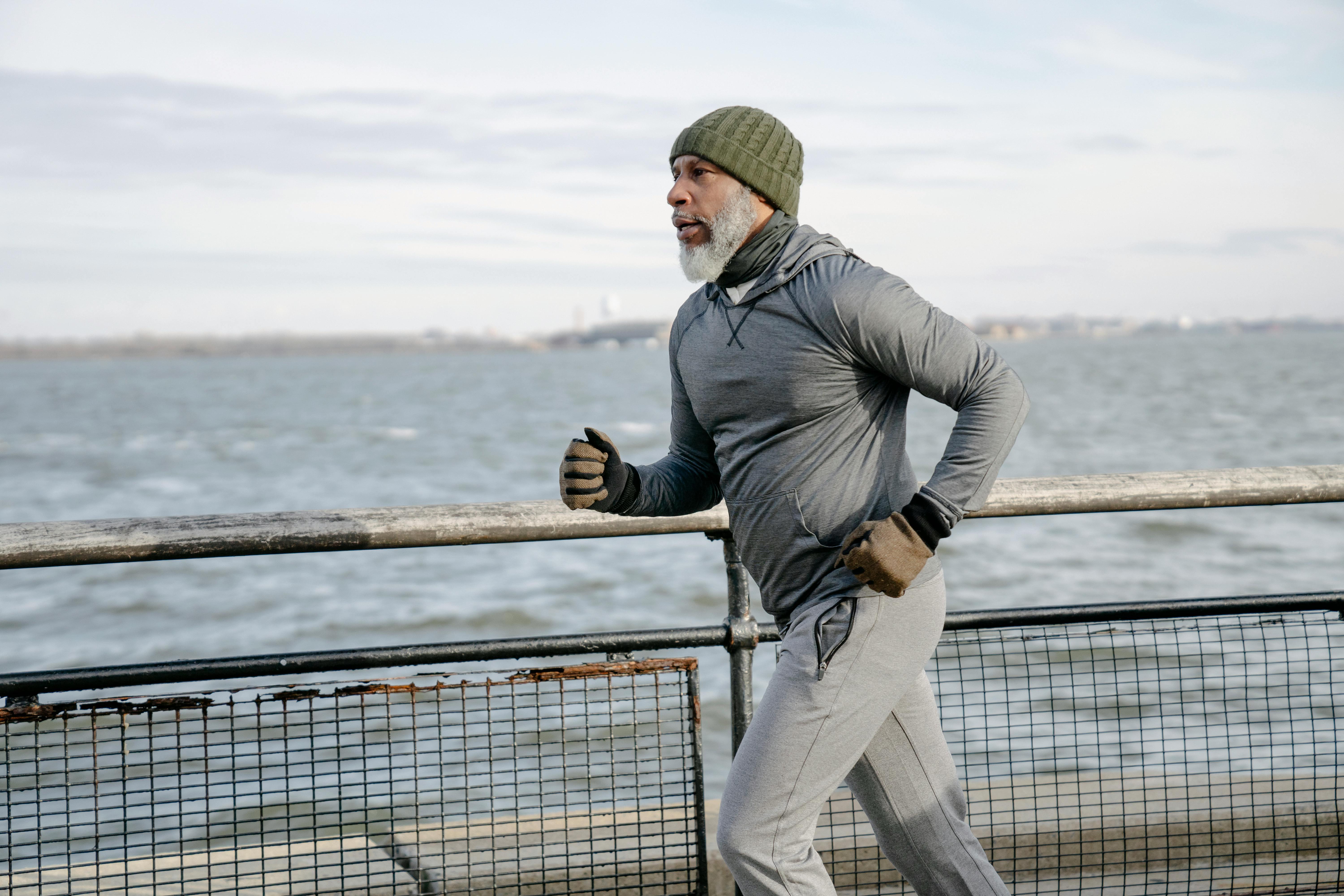
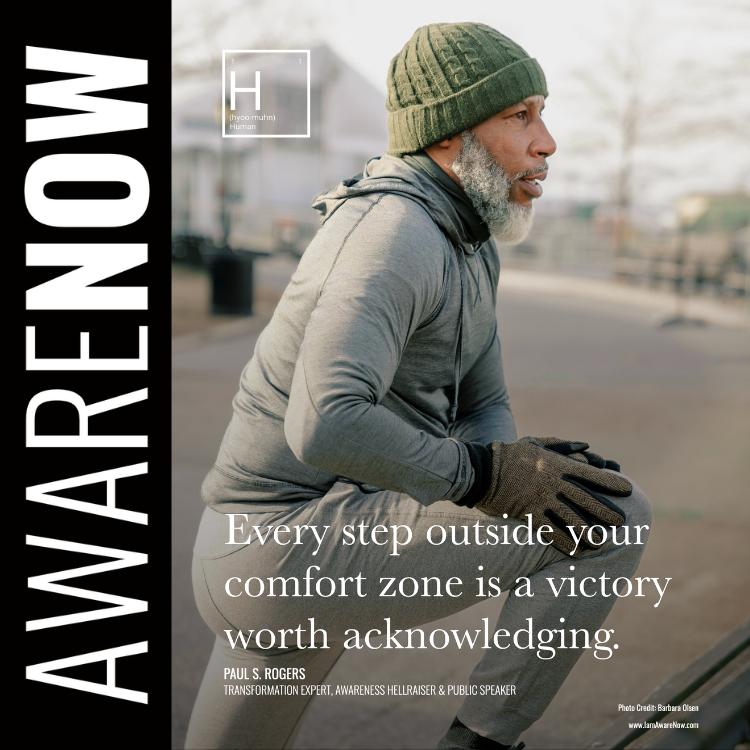
“You
Awakening from comfort looks different for everyone. It doesn’t always mean making drastic changes overnight. Small, intentional steps outside your comfort zone build momentum. Each small risk taken strengthens your courage. The people around us shape our reality. Seek out individuals who challenge you, inspire you, and encourage you to grow. Their perspectives and experiences will expand your own, making it easier to push past your own doubts and perceived limits. Growth is not linear, and it’s rarely perfect. Celebrate the courage it takes to try, even when things don’t go as planned. Every step outside your comfort zone is a victory worth acknowledging.
Life’s most beautiful experiences - deep love, creative breakthroughs, and personal triumphs - rarely happen within the confines of comfort. They emerge when we dare to embrace the unknown. By choosing growth over ease, we invite a richer, more vibrant life filled with purpose and possibility.
You were made for more and it’s time to awaken to all that’s possible.
To me, awakening is about about realizing that the best things in life such as meaningful relationships, profound experiences, and personal breakthroughs often lie just beyond the borders of what feels easy.
A final word of encouragement; take heart and have HOPE (Hold On Pain Ends). We will then meet the real you: awake, bold and fully alive. ∎
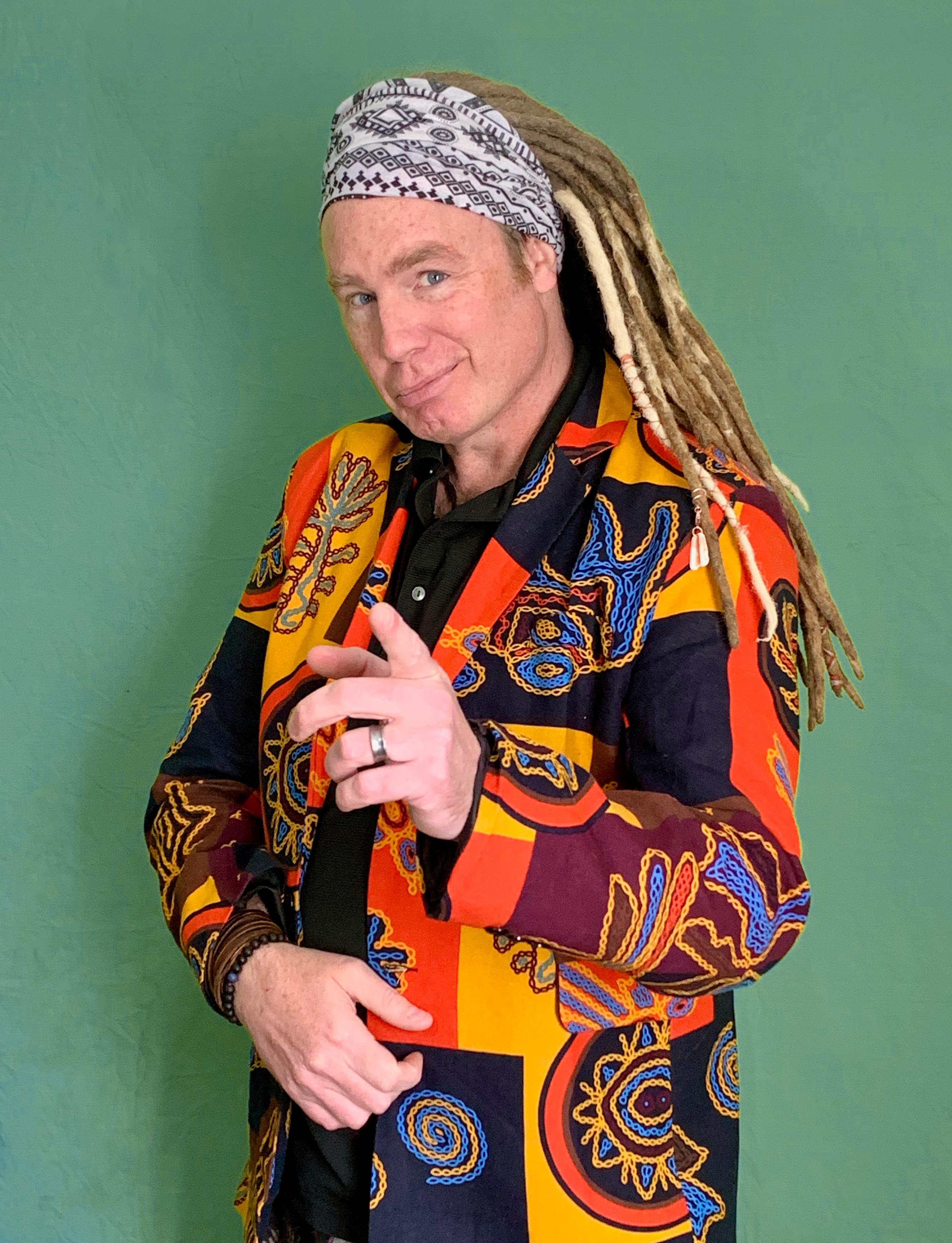
PAUL S. ROGERS
Transformation Expert, Awareness Hellraiser & Public Speaker www.awarenessties.us/paul-rogers
PAUL S. ROGERS is a keynote public speaking coach, transformation expert, awareness hellraiser, life coach, Trauma TBI, CPTSD mentor, train crash and cancer survivor, public speaking coach, Podcast host “Release the Genie” & best-selling author. His journey has taken him from corporate leader to kitesurfer to teacher on a first nations reserve to today. Paul’s goal is to inspire others to find their true purpose and passion.
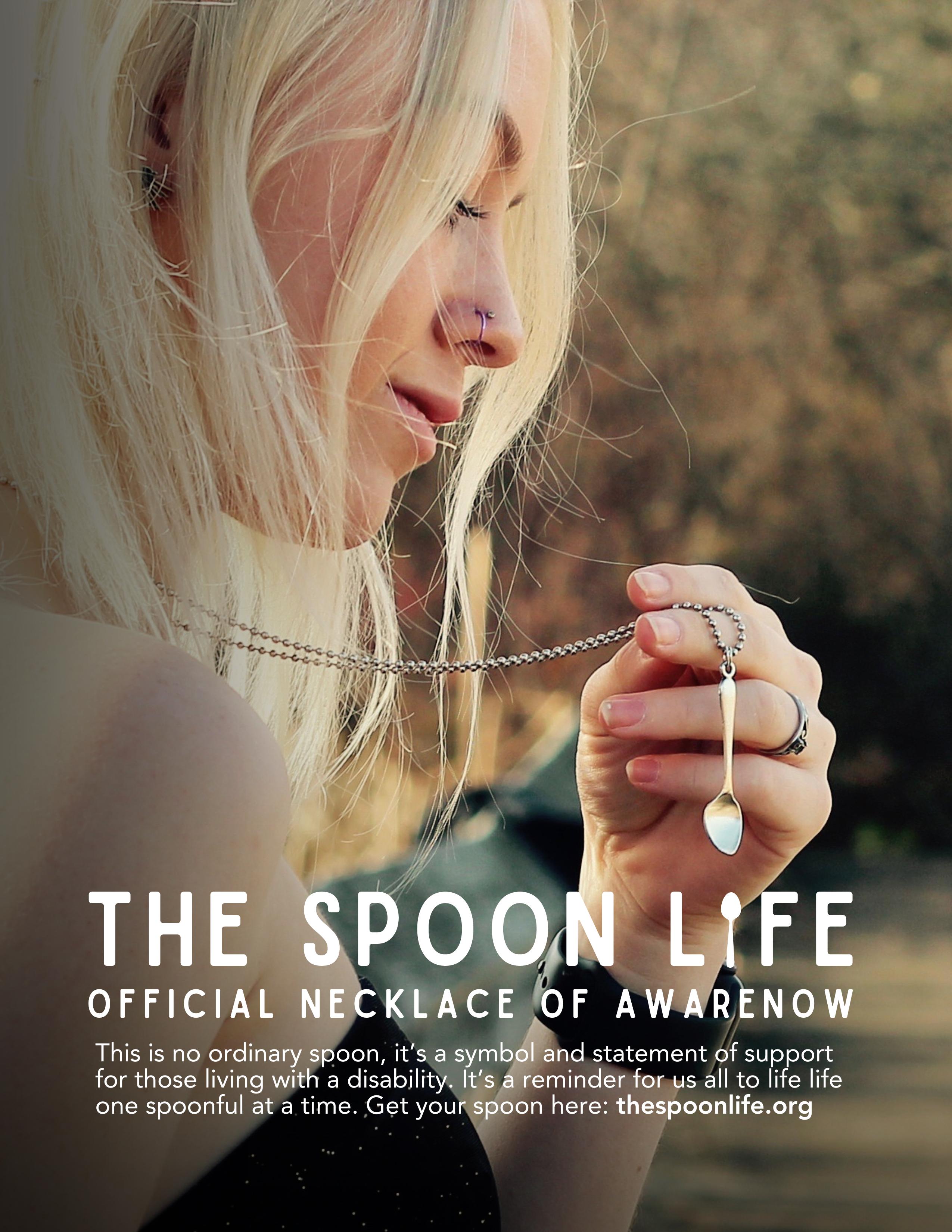
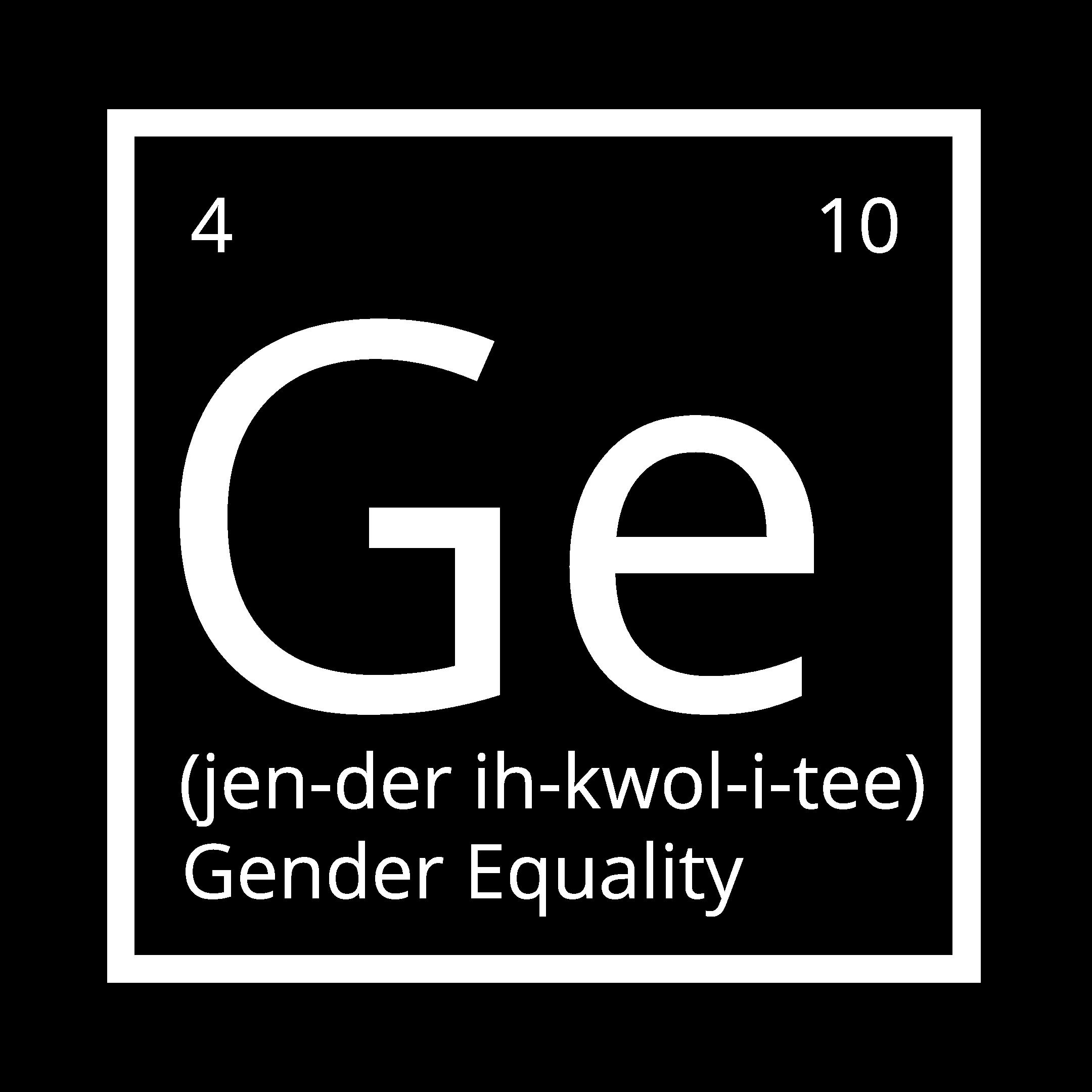


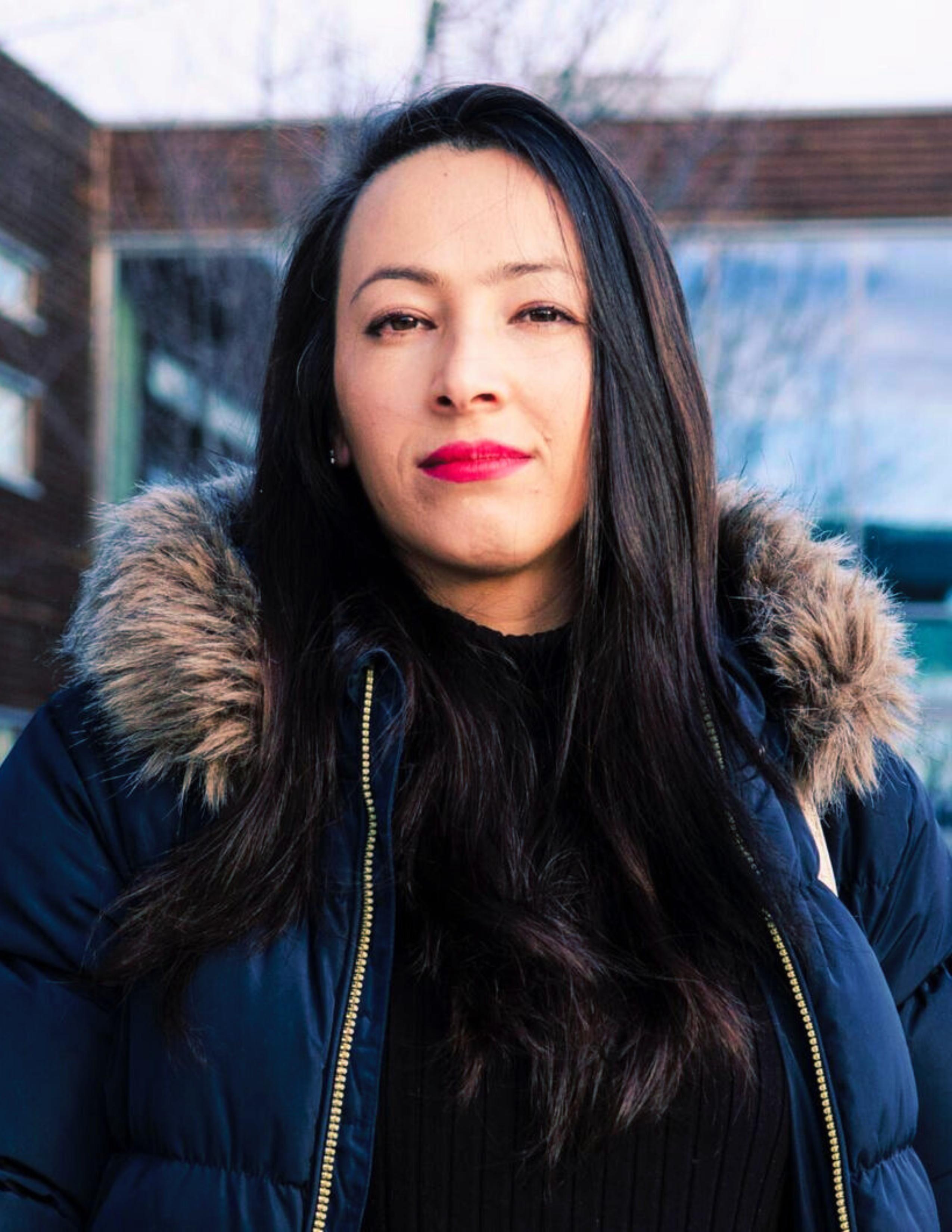
In a world where silence is often forced upon Afghan women, Hoda Khamosh speaks with fire—her words are her weapon, and her red lips are her battle cry. As a poet, writer, fearless activist, and founder of the Afghan Women’s Justice Movement, she has ignited a revolution that needs neither guns nor swords, only the unwavering courage to be seen and heard. Through the ‘Red For Afghanistan Women’ movement, she reminds us that defiance can be as simple, as bold, and as powerful as a single stroke of crimson.
ALLIÉ: Red lipstick has become a symbol of resistance for Afghan women under your movement. Can you share a personal moment when wearing red lipstick felt like an act of defiance and how you felt in that moment?
HODA: I wear red lipstick in most of my places and work. It reminds me not to be afraid of my feminine power wherever I am. And to act powerfully with my feminine sense, for me this is not only strength but also loving my
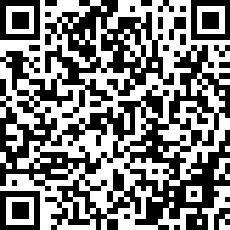
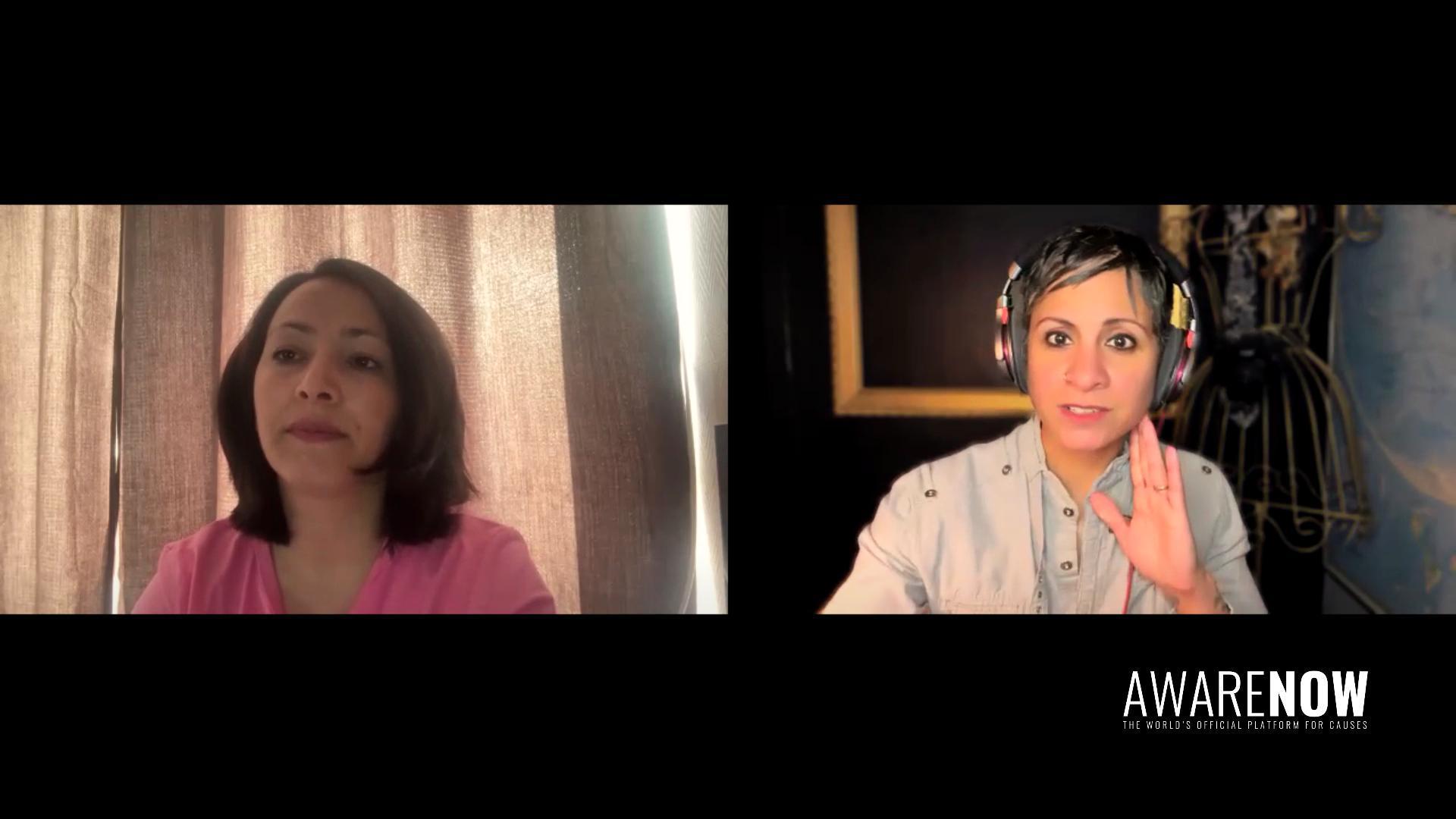


KHAMOSH
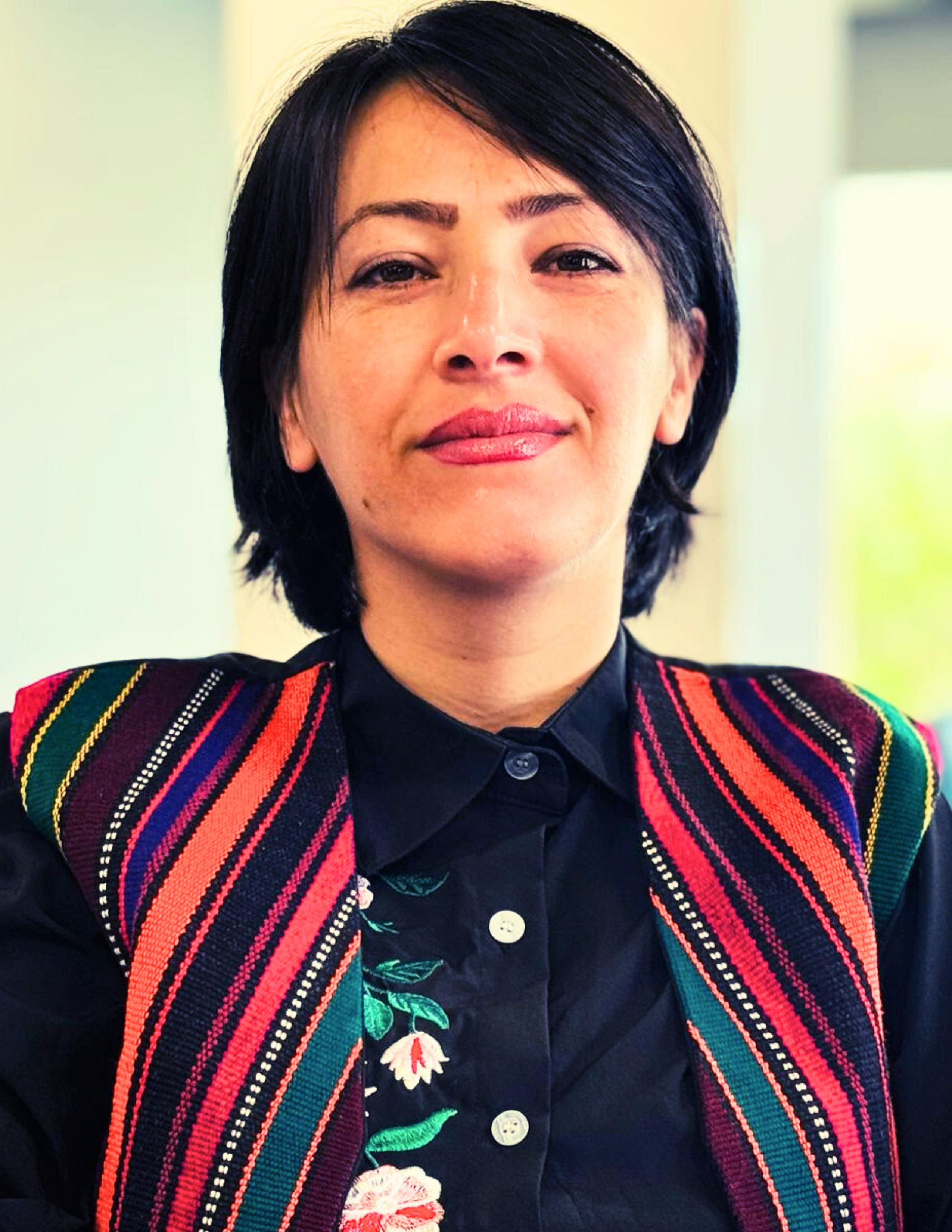

“I have endured many blows on the path of struggle—from the moment my mother was hanged and my sister was shot in my place, to the times I was imprisoned and beaten.”
ALLIÉ: As a poet and writer, your words have become weapons in the fight for justice. In times when speaking out feels dangerous, what gives you the strength to keep writing and advocating for Afghan women?
HODA: Have you heard the saying that a wounded snake releases more venom? Yes, we, the women of Afghanistan, are that wounded snake—crushed under the false promises of human rights imposed by the so-called laws of the world. Yet, we strive with even greater strength to defend ourselves, to save ourselves and to find a path toward a better future.
ALLIÉ: Afghan women around the world have joined you in this movement, wearing red as a sign of solidarity. What does it mean to you to see this global sisterhood forming, and what message do you hope resonates with women who may feel powerless in their own battles?
HODA: This solidarity comes from our shared gender. We women, throughout centuries, have experienced the ugliness and filth of patriarchal societies everywhere in the world—a society that has sought to oppress us. So, when one woman raises her voice, other women join in and revolt.
ALLIÉ: Resistance often comes with personal sacrifice. What has been the greatest cost of your activism, and how do you navigate the balance between personal safety and the urgency of the fight for Afghan women’s rights?
HODA: I have endured many blows on the path of struggle—from the moment my mother was hanged and my sister was shot in my place, to the times I was imprisoned and beaten. But instead of breaking me, these experiences made me stronger. They taught me how to choose a path of resistance that amplifies my strength rather than crushing me.
ALLIÉ: If you could look into the eyes of a young Afghan girl who is afraid to use her voice, what would you tell her about the power of a single color, a single word, and a single act of defiance?
HODA: I will tell her… Revolution and victory are in your gaze. Do not let fear stand in the way of your progress and triumph. Rise up and find your path in life through resistance, for Afghanistan, and this misogynistic society that does not recognize any rights for you. No rights will be given to you—you must rise and take what is yours. ∎
On Instagram, follow Hoda (@hoda_khamoosh) and Afghan Women’s Justice (@afghanwomensjustice). Learn more about the Afghanistan Women’s Justice Movement: af-wjm.org


Red lips are not just beauty…

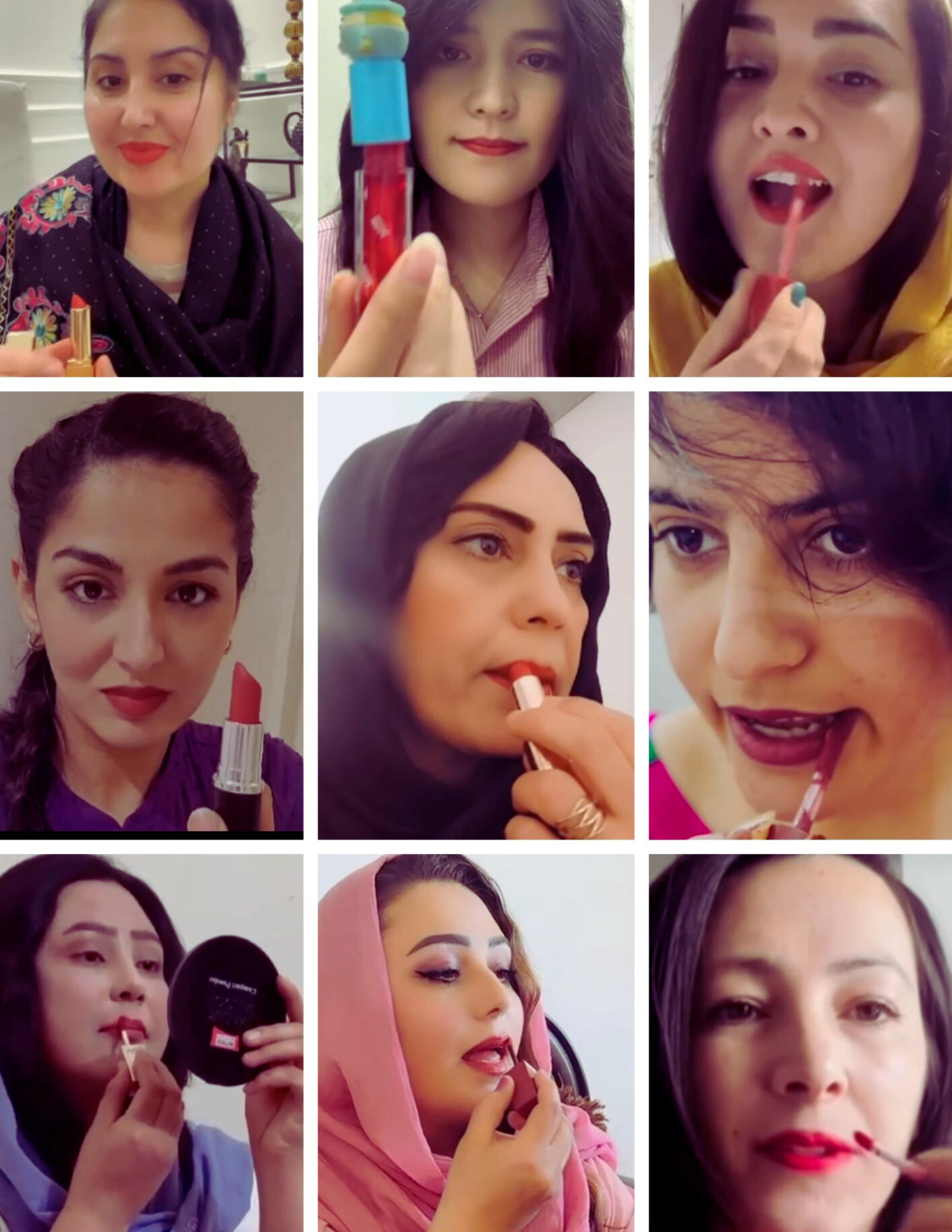
Not for kisses, but for battle— warpaint smeared on, a silent vow of defiance.
A bold shade for fearless women, standing unshaken, turning symbol into strength.
Like a red flag warning of danger, like fire refusing to be tamed, red lips are not just beauty— they are armor.
They are power. They are revolution.
This poem was written in support of ‘Red for Afghanistan Women’ initiative, part of the Afghanistan Women’s Justice Movement. On Instagram, follow Afghan Women’s Justice (@afghanwomensjustice). Learn more about the Afghanistan Women’s Justice Movement: af-wjm.org


LORI BUTIERRIES
Author, Navy Veteran & Mother of 2 with Special Needs www.awarenessties.us/lori-butierries
LORI BUTIERRIES is a full-time caregiver to two children with special needs, one child being terminally ill and physically disabled. Lori uses her life experiences and the medical knowledge she gained while serving as a Hospital Corpsman in the United States Navy to help others facing similar hardships. Lori focuses primarily on advocating for and educating others about the special needs, mental health, and veterans communities. Her long-term goal is to reduce the stigma associated with disability by talking about it with people of all ages, thus minimizing the fear and the mystery attributed to the unknown in this regard.


ALEX SEARLE FOUNDER OF HUMBLE MIND


‘THE
It’s long been said, preached and agonised over: we live in uncertain times.
The forces behind this uncertainty may shift, but an overwhelming lack of clarity seems to persist, almost as though it were baked in. In this swirling chaos, we ask a big question: What does the world need from each of us to cultivate a deeper understanding and unlock meaningful change?
The answer begins not in the world around us, but within. This is the foundation of what it means to be the possessor of a humble mind - a mindset that willingly meets the world as it is, grounded in humility, hope, empowerment and an expanded imagination of what’s possible beyond what we see in front of us. An open mind because of an open heart. Yet, here's the challenge: The solutions we often hear about - whether from half-witted politicians or the embarrassing mainstream media echo chambers - are couched in the same language of fear, submission and division which has fanned the flames in the first place.
At the same time, these low-trust channels are not solely to blame. Whether it's in our innate nature or emerged as a response to a tumultuous world, we are obsessed with stratifications: left versus right, white versus black, gay versus straight, millennial versus boomer, college-educated versus not, and so forth. These labels are wielded as weapons to sow further division, entrench prejudices and obscure any real talk.
It is no surprise, then, that even as so-called solutions are proposed, they often deepen the very divisions they claim to resolve. Meanwhile, individuals, regardless of labels or identities continue to experience alienation, dissatisfaction and other patterns many of us have come to accept as unavoidable (and even deserved), but which we all know, in some quiet corner of our hearts, shouldn’t be this way.
Each of us, in some way, has felt the sting of this fragmentation, whether in our work, our relationships, or our inner worlds. And it begs the question: Is there another way?
The answer, surely, must be a resounding yes - but only if we leave behind the current arena where these battles are fought. Only by dropping the unhelpful labels and tools of division can we elevate our perspective and see more clearly. This is not some kumbaya, positive mindset talk, but rather, upon deep reflection, the only viable option available.
It's simple: to move forward as individuals and as a society, we need to abandon the frameworks of 'us vs them' and transcend to embrace the deeper truths that unite us all.
So much has changed in the world of technology and business, arguably the two most dominant forces shaping our modern world, which also become increasingly symbiotic as time marches on. Yet, despite these huge advancements, who we are as human professionals remains stuck in the 19th Century in so many ways.
How we manage teams, how we recruit, how we run meetings, how we outline objectives - even the language we use in the workplace is riddled with jargon and artificial posturing. It's no one's fault, and most of the time is harmless, but it contributes to the way we feel and think. Also, while science, technology and commerce have surged ahead, the human element of work has lagged behind, with little real impetus to catch up.
In modern times, it's work that defines us. Whether we love it, hate it, or feel indifferent toward it, it is an undeniable force in our lives. You will spend over 90,000 hours working. That’s around 40+ years of your life.
And when you’re not directly working, you’re travelling to work, thinking about work, worrying about work, or even trying to find ways to do more of it. When you add it all up, it’s likely that more than half (perhaps even two-thirds) of your entire life will be connected in some way to work, and by implication, that 'version' of who you are.
This is definitely a fact that describes a big part of my life: I am an entrepreneur, having started 4 different businesses. Who I am when I'm working takes a centre-stage role in the cast of my own life. The focus of your daily attention shapes your thoughts, your behaviours, your world-view. The demands of our work environment cultivate traits that become deeply embedded in us, long after we take off the suit or step away from the screen.
This is also why we feel such a dissonance between our different lives, and where all those unwanted, difficult emotional states begin to appear: frustration, isolation, dejection, meaninglessness, etc. The lack of unity between our internal worlds is what creates the gaping chasm that eats us up from within. But it doesn't have to be that way.
This is why Humble Mind starts with the professional version of yourself in view. We don’t begin with abstract personal development exercises and then attempt to retrofit them into your working life. Instead, we work from the inside out, starting with the version of you that spends 40+ hours a week navigating leadership, business, creative work or entrepreneurship. Because the quality of your thinking, your decision-making, and your sense of purpose in your work all reflect and shape who you are as a person.
This is not to say that your identity is defined by what you sell or the job title on your LinkedIn profile. But your optimal relationship with work - the way you show up, the values you express and the impact you create - is a powerful vantage point from which to examine the bigger questions of life, because we're spending so much time in that headspace already.
So if we are to navigate the uncertain present and future with clarity, confidence, and meaning, we need a new approach, one that integrates our professional and personal growth, rather than keeping them in separate, disconnected silos.
If we are to rethink our relationship with work and, by extension, our own growth, we need a framework that allows us to move beyond reactive, surface-level improvements and instead cultivate a deeper, more complete perspectiveone that acknowledges where we’ve been, where we are and where we’re going. You can think of this as three themes or areas: the past, the present and the future.
The past is where much of our healing begins. Through curiosity and support, we can identify what’s holding us back (whether through memories, learned behaviours or unresolved experiences). The past is where we reflect, unlearn, let go and feel deeply. When we gain clarity about our past, we release its power over us. Its truths can then work for us, not against us, in shaping our present.
The present moment (the 'right here, right now' is where alignment and awareness take root. Armed with an understanding of where we’ve come from, we can intentionally act in line with our values, skills and talents. The present offers us the chance to connect meaningfully with those around us, honour the lessons of the past, and set the stage for the future. The present is where we ask for help, debate, discuss, connect, acquire tools and learn to show up.
The future is our canvas for possibility, informed by the knowledge we’ve gained and the agency we’ve cultivated. A humble mind does not view the future as something inevitable and overwhelming but as something we can co-create with purpose. The future is where we imagine, design, invent, implement, collaborate and interpenetrate.
To begin, I encourage you to pause and reflect:
● Where do you feel strongest right now - your connection to the past, your awareness of the present, or your vision for the future?
● Where might you need more support, clarity, or tools to unlock your full potential?
This is where the journey begins. It's a whole lot more fun and fulfilling when the road is shared! ∎
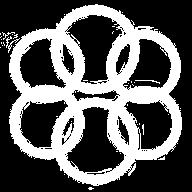

www.awarenessties.us/alex-searle
ALEX SEARLE is a father of three, an avid road-tripper, and a passionate enthusiast of music, guitar playing, vintage books, nature adventures, yoga, and Indian cuisine. A prolific entrepreneur, podcaster, writer, startup advisor, and community builder, Alex has spent over 12 years collaborating with ambitious startups, global brands, and diverse entrepreneurs and organizations worldwide. Over the course of his career, he has founded four businesses, crafted six- and seven-figure content campaigns in industries such as software, travel, and energy, advised boards and executive committees on international digital strategies, and developed milliondollar pitch decks for blockchain and healthtech startups. His expertise lies in building stronger businesses and communities through authentic connection, peer-to-peer skills development, and human-centric storytelling.
www.IamAwareNow.com






For Carol Hunley, MS is more than a diagnosis—it’s a call to action. Living with Secondary Progressive Multiple Sclerosis, she has turned her own challenges into fuel for advocacy, serving as Chair of the Carolinas chapter of the National MS Society. With relentless determination and a heart for the MS community, Carol is working to ensure that those living with MS don’t just survive, but thrive, while pushing for a future free from the disease.
ALLIÉ: Your journey with MS is uniquely your own. Can you take us back to the beginning—when did you first notice something wasn’t quite right, and what was it like to hear the words ‘You have MS’?
CAROL: If I go back, it was really 2001 when I ended up in the emergency room with numbness from my head to toe on my right side. I mean, like totally numb, and my right leg was very weak. You know, I went through the ER and afterwards went through a battery of tests to rule things out. I was told I probably had MS.
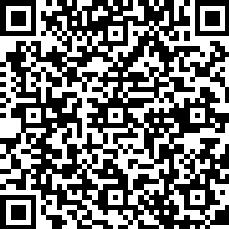
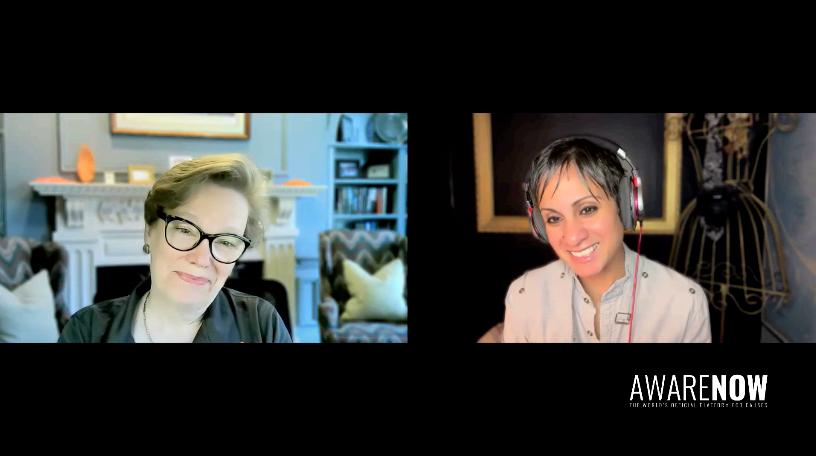

“No, your mother isn’t just uncoordinated— there’s a reason for this.”
CAROL HUNLEY MS WARRIOR, ADVOCATE & CHAIR OF THE CAROLINAS CHAPTER OF THE NATIONAL


“At the time, I didn’t know anyone with MS…”
CAROL: (continued) I went through MRIs, which, of course, was frightening, right? I mean, I was a young mother— well, young-ish—working my way up the corporate ladder. I didn’t have time for any sort of sickness, let alone MS, right?
I had a battery of MRIs and saw a neurologist who said, “No, it’s not MS,” because I only had lesions on my spine. And in order to have an MS diagnosis, you need lesions on your brain. And I had no lesions in my brain. Right?
Okay, so I went on with my life—raising my kids, climbing the corporate ladder. The numbness in my leg continued. It went away elsewhere in my body, but the leg tingling continued, and I just dealt with it. You know, I’d just hit my leg every once in a while to wake it up and move on.
Then we moved to Boston, and it was probably 2014 when I started to notice different symptoms. They weren’t horrible, but in 2014, colleagues and I were traveling internationally, and we had a very tight connection at Heathrow Airport. We had to rush to get from one connection to the other—and I couldn’t run. I physically could not run.
So these two gentlemen took my bags, held my hands, and tried to get me to run. I could not do it. So we walked as fast as I could. I thought, “That is frightening.”
When I came back, I went to my doctor and said, “I really want to pursue this. I think I have MS.” I had been on the MS Society website on and off, comparing my symptoms to what I read there, and I was ticking them off. I was pretty convinced I had MS. I had a gait change, I had balance issues—I was kind of climbing walls or walking along them— difficulty going up steps, bladder challenges...
I finally went to an MS specialist neurologist in Boston, and in 2015, I was diagnosed with relapsing-remitting MS. Frightening, yes—but also a relief to finally know what it was. And, frankly, to be able to tell my kids, “No, your mother isn’t just uncoordinated—there’s a reason for this.” You have to have humor along the way, too.
At the time, I didn’t know anyone with MS, but I remember picking up a Momentum magazine in the neurologist’s waiting room. There was an article about Ann Romney—it was right after the presidential election where Mitt Romney had run, and Ann Romney has MS.
I thought, “Wow. If Ann Romney can hit the campaign trail with her husband—a grueling campaign trail—I can be a banker. I can go to a bank every day and do my job.”
That kind of served as the beginning of realizing it’s helpful to have someone to look to who’s living a normal life with MS, right? Living your best life and dealing with it. So that was very helpful.
ALLIÉ: Living with Secondary Progressive MS presents its own set of challenges. What has been the hardest part of your journey, and how have you found the strength to keep moving forward?
CAROL: I'm actually just coming out of the hardest part of secondary progressive MS. It's a common phase of MS, right? It just means that you're not increasing your lesions, but the lesions you have are causing more damage. So, it's progression without additional lesions.
I retired last year—I'm recently retired—and I thought, "Okay, I’m going to do all kinds of traveling and live my best life.” And all of a sudden, I started noticing I was slowing down. I mean, the progression was clear. I had several falls —one of which caused two fractured ribs, which I never want to go through again. So, it’s important to be safe.
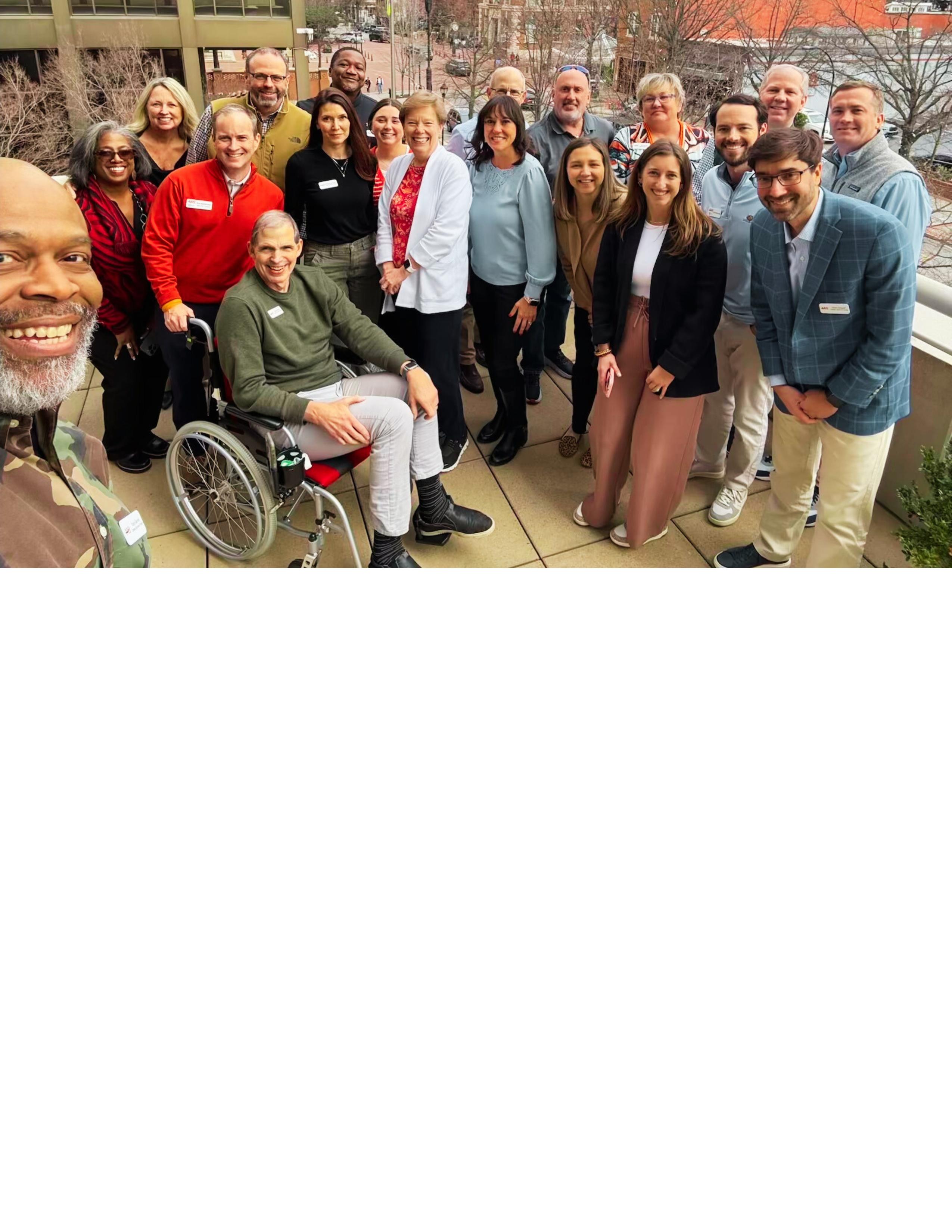
CAROL: (continued) I’ve been on a cane for about five years, but that was the point where I thought, I’m beyond a cane. When I’m out and about, I need more than a cane. So, I bought a rollator—which you’ve seen me on—just to be safe. But that was kind of hard to adjust to, right? I did my fair share of wallowing, and then I thought, This is ridiculous. I mean, how can I feel sorry for myself? I live a very nice life. I have a very supportive family who loves me, and I love them.
So, I joined the YMCA. I got myself a trainer—who I have a love-hate relationship with. I’m there three, four, sometimes five days a week. I’ve probably exercised more in the past four months than I have in my entire life. I’m going to the pool. I’m weightlifting. I’m just trying to keep my legs moving as long as I can. And I see progress.
I went to physical therapy, and at my last session, she said, “You’ve gained 10 degrees in your ankle movement. You’ve done a great job of exercising, doing what I’m telling you, and you’re getting stronger.” And I see myself getting stronger.
You know, I keep arguing with my trainer. He says, “We’re going to get you off the cane.” And I say, “I don’t want to get off the cane. I just want to be safe on the cane.” You want to be strong and safe—to avoid the falls and avoid further damage. So, I’m doing great. I’m on a cane most of the time. I travel with the rollator. And I see my endurance improving. My goal is to be able to walk my dog again—and he can’t wait. But yeah, I’m doing great.
ALLIÉ: You serve as the Chair of the Carolinas chapter of the National MS Society with such dedication. What was the turning point that made you shift from facing your own diagnosis to becoming an advocate for the entire MS community?
CAROL: I would say my first real connection with the Society was through a walk. My husband and I had moved to Charlotte—I was diagnosed in Boston—and I realized, you know, one year we had seven feet of snow in Boston, and snow is not a friend to someone with balance issues. So, we relocated to Charlotte, and I joined a walk through my employer at the time—an MS Walk. I thought, what the heck?
CAROL: (continued) That was in 2017, and there was a young man who was the captain of that walk team. So I called him and said, “Hey, anything I can do to help, I’d love to.” I asked, “What’s your connection with MS?” He said, “Well, I haven’t really told anybody, but I was recently diagnosed.” I said, “Oh, I’m so sorry.” And he said, “But I don’t know anybody with MS.” I said, “Well, now you do. So let’s, you know, be friends.” And it was through that connection—we’ve gone to the walks every year since. We go to the annual Gatsby Gala fundraiser for MS every year. This young man and I have become very good friends. He’s part of our family now. And he has an incredible story. But I saw how helpful it was for him to talk to somebody who understood his journey—who had been where he was now going.
Through that initial walk, I got more involved with the Society and was honored to join the board in 2019. My eyes were opened to the totality of the community and what the Society has done. I mean, go on the website and see some of the research that’s being done—it gives me goosebumps. You know, repairing myelin, identifying markers for MS—not only so you can diagnose it sooner, but so you could potentially, down the road, prevent it. Right? If you know that there are markers that could be an indication of MS… The research that found the Epstein-Barr virus could be a marker for MS— realizing, Wow, I had mono as a kid. Both of my daughters had mono. So I’m constantly trying to raise awareness with them. “Look for these symptoms. Be aware of your body,”—more so than I was.
Anyway, I’ve really enjoyed getting to know the Society and others who are connected to it. It’s just a fabulous organization. They’ve funded over a billion dollars in research. They lead a global effort called Pathways to Cures that has aligned medical communities around the world toward finding a cure—and preventing MS. But again, it’s not just the research—it’s the resources. It’s the MS Navigator. It’s the advocacy they help coordinate. Especially now, more than ever, advocacy is so important. We’re seeing funding for research being cut. We’re seeing potential healthcare dollars being reduced at a time when people are more vulnerable than ever.
ALLIÉ: So often, the MS journey can feel isolating, but you’ve built a strong sense of connection and support within your community. What does ‘living your best life’ with MS look like to you, and how do you help others find that for themselves?
CAROL: I’ve titled my walk team "Living Our Best Life With Your Support." It’s tough to fit that on a t-shirt, but it just means so much to me—because that’s kind of the description of what I think of when it comes to the walk. For me, it’s about trying to find—and first of all, accepting. I mean, not letting MS define me, but accepting that I live with MS. There are things I’m not going to be able to do. I need to accept that, and I need to find the best way forward.
So, I’ve availed myself. I mean, I research and find things—and my family finds things—that make life easier. I have a stool in the kitchen that I use so I don’t have to stand and get fatigued, so I’ll sit to cook. I have the canes. I now have the rollator. For a while, I wore a WalkAide—I researched that—which is a stimulator that helps with drop foot. I have a pair of Cadence shoes, which is cool. I mean, really cool technology. I just think it’s awesome that they developed that. It helps with drop foot, because so many of my falls were caused by that. I mean, I trip because my foot doesn’t pick up.
So, I think it’s really cool that there’s new technology and shoes. But I also recognize that not everybody has access to these things—and that makes me sad. And that’s why I think we need awareness and funding.
I’ve embraced the fact that I need to accept help. For the longest time, I didn’t want to. I was like, No, no, I can do everything myself. And now I’ve had to realize—I can’t do everything myself. And I let people help me. I accept that there are going to be things I can either purchase or somehow acquire that can make my life a little easier.
But I live a normal life. I mean, I live in a two-story home and never go upstairs, so it’s a little frightening to think about what might be up there—it’s all my husband’s! But I’m able to live on the main floor, which is amazing. I’m very fortunate to be able to do that.
Yeah—I am living my best life.

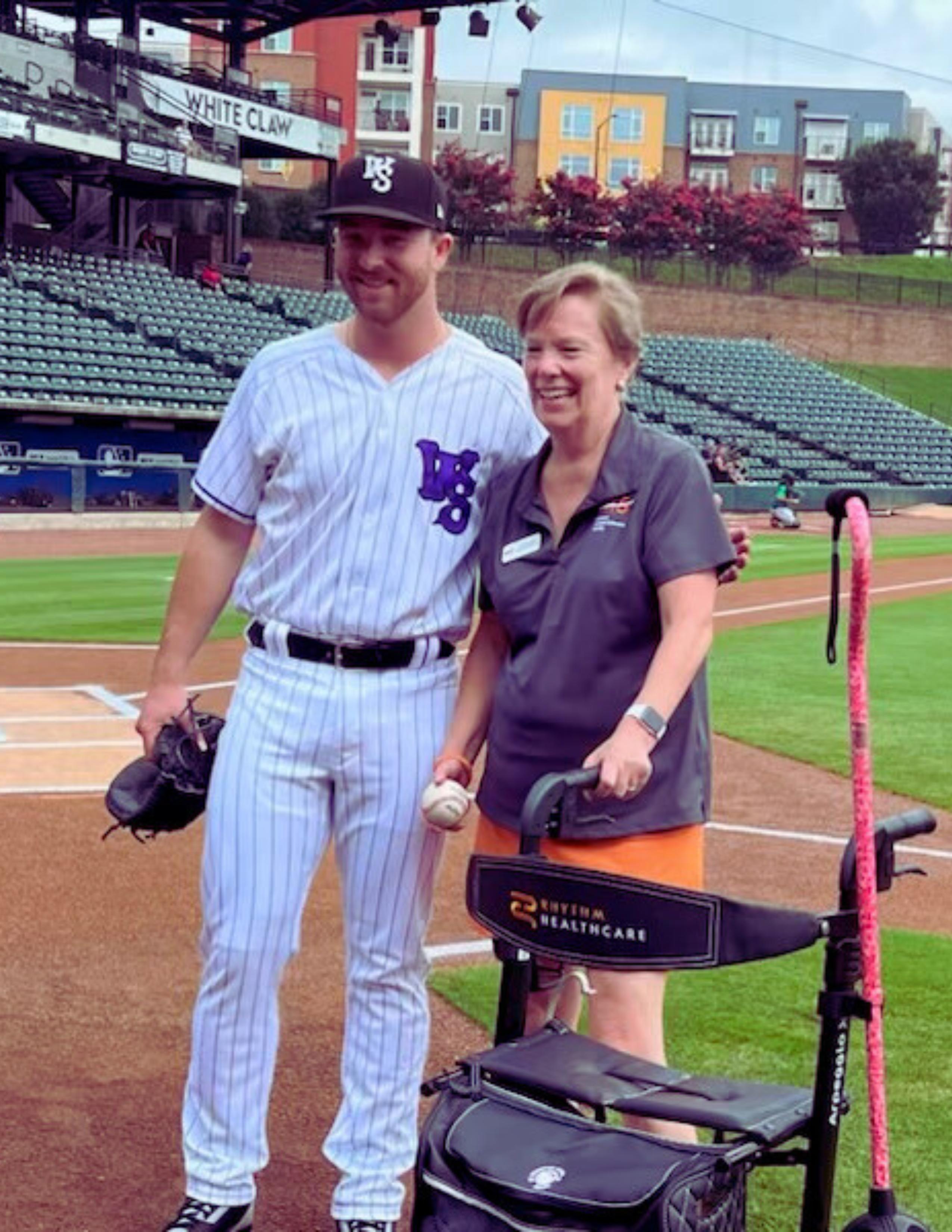

Exclusive Interview with Carol Hunley https://awarenow.us/podcast/leading-with-resilience

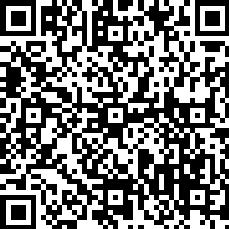

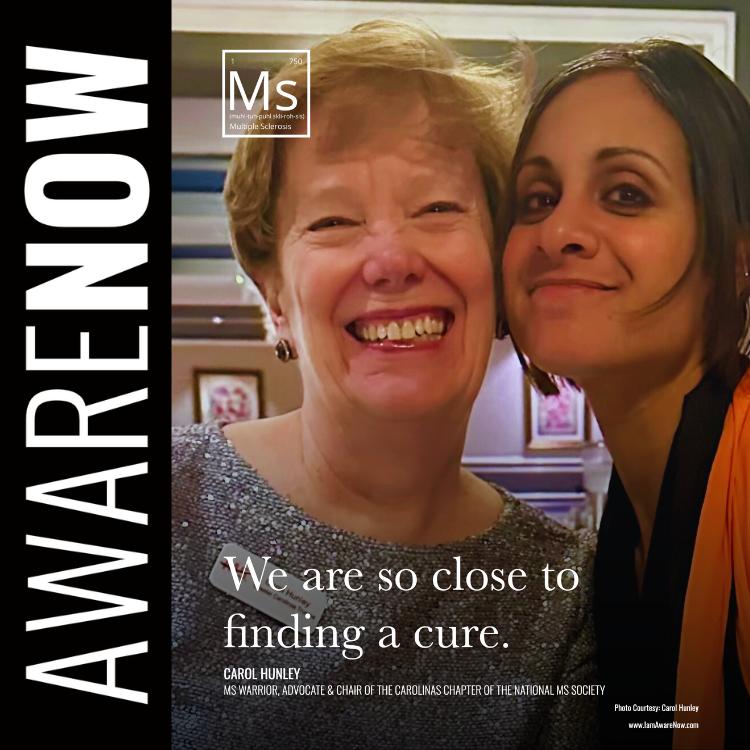
ALLIÉ: The fight for a cure is ongoing, and you’re on the front lines of that fight. If you could share one message with researchers, policymakers, or even those newly diagnosed, what would it be?
CAROL: The messages would be different for each of those categories.
For the researchers, I would say the message is: You are my heroes. They are the ones at the forefront, really moving us forward toward our goal of MS not being with us, right? We are so close to finding a cure, and it is thanks to them. So— hold fast, stay the course, and thank you.
For the newly diagnosed, I would say: Now is a good time to be diagnosed with MS. The toolkit has never been larger for managing this disease, and a cure is close. I really do believe that those who are newly diagnosed will see a cure in our lifetime. They have therapies today that weren’t available back when I was in the ER. There are so many options now that are incredibly effective at managing the disease. So—do not be disheartened.
To the policymakers, I would say: Please, please, please carefully and thoughtfully consider any changes you make to funding for medical research—not just MS. There are so many chronic illnesses where research is at a pivotal place. We aren’t the only ones hoping for a cure. And it pains me to see funding cut. I understand that funding needs to come with accountability, but I just hope there’s very thoughtful consideration behind any changes that are made.
ALLIÉ: One last question for you, Carol. When I ran the 8K last year at the Philadelphia Marathon Weekend, I wore a shirt that said “I can't run from MS, but I can run with it.” I'd like to swap out in that second sentence – the run bit… because whether we can or cannot run, there's always something that we can do to deal with it, to live with it. So, “I can't run from MS, but I can ____ with it.” How would you fill in that blank, Carol?
CAROL: Thrive. Thrive with it… to live my best life. ∎

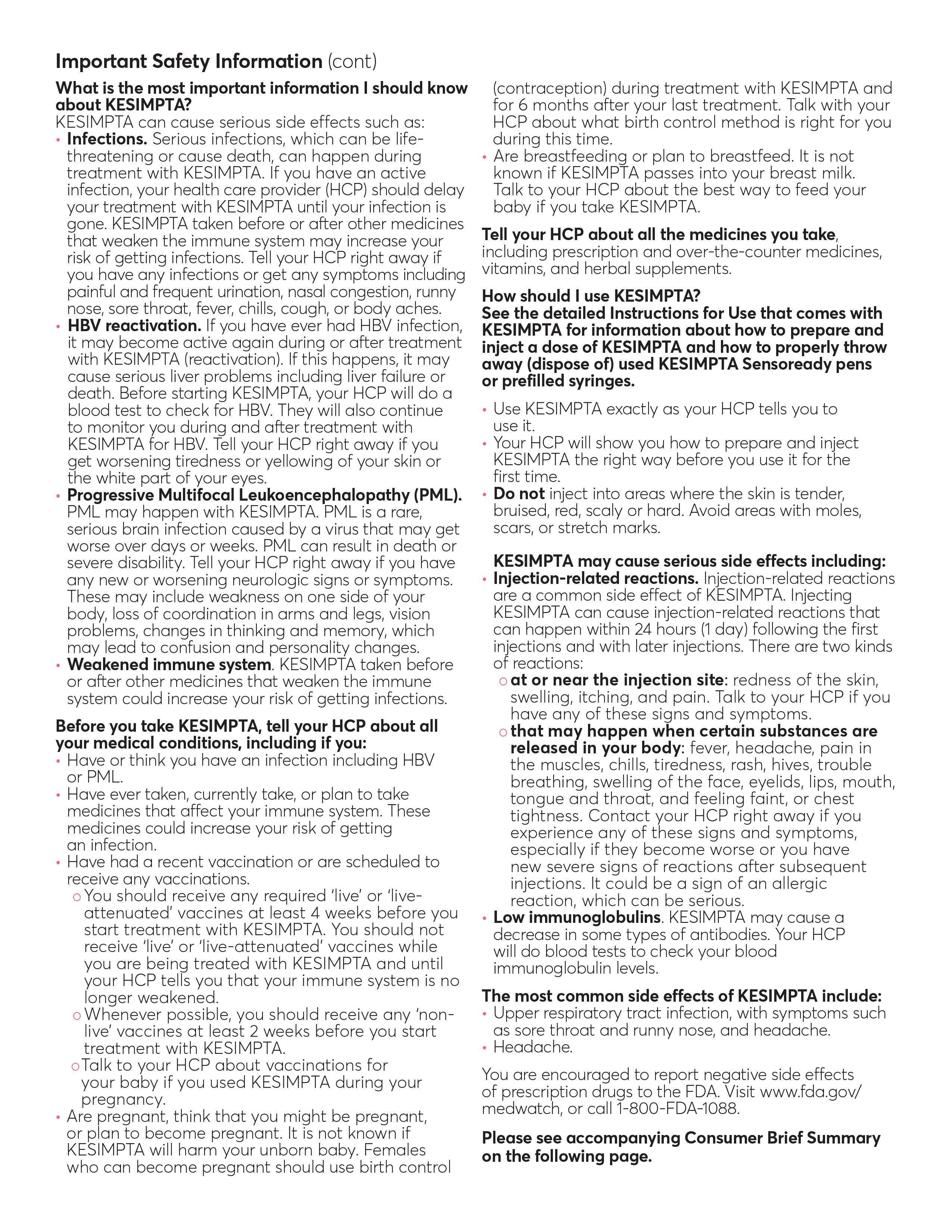
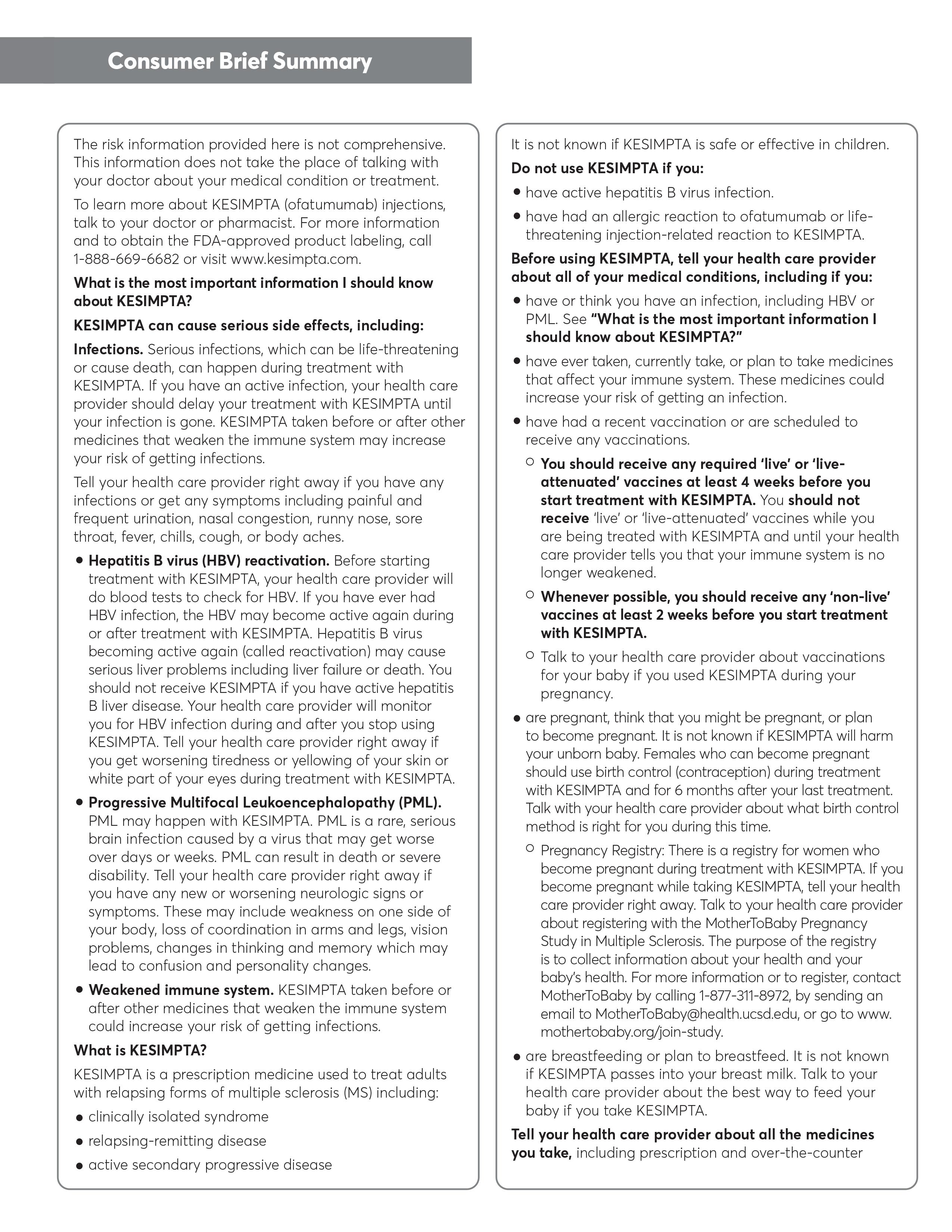
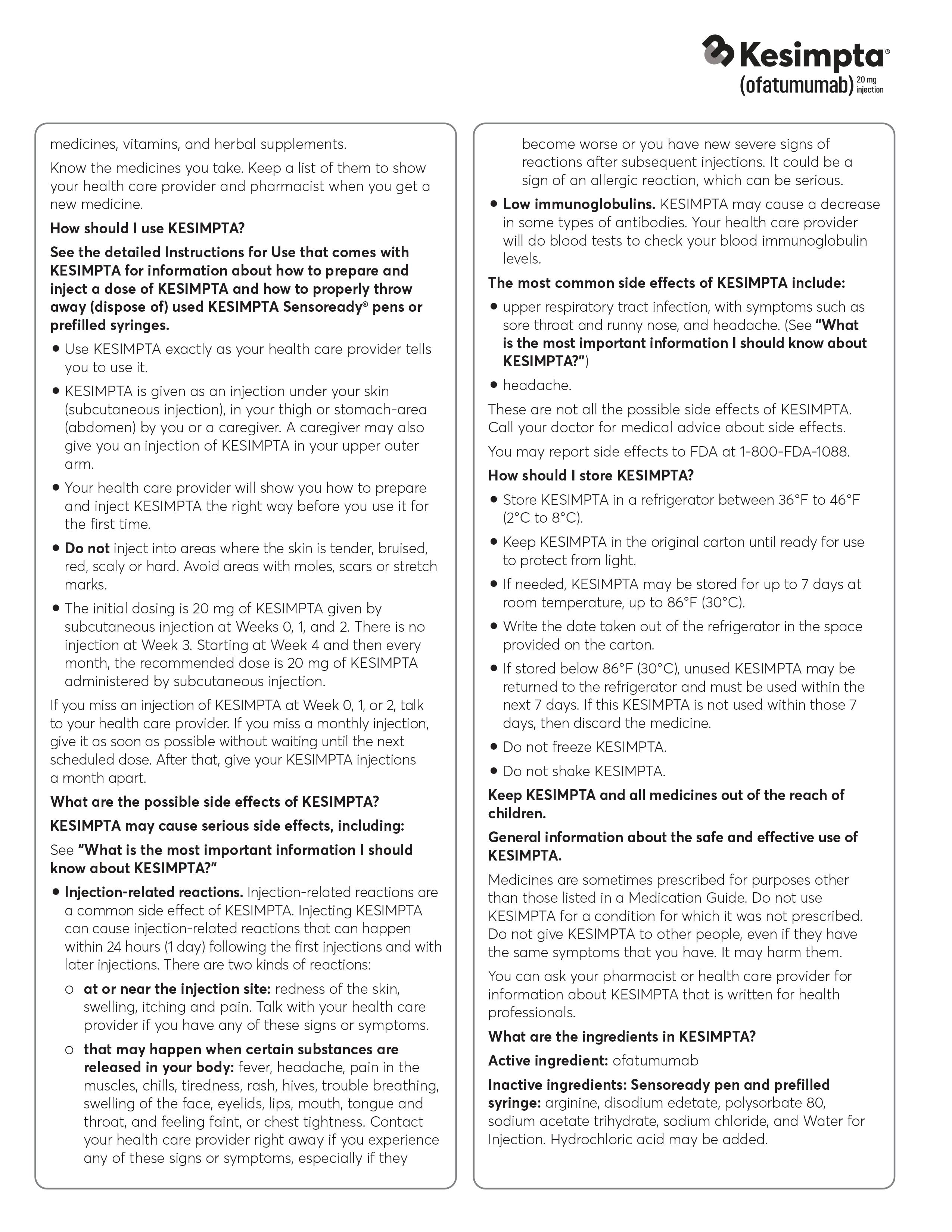


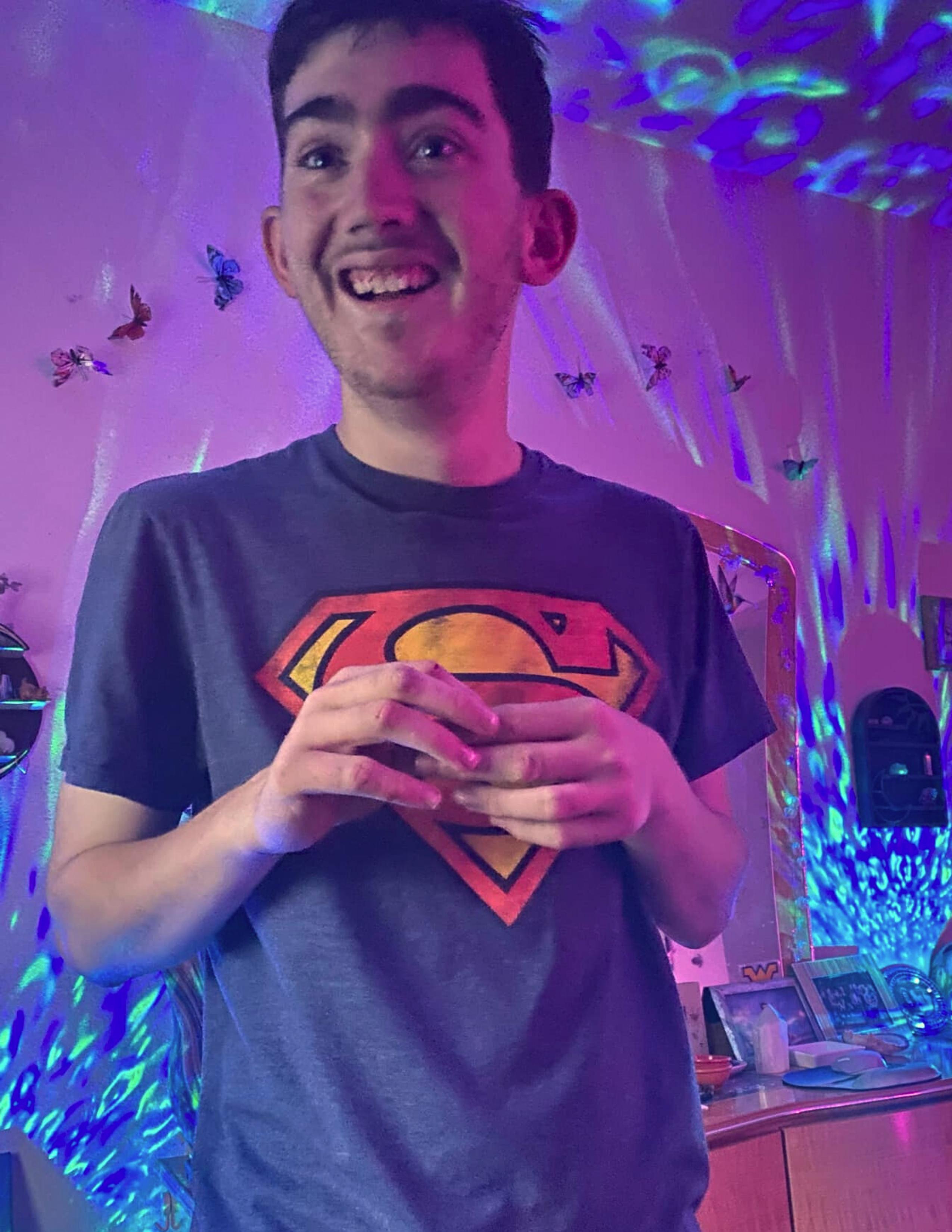

PERSONAL STORY WITH BY JANINE M. JONES
I dare you not to cry. My son Andrew will never get married, have his own children, drive a car, so many things, BUT he is happy & healthy. That is all that matters to me. When a stranger waves back at him it makes my day. When pretty girls smile back at him you can see the joy in not only his face, but his whole body. It does't take much to be a good human.
Here’s the story…
At a party organized at a school for children with special needs, the father of a student delivered an emotional speech that will never be forgotten by those who heard it.
After congratulating the school and all those who worked there, this father made the following reasoning: "When there are no external agents interfering with nature, the natural order of things reaches perfection." "But my son, Herbert, cannot learn like other children do. He cannot understand things like other children. Where is the natural order of things in my son?”
The audience was stunned by the question. The father of the child continued: "I believe that when a child like Herbert, physically and mentally disabled, comes into the world, an opportunity to see human nature arises, and it manifests in the way other people treat that child.”
He then told a story about one day when he was walking with his son Herbert near a park where some children were playing baseball. Herbert asked his father: -"Dad, do you think they'll let me play?”
His father knew that most of the children wouldn't like it if someone like Herbert played on their team, but the father also understood that if they allowed his son to play, it would give him a much-needed sense of belonging and the confidence of being accepted by others despite his special abilities.
The father approached one of the children playing and asked (without expecting much) if Herbert could play. The child looked around for someone to advise him and said: "We’re losing by six runs, and the game is in the eighth inning. I guess he can join our team and we’ll try to put him at bat in the ninth inning.”
Herbert slowly made his way to the bench with a big smile, put on the team’s jersey, and his father watched him with tears in his eyes from the emotion.
While Herbert sat among the players waiting for his turn, his father kept watching. The other kids noticed something very evident: the happiness of the father when his son was accepted.
At the end of the eighth inning, Herbert’s team managed to score a few runs, but they were still trailing by three runs. At the start of the ninth inning, Herbert put on a glove and played in right field. Although no ball came to Herbert, he was obviously ecstatic just to be in the game and on the field, smiling from ear to ear while his father cheered from the stands.
“Every society will be judged by how it treats the least fortunate.”
At the end of the ninth inning, Herbert’s team scored again. Now, with two outs and the bases loaded, the chance to win the game was a possibility, and Herbert was the next to bat.
With this opportunity, would they let Herbert bat and give up the chance to win the game? Surprisingly, Herbert was allowed to bat. Everyone knew that a single hit was impossible because Herbert didn’t even know how to hold the bat properly, much less hit the ball.
However, as Herbert stood at the plate, the pitcher realized that the other team was willing to lose to give Herbert a great moment in his life. He stepped forward and threw the ball very softly so Herbert could at least make contact with it.
The first pitch came, and Herbert swung awkwardly and missed. The pitcher stepped forward again, throwing the ball softly toward the batter. This time, Herbert swung and hit the ball so gently that it fell right in front of the pitcher.
The game could have ended there. The pitcher could have picked up the ball and thrown it to first base. Herbert would have been out, and that would have been the end of the game. But, the pitcher threw the ball high over the head of the first baseman, out of reach of the rest of his teammates.
Everyone in the stands and both teams began shouting, "Herbert, run to first base, run to first!" Never in his life had Herbert run that distance, but he made it to first base. He ran right along the line, his eyes wide open, startled. Everyone shouted, "Run to second, run to second!”
Herbert, catching his breath, ran with difficulty to second base. By the time he reached second, the right fielder had the ball. He was the smallest boy on the team and knew he had the chance to be the hero of the day. He only had to throw the ball to second base, but he understood the pitcher’s intentions and threw it too high, over the head of the third baseman.
Herbert ran to third base, while the runners ahead of him circled home. When Herbert reached third base, the children from both teams and the spectators were all standing, shouting, "Run to home, run to home!" Herbert ran to home plate, stood on the base with his arms up in triumph, smiling widely, looking at his father... while, strangely, the players from both teams cheered and hugged him like the hero who hit the grand slam and won the game for his team.
"That day," the father said, with tears running down his face, "the children from both teams conspired, giving this world a display of true love and humanity.”
Herbert didn’t survive another summer. He passed away that winter, never forgetting that he had been the hero and made his father very happy, having gone home to see his mother crying with joy, hugging her hero of the day!
We all send hundreds of jokes via email without a second thought, but when a message about the wonderful lessons life teaches us arrives, people hesitate. If you’re thinking about sharing this story, maybe you’re considering which people in your contact list are the 'right' ones for this kind of messaging. Well, the person who shared this with you (who has an autistic son) believes that together we can make a difference, and therefore everyone is eligible to receive it. We have thousands of opportunities each day to help bring about "the natural order of things," this is just one of them. A wise person once said, "Every society will be judged by how it treats the least fortunate.” ∎
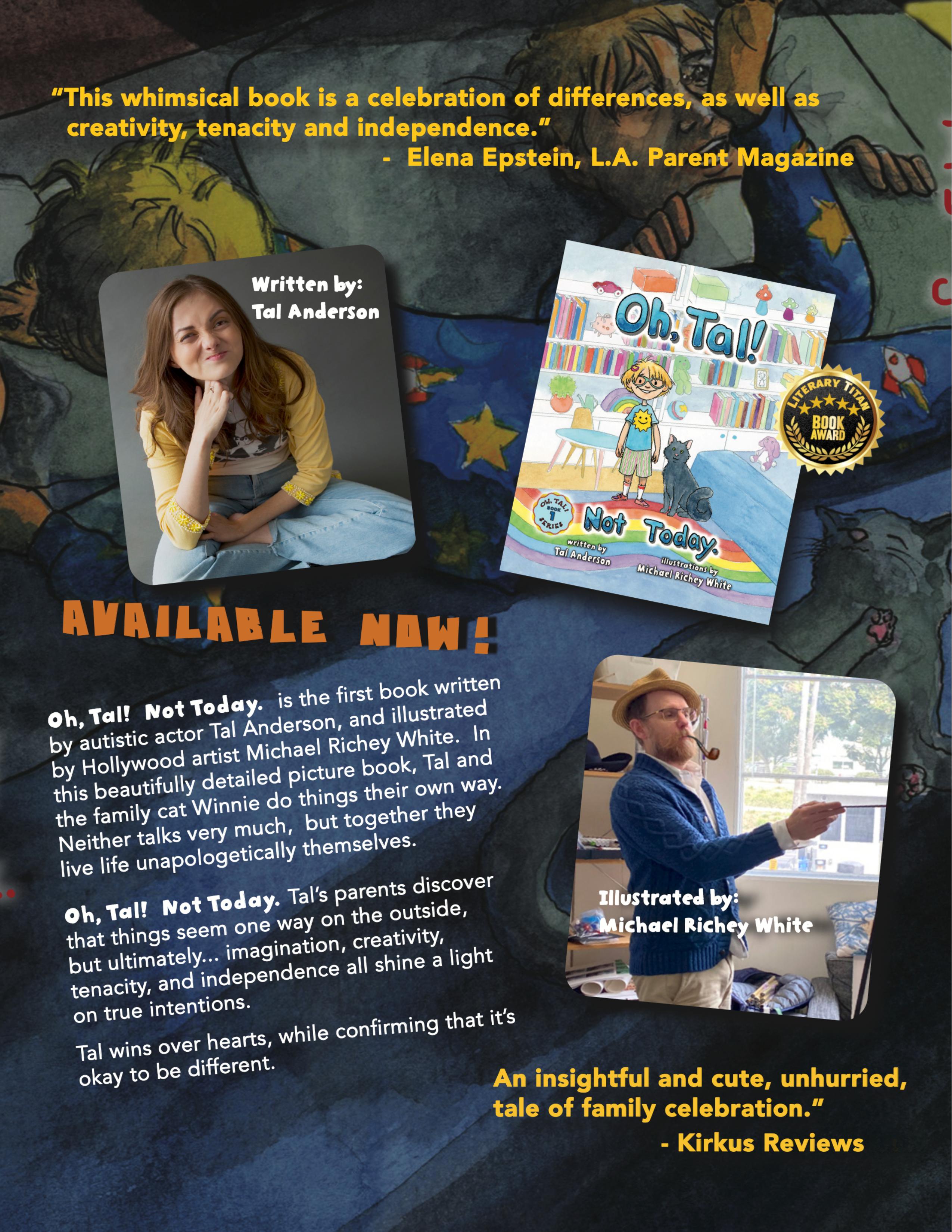
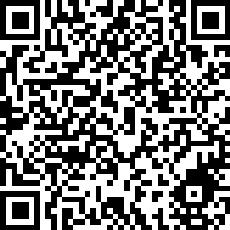
Get your copy here: awarenow.us/book/oh-tal-not-today
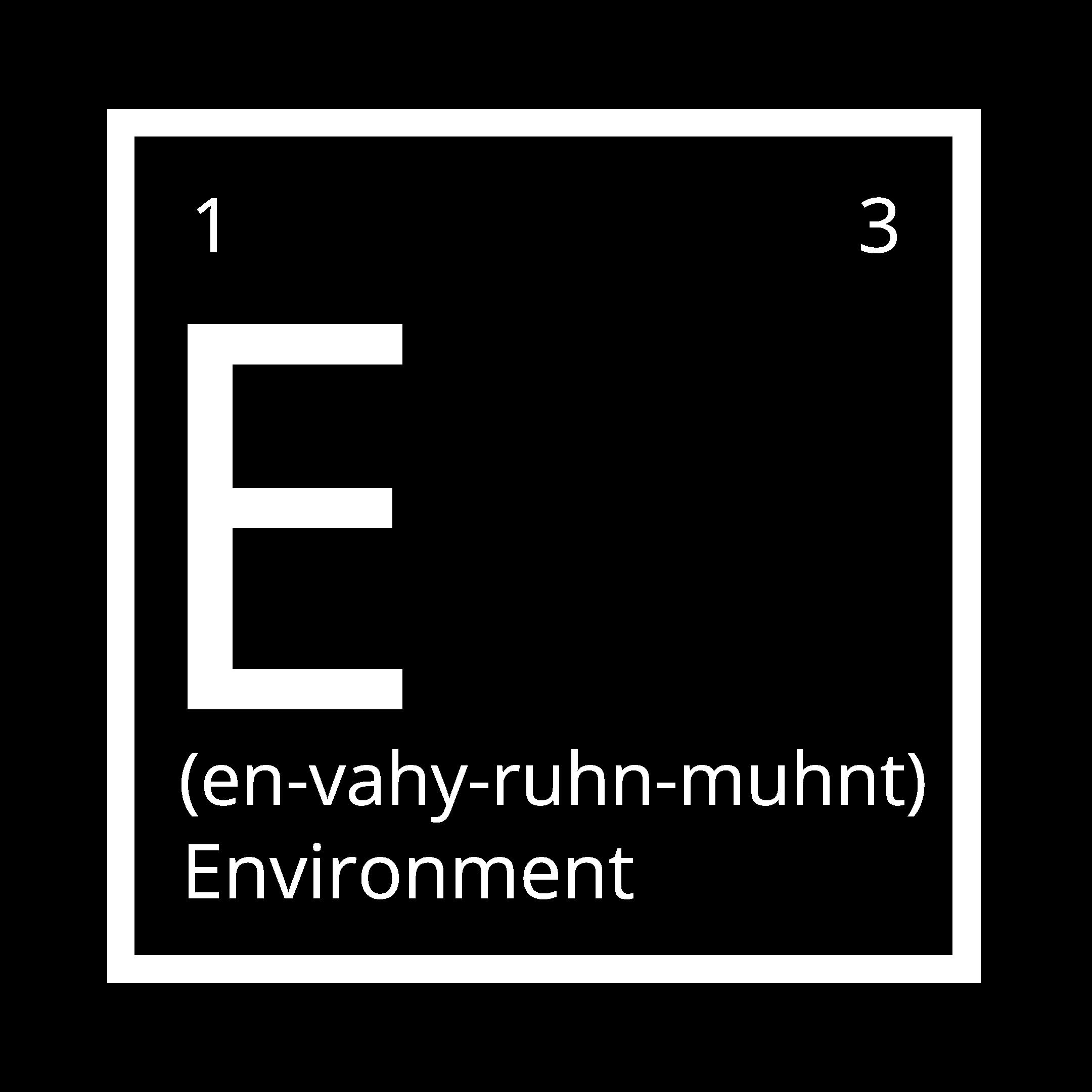

UPCYCLING DESIGNER & ECO ENTREPRENEUR
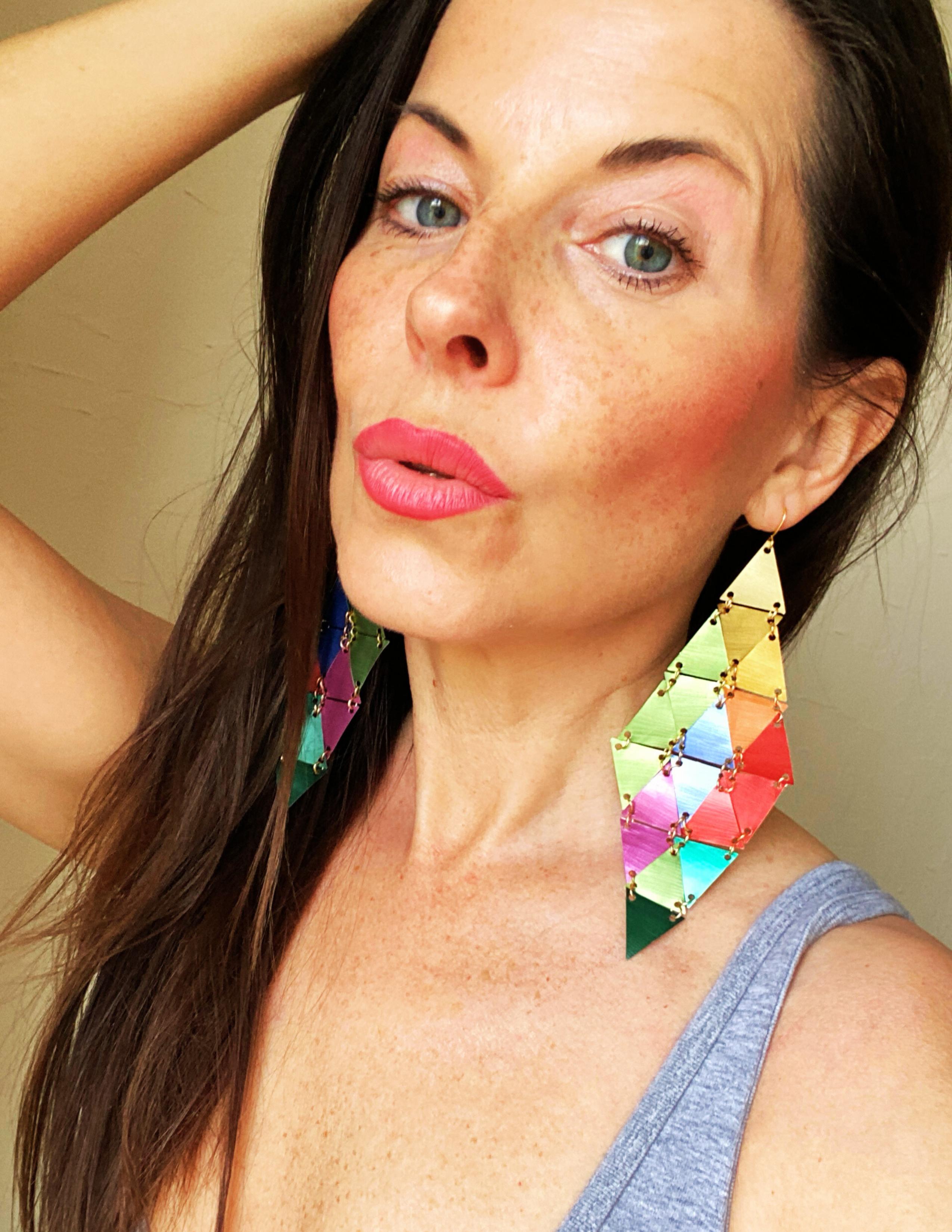

ZABO
After repurposing thousands of bicycle tires and inner tubes into chic statement jewelry, I felt the need to refresh both my life and my creative process. Upcycling has always been about transformation, but I wanted to push myself further. That’s when I started experimenting with new materials.
One day, I collected a handful of colorful Nespresso pods and placed them in front of me. For days, I just stared at them, unsure where to begin. I wanted to create something completely different from what I had seen online— something unique, something that truly reflected my vision. After a few days, an idea suddenly clicked. I began cutting the pods into delicate shapes, layering them, and before I knew it, a new design was born—colorful, lightweight chandelier earrings crafted from vibrant aluminum coffee pod pieces. Instantly, I fell in love with this new direction. The shift from rubber to aluminum, from matte textures to bright, reflective colors, felt like an exciting new chapter in my creative journey.
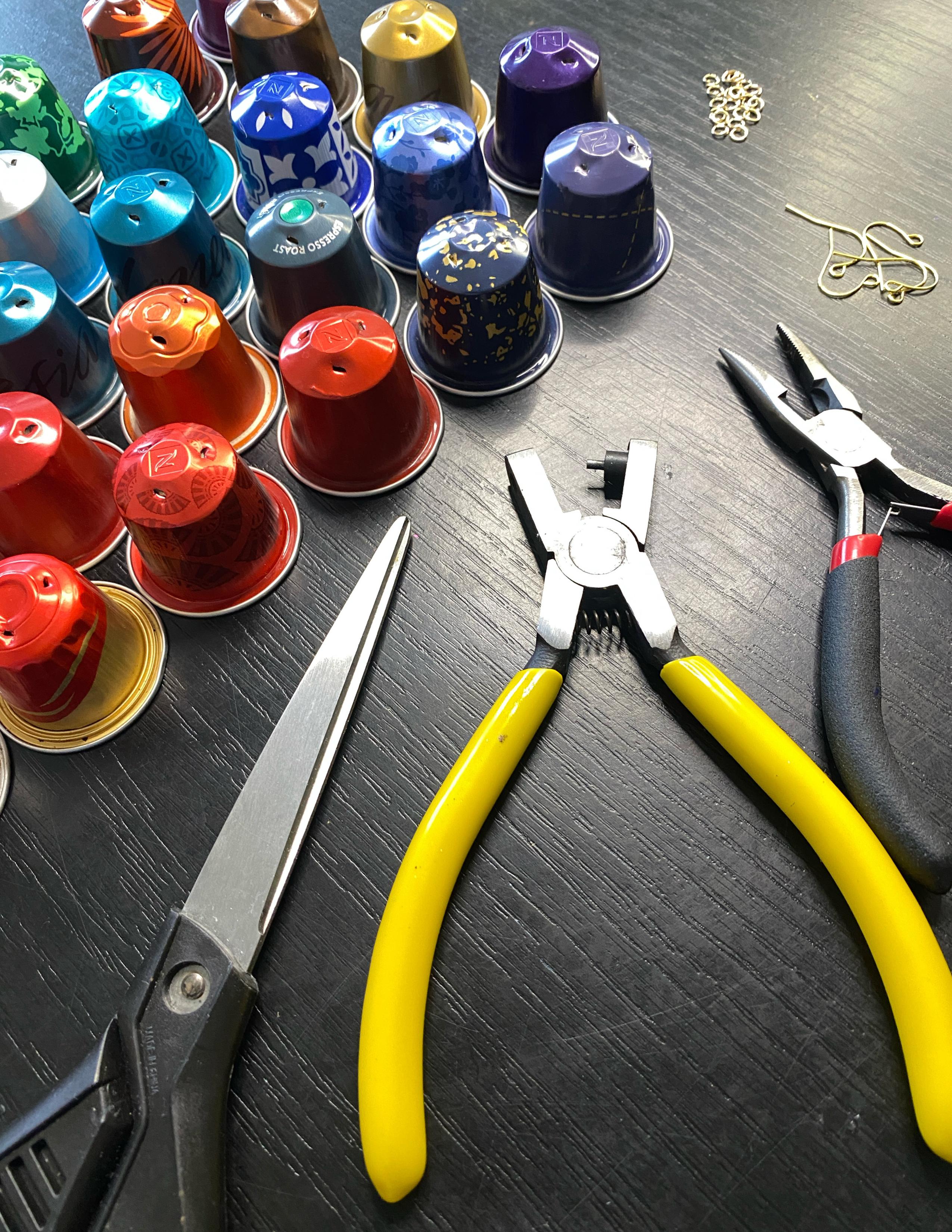
At the same time, I found myself collecting non-dairy milk cartons, setting them aside without a clear plan. Then, I realized they were perfect for making bold, geometric jewelry. Another new material, another challenge, another opportunity to turn waste into beauty.
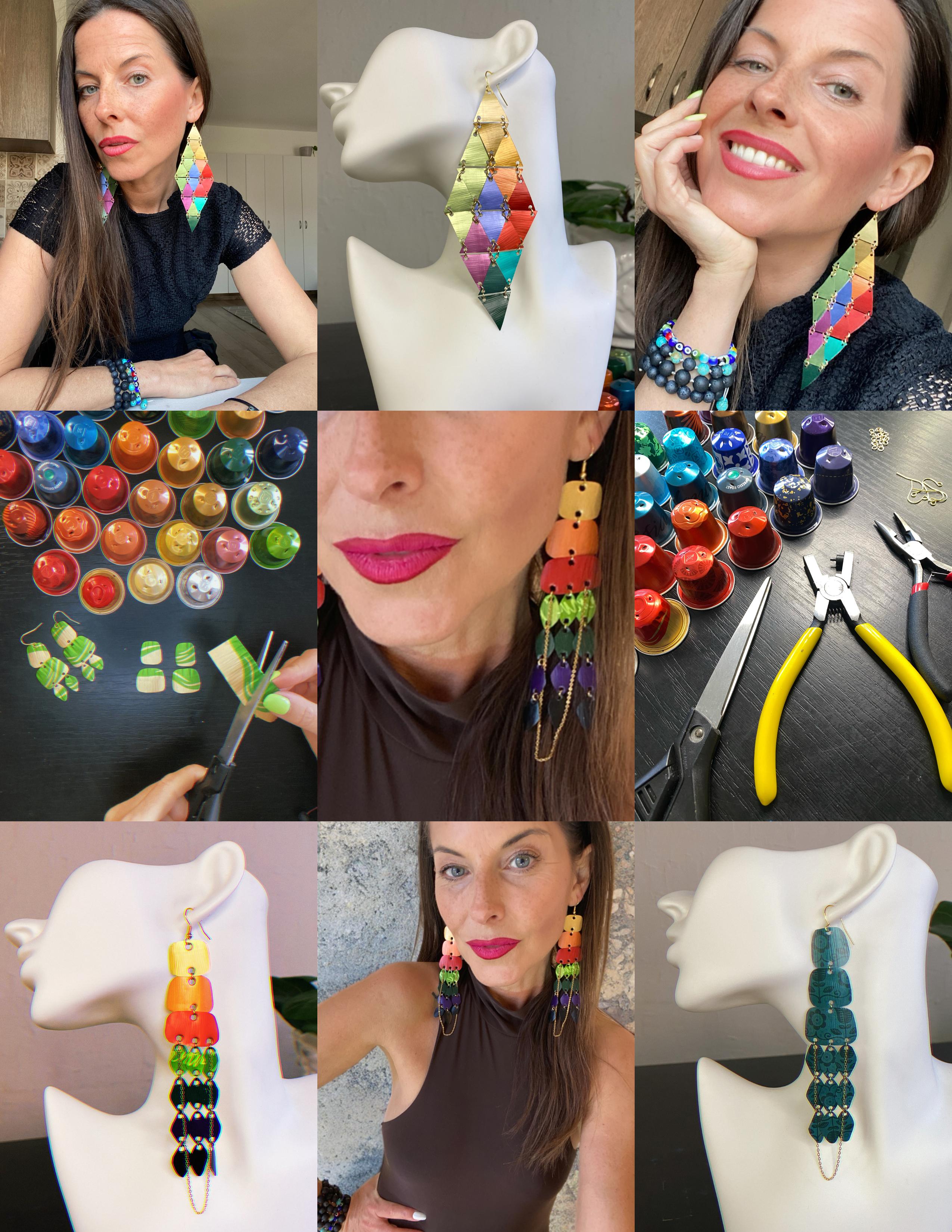
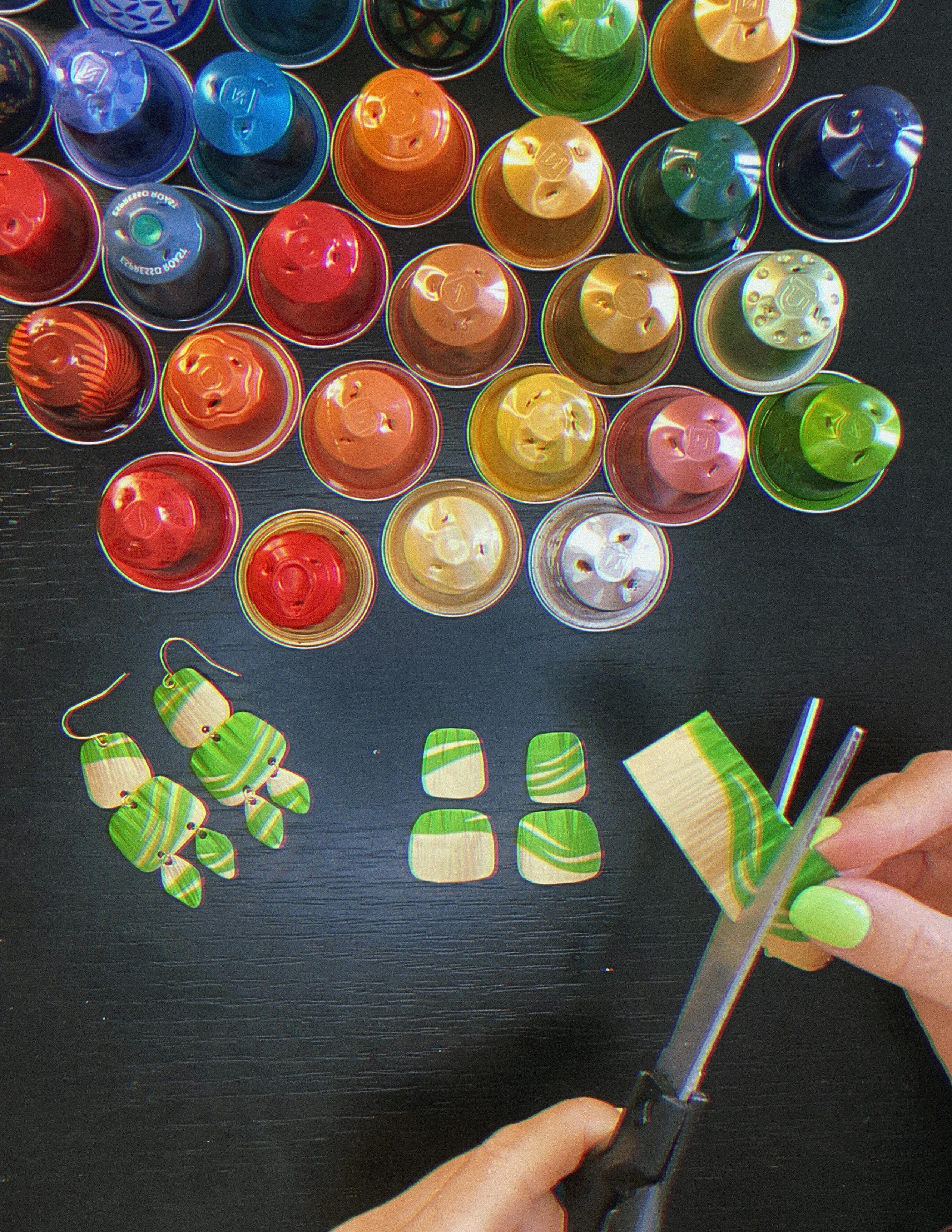
piece. The contrast between what something was and what it became is truly magical.
We really don’t need more newly manufactured products—there’s already so much waste around us. The market is flooded with things that are quickly forgotten, tossed aside, or left to gather dust in a corner. So much of what we buy brings only fleeting happiness before it loses its value in our eyes.
Instead of chasing that temporary thrill of buying something new, let’s think about the future. Let’s embrace secondhand treasures, find joy in repurposing, and move from consuming to creating, saving, protecting, caring, and sharing. ∎
See and shop for Laura Zabo’s sustainable style: www.laurazabo.com
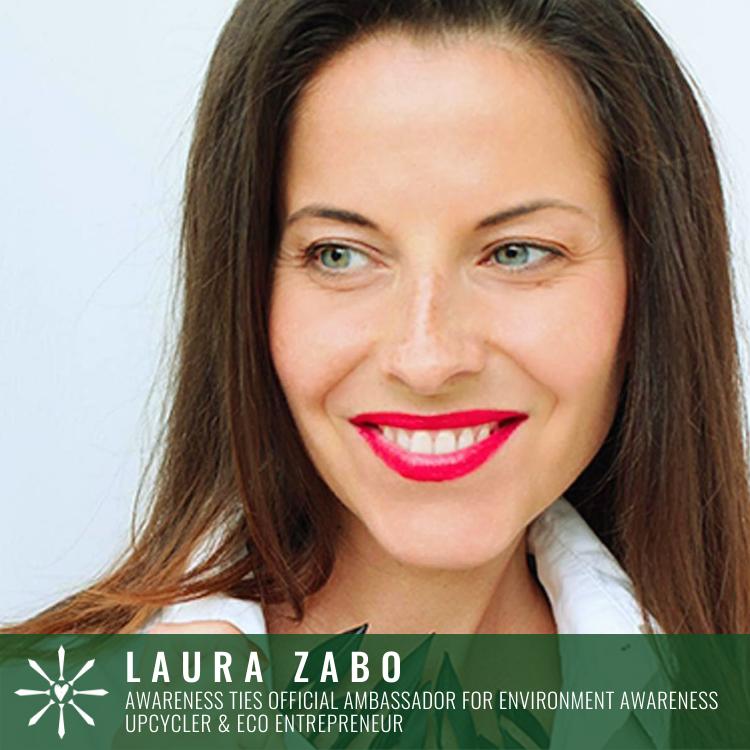
LAURA ZABO
Upcycling Designer & Eco Entrepreneur www.awarenessties.us/laura-zabo
LAURA ZABO strives to create a cleaner world by collecting and upcycling scrap tires into chic statement accessories. Laura creates striking belts, jewellery and even sandals for urban and ethically conscious men and women who believe in a brighter future for our planet. Her work has been spotlighted in various magazines promoting design and sustainable fashion and continues to gain exposure through social media platforms. Laura’s upcycling journey began in 2015 whilst exploring the beautiful landscapes of Tanzania. The inspiration for a sustainable fashion brand came when she stumbled across a brightly painted pair of sandals made from scrap car tire at a local maasai market. This moment planted the seed for her company, highlighting that beautiful clothing and accessories don’t have to be made by mass produced material but can be crafted by recycled objects instead. Now, six years later, Laura collects and repurposes thousands of bicycle and car tires, making not just fashion statements but promoting progression towards a healthier planet.

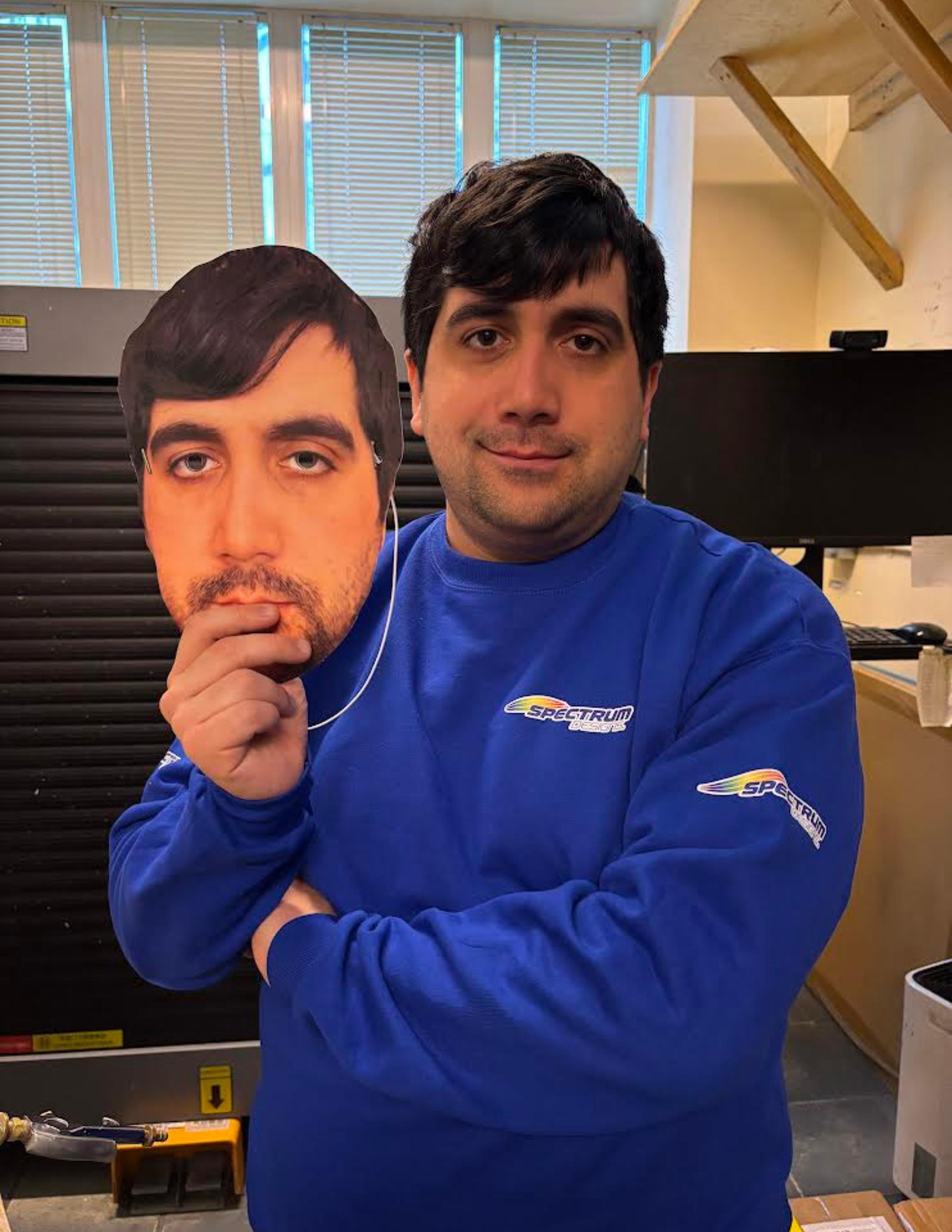

In a world where nearly 85% of adults on the autism spectrum face unemployment, Spectrum Designs stands as a powerful testament to what's possible when potential is recognized, not overlooked. This Port Washington, NY, business isn't just creating custom apparel and promotional products; it's creating opportunities, breaking down stereotypes, and proving that neurodiversity is a strength, not a limitation.
For over a decade, Spectrum Designs has been challenging the narrative surrounding autism and employment. By providing meaningful jobs and a supportive community, they're directly combating the staggering unemployment rate and demonstrating the immense capabilities of autistic individuals. Their approach goes beyond simply offering jobs; it's about fostering an environment where employees can thrive, shed societal "masks," and be their authentic selves.
One such individual is Spencer Pusey, a Decoration Specialist who has been with Spectrum Designs since its inception. Spencer's journey embodies the company's mission. He has openly shared his experience of "masking," or hiding his autism to conform to societal norms. Spectrum Designs has provided a space where Spencer no longer

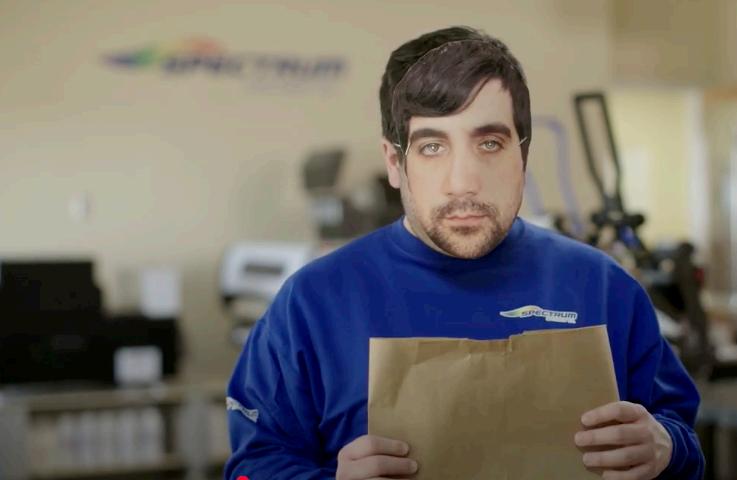

“It proves that when businesses embrace neurodiversity, everyone benefits.”
With a viral social media video that garnered over 25 million views, Spectrum Designs' message was brought to a global audience. The video's success and the subsequent surge in business orders highlight the growing recognition of the value of inclusive employment practices. It proves that when businesses embrace neurodiversity, everyone benefits. With the release of a new commercial, ‘Behind the Mask’, Spectrum Designs will continue to share its mission to break barriers and shatter expectations for the autistic community.
Spectrum Designs' impact extends beyond their local community. Their retail partnership with T.J.Maxx and appearance on The Kelly Clarkson Show have further amplified their message of inclusion. They've shown that businesses can be both successful and socially responsible, providing a model for others to follow.
Ultimately, Spectrum Designs is leading a movement. They're not just breaking barriers; they're rewriting the narrative around autism and employment, proving that when given the chance, autistic adults can achieve incredible things. They're showing the world that true inclusion means recognizing and celebrating the unique strengths and talents of every individual. ∎
Learn more about Spectrum Designs: www.spectrumdesigns.org
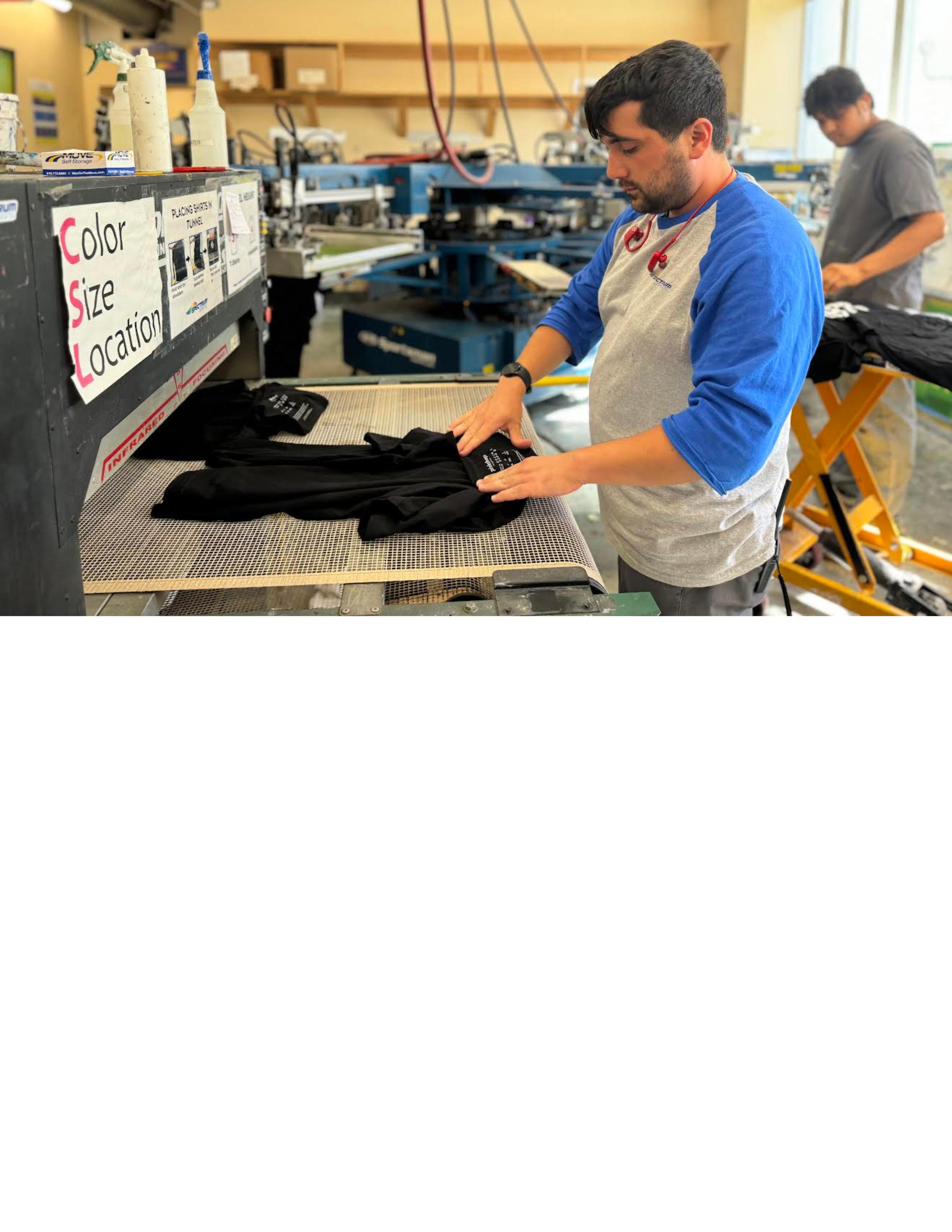
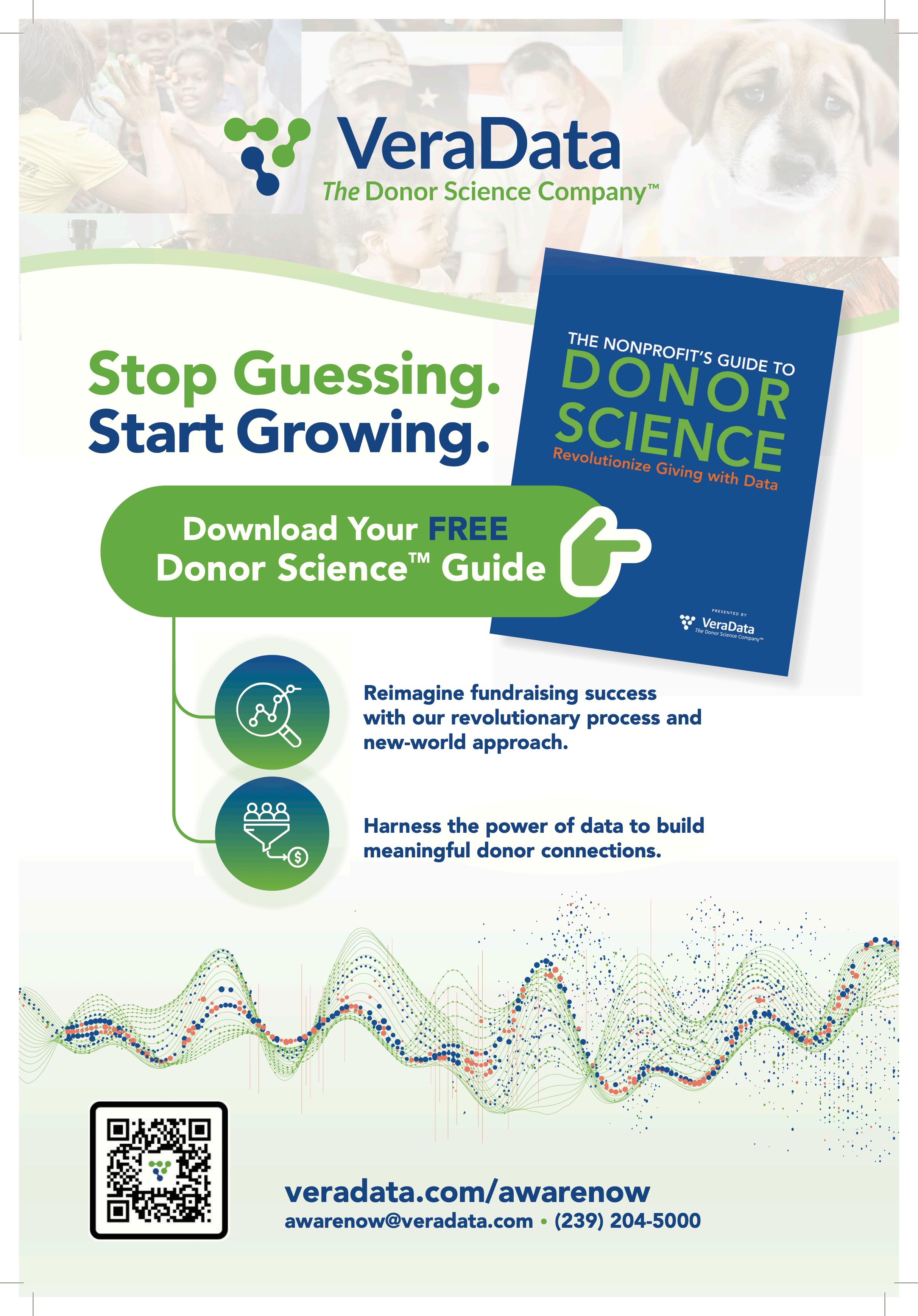
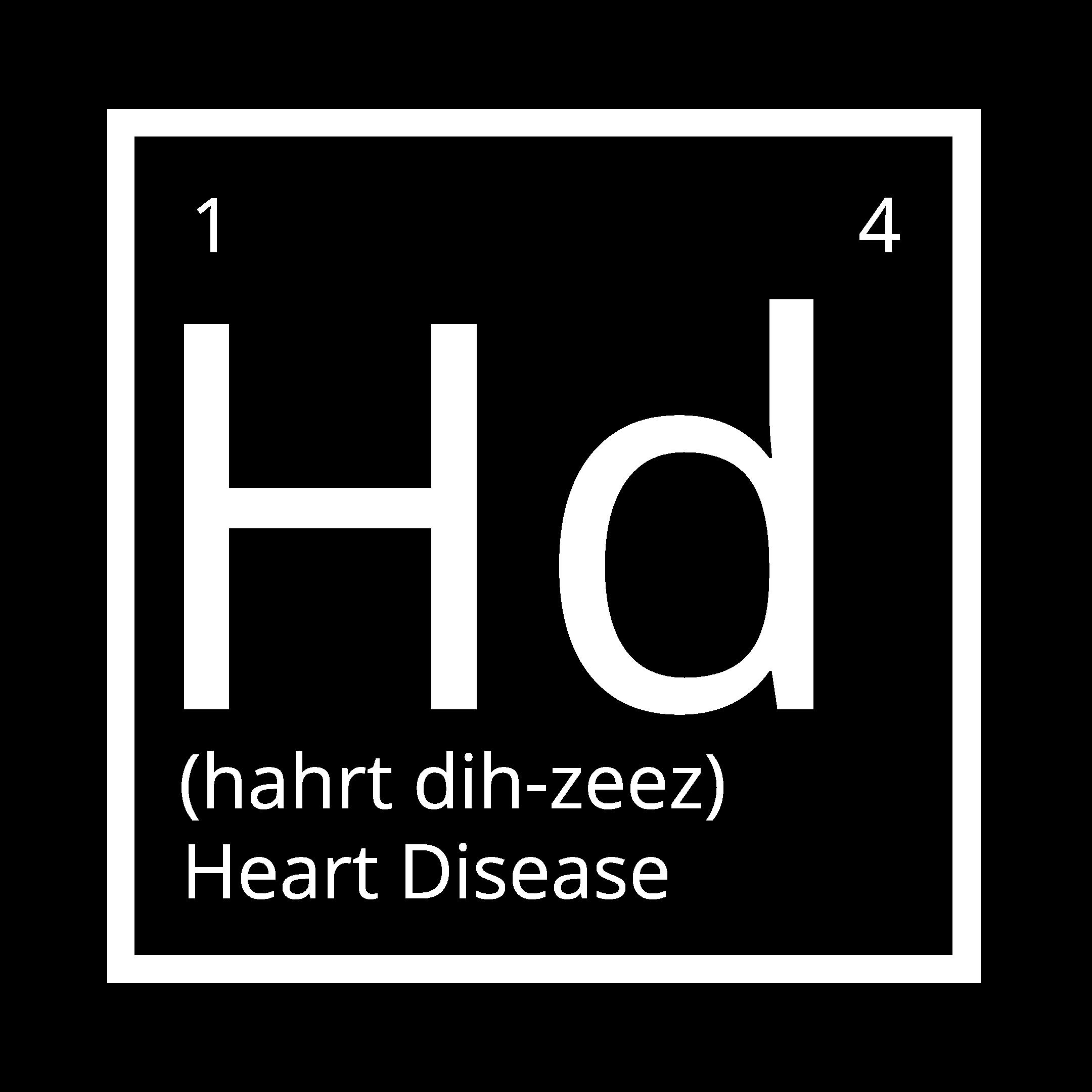





FEATURE STORY BY CHARLIE KIRKHAM
Sudden Cardiac Art came from the passionate, albeit flawed, hearts of myself, fine artist Charlie Kirkham, and the resuscitation advocates and heart patients @HeartCharged, Bethany & Hannah Keime. It is a revolutionary art exhibition to end preventable cardiac deaths and gender disparity.
The exhibition is a part of a movement with a mission to send a loud wake-up call to society to stop discriminatory practices that are letting our neighbours, friends, and even family die in our streets, schools, and homes.
This is the tale of how it came to be and what it has meant so far. We call on you to join us and help determine how far it will go.
When you hear stories about delayed diagnoses, they don’t always end well, especially when they are stories about young women with heart conditions. Here’s a story that’s being written in pictures and which I’m confident is heading towards a happy ending.
In 2023, after my own isolating and drawn-out journey to a cardiac diagnosis, I began following heart-related hashtags on Instagram. That’s when I stumbled across HeartCharged, an account run by sisters Bethany and Hannah Keime. These two vibrant young women were advocating fiercely for themselves and others, shining a light on an unsettling trend: delayed diagnoses for cardiac conditions, all too common for women in both the US (where they are located) and UK (where I am located). Worse still, women are less likely to receive bystander help during sudden cardiac arrest; often because bystanders hesitate over touching or ‘flashing the boobs’.
As a visual artist from England, I’ve spent countless hours in the UK’s free art galleries. On the walls of the National Gallery, there are more boobs than you can count. Against this backdrop of bare torsos and scantily clad figures, families stroll by, school children listen to guides unpack the myths behind the paintings, and no one blinks at the human form on display.
It struck me, if people can gaze at painted breasts without a second thought, maybe they’d look at painted defibrillators too. Maybe art could nudge them to act in a crisis. Maybe art could help save lives.
I hopped onto a Zoom call with Bethany and Hannah and the ideas flowed freely. That’s how Sudden Cardiac Art was born.
Our first pieces riffed on art history. familiar scenes with a twist, like defibrillator pads on an iconic Venus.
Early on, we welcomed @TheArtistRobert (Robert Walker) to the team after meeting in an artist group call. His enthusiasm was infectious, and he jumped in with both brushes ready. Suddenly, we had four artists donating time and talent to raise awareness.
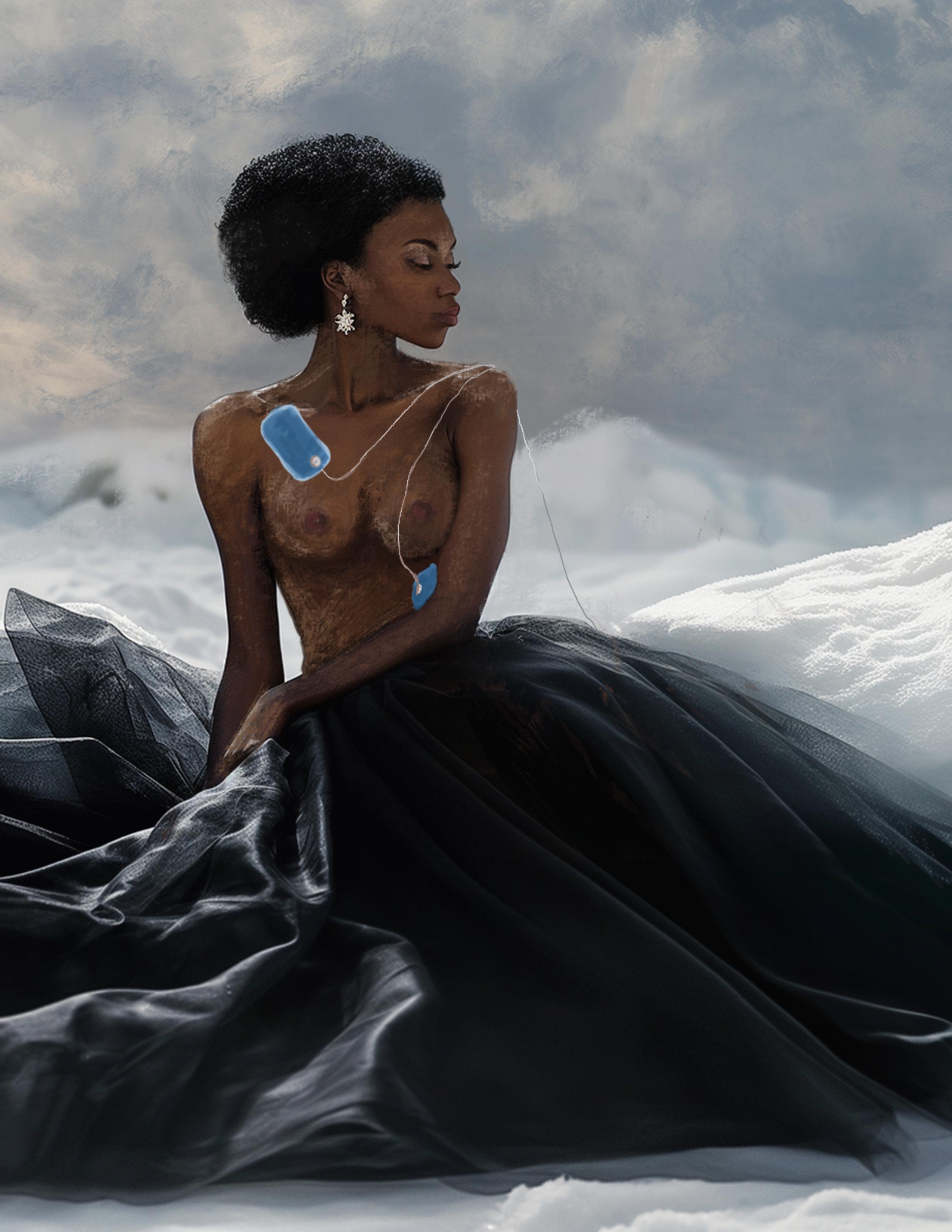

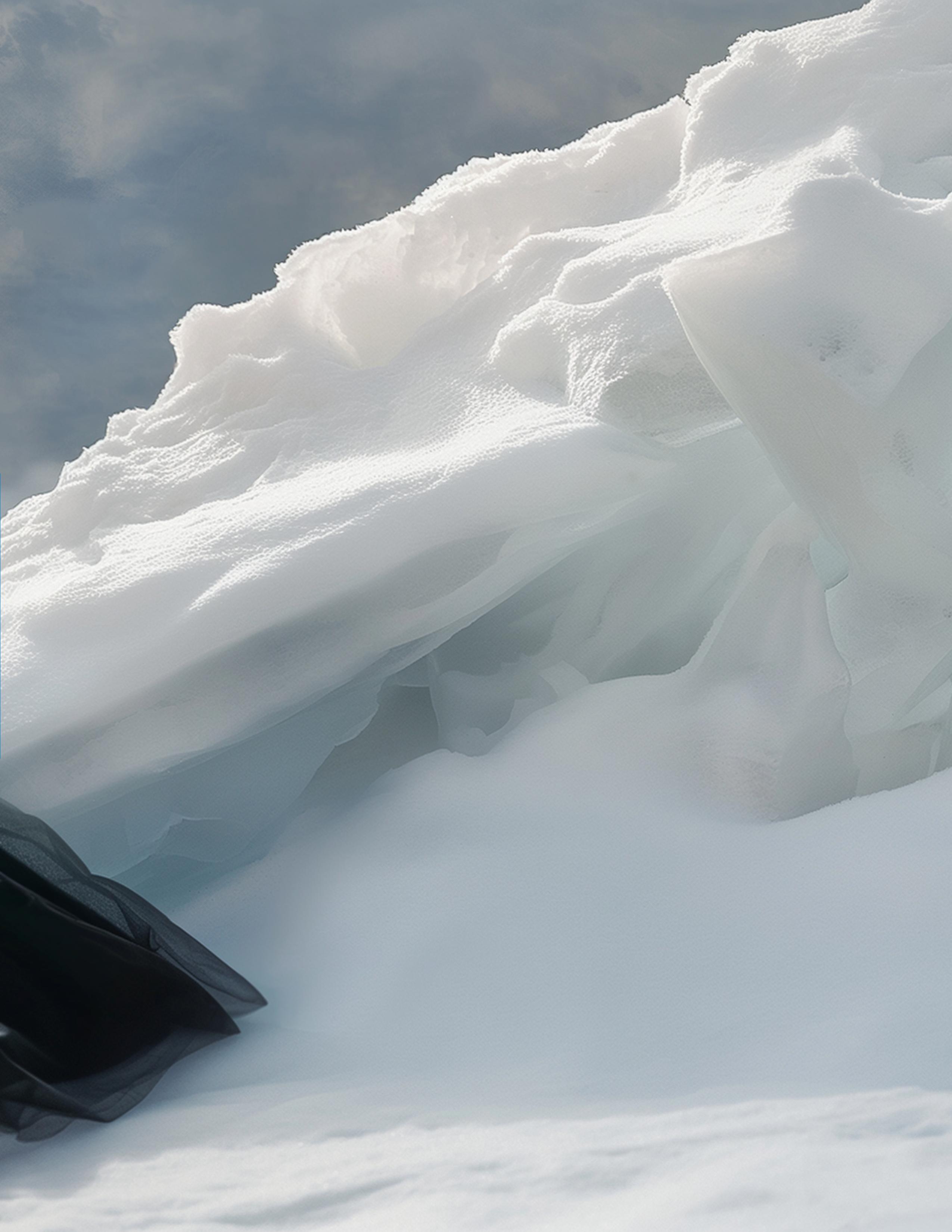

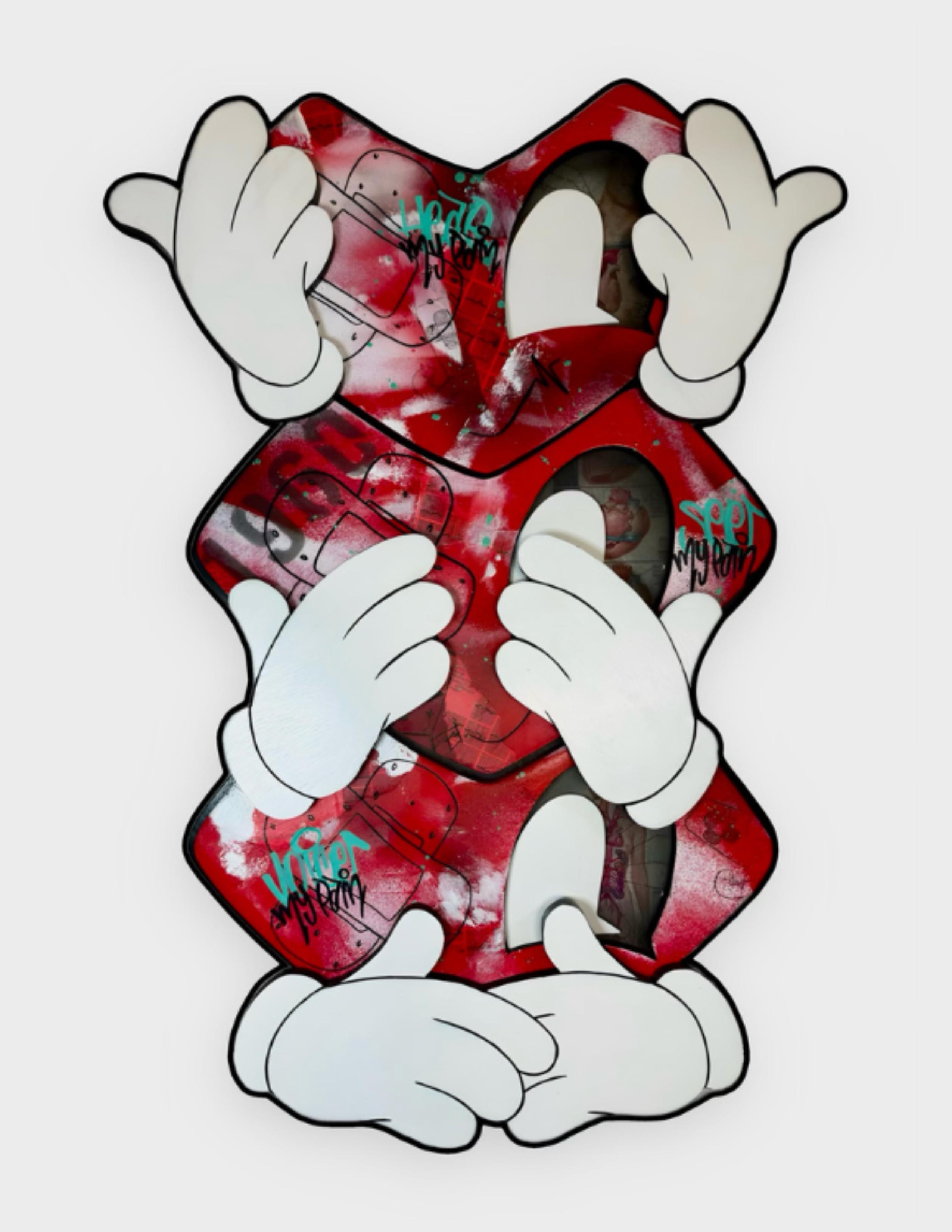
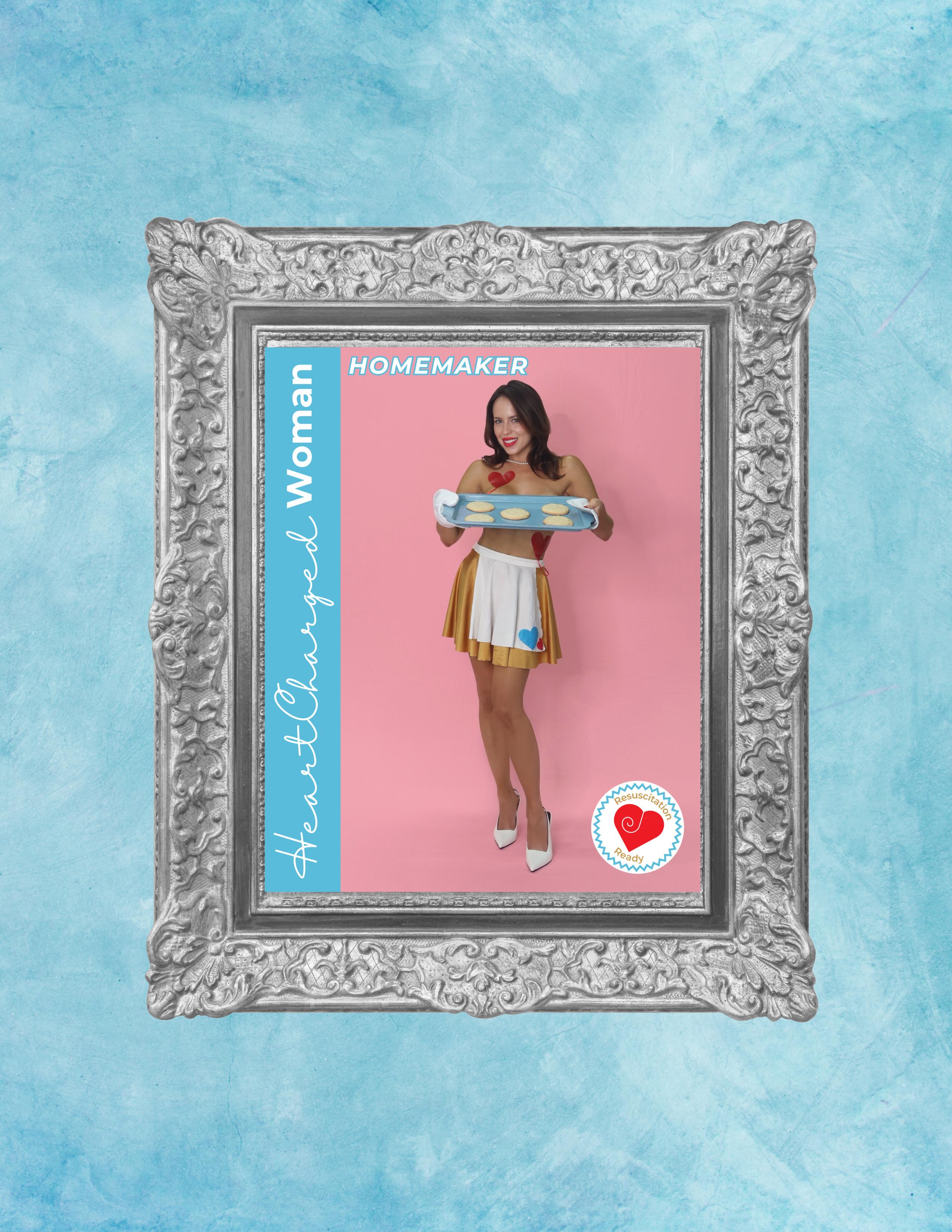

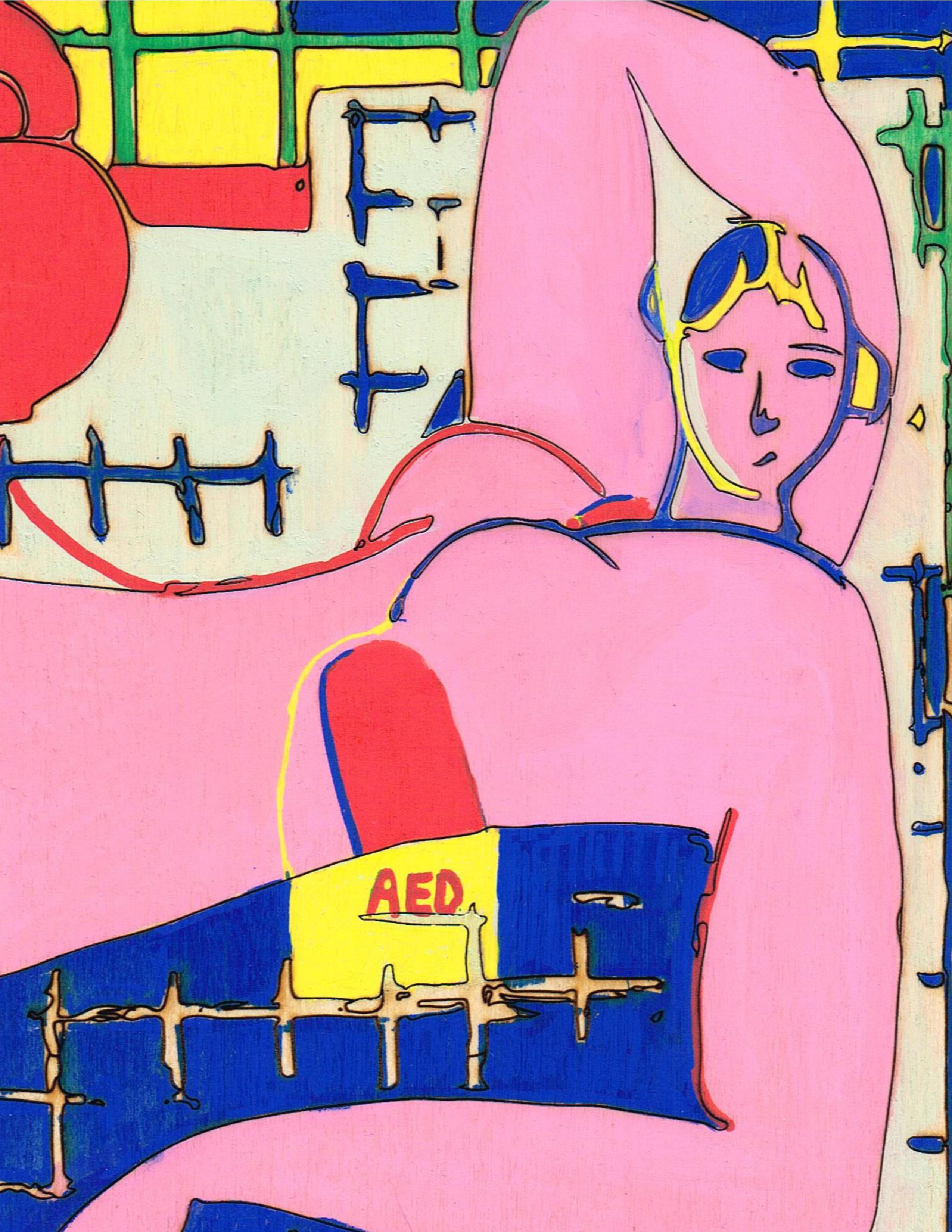
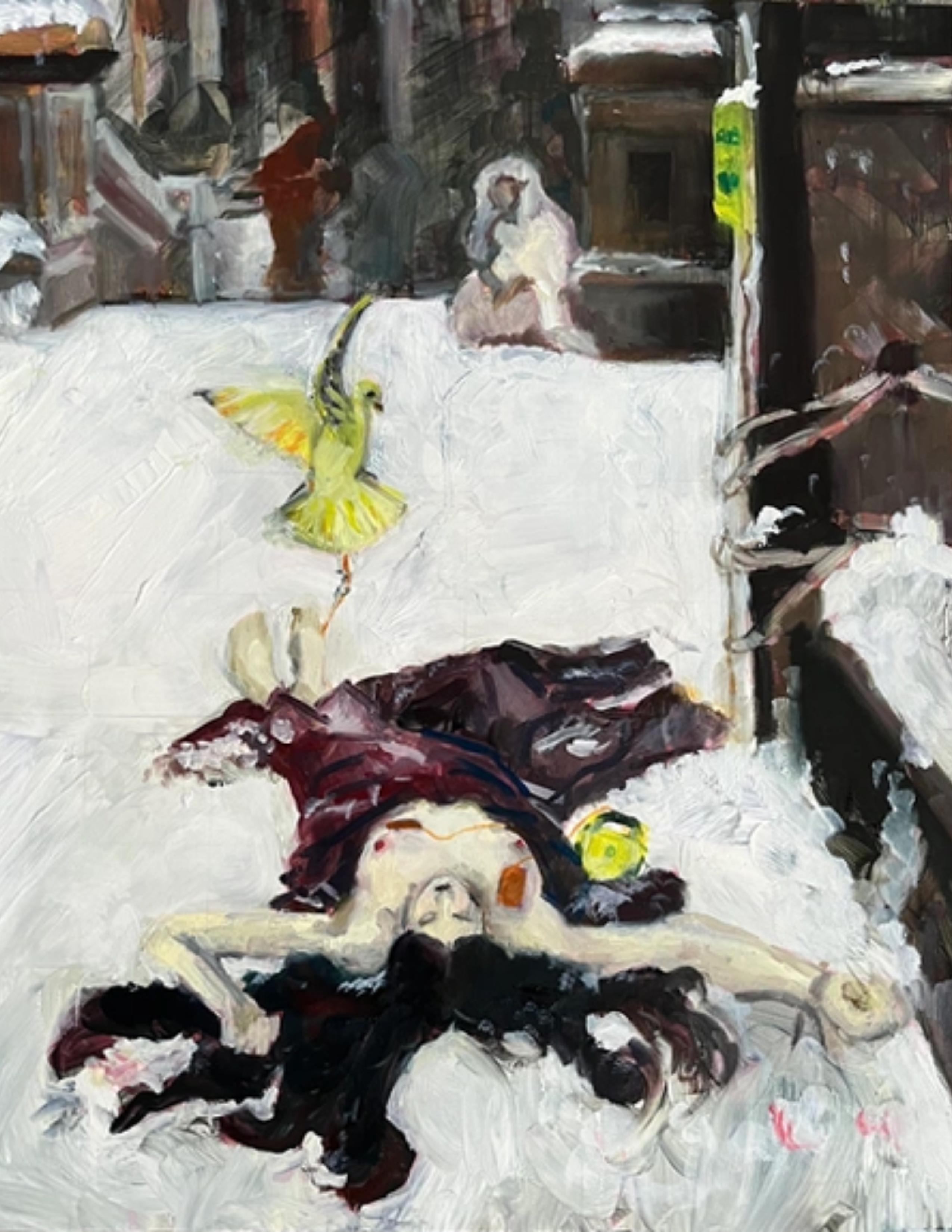
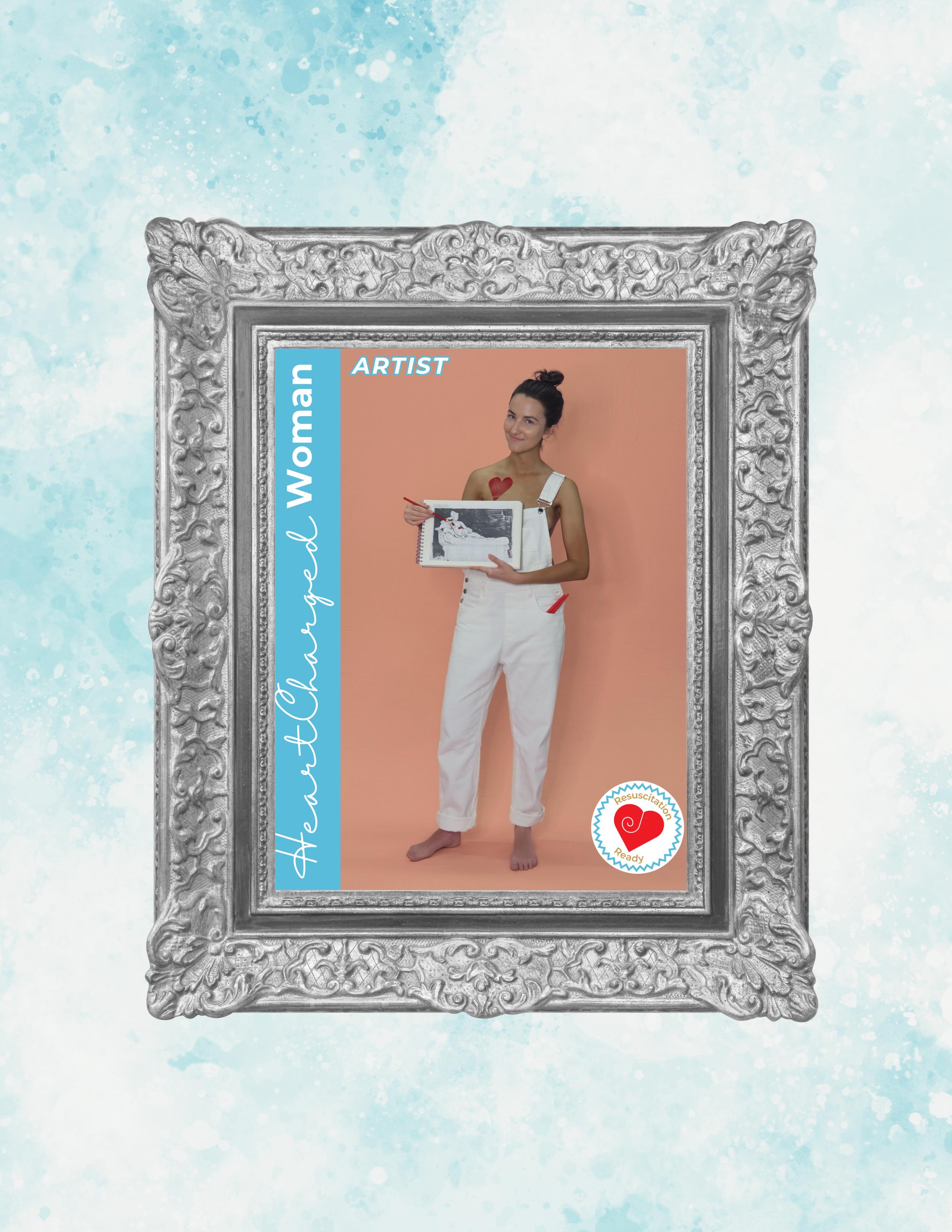
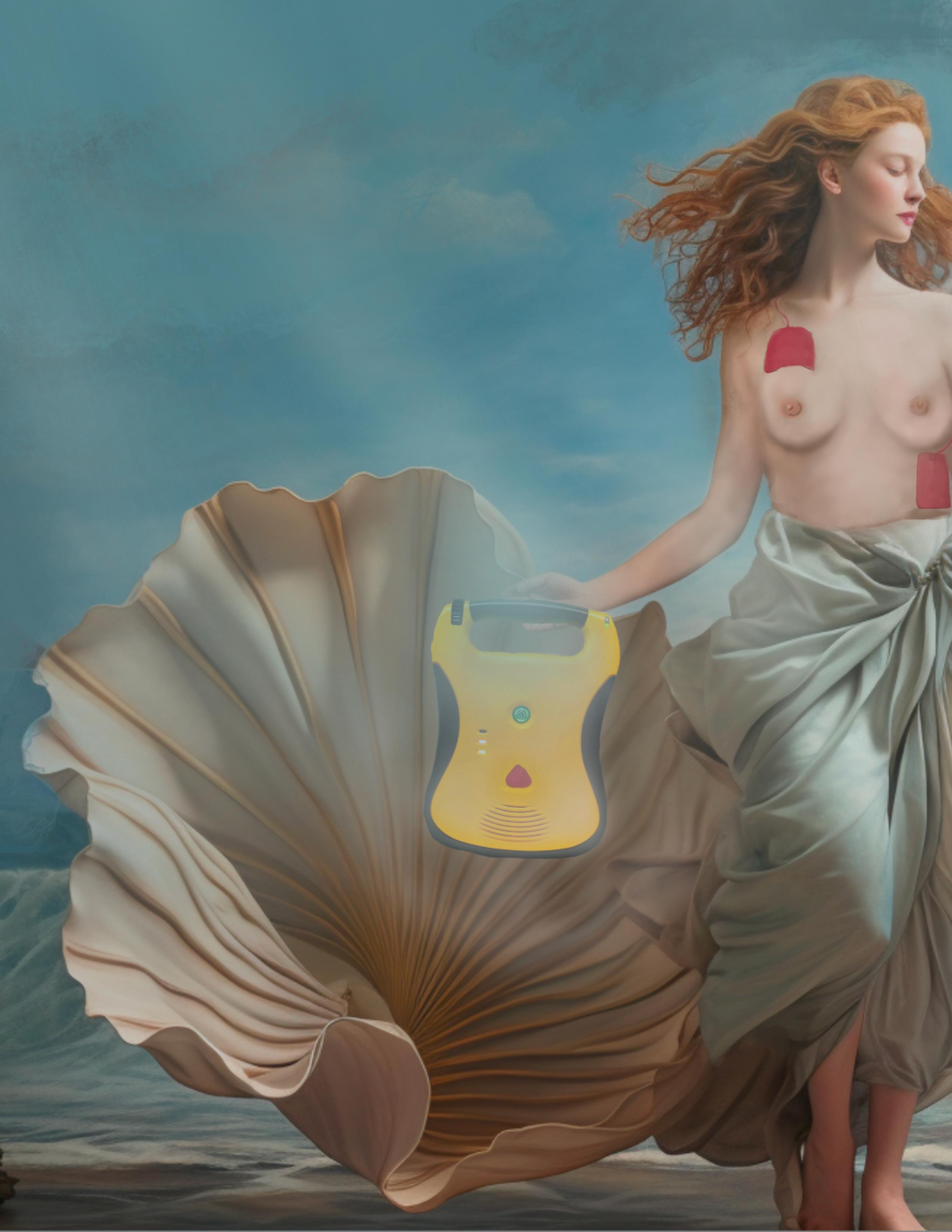

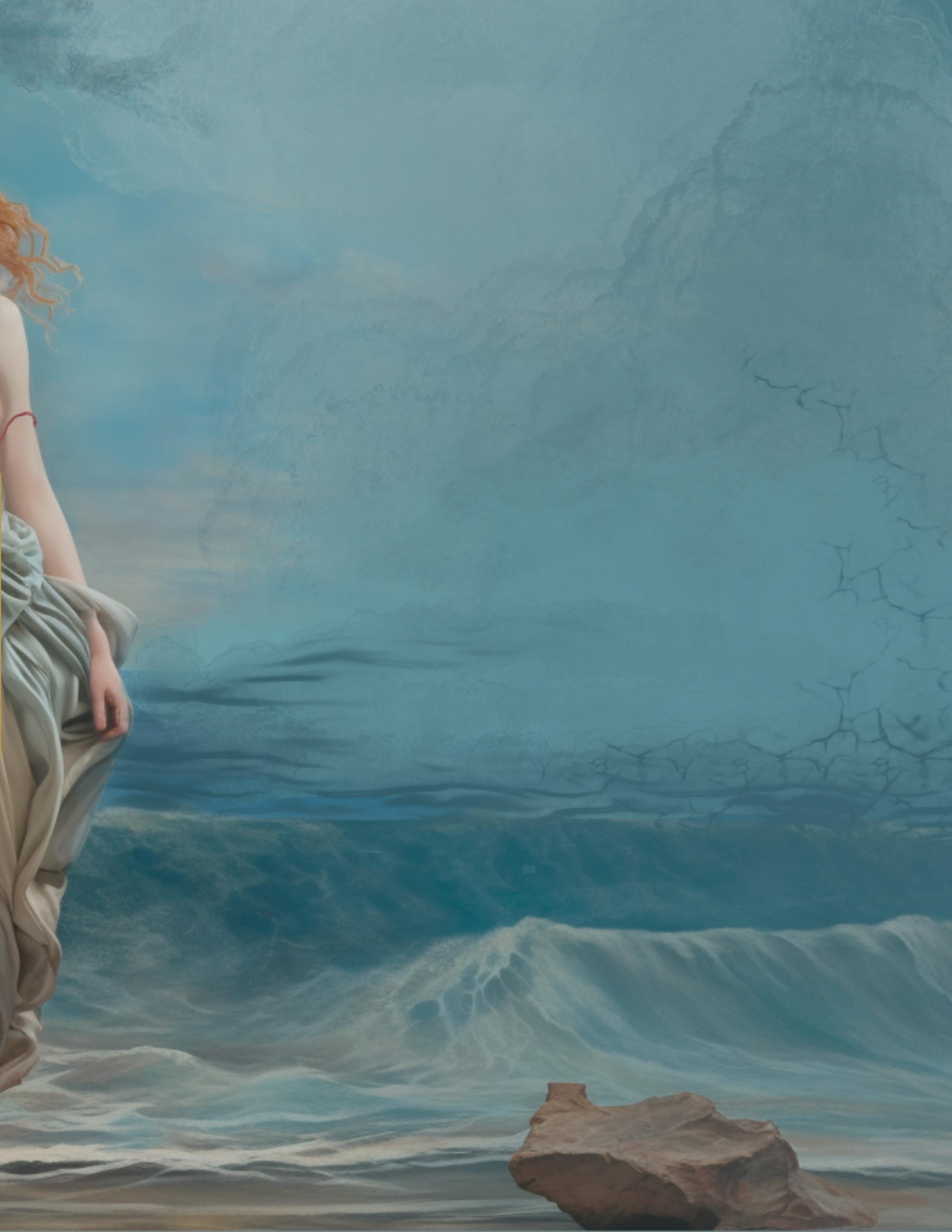


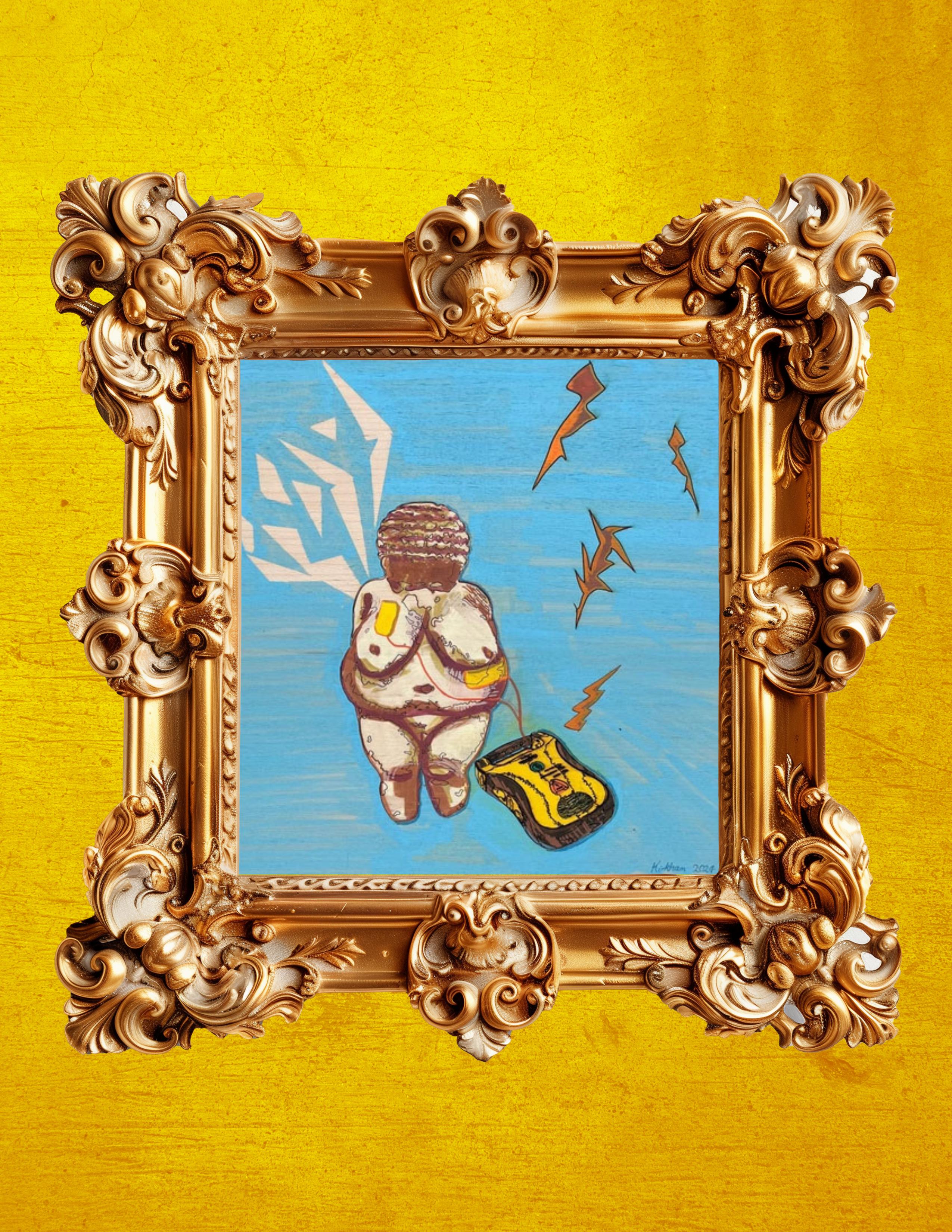


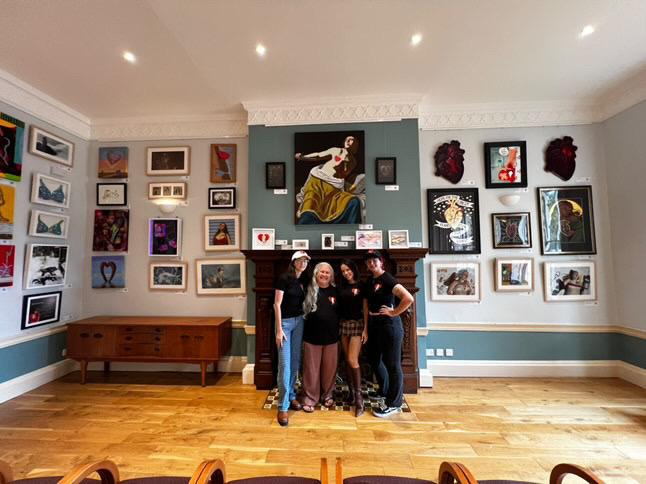
The project hit critical mass when we secured Kingshill House, a Georgian mansion in Gloucester, UK, as our first exhibition venue. From there, it snowballed. By the submission deadline, we’d gathered 37 international artists and 81 artworks. The inaugural show in September 2024 was a triumph. Beyond the art, the well attended community launch event included a panel discussion on sudden cardiac arrest, life-saving skills training, an art history talk tracing how the female form became taboo, and a meetup for “heart warriors” and “bionic babes”.
Word spread across the Atlantic. Ted Meyer, an artist-curator at the University of Southern California, reached out and in January-February 2025, a condensed version of the exhibition graced the Hoyt Gallery at USC’s Keck School of Medicine. Hannah Keime gave a powerful artist talk, sharing the patient perspective with medical students, while Ted and the artists hosted Instagram Lives. Nineteen artists took part, and the impact deepened.
The real reward has been witnessing art’s ripple effect. Exhibition visitors told us they felt less alone seeing “bionic babes” like themselves in the paintings. A young UK mother with an ICD (implantable cardioverter-defibrillator) said it was her first time meeting someone else like her. Others pledged to learn life-saving skills and pass them on.
Sudden Cardiac Art is far from finished. We’re seeking new venues for future exhibitions, eager to include more artists and writers, and thrilled to keep connecting communities while raising awareness. What began as a seed of an idea has become a flower and you can help determine how it will grow. ∎
If you want to find out more you can follow @SuddenCardiacArt via Instagram (check out @HeartCharged and @CharlieKirkhamArt), see our website www.suddencardiacart.com or email suddencardiacart@gmail.com.
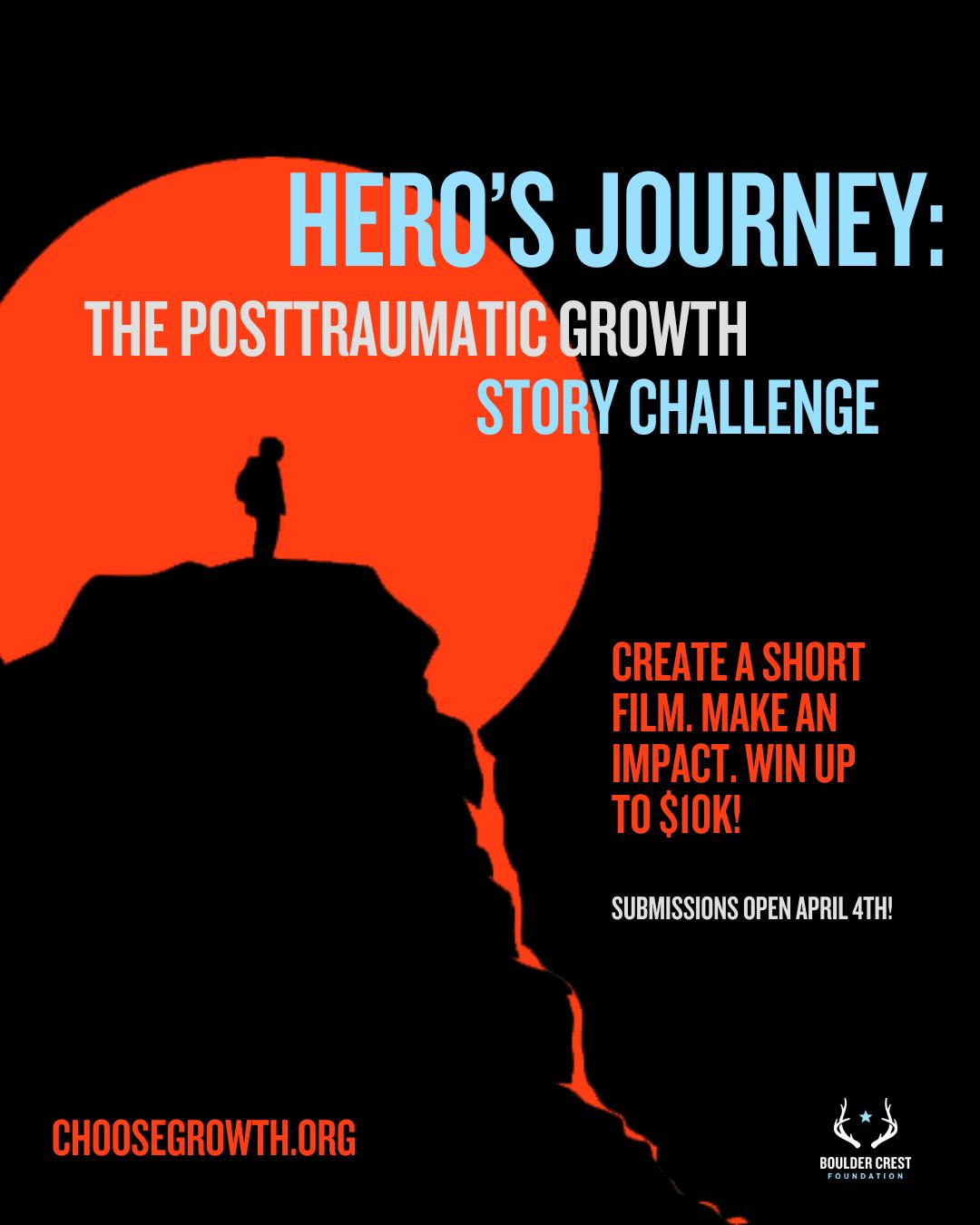
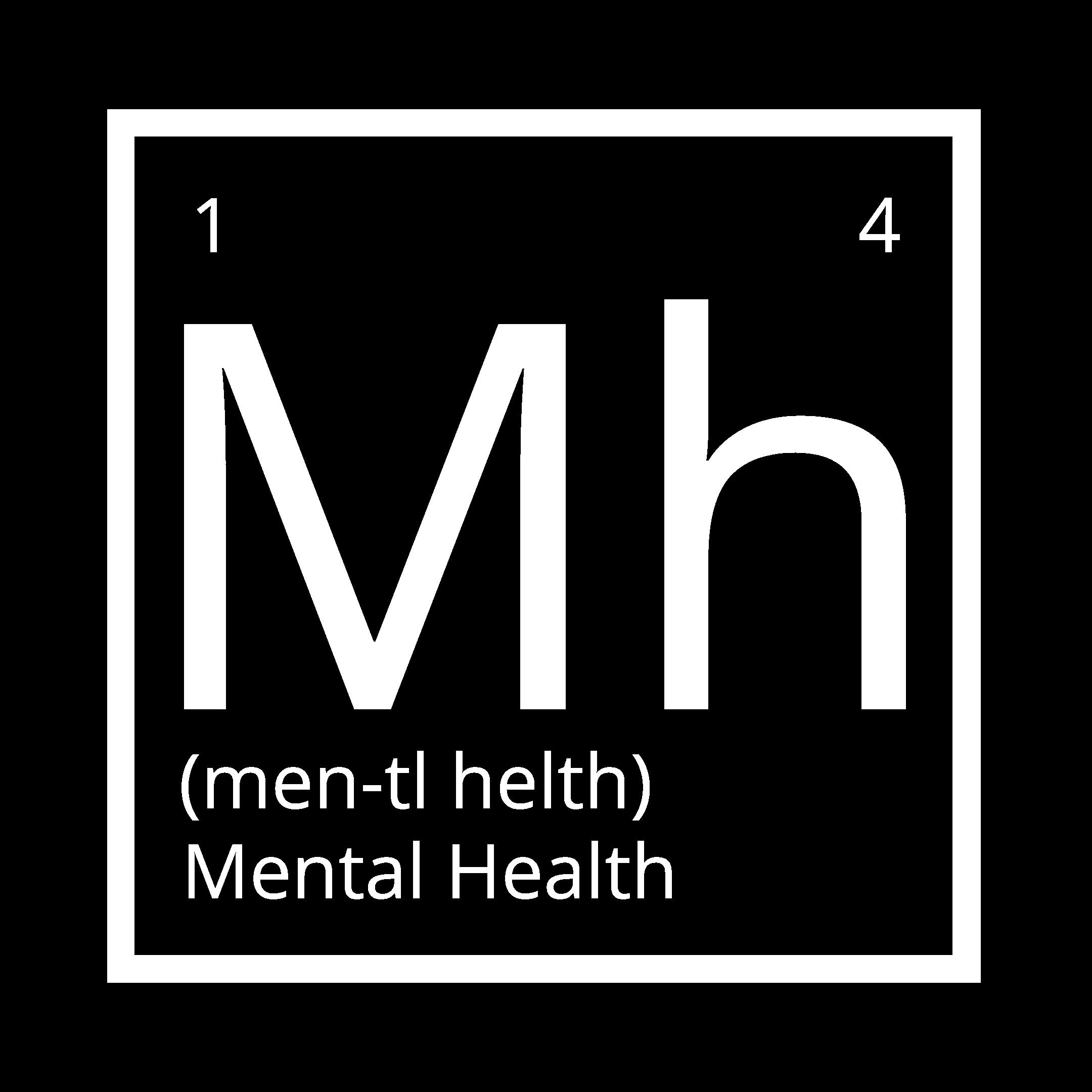
When my hands left the rail of the Golden Gate Bridge, and my legs cleared it, instantaneous regret from my actions, and the 100% recognition, I’d just made the greatest mistake in my life…
KEVIN HINES SUICIDE PREVENTION SPEAKER & MENTAL HEALTH
AND AUTHOR
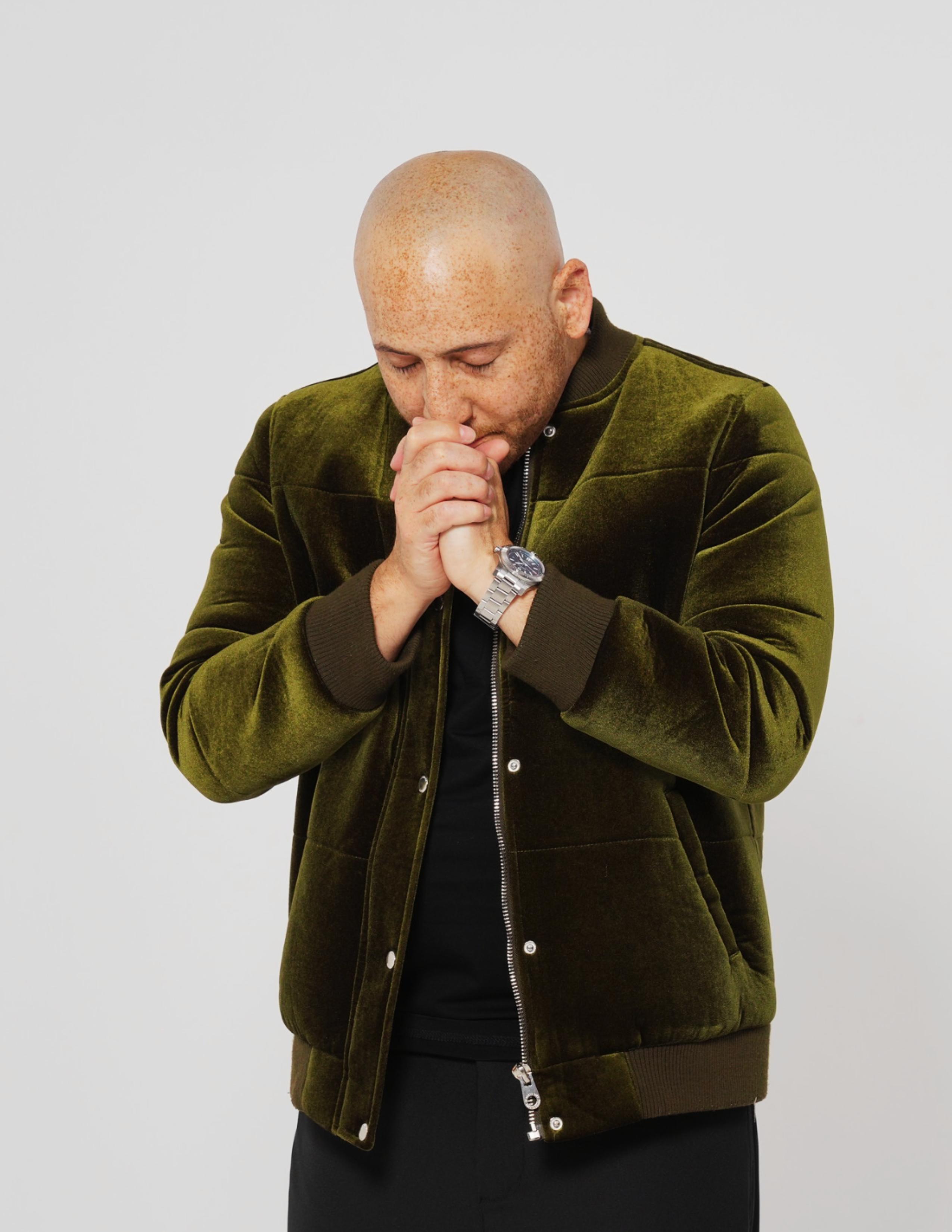

It can be very easy to lose faith when you struggle with mental illness. For Kevin Hines however, faith is the backbone of his life and something that has never wavered for him except when his hands left the rail of the Golden Gate Bridge as he jumped off. Kevin’s father is fond of saying to his banker buddies at baseball games, “Kevin found God on the way down.” When Kevin prayed to God to live. Kevin believes God answered his prayers. Kevin was tormented by bullies when he was in Grade Four at school and experiencing his first auditory hallucination that same year, his faith did not waiver but got stronger. In this interview Kevin delves more into his faith and how it has helped him through his life.
ERIN: Kevin, can you go into detail about your years at a Catholic grade school and high school and discuss how faith got you through some very hard times when you were in grade four?
KEVIN: You’d think that attending a Catholic Grade and Highschool, that the students and the teachers would have the utmost morality, subjectivity, kindness, compassion, and love for their fellow students, or those they taught and supervised. Well, I’ll KINDLY leave the name of the grade and high school I attended out of this piece to respect their establishments.
That said from the moment I can remember as a grade school kid, the older white kids tormented me. An 8th grader let’s call him *Nick* would hold my head down and away from him when I was in 4th grade (a child) and he’d yell on repeat in the recess area “Swing little RED (the color of my hair) N! Word swing. Then *Mike* in my grade would get behind me, bend down, while *Tony* would push me from the front over *Mike* and I would crack my head open on the concrete and bleed. All because I did not look like them. This was in San Francisco in the late 1980’s and early 90’s. They and others made it abundantly clear that the torment they caused me was due to one thing. The fact that I was part black. They pushed me around, called me racial epithets, and even on occasion assaulted me because I did not look like them.
Another *Tony* would hold me, restraining me from behind while *Mike* would punch me in the gut on the daily, until and when I head-butted that *Tony* and then of course, I got detention looked upon as the aggressor.
In no way am I claiming to be a victim, these are simply the facts as I perceived them, I recognize that perception is reality. I can in no way attest to how *Nick* *Tony*, *Tony* & *Mike* or the countless others who took me to task viewed or perceived their own actions…I can simply say that an old statement I had no part in creating is true… “Hurt people hurt people.”
In High school, things didn’t start off much different. Catholic school (which I ended up loving and thriving in) filled with upperclassmen bullies. But eventually, they graduated, and things got better. In each scenario, my faith in a higher power never ever waivered.

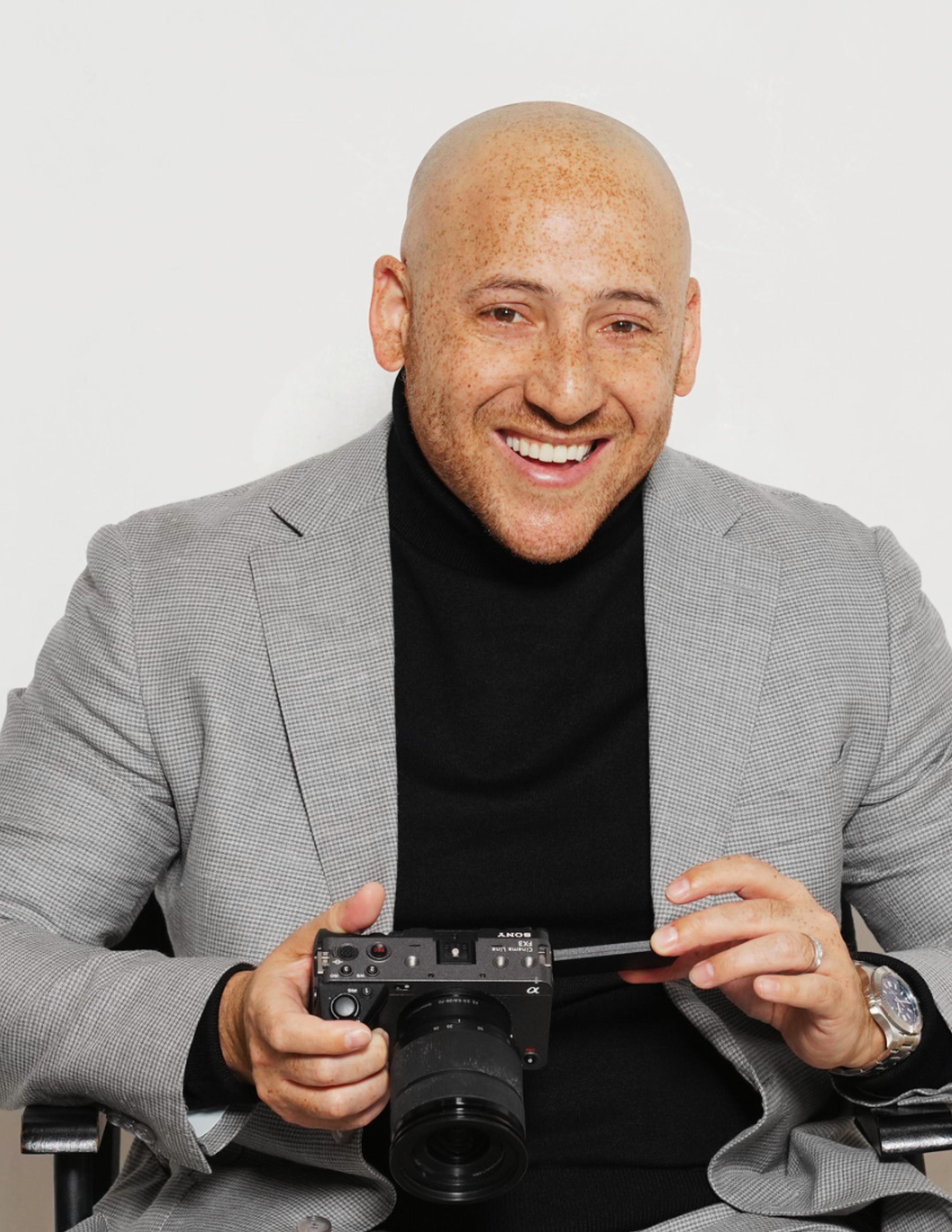

“Everything that happened that day, played directly into his hands.”
ERIN: You went to church every Sunday. Was faith the pillar of your family life?
KEVIN: Our little Hines family, made up of three adopted children from different families into one, a very mixed bunch, and a very loving Mom & Dad Pat & Debi attended church weekly, but I feel I took to Catholicism the most. I loved Sunday school, I asked a lot of questions, I questioned even the authority of the nuns, priests, and instructors. But none the less, I believed. I still believe. My faith is firm, steadfast, and true.
ERIN: How did you keep leaning into your faith while suffering from mental illness and auditory hallucinations? Did it help you through this time?
KEVIN: During these harrowing times, filled with psychosis, uncertainty, pain, struggle, and visual, auditory, and even physical hallucinations of demons attacking me daily for years, my faith never faltered. Every time they occurred, I “Prayed them away!” literally.
I understand as I’ve done my research that scientists have determined that thousands of people who experience or experienced various sleep disorders embody these types of “symptoms.” In fact, I at the time lived with 5 simultaneously diagnosed sleep disorders.
1. Insomnia
2. Sleep Apnea
3. Sleep Paralysis
4. Narcolepsy
5. Parasomnia
It was a vivid viscous nightmare!
But prayer was the only thing that helped me immensely through this time. Even doing breathing exercises, meditating, and then praying (in that order) to sleep helped me find and better balance my sleep pattern/circadian rhythm.
ERIN: Nothing stands out more to me than the fact you’re one of just a handful of people who have survived the jump from the Golden Gate Bridge. You were essentially saved by a sea lion. Somebody was absolutely looking out for you that day. Can you talk us through that?
KEVIN: Having gone through so much in my life, from being born in abject poverty, to being taken away from my birth parents, which breaks the natural mother, infant bond, to losing my favorite teacher and hero to suicide, to then attempt to take my life off of the Golden Gate Bridge at 19, you might say I needed a win. While my action I regret, it doesn’t take away from the fact that what happened next was nothing short of a miracle. Everything that happened that day, played directly into his hands. I know this to be true… God saved my life that day. There is no other explanation. You are welcome to believe whatever you want. This is MY MIRACLE!
“I hold this one notion to be true… It’s not about what happens to you, It’s about how you react to what happens to you.”
When my hands left the rail of the Golden Gate Bridge, and my legs cleared it, instantaneous regret from my actions, and the 100% recognition, I’d just made the greatest mistake in my life, and the likely hood that it was in fact too late. For 99.9% of those who have leapt off that bridge for the last 90 years it’s been too late. Not for me. For me a threepronged miracle went into effect.
1. The moment my hands left the rail, a woman driving by in a red car saw me go over and called her colleague in the U.S. Coast Guard who happened to be mobilized to man the waters of the bridge. The only reason the Coast Guard got to me before I would drown was because of that woman’s phone call.
2. A sea lion brought me from the depths of the waters beneath the bridge to the surface and kept me afloat until the Coast Guard boat arrived.
3. One of the world’s foremost back surgeons was visiting the hospital they sent me to for the day. His name was Dr. Jonathan Levin, and he opted to clock in and do my surgery. A 10 & a half hour back surgery to replace my shattered three vertebrae with titanium. He and his team had no margin for error, I was at their mercy, one mistake and the negative possibilities were endless. Instead, he saved my ability to stand walk, and run.
4. He went on to do that same surgery on 13 other Golden Gate Bridge jump survivors. Incredible.
Anyone anywhere is free to feel any other way about this MIRACLE. But alas, I know my truth. I am grateful to God for every waking moment, every breath I’ve taken past that day, and every sip of water I drink. Remember without those two things we don’t exist. I’m grateful for all the people who helped me recover physically and mentally. From the Sea Lion to the Coast Guard, the ambulance drivers, the surgeon, physicians, nurses, hospital staff, the various psych ward staff, my entire family, all my friends, literally everyone who had a hand to play in the daily and continuous overcoming of my pain. Especially my lovely wife Margaret who’s been there through 7 psych ward stays for suicidal crisis. She is God’s greatest gift to me next to my faith.
ERIN: How do you manage to have your faith strengthen when you’re in times of darkness?
KEVIN: I hold this one notion to be true… “It’s not about what happens to you, It’s about how you react to what happens to you.” My faith strengthens in hard times because I know that God is not punishing me with hard times, he’s building me. We can let our pain defeat or destroy us, or we can choose to let it build us brick by brick from the ground up. I choose the latter. What you or do not change, you choose.
ERIN: Why did you choose not to disclose that you were suffering auditory hallucinations from Grade four until your jump off the Golden Gate Bridge at 19?
KEVIN: Fear.
ERIN: How do you incorporate your faith into your life now?
KEVIN: My lovely wife and I were married in the Catholic Church, we pray together daily, and throughout the day. We go to church every Sunday we can. We take communion when and where appropriate depending on how many consecutive Sundays we attend church. When we don’t attend physically, we make sure to attend virtually if schedule allows. But most importantly we spread the message of our faith to people around the world through the power of the spoken word, and through articles like this.
However, we don’t push our faith on anyone, that’s not our business. We care about and want to serve anyone and everyone who’s hurting with brain pain, or mental struggles, faith filled or not, we want to always give back to anyone who needs it.
That said, one of the greatest things that happens to us, is when someone states that they lost their faith long ago, and because of my story it has returned. What a gift.
Remember friends, whether you believe in God like I do is not the point. We can always have civil discourse and still be kind, compassionate, loving, caring, and non-judgmental to every person we meet. Kindness is one of the most important and seemingly limitless but precious commodities this world has, and its completely free, and is contagious. Be kind, always, it will come back in spades. ∎
Find & follow Kevin on Instagram: @kevinhinesstory
Learn more about his story here: https://www.awarenessties.us/kevin-hines.html
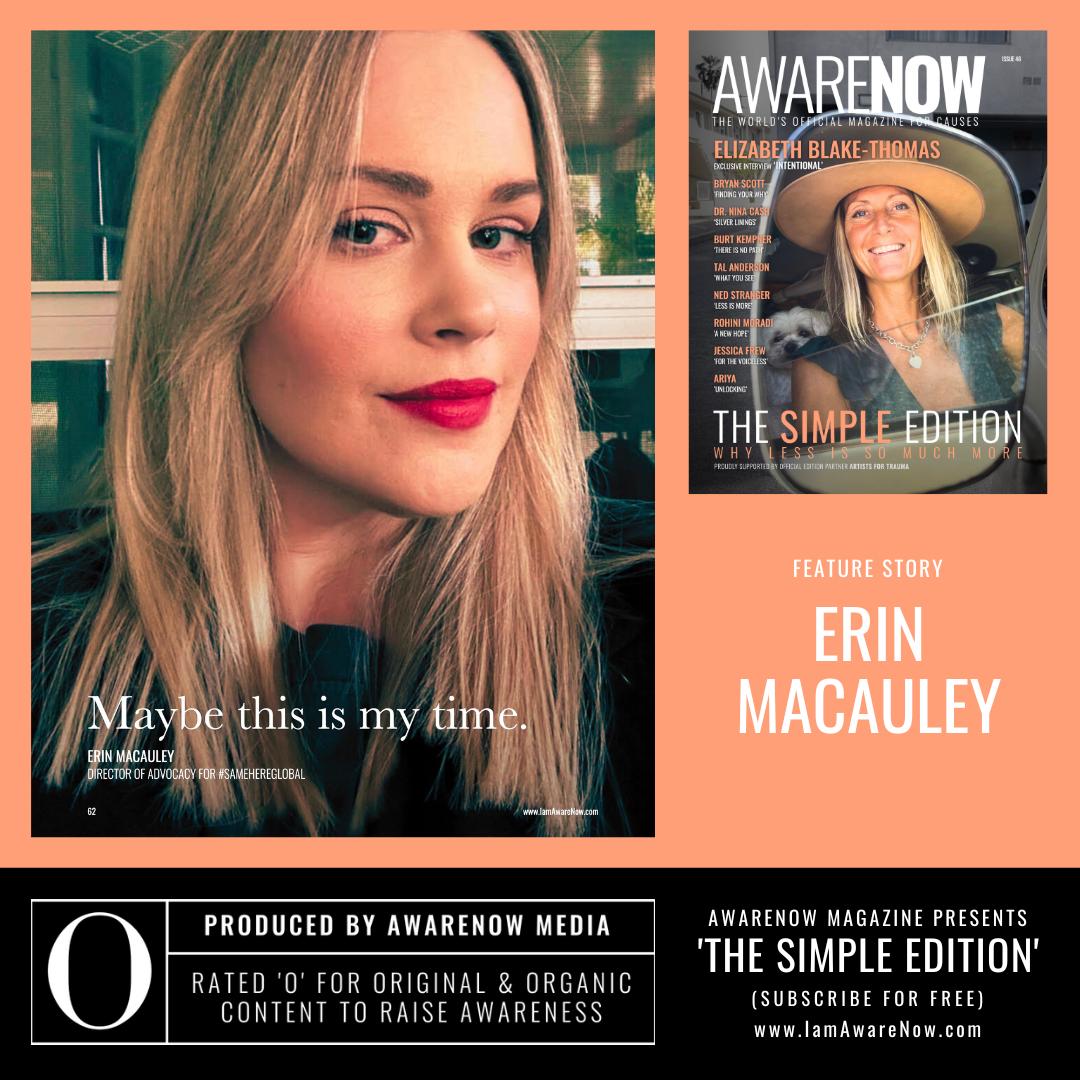
ERIN MACAULEY
International Director of Advocacy for #SameHere Global www.awarenessties.us/erin-macauley
ERIN MACAULEY is passionate about all things mental health and is a compassionate voice for those who are struggling with mental illness. Driven to help those most in need, through her vulnerable and open blogging about her own personal struggles, she lifts up others up and gives them hope.


JATO SONITA CLIMATE ACTIVIST & SINGER
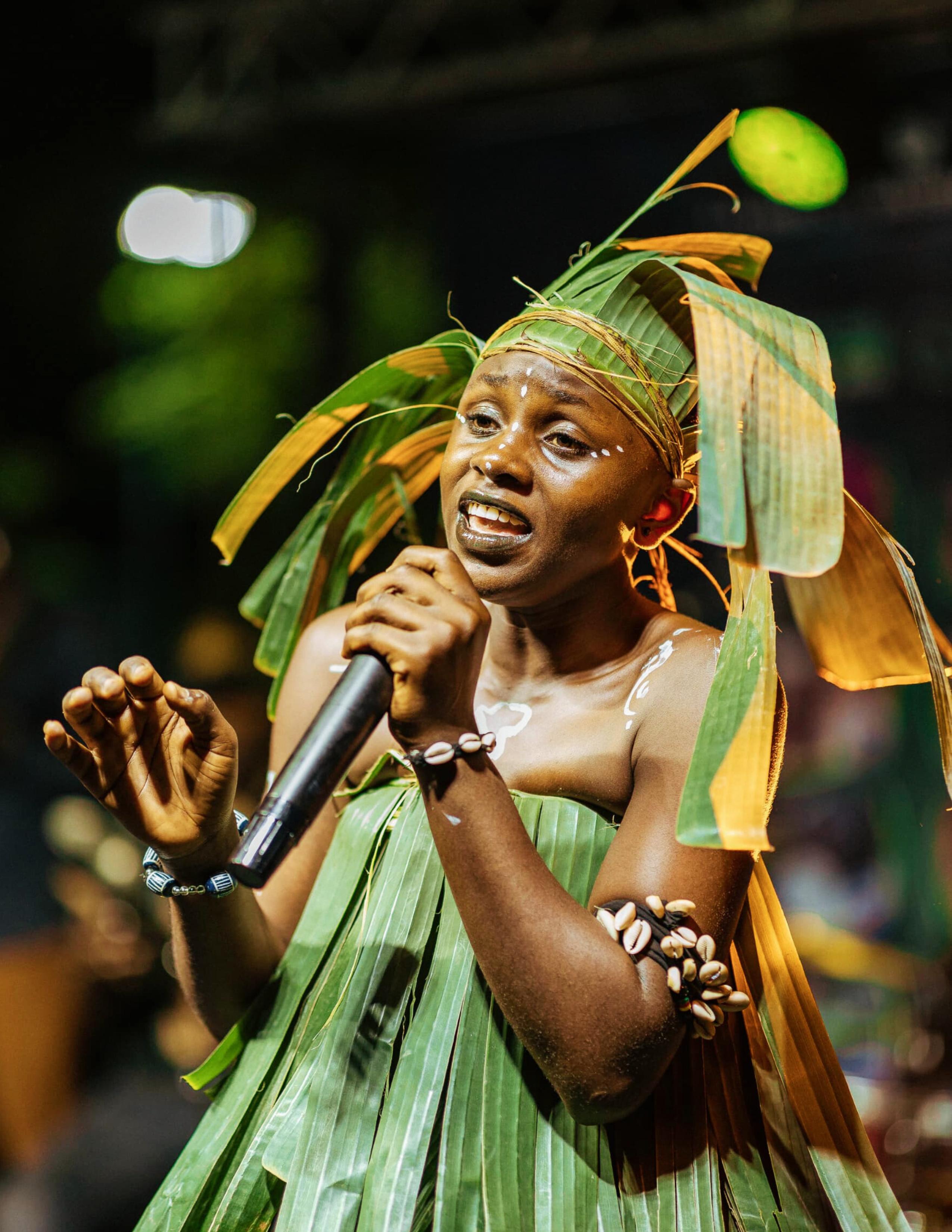

‘GLOBAL GOOD’ EXCLUSIVE COLUMN BY TANITH
HARDING
Jato Sonita, also known as ‘The Forest Girl’ is a super talented 16 year old singer and Climate Activist in Cameroon that hails from Donga Mantung Division in the North West Region. She is the leader of The Forest Children Band. The band is an environmental and cultural group of young talented children that sought refuge in the forest, due to sociopolitical crises, and started singing, dancing and storytelling as a way of relieving themselves from the trauma that led them there and also to make their voices heard.
TANITH: Jato, you are an incredible artist sharing an important message and The Forest Children - NDORO (which means "Celebrate" in the Mankon Vernacular) has received over 70k views on YouTube in just six months. How does it feel as an artist to see your work gain such momentum?
JATO: NDORO means celebrate. It was a song we, because some months back, the Fon of Mankon was missing (when the Fon passes away, we say he's missing). So at that point, the people of our community felt like there was no hope. They felt like everything had come to an end. Then we had a new Fon, and this was a song to tell everyone that, despite the fact that the old Fon was one of the best things that ever happened to Mankon, the new Fon is there to continue what he had started, and we should celebrate him. That is why we did the song, for the people of Mankon,

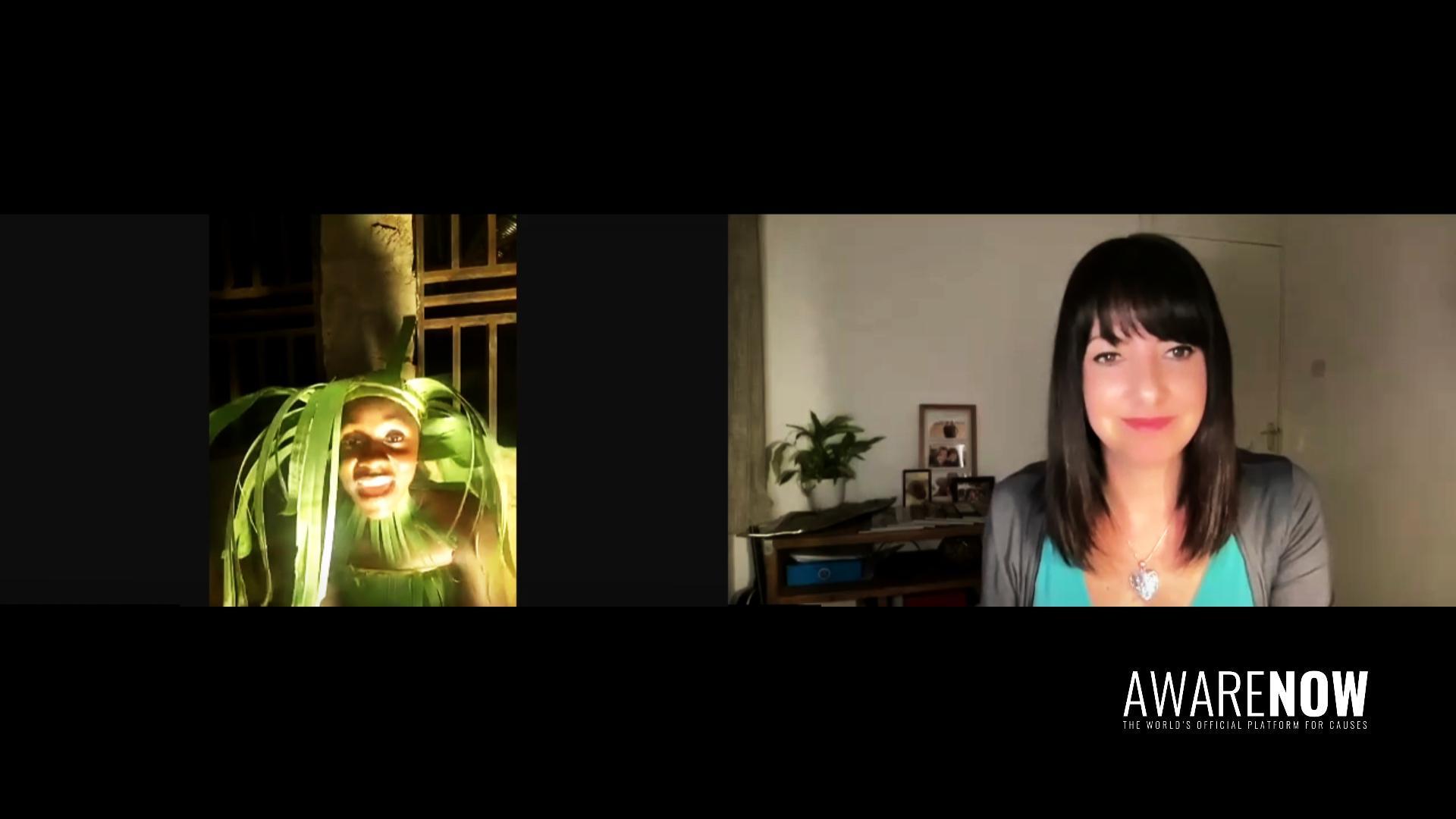
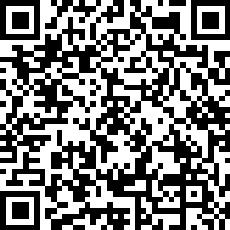
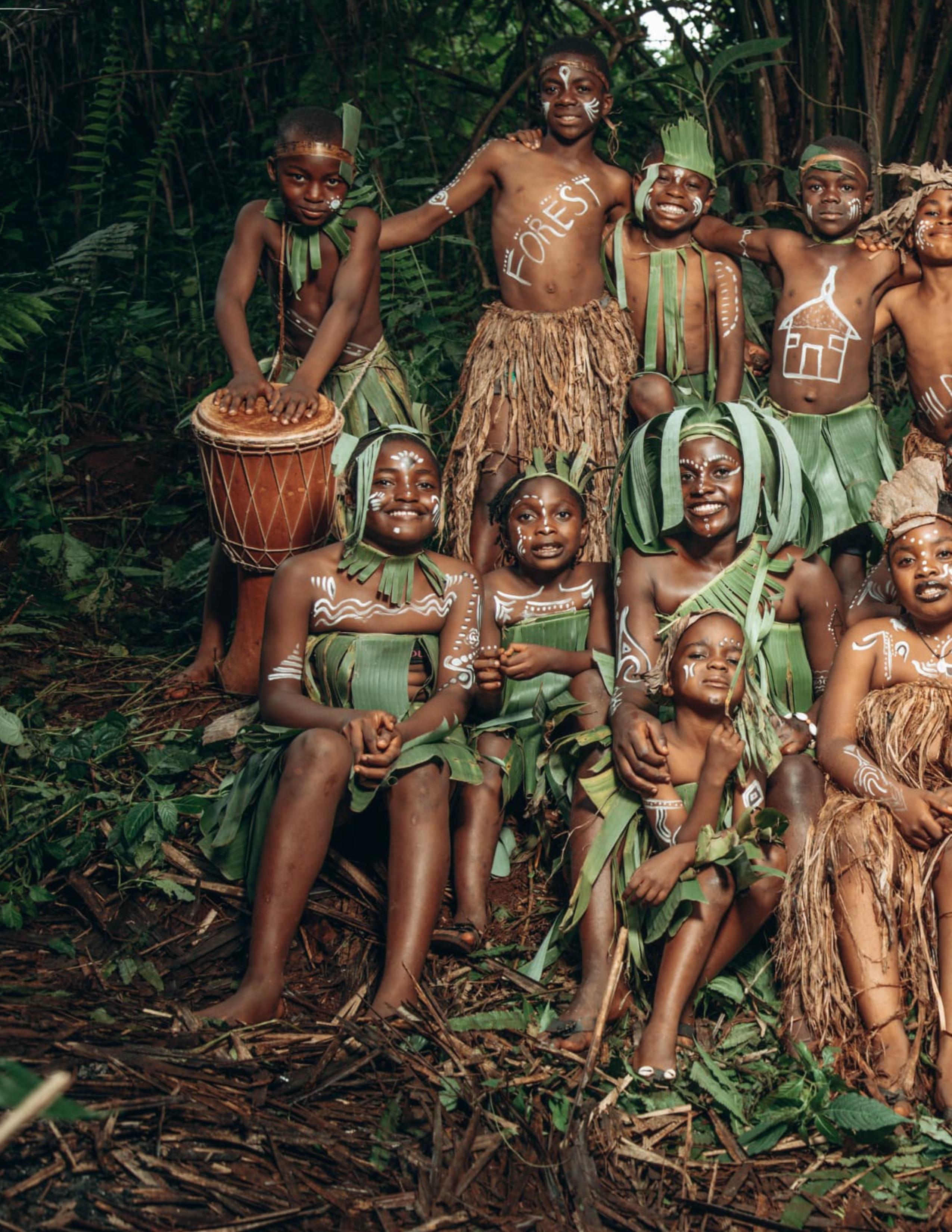

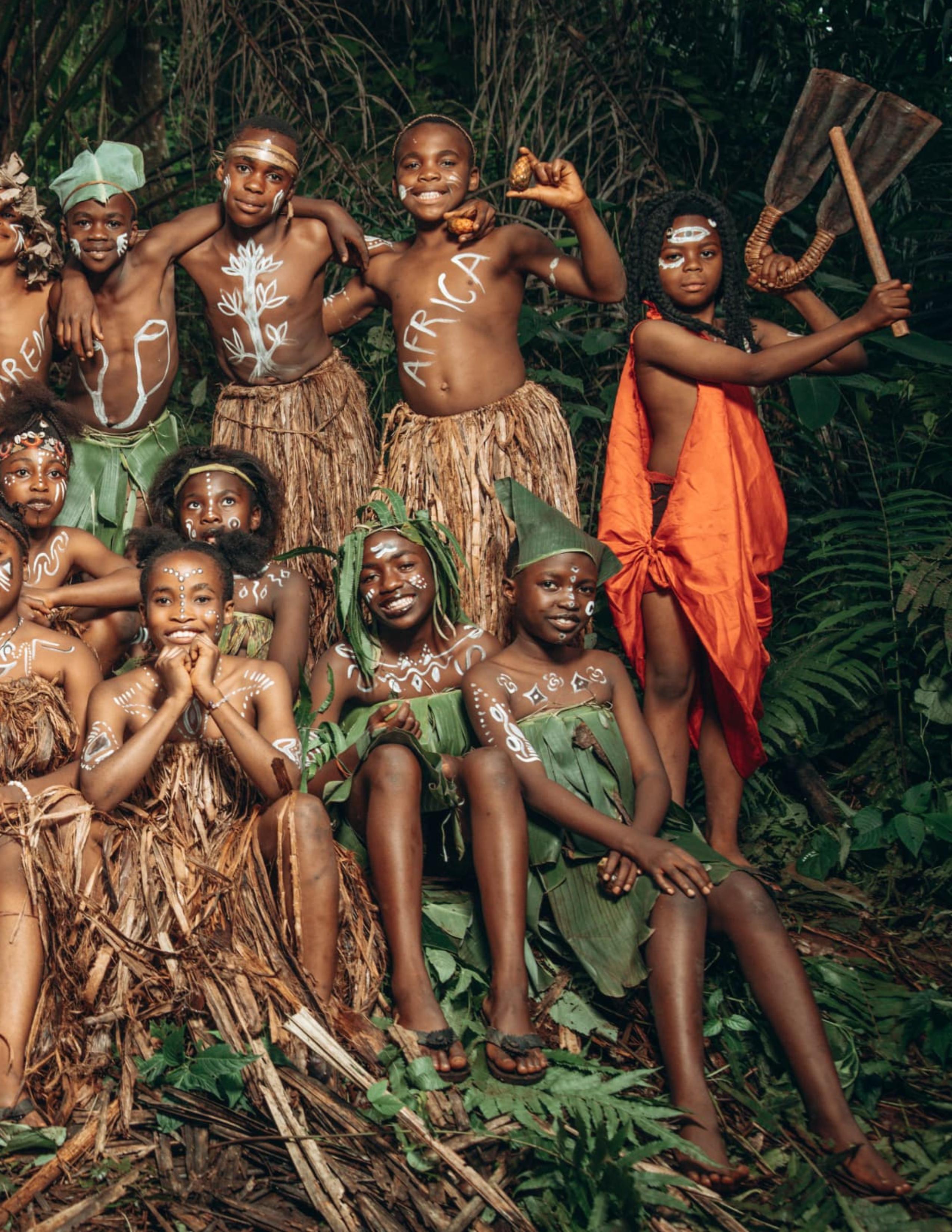

“I never expected what I was doing in the forest to go that far, to the level where I get recognition internationally and even in my home country.”
JATO: (continued) to celebrate their culture, and also the birth of a new king. It also gave me a very beautiful feeling when I understood that my community appreciates what we do and considers us to be valuable to them. I want to have more opportunities to bring out our cultures and pitch them to the world and make our cultures heard worldwide.
TANITH: As mentioned, you became known as ‘The Forest Girl’ after seeking refuge in the forest due to socio-political crises that led to the disruption and destruction of schools and other properties. Tell us more about that journey?
JATO: The Forest Children are a group of children who came together as a result of the social political crisis in the north west and south west regions of Cameroon, which has been ongoing for some years now, beginning 2016 and got intense in 2019 where there was massive killing and destruction of properties. There was loss of lives, destruction and separation of families.
During that period, we felt like the only place we could seek refuge in was the forest. We ran into the forest and met all the people from other communities who were also seeking refuge in that same forest. During our stay there, we had to indulge in some activities like drama, comedy, music, dancing and other things that could keep us entertained, and make us forget about our sorrows. To forget about the family members we've lost, the properties our parents had lost, and the amount of heartbroken stories of families that were separated. After that, we decided to start doing some songs, and all of a sudden we had this coach who always came and played the guitar for us, encouraged us to be strong, and sometimes he posted our videos online. We had a very beautiful reaction from the press, and from there. We felt like we could use that influence that our community has given us, or the voice that the media has given us, to preach the values of our cultures and also to tell our stories of how we originated from the forest and the values of that forest that saved our lives. The forest provided us with food, shelter and a home at the point where we knew that we couldn't survive. And so to date, we the Forest Children have decided that we will represent the forest wherever we go and wherever we stand. That is why we always dress in the attire you see us in, which are leaves, because we are products of the forest.
TANITH: You featured on the 2022 African Theme Song that included international artists from South Africa, Zimbabwe, Ghana, Tanzania and Kenya and your work has caught the attention of international artists like Beyonce, Fally Ipupa and 2Face Idibia. How does that feel?
JATO: I felt really, really happy when I got the call saying I was going to feature on an international song with other artists from different countries, because I never expected what I was doing in the forest to go that far, to the level where I get recognition internationally and even in my home country. To me, it was a very big privilege. It was like a dream come true and I really appreciate the efforts of my community, my family, friends, followers, management and fans on the way they promote myself and the forest children in everything we do. They encourage us to keep doing what we do, and if not for their support, I don't know if it would have been possible for us to make it to the level in which we are today. So, I am grateful and I pray that more opportunities come in the future.
TANITH: Besides music you are an excellent public speaker, actress and dancer, highly involved in community and humanitarian activities especially related to environmental protection and the fight against climate change. What can you tell us about your work in this area?
JATO: We’ve been invited to schools, hospitals and public events to talk about the forest and our experience there. We've also taken part in the Munich Security Conference, where we also talked about the experience and how to survive in conflict zones. We were invited for the Peace Con, where we provided a talk about the protection of and the problems of the forest. We’ve taken part in the Congo Basin conclave with the US Embassy, where we were invited in Congo Kinshasa to talk about the possible ways in which we could fight climate change and protect our Congo Basin. Since then, I've had some organizations that have been popping up to ask for collaborations on how to protect our forests and sensitize the public about the importance of this. We've also organized some climate change and climate misinformation contests, where people were invited to talk about the importance of the forest and how climate misinformation has impacted our society. We are seeking possibilities where we can plant 100 trees in each of the 10 regions of Cameroon in the nearest future, if we have financial means or the resources to help us with those projects.
TANITH: You have won multiple awards for the incredible work that you are doing, including a Global Youth Award for Environmental Leadership last November where we also played one of your songs. How does receiving international recognition in this way motivate you?
JATO: I feel very happy knowing that I am recognized and have a say in what happens in our present society, and that I'm being given the chance to express myself, using my art to talk about my cultural values and also preach about the importance of the forest and my environment. And I really wish that more opportunities come in future, and maybe this year, if God permits, I'll be able to perform live during the Global Youth Awards ceremony? Last year I wasn't able to make it for the ceremony and I wish to have the opportunity to be able to come and tell my story to everyone who has ever watched me and looked up to me. I want to let them know my difficulties and how I got through them. I want to tell them to light their fires, as I always tell myself, and keep it burning. I pray that opportunities like this keep coming up, so that we, The Forest Children will have the chance to talk about the forest, its values and how to protect it.
TANITH: You’ve released 4 official singles, “Light Your Fire”, “ Warawa” , “Suffer Pikin” and “Ndoro” and your first album titled “Forest Mystery” is scheduled to be released by the end of 2025, what other plans do you have for the future?
JATO: The Forest Mystery, which is my first album, is to be released before the end of 2025 because 21st of this month is the International Day of Forest, and we The Forest Children have listed a few activities which we'll be wanting to do on that day. For example, we will be visiting a school in Bamenda and donating 50 fruit trees, since the theme of this year is forest and food, so that it can provide fruits and food in the future for the for the students and the community. We also have a celebration here in the forest where we'll be inviting all the people in our community and all of our children will gather around. We're going to have a giant celebration and we're also going to be releasing a song titled Plant a Tree, which is one of my first official songs in my career as an environmentalist. We are also organizing a competition where people come and give us their impressions about the forest and how it could be protected. This competition will have prizes from the first to the third who will be giving the first prize the sum of 100,000, 2nd the sum of 50,000 and 3rd sum of 30,000. This competition is aimed at sensitizing our community and people worldwide about the importance of forests and how we can conserve them. ∎

Watch the official video for ‘PLANT A TREE (SAVE THE WORLD)’: https://awarenow.us/song/plant-a-tree
Find & follow Jato on Instagram: @jatosonita_the_forest_girl
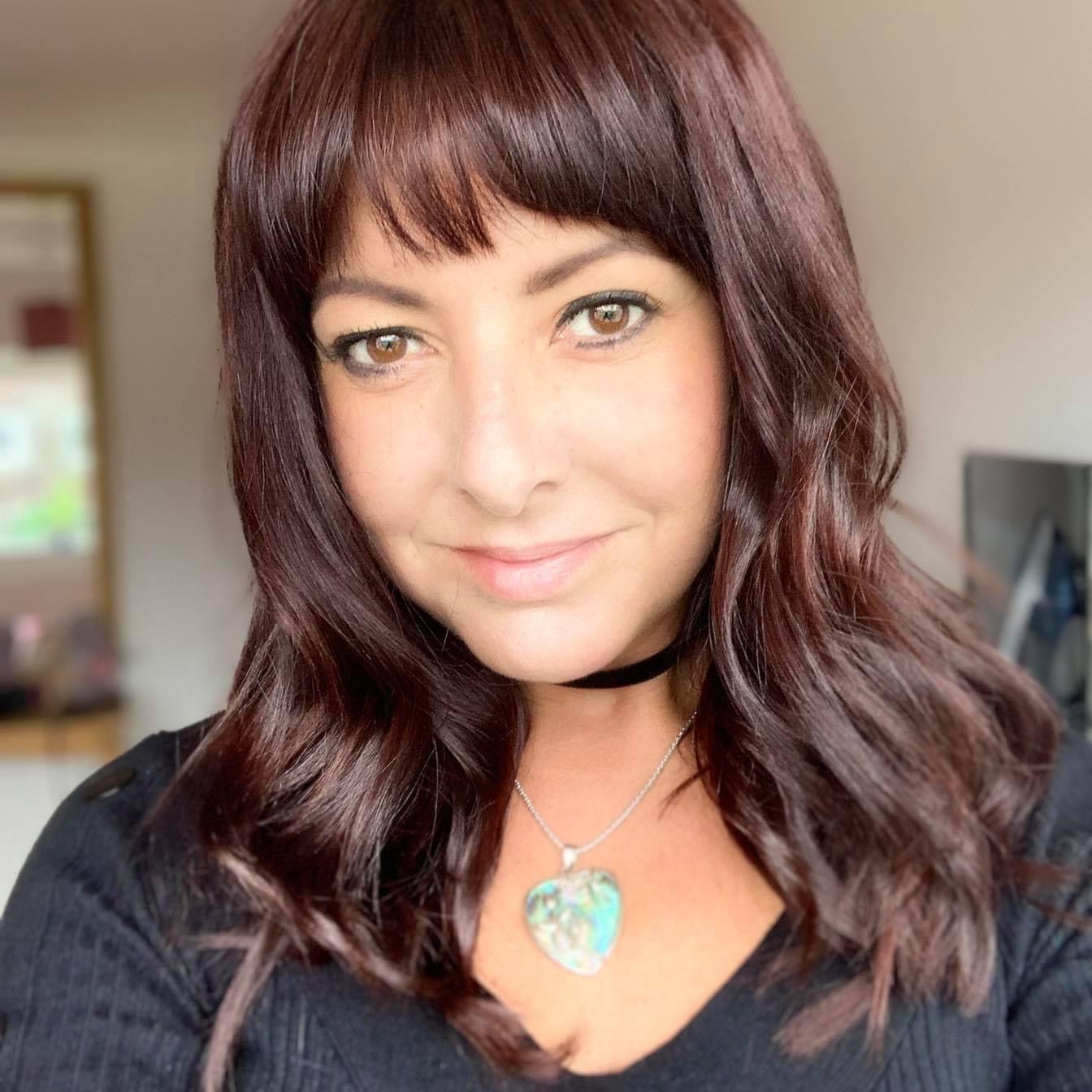
Director of International Development, The Legacy Project, RoundTable Global www.awarenessties.us/tanith-harding
Tanith is leading change management through commitment to the RoundTable Global Four Global Goals of: Educational Reform, Environmental Rejuvenation, Empowerment for All & Creativity. She delivers innovative and transformational leadership and development programmes in over 30 different countries and is also lead on the international development of philanthropic programmes and projects. This includes working with a growing team of extraordinary Global Change Ambassadors and putting together the Global Youth Awards which celebrate the amazing things our young people are doing to change the world.

LINDSEY MAZZA LAWYER, SPEAKER, DISABILITY


Born with Holt-Oram Syndrome, Lindsey Mazza learned early on that the world wasn’t designed with her in mind—but that never stopped her from shaping her own path. From fighting for accommodations in school to building a successful multi-city law firm, she turned obstacles into opportunities, proving that resilience is more than just survival—it’s a strategy for change. Now, as a lawyer, leadership wellness expert, and disability advocate, Lindsey is on a mission to rede fine inclusion, ensuring that future generations don’t just overcome barriers, but never have to face them in the first place.
ALLIÉ: Growing up with Holt-Oram Syndrome, you had to figure out how to do things differently—whether in the classroom, on the field, or in everyday life. Can you share a moment from your childhood when you realized that the world wasn’t designed for you—and how you found the strength to navigate it on your terms?
LINDSEY: Obviously, the world is not built for me, but I think from a small age, the thing that really hammered home
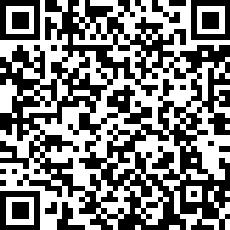
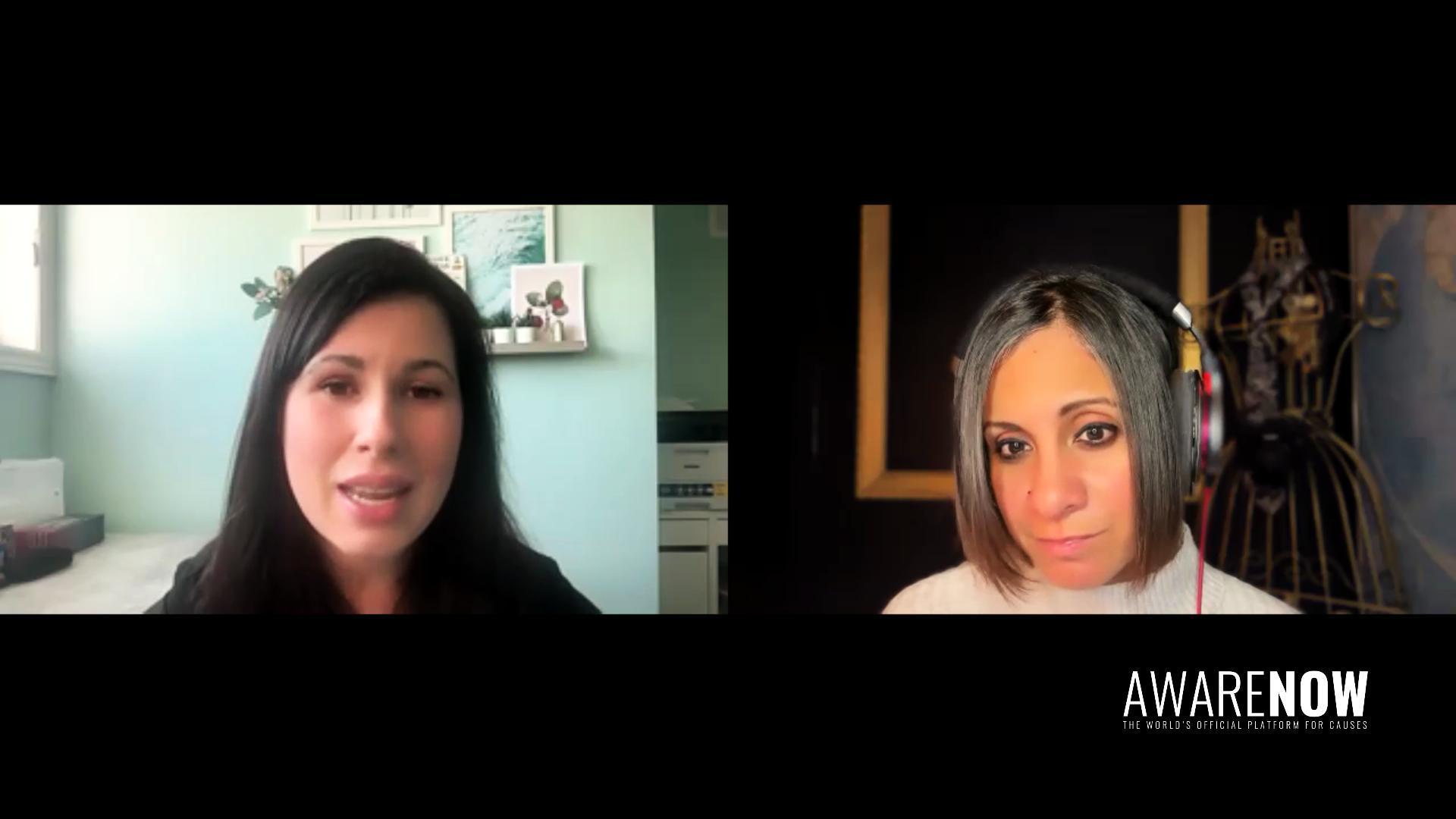



LINDSEY MAZZA LAWYER, SPEAKER, DISABILITY
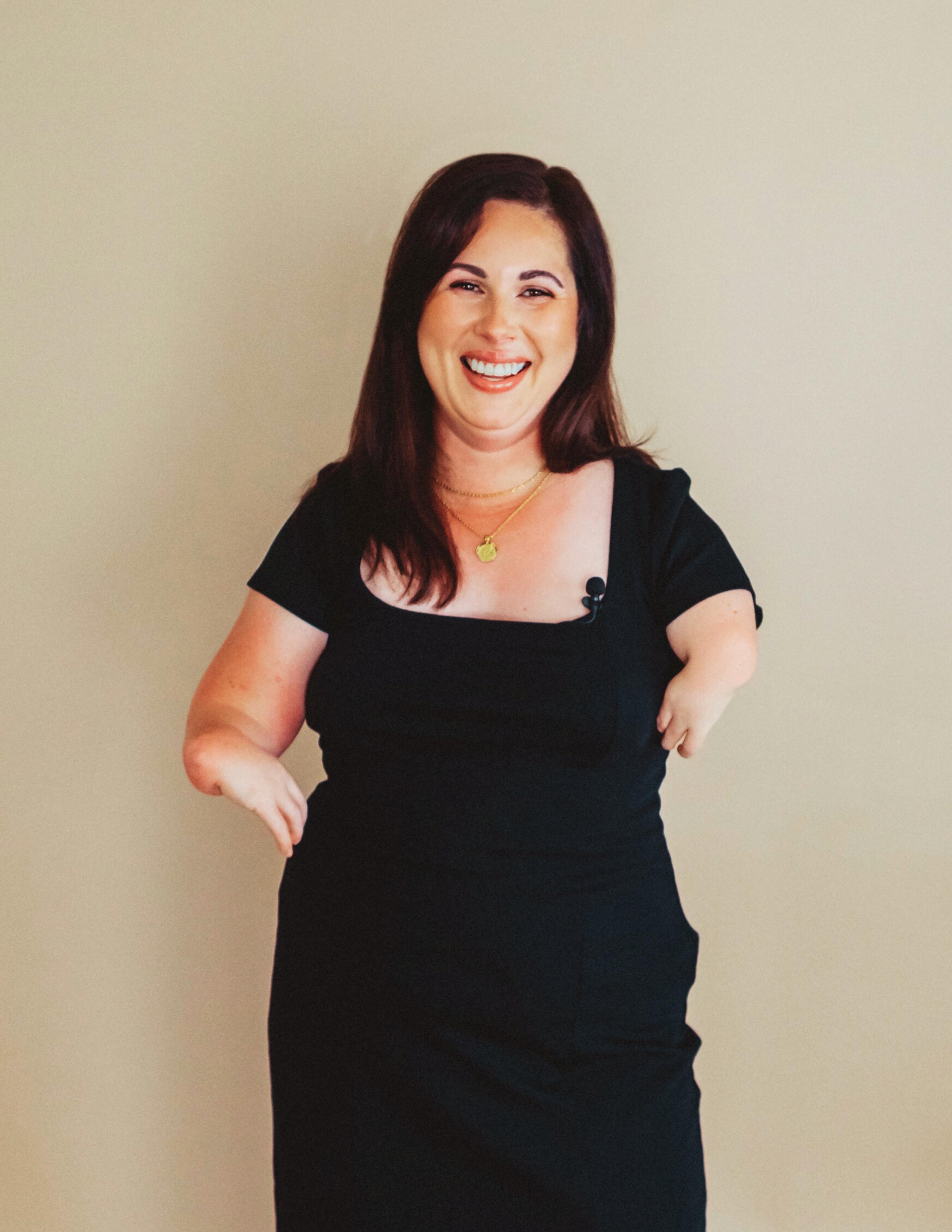

“What that moment exemplified—for me and for my classmates—was that I didn’t matter.”
LINDSEY: (continued) Some of my most traumatic events were with teachers at school from a very young age. One particular incident I will always remember—it was the first time I truly understood that outside the safety of my family and my home, it was kind of… me against the world.
I was six years old and in Grade One. Every year, my mom and dad would go to the school to make sure all of my accommodations were in place. This year was no different. A few weeks into Grade One, one of my accommodations —part of my IEP—was a buddy system, which meant that whenever I went to the washroom, I was allowed to bring a friend with me just in case I needed help. One day, I asked my teacher if I could go to the washroom. She said, “Sure, you can go—but you're not allowed to bring your friend.” I remember saying, “But Miss, Mom and Dad said that I’m allowed.” Despite my pleading, she said no.
I remember sitting on the bathroom floor at six years old thinking, How am I going to figure this out? I was all alone, and nobody came to look for me. In the end, I figured it out. But it was in that moment that I realized most adults actually weren’t safe for me.
As an adult now, it's unfathomable to me that a teacher did that to a six-year-old. It makes me angry just thinking about it. But I had enough insight, even at that young age, to go home and tell my parents because I knew what had happened was wrong. The next morning, they marched into the school—together—and had a meeting with the principal. The teacher was scolded. But that didn’t matter. I still had to sit in her classroom for the rest of the year, knowing I wasn’t safe with her.
ALLIÉ: And to feel unsafe at that young age… I just can't imagine.
LINDSEY: You can imagine how my parents felt. I’ll never forget my dad pacing the floor and my mom plotting all these things she wished she could do to that woman. And I share those memories with them now because I can’t imagine—I cannot imagine—how they must have felt. I also can’t understand the level of… I mean, really, evil—for an adult to do that to a six-year-old child. And she got away with it. She got a slap on the wrist. That’s it. What that moment exemplified—for me and for my classmates—was that I didn’t matter.
ALLIÉ: The legal industry has long been known for its rigid structures and inaccessibility. What were some of the biggest obstacles you faced in your journey to becoming a lawyer? Was there ever a moment when you felt like giving up—and what pushed you to keep going?
LINDSEY: I think I chose law because I thought I’d naturally been an advocate my whole life. I was making a case for myself at the age of six—so why not go into an industry where I could direct my natural advocacy skills? I thought it would be an easier path for me because, but of course I faced discrimination. People wouldn’t hire me for jobs. However, I also chose law because I knew it was a profession where I didn’t necessarily need to rely on anyone to hire me. I knew I could carve out my own place.


LINDSEY MAZZA
SPEAKER, DISABILITY


LINDSEY: (continued) I thought, “Why not go into a career field that is built on equality and advocacy for justice?” But it turns out, it’s not. It’s a fallacy. I was denied accommodations to even write my law school entrance exams. I had to appeal just to apply to law school. And then, when I went to law school, they had an accommodation center for exam writing—but even that lacked proper accessibility. And the profession itself? It’s not accessible at all. The courthouses I practiced in were not accessible. So, I just figured out my own accommodations along the way. I would pay people to come with me to the courthouse.
Was there ever a thought in my mind that I would give up? No. Because I just never have. But I can tell you that I lived a large portion of my life frustrated and angry—because I would ask people for accommodations. And my disability is visible. So, my need for assistance is also—at least I would think—quite obvious. And yet, I was constantly told no.
ALLIÉ: You often speak about the importance of representation and why it matters for kids growing up with limb differences. What do you wish you could tell your younger self about the power of visibility? And how do you hope your story changes the narrative for others?
LINDSEY: As a child, I wanted my differences to be acknowledged in a way that didn’t ostracize me—if that makes sense. But they weren’t. So it was either: we don’t really care, or we’re going to single you out.
Looking back, I would say that part of my experience created this pattern where I actually stopped talking about my disability altogether. I built this wall around myself. And even though it’s visible, I think now—having had time to reflect through these interviews and conversations—I really understand that yes, it was a form of self-protection. But it was also a learned behavior. Because it didn’t matter how much I talked about it—people still weren’t helping me or meeting my needs in the way that I needed them to.
So, the message I would give little Lindsay is: “Keep talking about it. Keep being loud about it.” Something I like to say is, children are not innately mean—they’re innately curious. And in school, yes, I experienced bullying. But honestly, it was the adults who failed me—not the children. And I think parents really need to understand that.
Parents need to make sure they fully understand and give their children the language to deal with situations as they arise. Because my teachers… I’m telling you. And listen, I had some good teachers—but overall, my school experience was not good. My experience with doctors was not good either.
The thing I tell parents now is: “Make sure you are sheltering your child from those conversations where adults are telling you all the things your child cannot do.” Because I can tell you—the day I was born, doctors didn’t think I would do anything. And I ran laps around people without disabilities in my legal profession. Thankfully, I had parents who had enough understanding and foresight to not listen to that. But there are so many parents who don’t have that experience, and they think what teachers, doctors, and professionals say will dictate their child’s future. Please—don’t listen to them. And don’t let your children hear those things either.
ALLIÉ: Many organizations view accessibility as a box to check rather than a mindset to embrace. In your work advocating for real inclusion, what do you believe are the biggest misconceptions about accessibility? What does true leadership in this space look like?
LINDSEY: I think the biggest misconception is that companies believe if they follow government recommendations, they’re making their space accessible—because they’re compliant. But the truth is, as someone who has attended many courthouses that are government-funded and fall under the government legislation umbrella, they are not accessible. So, the government gets it wrong.
“I think the best leaders—the ones who demonstrate true leadership—are the people who understand that they don’t get it right all the time, but they’re open to having the conversations.”
LINDSEY: (continued) I don’t think I’ve ever seen a single government form—whether it’s for disability funding or accessibility within buildings—that gets it right. And that’s not to take away from the effort, because of course, we’ve made a lot of progress. But what I’ve found is that funding is a real hurdle for companies, because obviously, making spaces accessible is expensive. But what I like to say to people is this: accessibility due to disability or illness is a bucket that every single person will or can fall into at some point in their lifetime. Just because it’s not affecting you now doesn’t mean it never will. We have an aging population, and you could get hit by a car tomorrow and need an accessible workspace. The fact that we pay the least amount of attention to this means we’re going to be in a really tough situation as the population ages—because accessibility won’t just be a nice-to-have; it will be a requirement.
I went to a conference, and it was not accessible at all. It was only their second or third one, so I gave them grace. I approached a couple of the founders, and in the moment, I could feel them get really offended. So I said to myself, “Okay, they’ve put a lot of work into this—I’m just going to take a beat.”
They promised they’d get in touch with me. They didn’t. So, a month later, I followed up—and got radio silence from all of them. And this is a supposed women’s leadership and empowerment group. That’s when I got angry, because it felt so inauthentic. Don’t say you care about people if you don’t care about all people. We all make mistakes—I make mistakes. But let’s be open to having the conversation. Because when you shut off the ability to have a conversation, you make yourself stagnant.
I think the best leaders—the ones who demonstrate true leadership—are the people who understand that they don’t get it right all the time, but they’re open to having the conversations. They’re open to evolving. They check their ego at the door. Because the number of people I’ve raised accessibility issues with—whose immediate response is as if I’ve offended them—is shocking to me. This isn’t about you. Me telling you something isn’t accessible isn’t an attack—it’s constructive feedback.
In today’s world, when it comes to gender or racial issues, if someone used openly offensive language, there would be an immediate reaction—and there would be consequences. But when it comes to the disability community, offensive language and behavior still seem to be acceptable. It’s the one group of people where discrimination is still tolerated— and it continues to be that way.
ALLIÉ: After losing your father—a judge and a quality advocate—you shifted your focus toward helping others break barriers. So this last question for you is: how did that loss reshape your mission? And now, what does resilient leadership mean to you today?
Exclusive Interview with Lindsey Mazza https://awarenow.us/podcast/the-case-for-inclusion
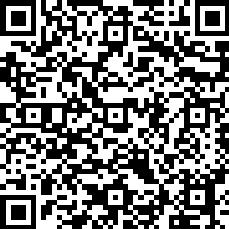


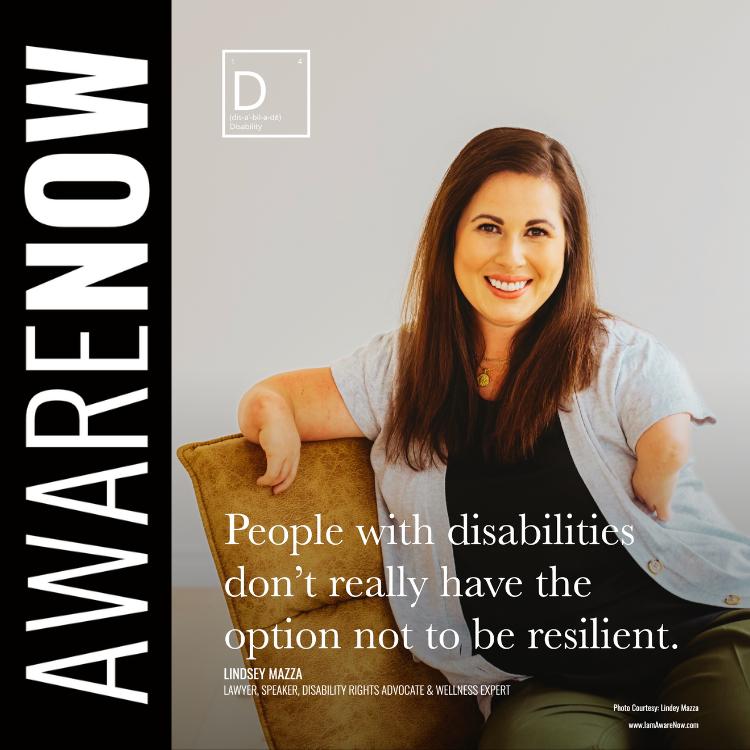
LINDSEY: Yeah, so my dad also had Holt-Oram Syndrome. He had a visible disability, and he was a baby boomer— born in 1946. His story was one of, you know… when he was born, the hospital took him from his parents, hid him for three days, and wanted to put him in an institution. That’s how his life began.
His parents—first-generation Canadians whose parents were Italian immigrants—didn’t have much money, but they said, “Absolutely not. Our son is going to do whatever his siblings do, and we will make sure he has all the same opportunities.” The Catholic school didn’t want him to attend, and the Catholic church didn’t want him coming to mass. It was barrier after barrier, but he had these really progressive parents. He went on to become a lawyer, and then a judge. He broke barriers throughout his entire life. He was my teammate.
Like I mentioned earlier, I stopped talking about having a disability, but my dad was always open and got the accommodations he needed. When he passed away, and I heard people reflect on the impact he had made in their lives at his funeral, it was a pivotal moment for me. I realized that, while I had been advocating for others, I wasn’t showing up authentically as myself—because I was still hiding a huge part of who I was.
When I went back to work—I was a family law lawyer—arguing over used dining room furniture just didn’t seem important to me anymore. It was like my whole life had shifted. I realized I needed to turn my advocacy into something different—something with purpose. And in order to do that, I had to really show up with all parts of me. By sharing my story, I could help others.
ALLIÉ: So beautiful. Lindsey. Thank you so much for sharing all of that. I love how this calling—this advocacy work— really created a shift for you. It gave you a new perspective, a deeper purpose, and more confidence in your path. And hey, while used living room furniture is important in some circles, you just found other circles that were more important to you.
LINDSEY: And with regard to resilience, I think people with disabilities don’t really have the option not to be resilient. We use this word ‘resilient’ all the time, but for us, it’s not optional. You either shut yourself away, or you keep showing up. A lot of people think resilience means big, grand gestures or life-changing events. But I think resilience is really about consistently showing up—for you—so you can show up the way you need to in order to help make the world a better place. ∎
Find & follow Lindsey on Instagram: @thelindseymazza
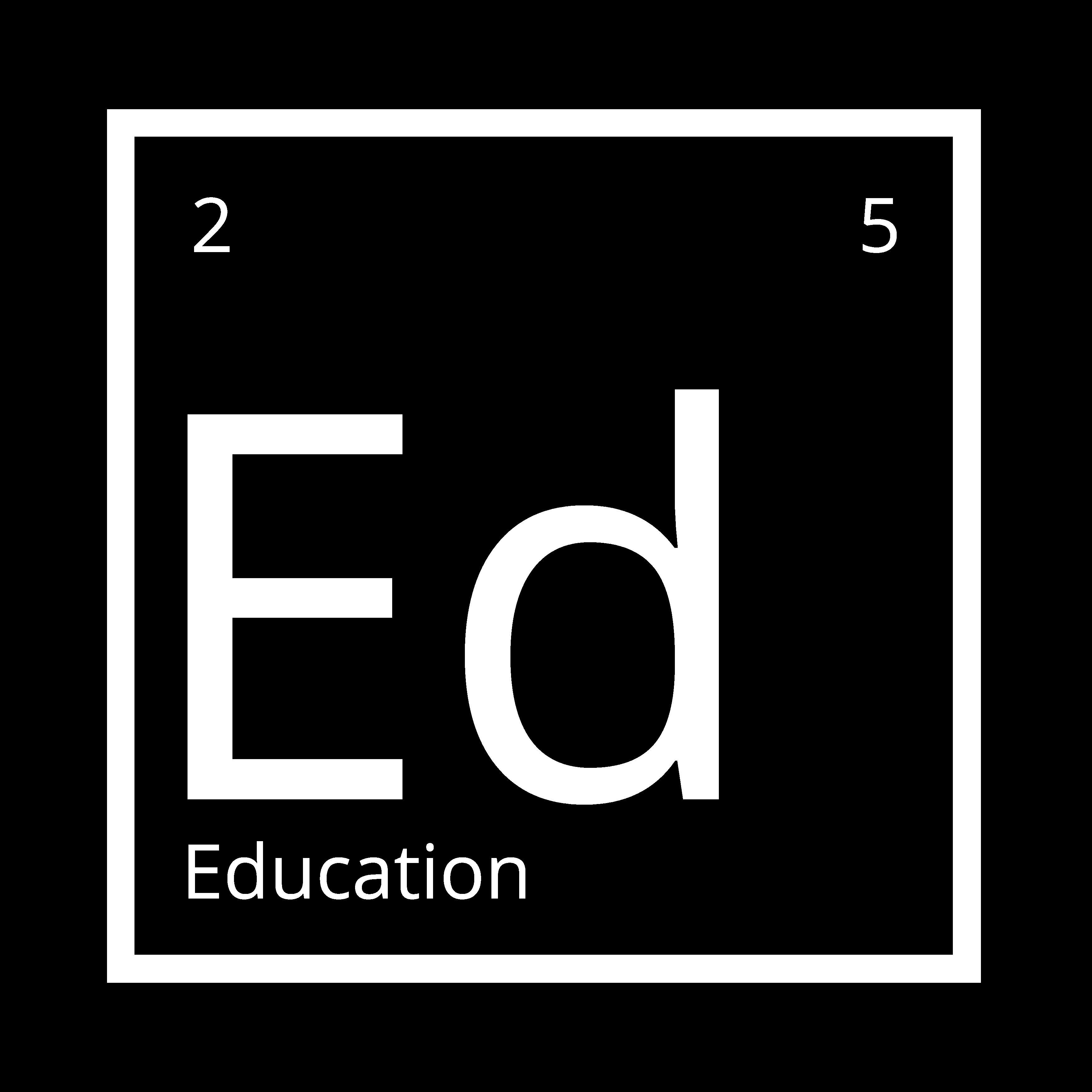

Success was not just about personal achievements…
WALTER BOGGAN FOUNDER OF 5TH & LEMON AND SPORTS INDUSTRY ACADEMY
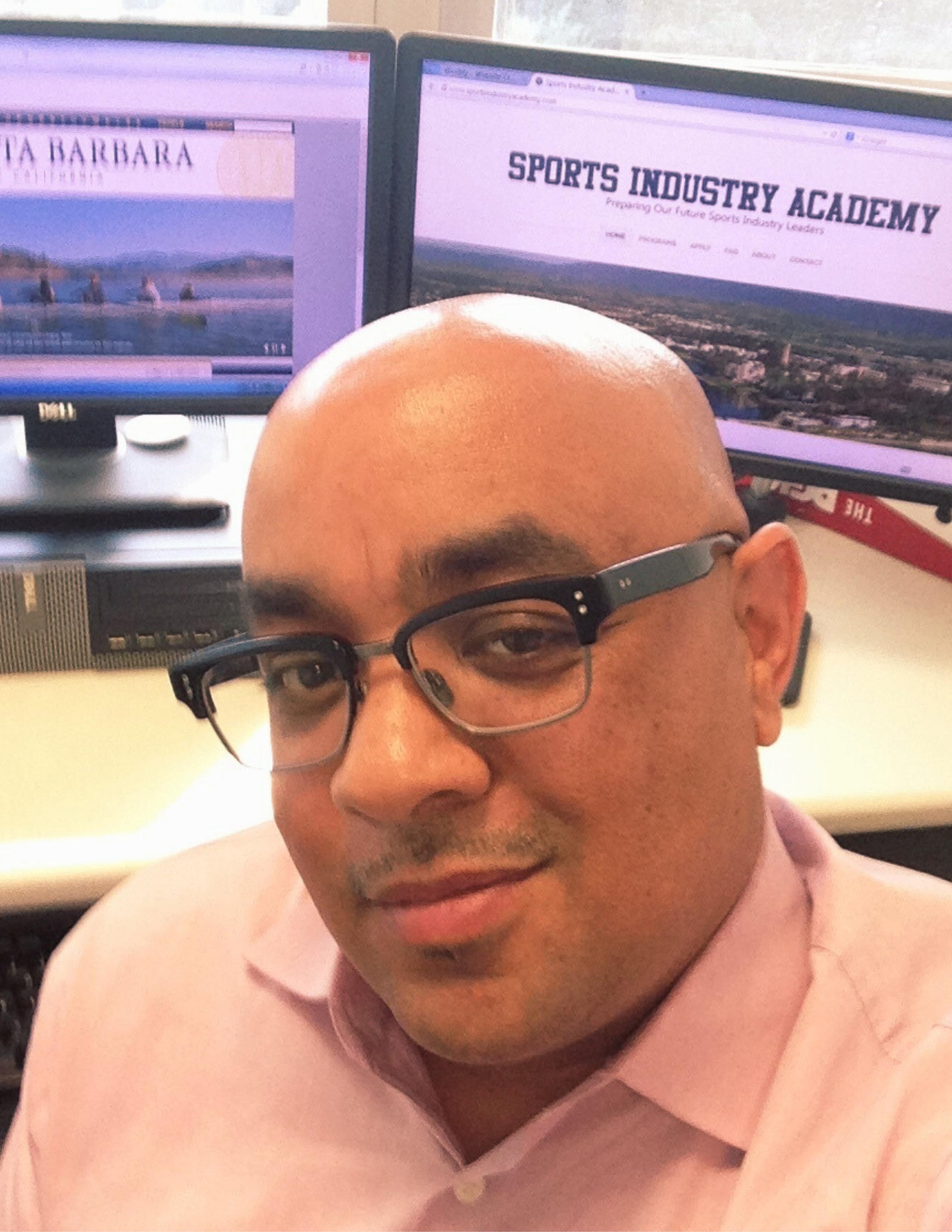

‘PEQ
Walter Boggan’s story is one of resilience and determination. His father from Alabama and mother who immigrated from Mexico, Walter’s upbringing was deeply influenced by his parents’ strength and hard work. They were nothing short of being trailblazers. Walter was also influenced by his great aunt, Virginia Moreland, who lived with his family. She played a crucial role in raising him and supporting his parents, creating a solid foundation for Walter throughout his childhood.
Growing up, Walter witnessed his father worked tirelessly, while his mother, initially a stay-at-home mom, pursued her high school diploma and later became an educator. He said, “Watching my mother's determination to learn English and advance academically, and my father's commitment to his job taught me that hard work, perseverance, and belief are required to build your dreams.”
Walter’s educational journey was transformative. His passion for baseball and academics drove him to excel in both areas. He pushed himself to achieve excellence, and through those experiences he developed a strong sense of purpose. As the first in his family to earn a college degree and a master's degree without a blueprint to follow, he learned that “success was not just about personal achievements but about lifting others and helping them reach their full potential.”
When Walter started his college experience at UC Santa Barbara, he met two key individuals that would help shape his future. The first was another freshman student, Elroy Pinks who would eventually be known as a visionary executive director of the Office of Black Student Development. When they were students, Walter recalls a pivotal moment in a calculus class where he felt overwhelmed and out of place. Elroy, a stranger at the time, put his arm around Walter and offered words of encouragement. “He unarmed me with his smile,” Walter remembers, “and helped me realized that I belonged and could succeed.” This act of kindness and empathy at the age of 18 left a lasting impact on Walter where they became close friends for decades. Elroy’s passing in July 2024 sealed Walter’s commitment in a philosophy they shared – access to education for everyone.
The second influential figure was Dr. Harry Edwards, a renowned sociologist who focuses on the sociology of sports. Walter was inspired by Dr. Edwards' work on the dangers of a single-minded pursuit of becoming a professional athlete, particularly in the black community. This insight resonated with Walter and became a foundational element of the Sports Industry Academy's mission to provide broader opportunities and counter the narrow focus on professional sports careers.
Baseball has been a central part of Walter's life from a young age. Growing up in a family with a deep love for the sport, Walter played baseball from the age of eight. He played Little League, Babe Ruth League, and four years of varsity baseball. His family's passion for the game, particularly their support for the LA Dodgers, influenced his own love for baseball. “Our entire black community in Vallejo, CA was passionate about baseball. On weekends, everyone knew they would see each other at the local games – players, coaches, families, neighbors – everyone.”
…my father’s commitment to his job taught me that hard work, perseverance, and belief are required to build your dreams.
WALTER BOGGAN FOUNDER OF 5TH & LEMON AND SPORTS INDUSTRY ACADEMY
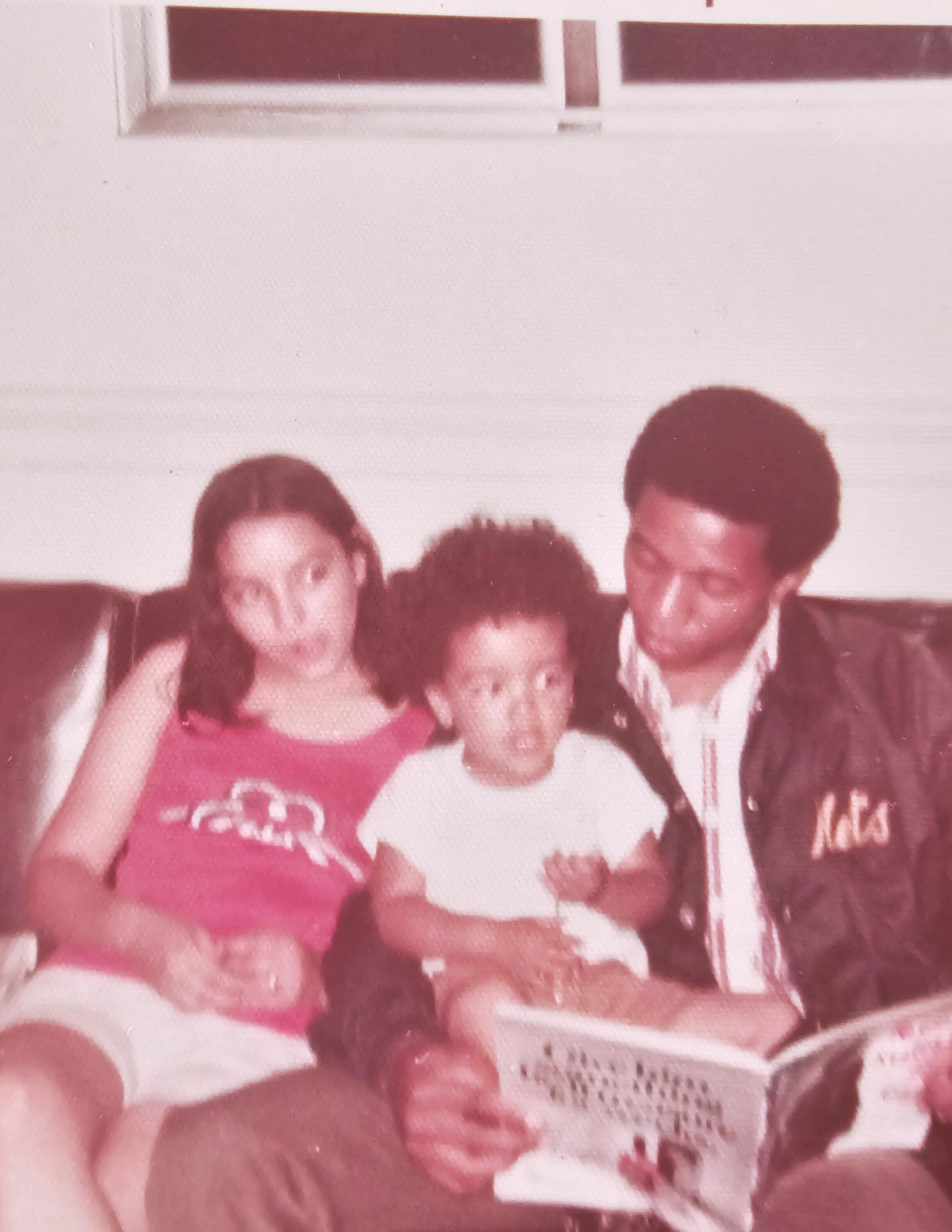

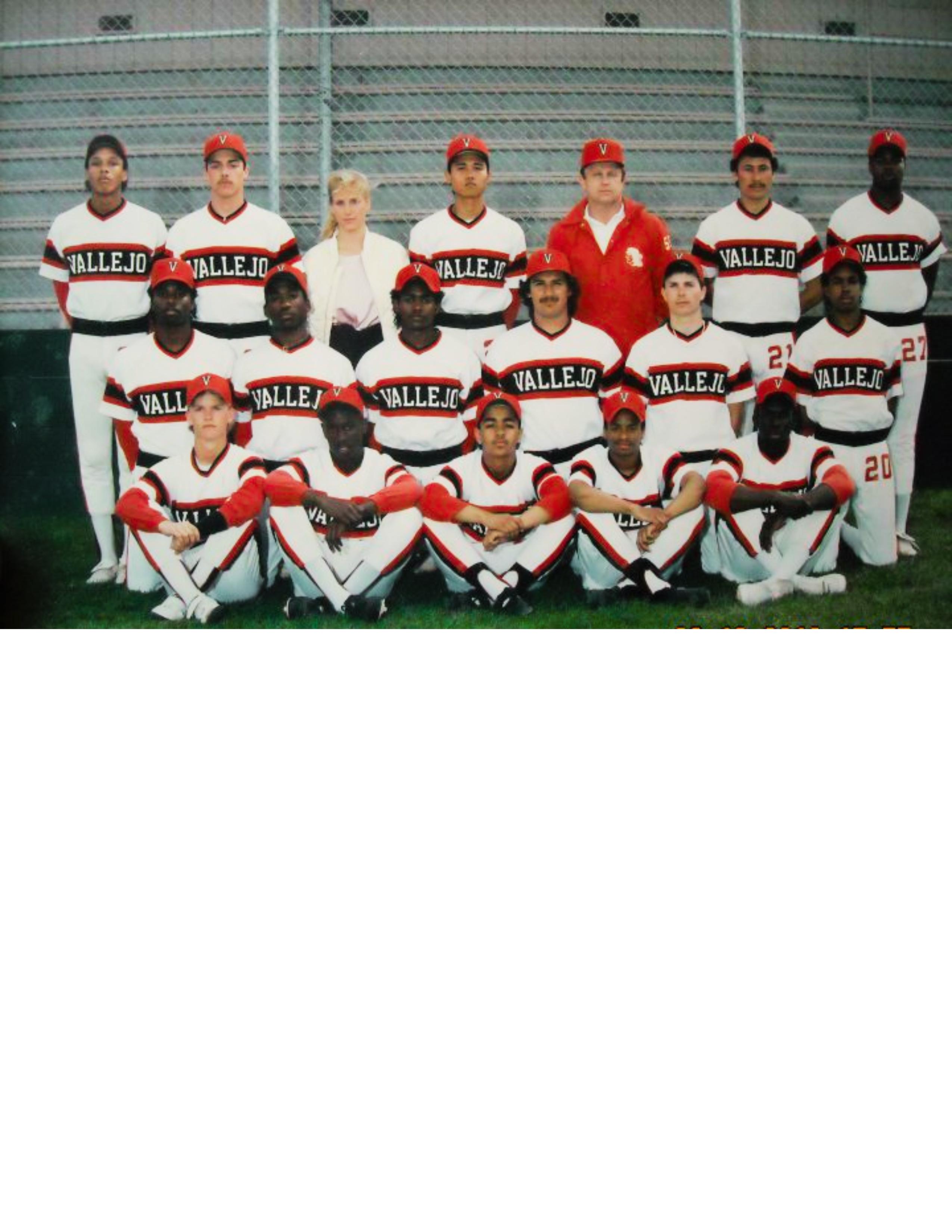
Written and Narrated by Sonja Montiel https://awarenow.us/podcast/awakening-strength

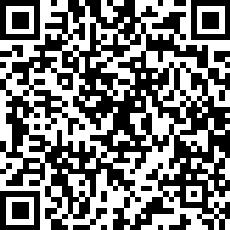
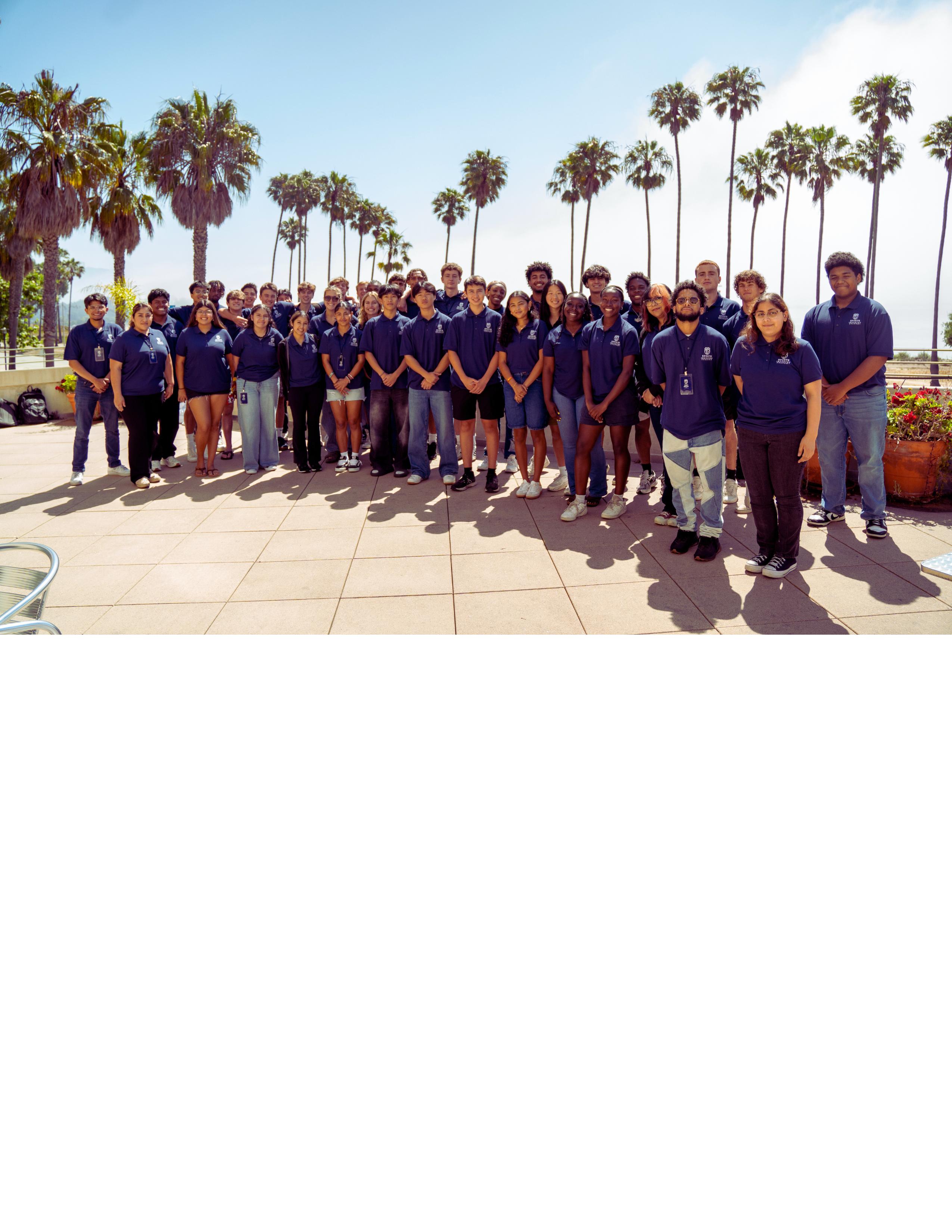
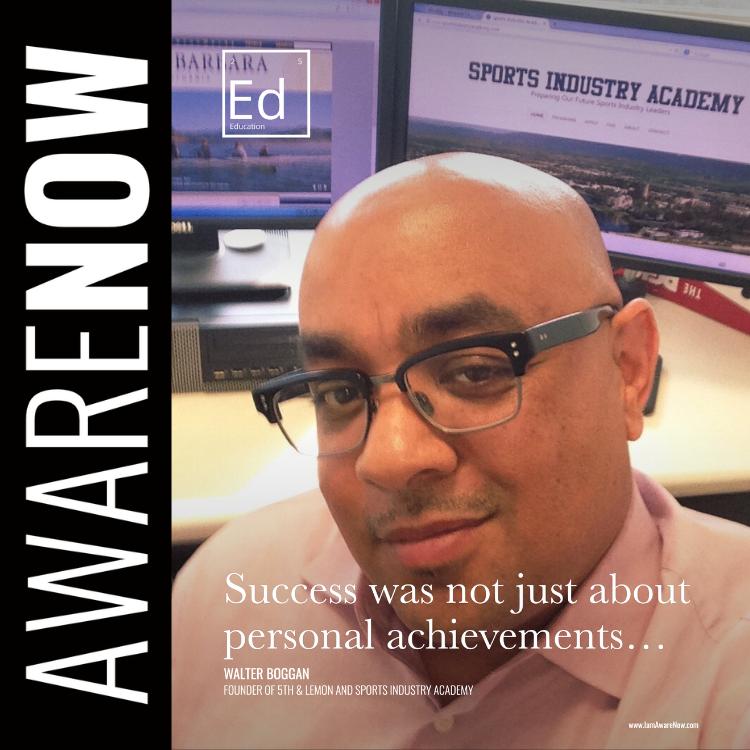
“By promoting diversity, inclusion, and community, Walter continues to break down barriers…”
The Sports Industry Academy partners with educational institutions, community based organizations and top sports corporations and executives, providing participants with one-on-one mentoring and exposure to the business of sports. The program also emphasizes the college admissions process, helping high school and community college students gain valuable experience and prepare for successful careers.
Walter's vision for the future is to ensure that every scholar in the program has equal access to transformative opportunities. By promoting diversity, inclusion, and community, Walter continues to break down barriers and cultivate young individuals with the knowledge, passion, and ethical values to succeed in life. ∎
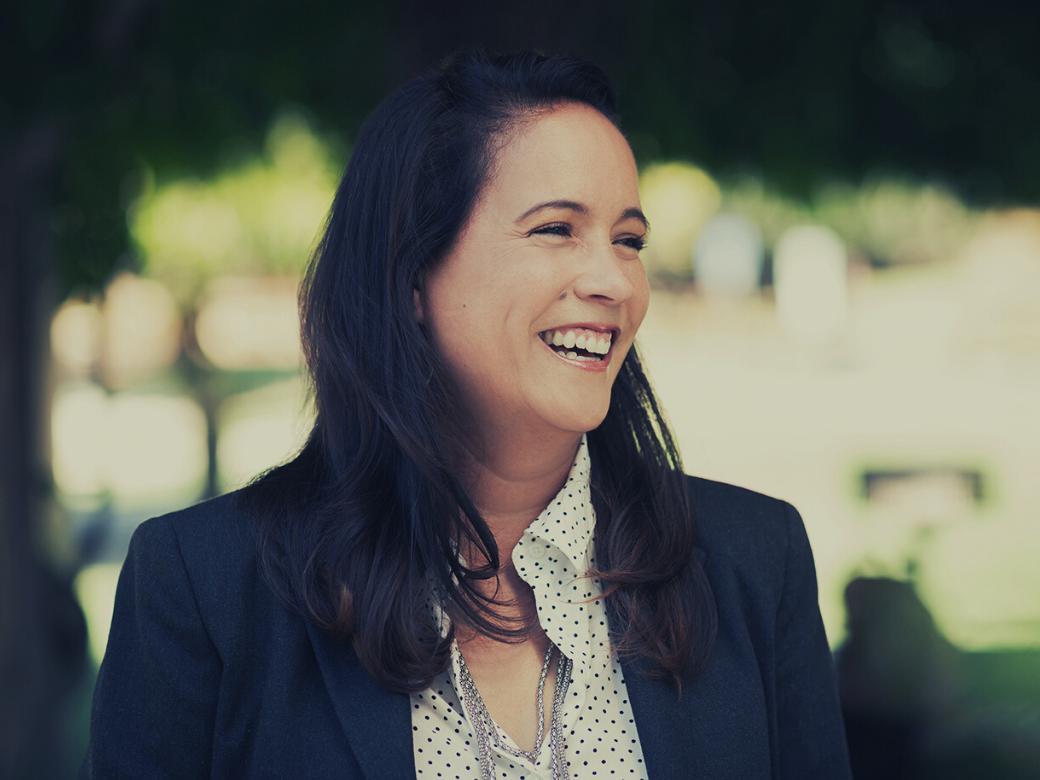
SONJA MONTIEL
Co-Founder of PEQ Performance Consulting www.awarenessties.us/sonja-montiel
SONJA MONTIEL (MA Education) is a cofounder of PEQ Performance Consulting LLC and cohost of “The DH Effect” podcast. She and her partner, Hilary Bilbrey, guide individuals, families, and teams to consistently reach successful outcomes through positive and emotional intelligence strategies. During Sonja’s 23 years working with thousands of teens and young adults worldwide, she began to witness many societies creating an unhealthy hyper-achieving culture that misguides our young people in their pursuit of living a life of fulfillment. Sonja is changing that narrative highlighting educators around the world who dare to think differently about education. (www.peq-performance.com)
www.IamAwareNow.com






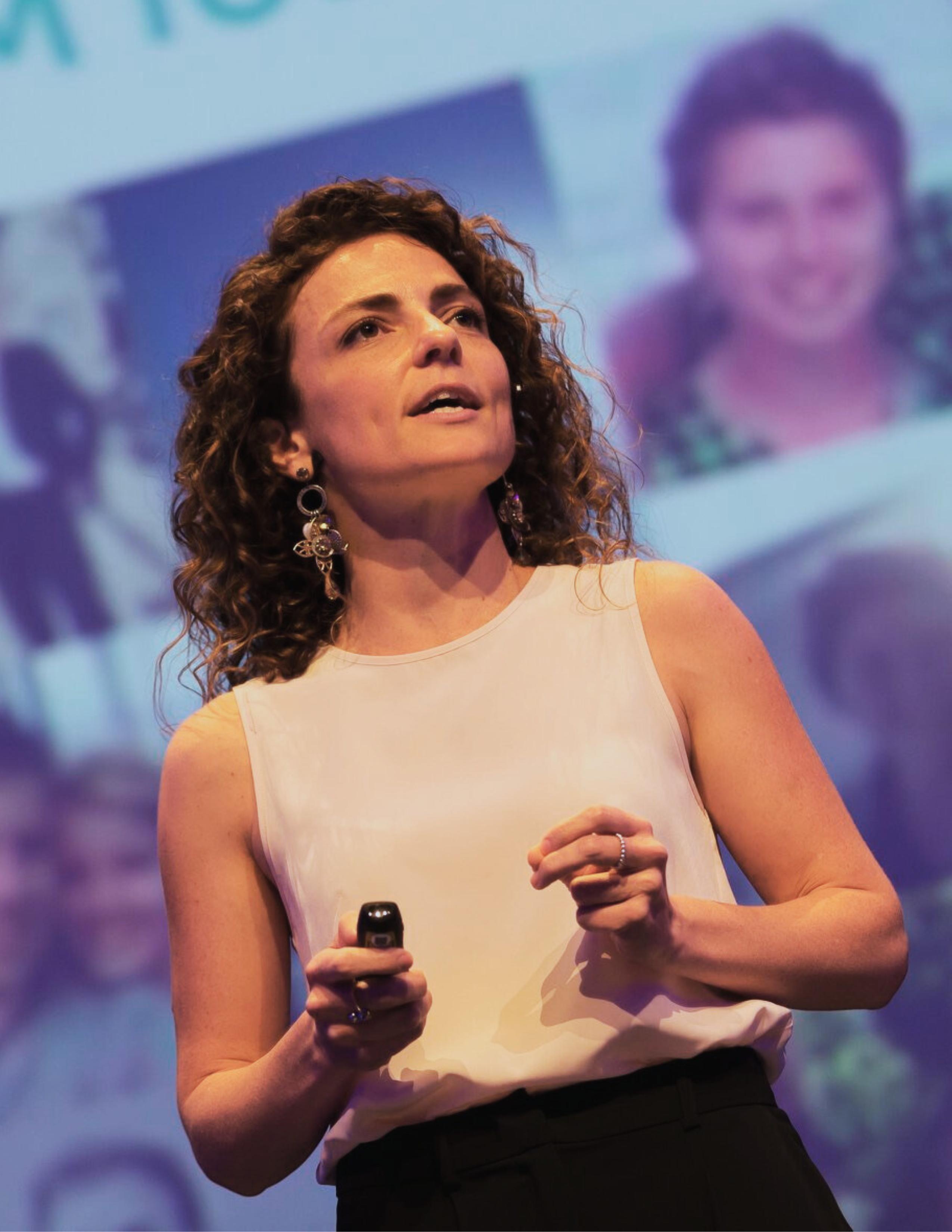
At the crossroads of technology and social impact, Michal Alter has built a platform that redefines corporate social responsibility. As the co-founder and CEO of Visit.org, she’s turning corporate engagement into real-world change, connecting companies and their employees with meaningful social impact experiences. In this conversation, Michal shares the journey that led her from the tech world to global advocacy and explores the profound ripple effect of purpose-driven business.
ALLIÉ: You started your career in the high-paced world of Israeli tech startups before transitioning into the social impact space. Was there a defining moment or personal experience that made you realize your true calling was in social change, not just tech innovation?
MICHAL: Yeah, I was enjoying my career and the prospect of growing into leadership roles within the high-tech world. However, a few years into my career, I started to feel a bit of a lack of meaning and purpose in my day-to-day. So I
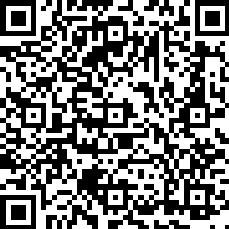
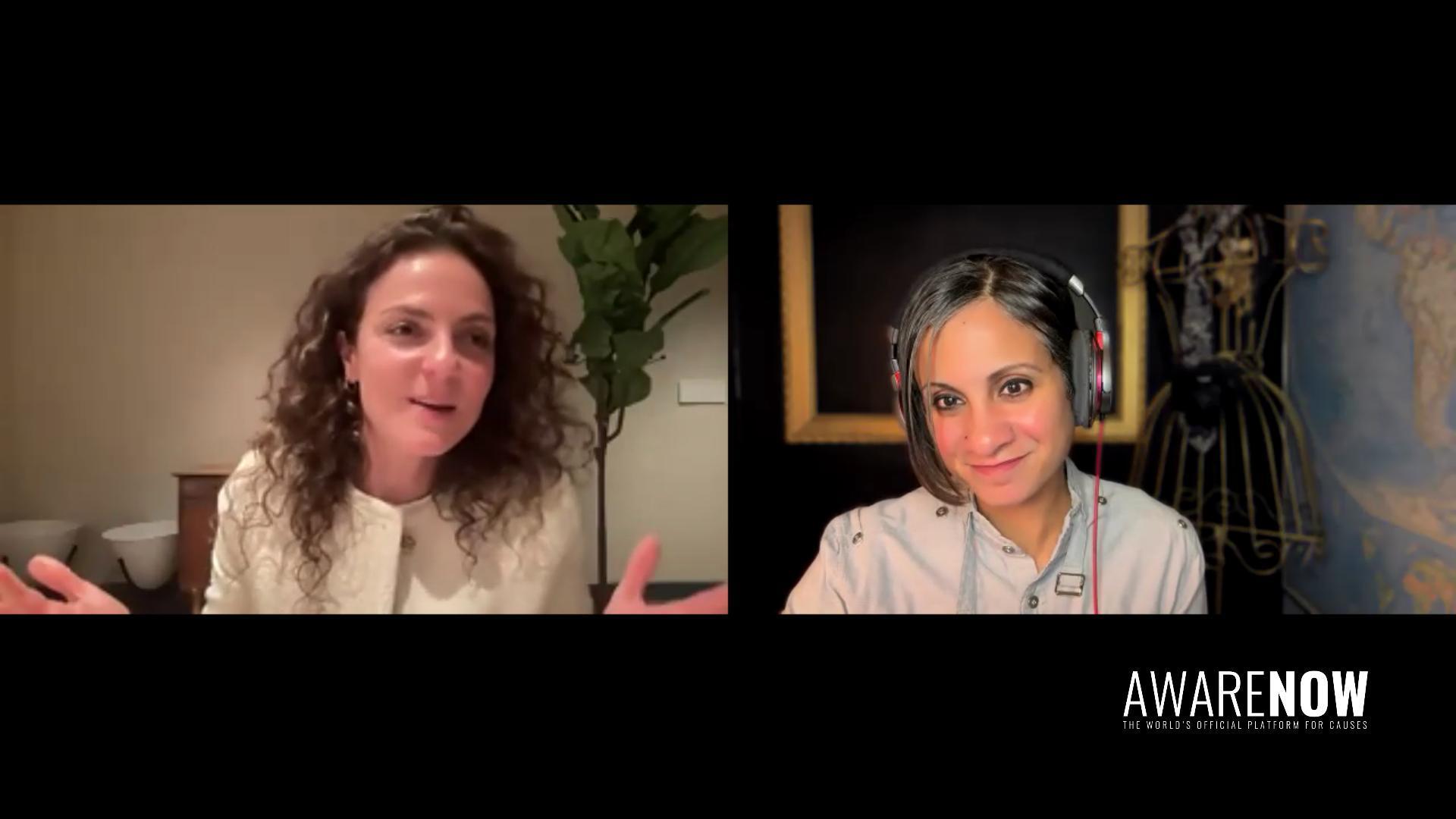

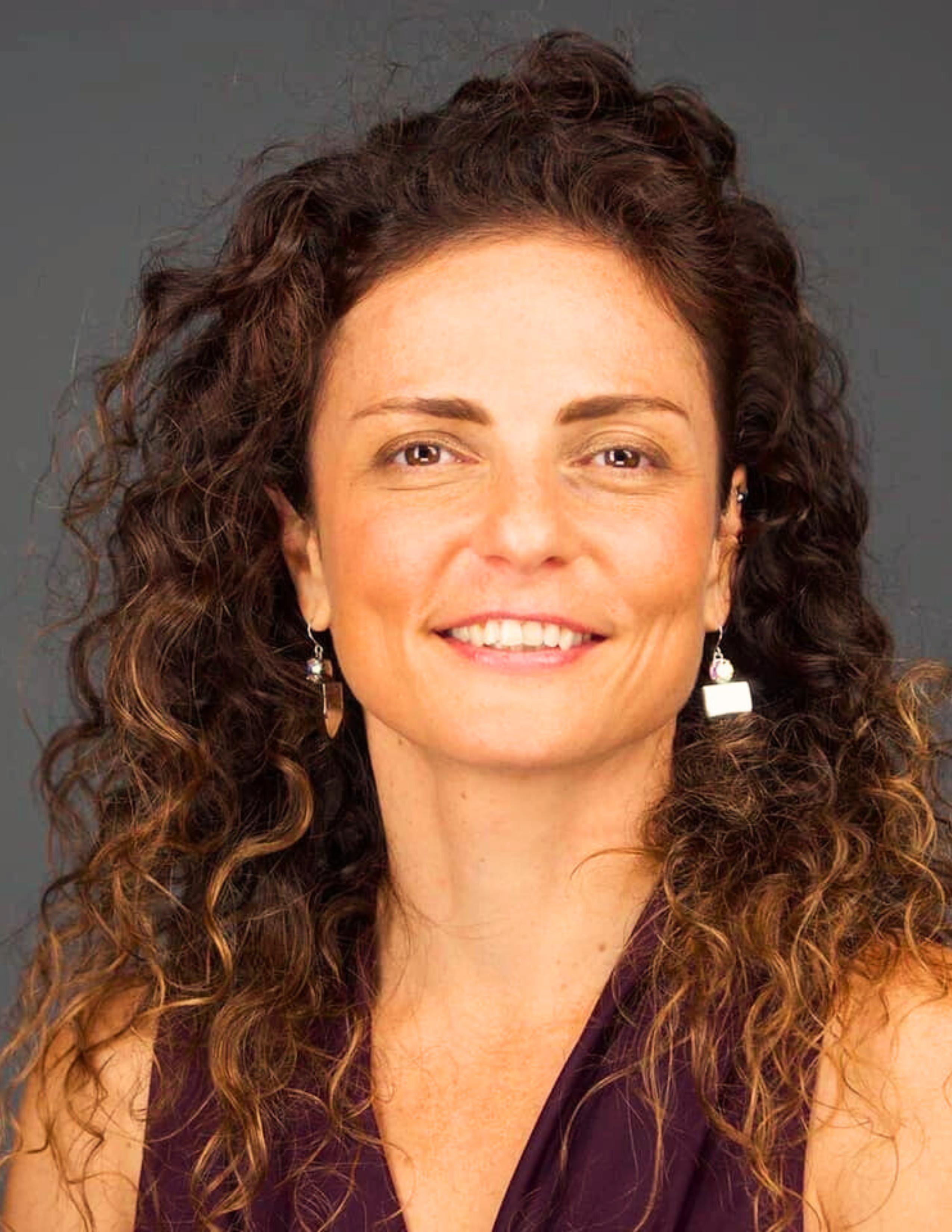


In order to successfully create meaningful human interactions at scale, we must be uncompromising in the quality, attention to detail, and care we put into every aspect of our work.
MICHAL ALTER CO-FOUNDER & CEO OF VISIT.ORG
“Is there a way to create more of these spark moments where we get to know each other as humans, rather than as the stereotypes or headlines we hear in the media?”
MICHAL: (continued) I started volunteering with a small local nonprofit that worked with refugees and really enjoyed getting to know the community members. Around the same time, I had just gotten married and was about to have my first baby. When my daughter was born, we came back to our small apartment in the city. A couple of days later, my childhood friends came over to congratulate us on the new baby.
As we were all sitting in the living room—chatting, eating, and appreciating the moment and the new life we had brought into the world—there was a knock on the door. I went to open it, holding my daughter in my arms, and standing there was Gabriel, one of the refugee community leaders I had volunteered with. He had come with a couple of his friends and a teddy bear in hand.
I realized they were there to congratulate me, just like my childhood friends. Of course, I welcomed them in. They joined us in the living room, and we all continued to eat, talk, and enjoy a simple moment of human connection.
As I looked around—at my childhood friends and my refugee friends interacting—I realized it was a very special moment. This interaction wouldn’t have happened if I hadn’t chosen to volunteer, found the right nonprofit, and spent that time after work building those connections.
And I started thinking: wait a minute, this is such a beautiful human interaction. We all live just five minutes away from each other, yet without intentional effort, moments like this don’t happen. Is there a way to help them happen more often—maybe with the help of technology? Is there a way to create more of these spark moments where we get to know each other as humans, rather than as the stereotypes or headlines we hear in the media?
ALLIÉ: That’s such a beautiful story. What an incredible beginning to inspire everything that you've done and everything you've created. Let’s take a step back for a moment. With degrees in Computer Science and East Asian Studies, and experience at both the UN and Women's World Banking, you’ve built a career at the intersection of technology, business, and global impact. How has your ability to navigate these different worlds shaped the way you lead Visit.org and the way you define success?
MICHAL: I think that my diverse background and in-depth understanding of both the technology world and the nonprofit world—as well as different cultures and cultural studies—have made me very aware that, in order to successfully create meaningful human interactions at scale, we must be uncompromising in the quality, attention to detail, and care we put into every aspect of our work.
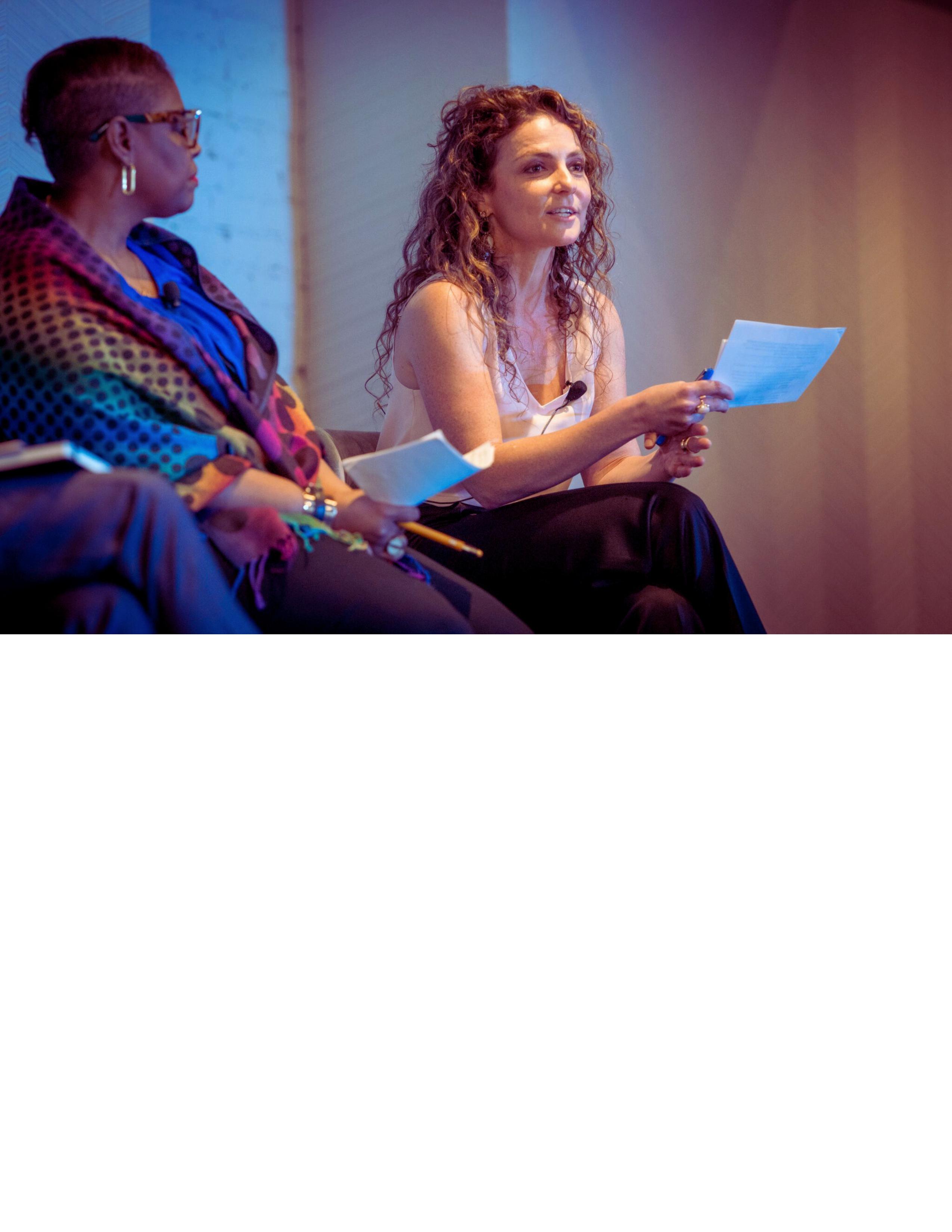
MICHAL: (continued) So, what do I mean by that?
We are a multidisciplinary team, and we have to excel in multiple areas. We need to be exceptional at building and maintaining strong, trusting relationships with our nonprofit partners—otherwise, they wouldn’t choose to work with us. We also have to be great at content creation and curation to ensure that employees have the best possible experience when they volunteer with us. That way, they’re inspired to come back, explore new cause areas, and learn about more nonprofits.
We must also be highly skilled in engineering and user experience so that everything comes to life online in an engaging way—so people actually want to interact with the platform and continue booking their next social impact experience with us. And we have to be excellent at engaging with the world’s leading corporations and their employees, clearly communicating the positive impact this work will have on them as employers.
This uncompromising approach to quality across each of these areas is what makes us unique and enables us to deliver truly high-quality experiences—both to our nonprofit partners and to our corporate partners and their employees.
When we work with nonprofit partners, quality means that it's always going to be an ROI-positive experience for them. In other words, it has to be genuinely beneficial. We never want to put a nonprofit in a position where we ask them to facilitate a volunteer event that ends up being more of a burden than a benefit. That’s what quality looks like on the nonprofit side. On the employee side, quality means creating an experience so impactful and enjoyable that they want to come back again and again.
“I truly have the best team in the world.”
MICHAL: (continued) I think my background as an engineer plays a big role in this. As an engineer, it was ingrained in me to always think about scale—but also to never compromise on quality. One small bug in a program can make the entire system fail. That principle applies to everything we do. Every part matters, and we make sure quality is always at the core.
ALLIÉ: As the co-founder and CEO of an organization that facilitates global social impact, do you ever feel the burden of expectations—both from the corporate world and from the communities you serve? How do you personally process the emotional weight of the work you do?
MICHAL: The answer is yes—I definitely do feel the weight. You know, it comes and goes. We have highs and we have lows. But I definitely experience the challenging moments—there are a lot of expectations from our various stakeholders, and a lot of times, it feels like fires are burning everywhere.
And sometimes, nothing even needs to be burning for me to feel the weight.
So I do my best. Really, at the end of the day, I just ask myself, Am I doing my best? And if the answer is yes, then I’m good to go. I’ll wake up the next morning and keep going. That, for me, is the secret.
Behind the scenes, I have an amazing community of family and friends who are always there for me. That community saves me—and it's also the kind of community we hope to build for our nonprofit partners, our corporate partners, and their employees.
Another thing that always saves me—and I share this with my team often—is the fact that I truly have the best team in the world. I have a team where, if I’m upset about something, I can speak honestly and vulnerably. I can share what I care about, what’s bothering me, or feedback we received that didn’t sit well. And we’re able to have real, honest conversations about it.
I know that we all care deeply about what we do, and I trust that we’ll figure things out together. I can always count on those conversations and that sense of shared ownership.
And by the way, that’s another reason I love how multidisciplinary we are as a team. We come from different backgrounds and areas of expertise, and we bring all of that together to make things work. It’s the same when we’re solving problems—we each bring a unique perspective.
That shared passion is something that helps me a lot. When I’m in front of external stakeholders, I always know my team has my back. And that keeps me going, for sure.
So… it’s a journey.
ALLIÉ: Well, it sounds like it's a beautiful journey. And I just love the authenticity that's there, everything from the vulnerability to the passion, and that as a team you're all in this to figure it out together.
Visit.org partners with corporations to create social impact experiences for their workforce. Can you share a moment or story where you saw this work truly transform not just communities, but the employees themselves? How does this shift the way corporations think about their role in making the world better?
MICHAL: The most memorable moments for me are when I see transformation happen not only on the nonprofit and community member side, but also on the employee side.
One particularly memorable experience I participated in was a virtual volunteer opportunity. We had a group of employees engaging with a community of children with special needs during a one-hour session. Toward the end of the experience, I noticed one of the employees posting a comment in the virtual chat. She shared that she had been raising a child with special needs for over 18 years and had been working at the company for more than 20 years— but had never felt safe talking about the challenges she faced as a parent in the workplace.
This was the first time she felt safe enough to share her story with her colleagues. Seeing how we were able to create a space where she could open up—and watching how her colleagues responded with support and empathy in the chat—was incredibly powerful. Conversations began to unfold, and I knew that the connection they built would continue beyond that virtual moment. It was both heartbreaking and heartwarming to witness.
Knowing we had created that spark moment—for her and for her team—was deeply meaningful.
For our corporate partners, being able to offer their employees the opportunity to be seen, to feel safe, and to show up as their whole selves—both in terms of their professional roles and their personal experiences—is invaluable. That sense of belonging, that ability to bring your full identity into the workplace, is what keeps employees engaged, connected, and coming back. It’s what makes a workplace truly feel like a community.
ALLIÉ: If you could fast-forward 20 years, beyond the numbers and metrics of success, what’s the one thing you hope Visit.org has changed in the world? And on a personal level, how do you hope this journey has changed you?

Exclusive Interview with Michal Alter
https://awarenow.us/podcast/beyond-business-as-usual


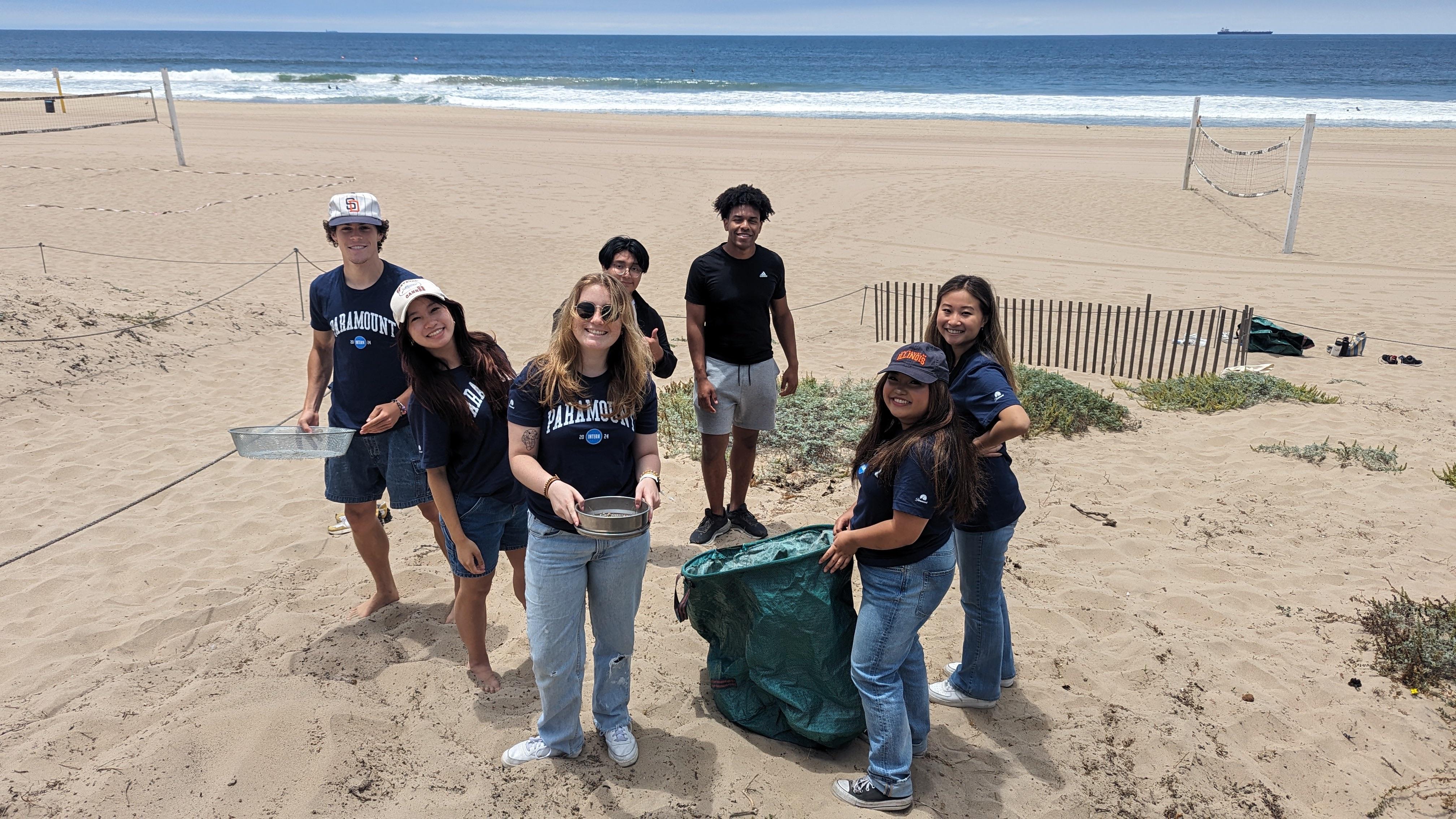
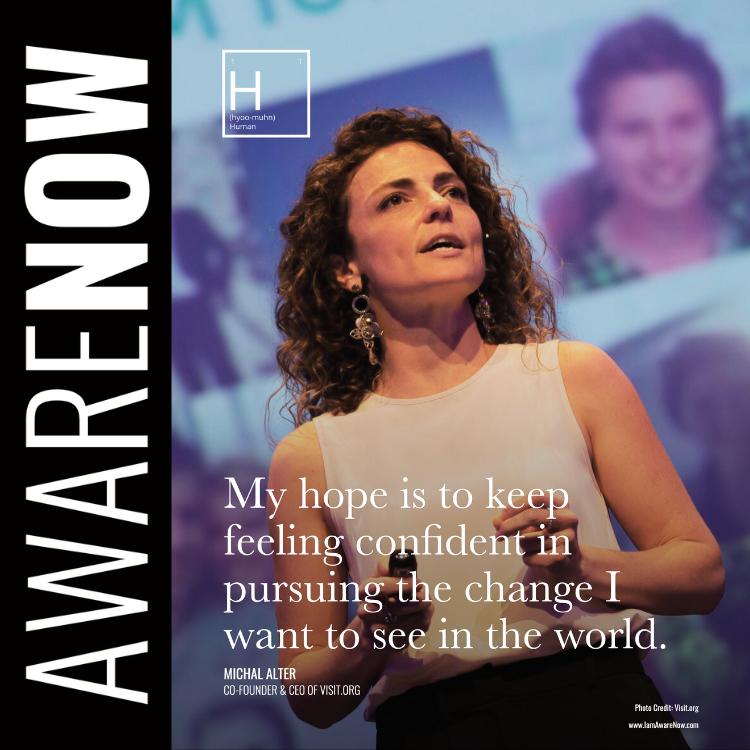
MICHAL: I hope that nonprofits and the community members they serve will become an integral part of the global economy—bringing their unique expertise, the deep trust they’ve built with their communities, and their valuable understanding of local culture into the day-to-day workings of the world economy, rather than remaining separate as they often are now.
This integration shouldn't just be about giving; it should be about creating mutually beneficial interactions—learning from one another, engaging with new communities, and fostering meaningful connections across different cultures and experiences.
That’s the kind of ecosystem I envision for the future—a more inclusive, interconnected world that I hope Visit.org will continue to help shape as it grows.
On a personal level, my hope is to keep feeling confident in pursuing the change I want to see in the world. I want to continue believing in that vision, surrounding myself with the right people to bring it to life, and trusting that what we’re doing is truly needed—and that together, we will make it happen. ∎
Learn more: Visit.org


DR. TODD BROWN FOUNDER OF THE INSPIRE PROJECT & CO-FOUNDER OF OPERATION OUTBREAK
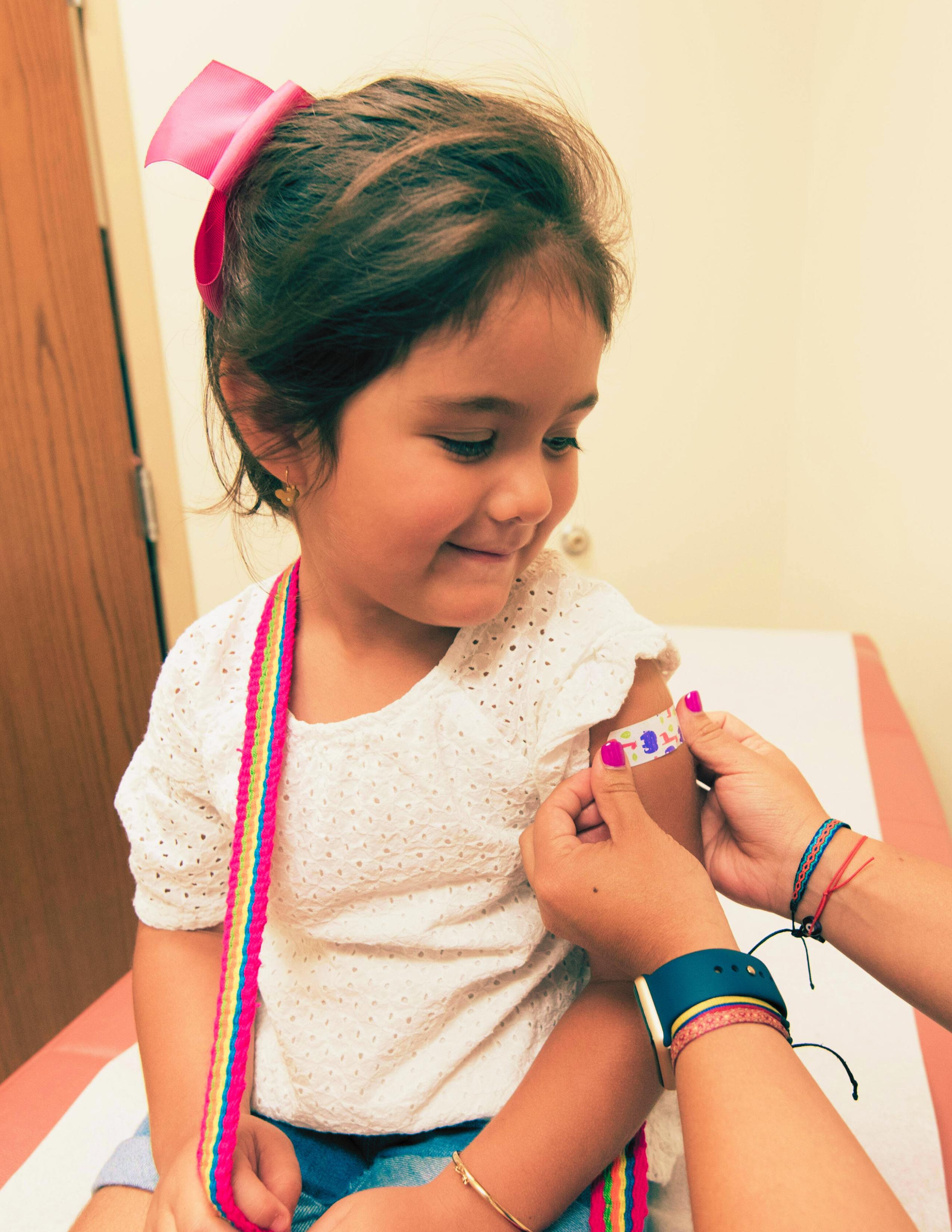

Infectious diseases have historically shaped public policy and societal behaviors. The success of vaccination dramatically altered public perceptions of infectious diseases, effectively reducing fear but inadvertently creating vulnerability.
In the early twentieth century, diseases such as diphtheria and whooping cough were devastating killers. Diphtheria alone caused around 15,000 childhood deaths annually by creating suffocating membranes in the windpipe. The violent coughing fits of Pertussis similarly killed thousands each year. The widespread introduction of vaccines eventually suppressed these fears, fundamentally shifting society’s attention to other illnesses like polio, measles, mumps, and rubella.
By the 1950s and 1960s, polio emerged as a significant public fear, paralyzing 30,000 children each year and causing approximately 1,800 deaths. Measles similarly presented significant danger, causing 500 deaths annually and leading to severe complications such as encephalitis, leaving many, especially children, permanently impaired. Mumps was a leading cause of childhood deafness, and rubella resulted in catastrophic congenital disabilities when pregnant mothers were infected early, severely impacting newborns.
However, medical advancements, including vaccines, profoundly changed clinical practices. Doctors training in the 1970s regularly performed spinal taps to diagnose bacterial meningitis due to ineffective vaccines against Haemophilus influenza B, pneumococcus, and meningococcus. This once common practice has become rare today, reflecting a significant shift in medical reality due to successful immunization programs.
Yet, this very success laid the groundwork for exploitation. By virtually eliminating visible disease threats, public memory of their severity diminished dramatically. The diminished public awareness fostered complacency, inadvertently weakening vigilance against infectious diseases and creating conditions conducive to misinformation. Public health initiatives increasingly faced challenges in maintaining vaccine compliance due to the fading collective memory of the devastating impacts of these diseases.
This has seemingly created an opportunity for the U.S. government to implicitly adopt Governor Richard Lamm's controversial philosophy, capitalizing on societal complacency born from vaccine success. Lamm had suggested that some members of society, when very ill, had a "duty to die," questioning the use of expensive, life-extending treatments and, by extension, advocating for the selective use of medical interventions.
In a troubling parallel, the government may now exploit public complacency by subtly permitting vaccine skepticism to flourish, leveraging society's fading memory of once-feared diseases. Instead of actively reinforcing awareness of the severe impacts these diseases once had, authorities may be employing a strategy of quiet neglect, allowing misinformation about vaccine safety, real or imagined, to grow unchecked. Consequently, parents are becoming more fearful of vaccines than the diseases they prevent, thereby unintentionally aligning with Lamm’s philosophy by implicitly accepting increased public risk through reduced vaccination compliance.
Evidence of this manipulation can be seen clearly. CDC data highlights a troubling rise in vaccine-preventable diseases coinciding with historically high vaccine hesitancy rates. In 2023, measles outbreaks accounted for 59 cases, sharply increasing to 284 in 2024. Pertussis cases also surged dramatically, rising from 5,600 cases in 2023 to over 32,000 in 2024, surpassing pre-pandemic levels and signaling potential governmental negligence or intentional policy direction, echoing Lamm's controversial perspective.
“A vigilant and informed public, supported by transparent governmental communication and accountability, remains essential to safeguarding collective health from preventable illness resurgence.”
The ethical implications of this apparent governmental strategy mirror Lamm’s philosophy: a conscious choice to accept some level of public harm by allowing preventable diseases to resurface, effectively assigning lesser societal value to collective health to justify resource allocation decisions. This approach subtly places economic considerations above collective welfare, quietly allowing the erosion of vaccine trust to minimize long-term medical expenses associated with widespread vaccination programs. Using data from the Centers for Disease Control and Prevention (CDC), NBER—a nonprofit, nonpartisan organization—found that excess deaths due to COVID among individuals aged 25 and older between 2020 and 2023 reduced Social Security future retirement payments by $294 billion.
The contemporary situation resonates with Lamm’s ethical dilemma of weighing individual versus societal benefits. The government’s subtle acquiescence to growing vaccine skepticism mirrors his controversial notion of societal "duty," where the collective good is quietly compromised by diminishing preventive measures. Allowing vaccine exemptions to flourish through ambiguous public communication implicitly shifts responsibility and blame to the public, exploiting ignorance or misinformation.
However, unlike costly medical interventions of uncertain benefit that Lamm criticized, vaccines provide a clear, measurable benefit by preventing severe disease and death. Allowing vaccine skepticism to proliferate represents a deliberate and ethically troubling governmental abdication of responsibility. It permits previously controlled or eradicated diseases to re-emerge, jeopardizing public health and safety.
Addressing this manipulated vulnerability requires renewed educational and communicative transparency. It demands emphasizing the historical consequences of infectious diseases clearly and unequivocally, thereby revitalizing collective memory to reinforce vaccine necessity and counter governmental inaction or implicit endorsement of vaccine hesitancy. Restoring public trust in vaccination must become an ethical imperative, not merely a public health recommendation.
Historical success against infectious diseases has ironically positioned society for potential exploitation through the strategic negligence of vaccination advocacy, implicitly reflecting Lamm’s troubling philosophy. A vigilant and informed public, supported by transparent governmental communication and accountability, remains essential to safeguarding collective health from preventable illness resurgence. ∎

DR. TODD BROWN
Awareness Ties Columnist
www.awarenessties.us/todd-brown
Brown is a winner of multiple education awards, including the U.S. Congressional Teacher of the Year Award, U.S. Henry Ford Innovator Award, Education Foundation Innovator of the Year, and Air Force Association STEM Teacher of the Year. Dr. Brown is the creator and founder of the Inspire Project and cocreator of Operation Outbreak, which was named the Reimagine Education Award for Best Hybrid Program in the world. He is also an Education Ambassador for the United Nations and an Educational Ambassador of the Center for Disease Control (CDC).
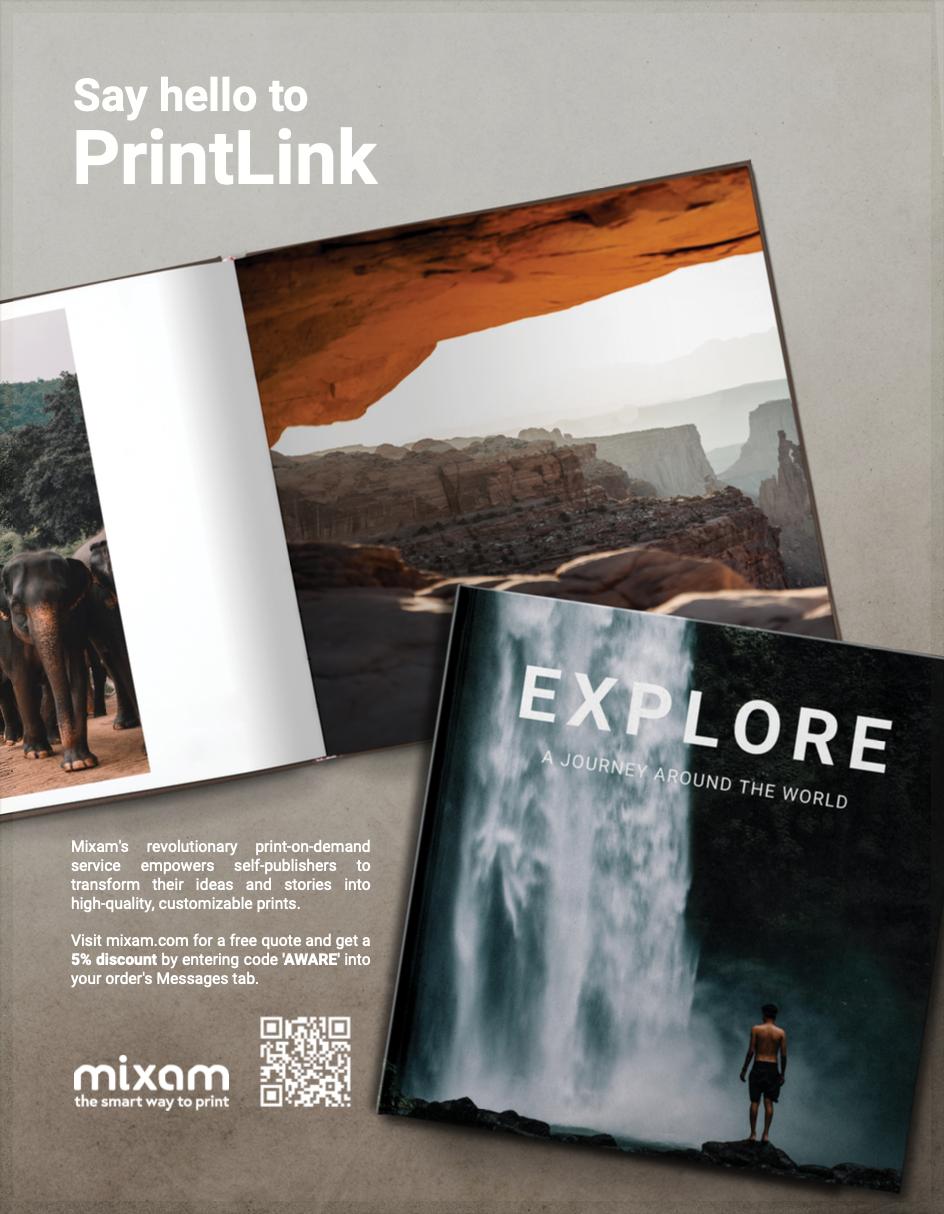
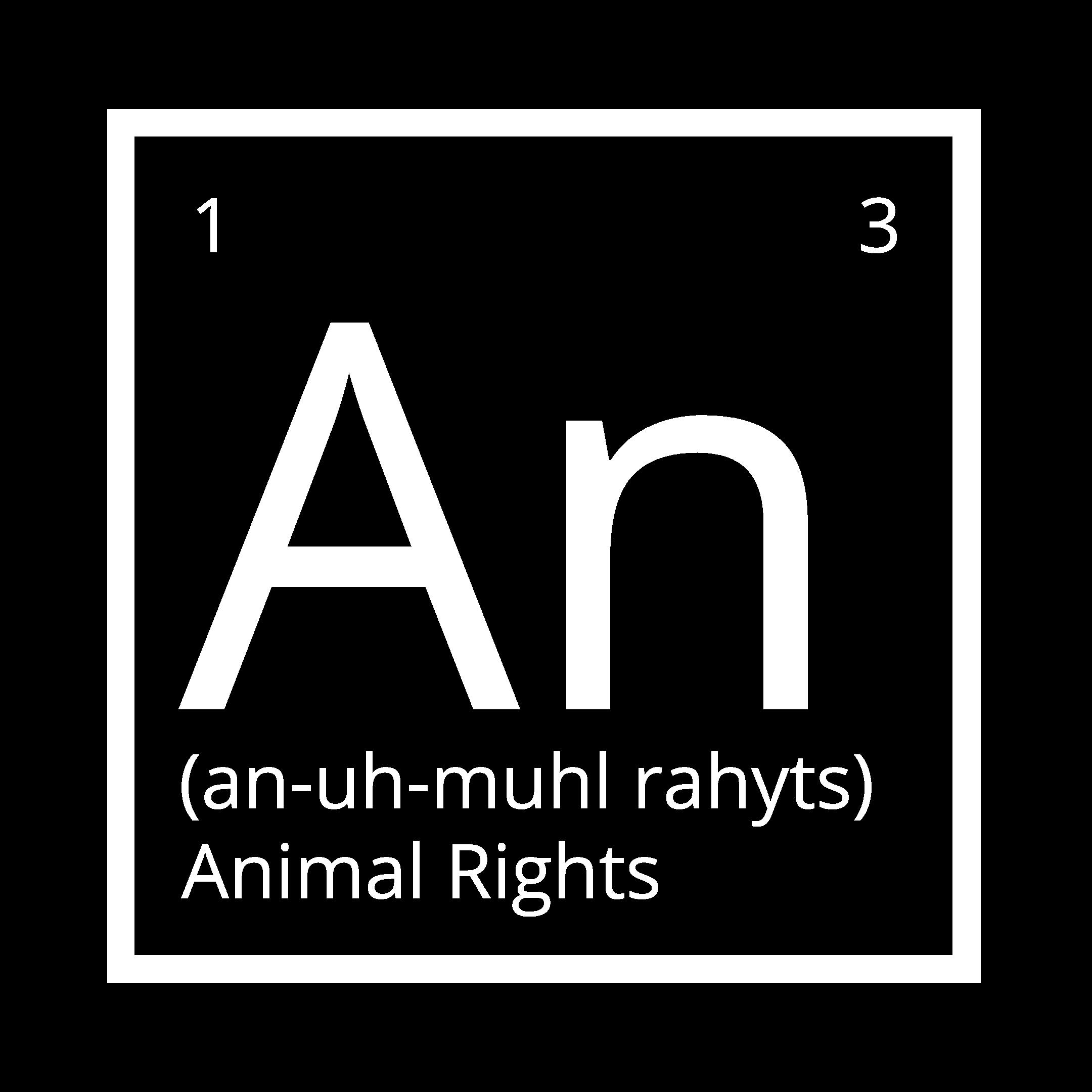
When the war started, the number of abandoned animals increased…
FOUNDER OF SEO CHARITY
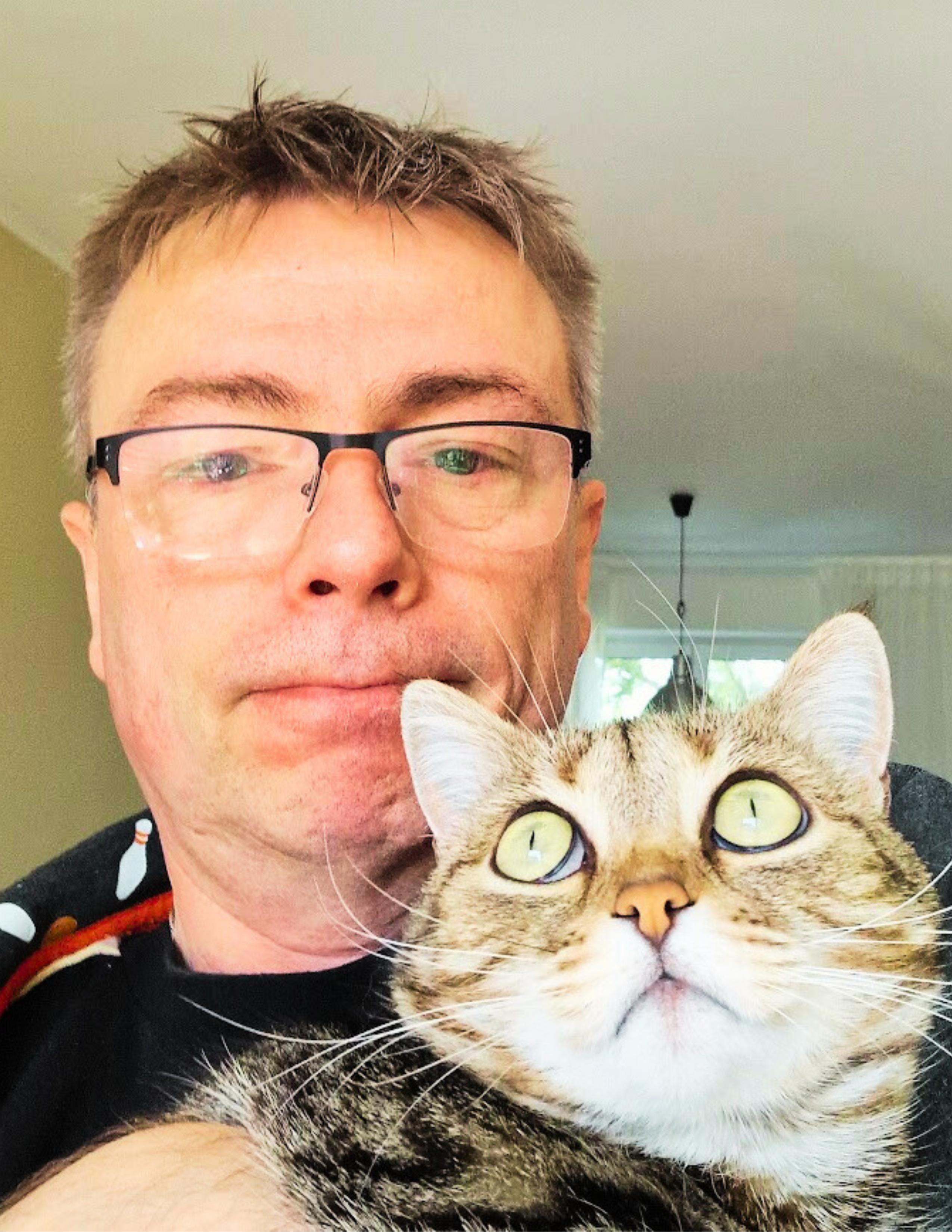


When war broke out in Ukraine, Anton Shulke could have turned inward, focusing solely on his own survival. Instead, he turned outward, creating a lifeline for the voiceless victims of the crisis—cats and dogs left abandoned and vulnerable in the chaos. Through his charity, Anton’s story has become one of resilience, compassion, and an unyielding commitment to making a difference, no matter the odds.
ALLIÉ: Your journey began with the outbreak of war in Ukraine, a time of immense uncertainty and fear. Can you take us back to that moment? What inspired you to start a charity for cats and dogs amidst such chaos, and how did it evolve into what it is today?
ANTON: I have a cat, we picked her up from the street when she was about 2 months old. I did help some cat and dog shelters before the full-scale war started. Just small donations. I realized shelters, especially small ones (they are under the radar for big charities), relying 100% on donated money. When the war started, the number of abandoned animals increased, as many people just left and left them behind. Also, people had significantly less money and less money to donate. In the beginning, it was not systematic; I just wrote a few posts explaining the situation and asking for help. Sentiments were very high and plenty of people were open to donating.
ANTON SHULKE FOUNDER OF SEO CHARITY
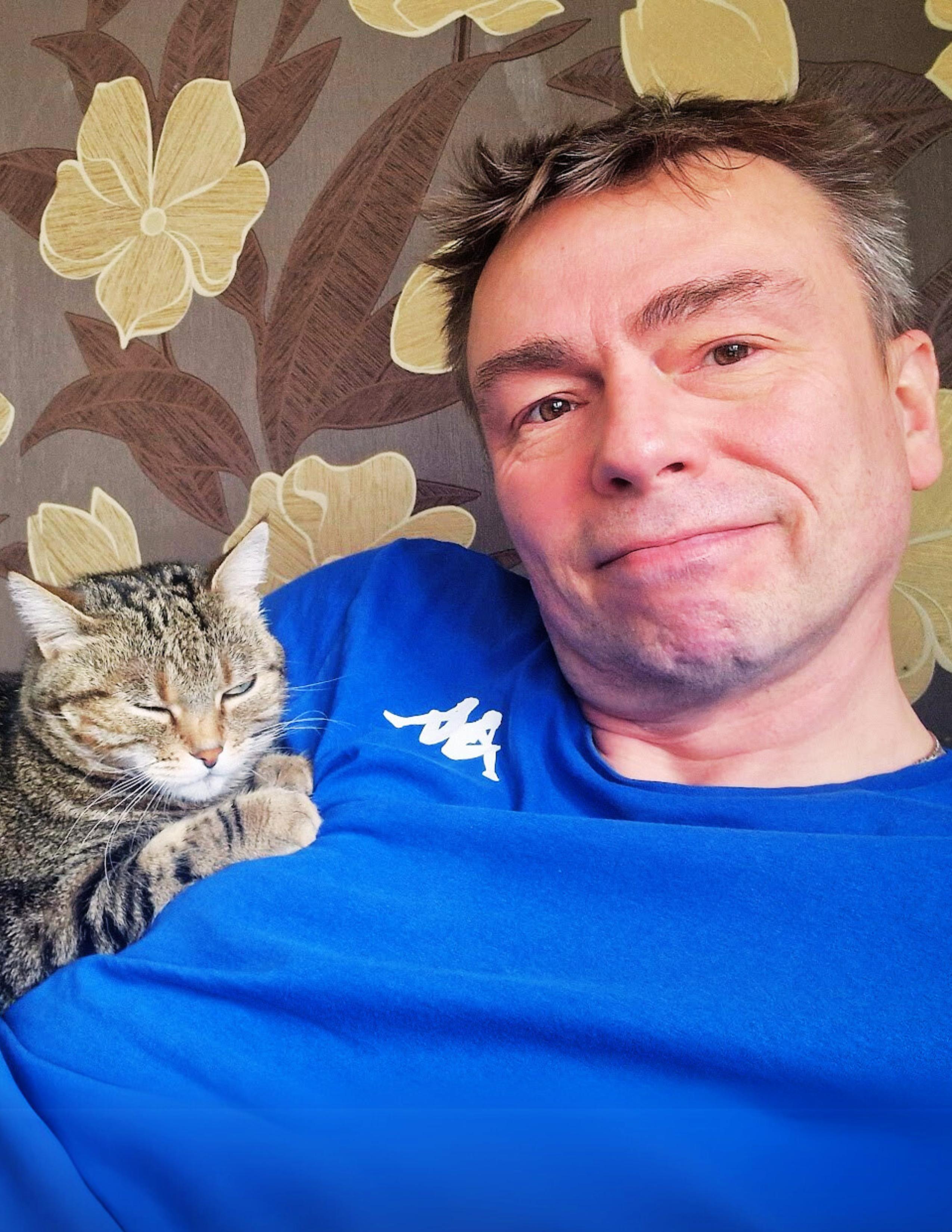

“Without her own transportation, she managed to evacuate one or two cats at a time in passing vehicles, returning under fire again and again until all 40 of her cats were safely relocated.”
ANTON: (continued) Today, I have a donation page where anyone can donate. We have an SEO conference running to raise awareness and funds. Also, at some point, I decided not to send small amounts of money to everyone, but concentrate on helping 5 shelters.
ALLIÉ: Caring for animals in a war-torn region must come with extraordinary challenges. Can you share a story that encapsulates both the hardships and the triumphs of your work?
ANTON: Many people may wonder where the animals in shelters come from. Most of them are city cats and dogs abandoned at summer cottages in the fall or left homeless after their owners passed away. However, because of the war, there’s now another group of animals in desperate need of help—those from active combat zones. These areas are often not just open fields but villages or cities. The owners of these animals may have died, fled, or simply never returned. Yet the animals still need food, water, a safe place to sleep, and, above all, they want to live.
Some of these animals are taken in by Ukrainian soldiers, but the military cannot care for all of them—war brings constant danger. Many animals need medical attention, and many are older or have survived trauma. Animal rescue volunteers evacuate these animals from war zones. Shelter owners take them in, treat them, nurse them back to health, warm them, and restore their trust in humans.
In one of the shelters I support, there are cats rescued from the Kherson region after the Kakhovka dam was destroyed. Volunteers literally picked these animals off the roofs of flooded homes. The shelter’s owner also helps an elderly woman care for 15 cats her late husband brought back from Siversk. Another shelter owner fled from Avdiivka herself. Without her own transportation, she managed to evacuate one or two cats at a time in passing vehicles, returning under fire again and again until all 40 of her cats were safely relocated.
There are so many stories like these. These heroes are ordinary people whose only wealth and possessions are often their cats and dogs. These are people willing to share their last piece of bread and even risk their lives to save their four-legged friends.
ALLIÉ: Many see animals as silent witnesses to human suffering, yet your charity gives them a voice. How has working so closely with cats and dogs during this crisis changed your perspective on resilience?


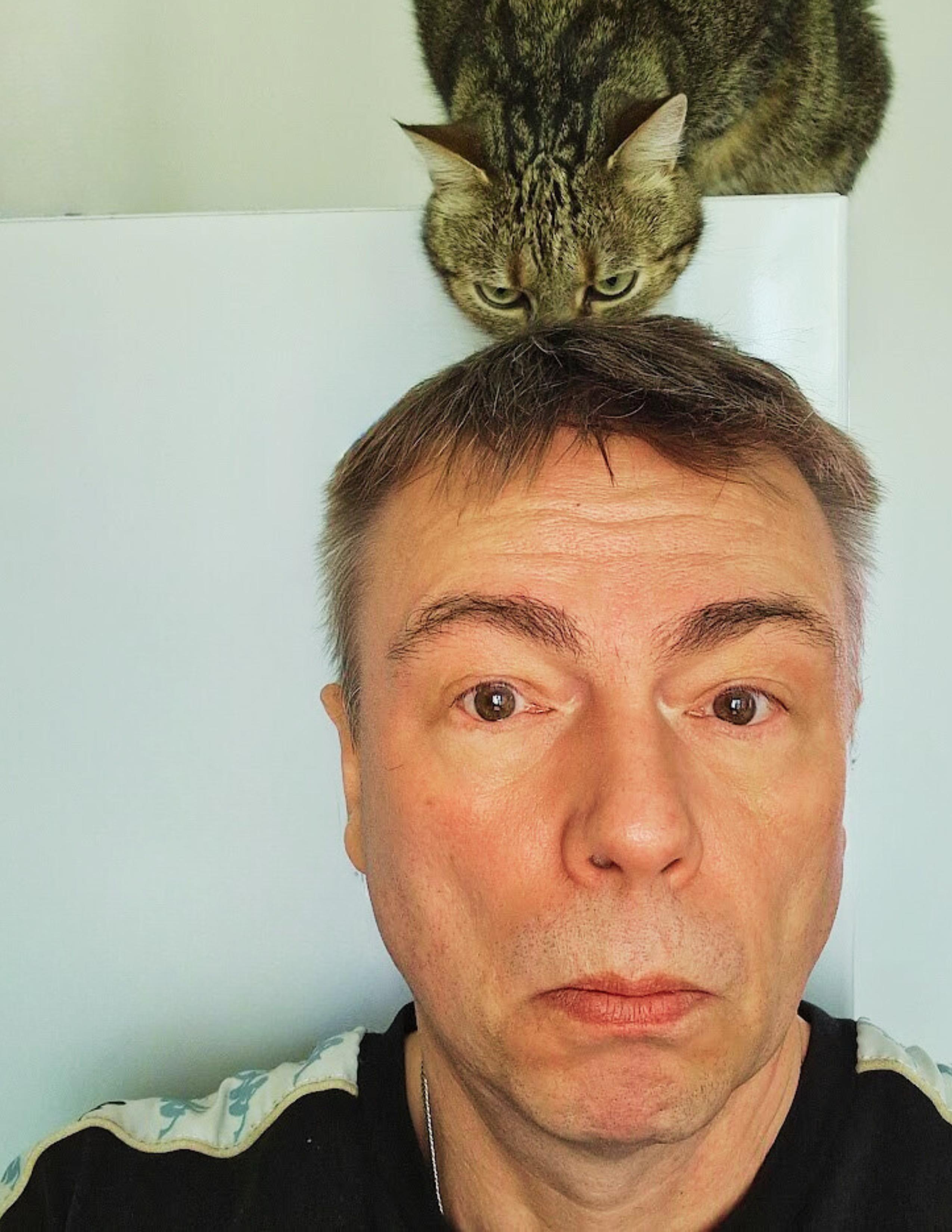
“You can’t change the whole world, but if you can change the life of even one kitten, that’s more than enough for me.”
ANTON: Just to make it clear. I personally don’t work with animals, I collect money and then send them to 5 particular shelters. I, of course, talk to people running these shelters. They are saints, seriously. All of these shelters are in private apartments or houses (2 in houses and 3 in apartments) and when I say small, no mistakes, some of them have 100+ animals. When you have 100 cats, your shelter is a full-time job for you. It’s a non-paid job. At least none of the shelters are in combat zones; well, one was but was moved several times to reasonable safety. No shelling, but the war affects them in different ways. As I mentioned, less available money, inflation (prices rise faster than appreciation of a local currency), constant stream of evacuated animals from places where combat operations started… Many of the cats and dogs are from killed soldiers…
ALLIÉ: Balancing your personal and professional life while running a charity in such dire circumstances must be incredibly demanding. How has this mission shaped your own story and the way you see your role in the world?
ANTON: This charity is called #seocharity. The reason for that is my professional life. Every charity is based on trust. You won’t send money to someone you don’t trust whatever cause is declared. The fastest way to get this trust is to use trust you already have. Many SEO professionals know me personally, so I don’t need to prove 100% of the money goes to animal shelters. We have conferences, and there are sponsors there. The same idea I approach people/ companies I personally know. This makes it easier, but makes the choice of sponsors limited.
Easier, but not easy. It has been 3 years, and it was a rollercoaster. This is not a project where you reach your goal and can live happily after. Cats and dogs need food every day. In the shelters with an aging population, veterinary expenses are a daily routine. So many times I regretted starting it, when I can´t get enough money, when I can´t help someone who needs animal food or medicine… Well, it is my daily routine… But sometimes when you get a message saying, “We only survive because of you,” I feel happy and cry. Of course, I have no illusions. They survive because many people ¨bought me a coffee¨. They donated, but that doesn´t make me less happy.
Regarding my role in the world, I don't usually think in such philosophical terms:. You can't change the whole world, but if you can change the life of even one kitten, that's more than enough for me.
ALLIÉ: For those who want to help but feel powerless in the face of such overwhelming need, what would you say to inspire them to act—whether for animals or people—during times of crisis?
ANTON: I probably use the same motto. Again, you can't change the whole world, but if you can change the life of even one kitten, that's more than enough for me. It could be helping a kitten or something completely different. The idea is the same. Do what you can. It doesn´t matter how small it seems. Use the trust you already have. ∎
Learn more and support SEO Charity: www.seocharity.com/about






FEATURE STORY BY DENISE REDEKER
For heart transplant patients, the gift of life often comes with a hefty personal price tag.
Financial toxicity, the large economic burden on patients and their families resulting from uninsured medical and medically related expenses, is a significant challenge faced by many transplant patients and their families. This issue is particularly pressing in Northern California, where the cost of living is incredibly high. Heartfelt Help Foundation (HHF) is at the forefront of addressing this problem, working tirelessly to "make housing happen" for heart transplant patients in financial need.
While heart transplants can be life-saving, they also can bring substantial financial strain. For 2020, the estimated medical costs of a heart transplant in the United States before insurance totaled $1,664,800 (January 2020 Milliman Research Report). Even with insurance, patients often face significant personal costs related to their transplant, including:
• Medications
• Travel and lodging for medical evaluations and treatments
• Copayments and Deductibles
• Temporary recovery housing for a month or longer near the transplant center (medically required, but sometimes not covered by insurance)
• Lost or reduced wages before and after the surgery
These can quickly accumulate, leading to financial distress and potentially impacting patient outcomes (UCLA Health 2024).
Financial toxicity can have severe consequences for heart transplant patients, including:
• Medication non-adherence, including life sustaining anti-rejection medication, due to unaffordability
• Delayed or foregone medical care (transplant recipients require lifetime medication and medical monitoring)
• Inability to pay basic living expenses (rent, utilities, medical insurance, food, transportation)
• Debilitating stress from unrelenting worry that unaffordable necessities will result in a reduced lifespan
Studies have shown that patients with heart failure who experience financial toxicity are more likely to have worse overall health outcomes (UCLA Health 2024).
Heartfelt Help Foundation recognizes the critical need to support people in Northern California who simultaneously suffer heart failure or late stage heart disease and financial despair. Its mission is clear: When doctors require it, insurance doesn’t cover it, and patients can’t afford it, HHF can help. HHF focuses on a crucial aspect of initial posttransplant recovery: clean, safe, private, individualized temporary recovery housing near their hospital. By providing financial aid to under-resourced patients for this core component of the transplant process, HHF alleviates a significant financial burden for transplant recipients and their families.
“Financial
To combat financial toxicity for heart transplant patients, a multi-faceted approach is necessary:
1. Expand Financial Assistance Programs: Organizations like HHF (a micro nonprofit) play a vital role in providing direct financial support to patients in need. No one else in Northern California helps heart transplant patients the way HHF does.
2. Improve Insurance Coverage: Advocate for broader insurance coverage of medically required transplant-related expenses, including temporary recovery housing and lifelong medications. Advocate for consumer education so they can make more informed choices when obtaining insurance and better understand their coverage.
3. Enhance Financial Navigation Services: Provide patients with resources and guidance to navigate the complex financial landscape of transplant life. HHF offers money management counseling free of charge.
4. Promote Shared Decision-Making: Encourage open discussions between healthcare providers and patients about medical and related costs, financial concerns and available resources to fill gaps.
Financial toxicity is a significant challenge for heart transplant patients, particularly in high cost of living areas like Northern California. Organizations like Heartfelt Help Foundation are making crucial differences in patient’s lives by directly filling their specific needs, such as for costly near hospital recovery housing. By continuing to "make housing happen" and stepping in when patients can't afford what insurance doesn't cover, HHF is helping to ensure that the gift of life through heart transplantation doesn't come at the cost of financial ruin or inability to financially support this gift of life for the rest of their lives.
As we move forward, it's essential to continue raising awareness about financial toxicity in heart transplant care and about supporting organizations that provide direct assistance to patients in need. Through collective efforts, we can work towards a future where financial concerns don't overshadow the life-saving potential of heart transplants. ∎
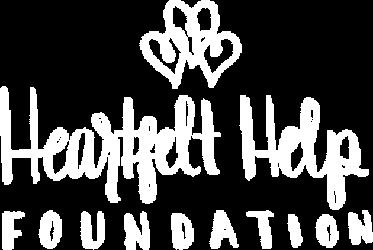
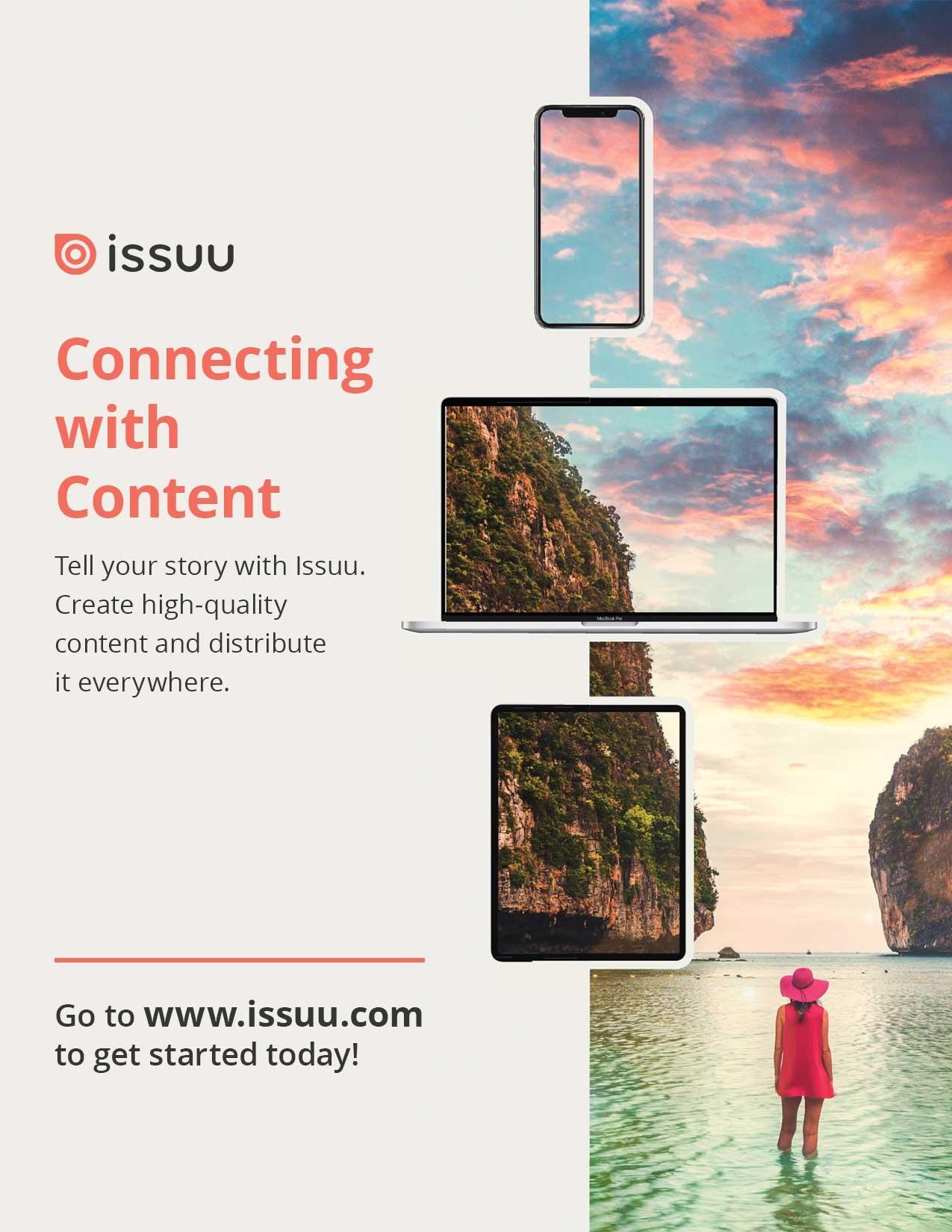


SINGER, SONGWRITER & PRODUCER


EXCLUSIVE COLUMN BY CELESTINE RAVEN
I’m Celestine Raven, and this is Strong Women Beautiful Men. I’ve made many programs in Dutch, as we’re based in Amsterdam, often featuring expats or well-known internationals living here. Today, we have a very special guest. She's a star—a funky disco star. She came to Holland seven years ago and has since performed frequently at Klepto Fing. Of course, she had hits like “Weekend” with groups like Poussé and Musique. She’s worked with legends like Lou Reed and John Lennon. We’re so happy she’s here. Welcome, Christine Wiltshire…
CELESTINE: Christine, I remember visiting you in a bar. You told me you had just moved within Amsterdam.
CHRISTINE: Yes, I just moved from IJburg to the south, near Amstel Park.
CELESTINE: Ah, okay.
CHRISTINE: It’s a completely different area, so I have to find my way all over again—new travel routes, new routines.

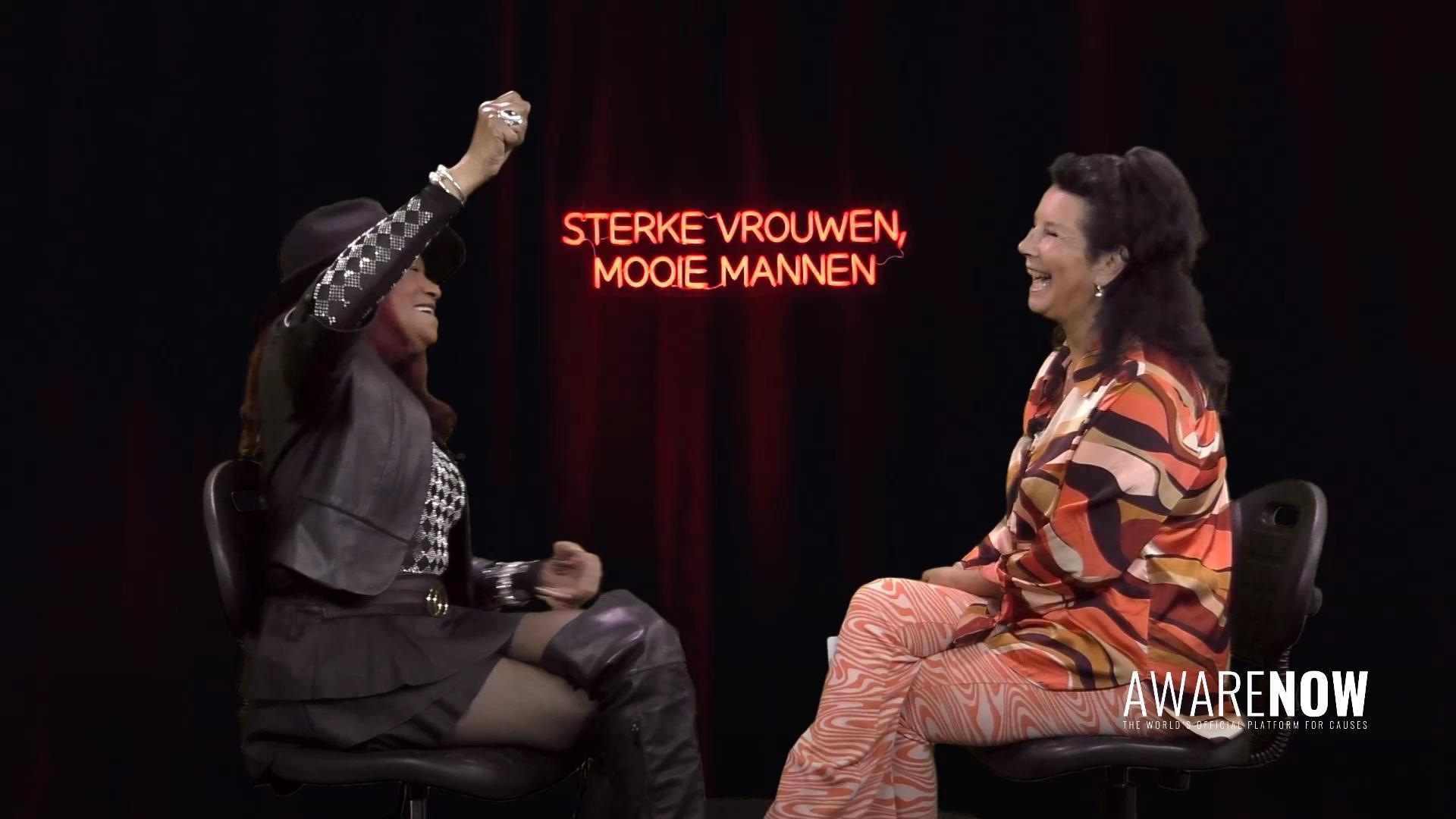
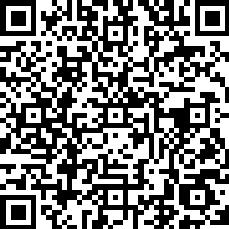
CHRISTINE WILTSHIRE SINGER, SONGWRITER & PRODUCER
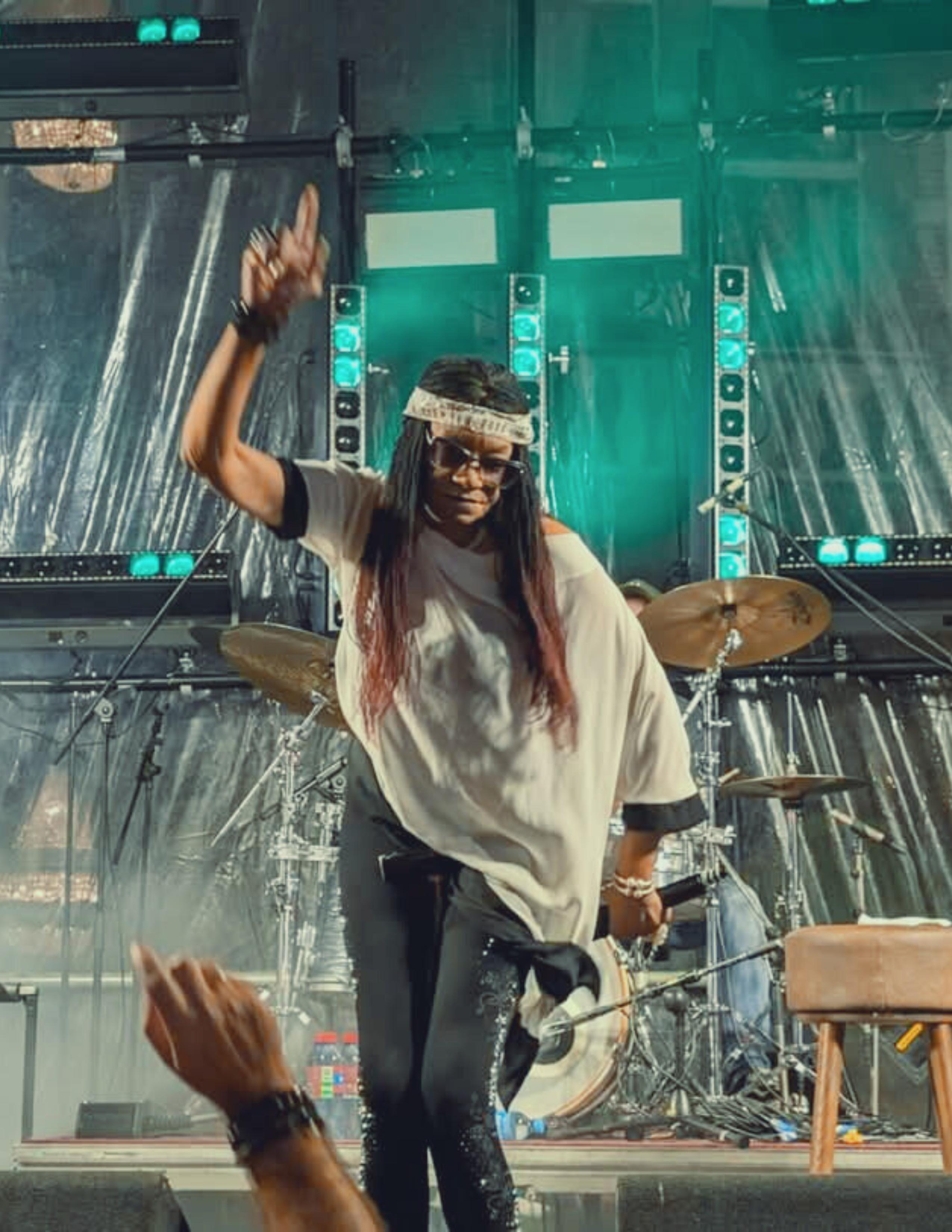

“When I moved here, I had to start from scratch.”
CELESTINE: It took you a while to get here today.
CHRISTINE: Yes, it’s been tough. Finding an apartment in Amsterdam is really difficult. And as a singer, nobody wanted to rent to me—no companies, because I didn’t have a fixed contract. Even with enough money in the bank and contracts for gigs in Japan, Mexico, Germany—they still said no. Eventually, I found a company in The Hague that agreed, but they asked for a €5,000 deposit on top of rent!
CELESTINE: Holy moly, that’s a lot!
CHRISTINE: Right? I thought, “This can’t be legal. I’m not doing this.” So it’s been rough.
CELESTINE: But now you have a place?
CHRISTINE: I do, but it’s temporary—just for a year. Still, it got me out of a tough situation. When you rent under the table, you risk dealing with drug problems, alcohol, mental illness—you become part of other people’s chaos. I’ve been there, done that. I’m done.
CELESTINE: Has Amsterdam been a difficult chapter for you?
CHRISTINE: It’s been both good and difficult. When I moved here, I had to start from scratch. Even if people knew my records, they didn’t know me. Without a manager or promoter, I had to book myself, keep a roof over my head, find musicians, navigate transportation, find a doctor, an accountant… all of it. And with all that, there was no time to learn Dutch. The system here is full of paperwork—it’s exhausting.
CELESTINE: Yes, that’s true.
CHRISTINE: Things that could take a week take months. If three papers go to three different people, and one delays, the whole process stalls. It’s frustrating.
CELESTINE: In the States, it's different—more efficient?
CHRISTINE: Yes, it is. The U.S. is more streamlined. Here, your case gets divided between departments that don’t communicate.
CELESTINE: So, why Holland? Truthfully.
CHRISTINE: I left the day before Trump became president.
CELESTINE: Okay, that’s a legitimate reason.
CHRISTINE: I’d been thinking about moving to Europe. My friend Jocelyn Brown—who I’ve known since we were 11 —moved to England and kept saying, “Chris, come to Europe.” But I had young grandkids, and my kids weren’t quite settled. Eventually, I realized I wanted a calmer life.
CELESTINE: And is it calmer?
CHRISTINE: In many ways, yes. It’s cleaner, healthier, especially in terms of food quality. Healthcare… well, it was great when I arrived. I won’t comment on its current state.

CHRISTINE WILTSHIRE SINGER, SONGWRITER & PRODUCER
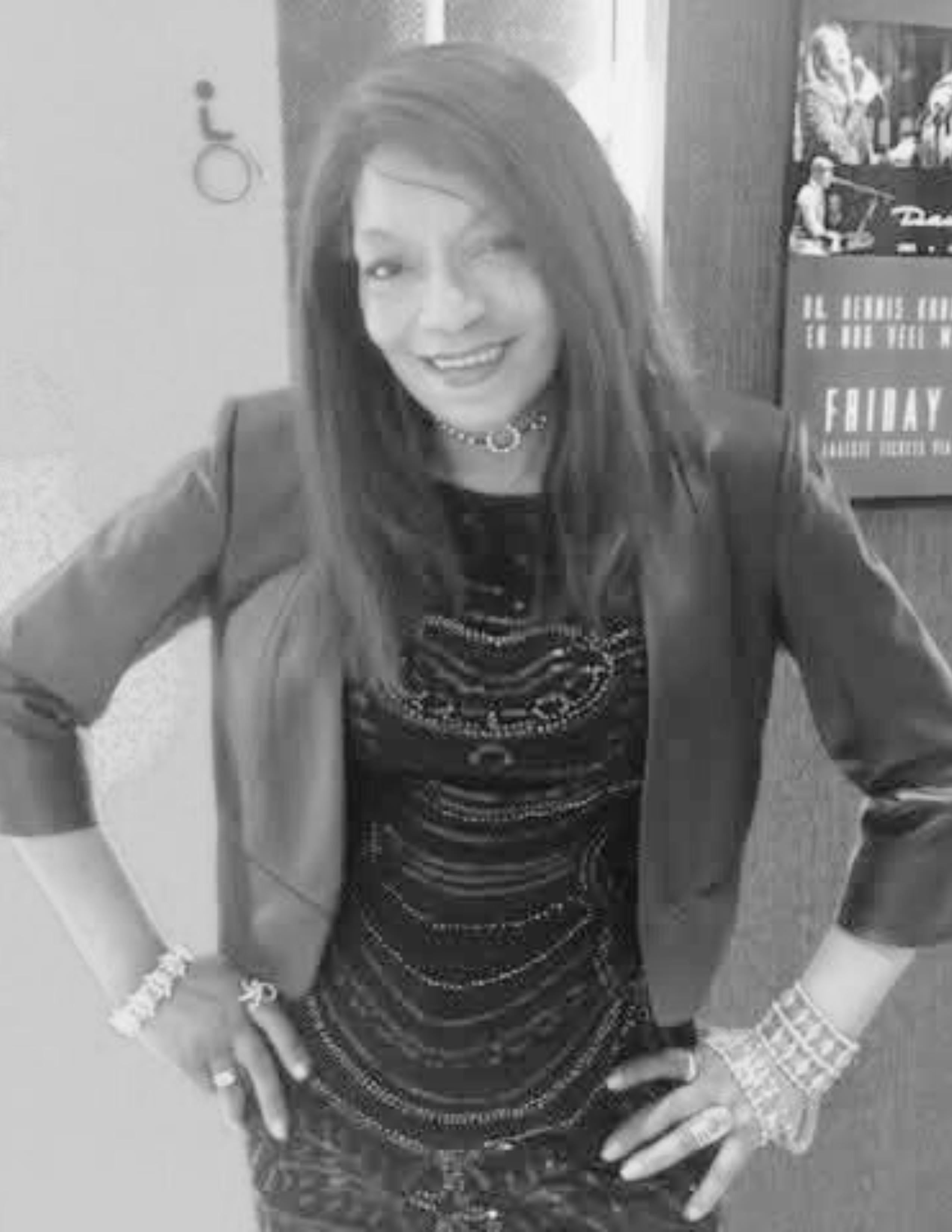

CELESTINE: You’ve worked with so many stars. Let’s go back in time. I found a video of "Weekend" by Class Action. You told me about it—1983, right?
CHRISTINE: Yes, I was pregnant with my daughter when that was recorded. And that’s actually how I learned about the Dutch healthcare system.
CELESTINE: Tell me.
CHRISTINE: We were staying in a hotel with a spiral staircase. I tripped going down and fell. We were headed to the airport, so I brushed it off. But on the plane, I went into labor. They turned the plane around, met me with a stretcher, and I spent a week in a Dutch hospital.
CELESTINE: Do you remember which hospital?
CHRISTINE: No, but I think it was near Rotterdam, not Amsterdam. I remember seeing a field of windmills when we landed.
CELESTINE: And your daughter was safe and healthy?
CHRISTINE: Yes, and they gave me a drug not available in the U.S. at the time to suppress labor. I flew back a week later. My daughter was born a month to the day.
CELESTINE: Amazing. Now tell me about working with John Lennon.
CHRISTINE: He was wonderful—kind, sincere, and musically brilliant. He knew exactly what he wanted. We were in a group called Something Different. After working on his album, we sang on Yoko’s album too. He made it fun—relaxed, no stress. He even joked about rewarding us with a joint if we got the part right!
CELESTINE: And Lou Reed?
CHRISTINE: I met him by chance. I was getting on an elevator, and he jumped in last minute. He asked if I was a singer, then asked if I wanted to make some money. Next thing I knew, I was singing backup for a live album in a stairwell, using natural echo. He wanted a real acoustic sound.
CELESTINE: You had several girl groups—were they the same with different names?
CHRISTINE: No, different girls. First was Something Different with Jocelyn Brown and Angel Coakley. We sang for Zulema, then Bill Withers at Carnegie Hall. Later, I worked with Patrick Adams, and we did studio projects. One of those turned into Musique. Patrick asked me to put together the real group for touring, because others were lipsyncing. I sang on everything.
CELESTINE: What do you do to keep your voice in shape?
CHRISTINE: I sing. I perform as often as I can—at Delphine, the Bulldog, and karaoke every Thursday at Riviera. My voice has changed with age. It’s lower now. I used to be a first soprano, trained in classical music—singing arias in French, Italian, and German.
CELESTINE: You mentioned your inspiration—Rimsky-Korsakov?
CHRISTINE: Yes, "Scheherazade." I first heard it at eight or nine. I’d lie on the floor and listen over and over, wearing the grooves off the record. It was heaven for me—each instrument had its own melody, all coming together. That taught me what I love in music.
CELESTINE: How did your upbringing shape that?
“There are things I wish I’d done differently, but I don’t regret
my terms.”
CHRISTINE: My parents were born in the early 1900s. They were denied many things, so they made sure I experienced it all—dinners, the opera, ballet, vacations in Barbados and Martha’s Vineyard. My mother sang and played piano. We went to see Joan Sutherland, Leontyne Price, Marian Anderson... She took me to see Aida and Madame Butterfly. That shaped me.
CELESTINE: And your second inspiration—Gladys Knight?
CHRISTINE: Yes. I was in the Air Force, stationed at a SAC base in Massachusetts. My boyfriend was deployed to Guam. I missed him, missed my family, and the song “I Don’t Want to Do Wrong” by Gladys hit me hard. I’ve always admired her, Aretha, Whitney. When I first saw The Supremes on Ed Sullivan—three elegant Black women—I knew that’s what I wanted to do.
CELESTINE: Looking back at your life now—with your education, military service, your music, your kids and grandkids, and moving to Holland—how do you see your journey?
CHRISTINE: There are things I wish I’d done differently, but I don’t regret living life on my terms. That comes with consequences. I’ve been a musician for 50–60 years—sometimes in poverty—but I’ve never compromised my integrity. Freedom means everything to me. I don’t want to be on my deathbed saying, “I wish I had…” I do what I want, when I want, with who I want. Life has bitter moments too, but that’s what makes the sweet ones sweeter.
CELESTINE: And now—what’s next?
CHRISTINE: I’m looking for a permanent apartment. I’ll be performing at a Juneteenth celebration in Barcelona this month, then the Disco Diva Festival in Italy, and back to Barcelona for my cousin’s wedding. I just finished two recordings—one with Leroy Burgess and another with Ed Burley, a remake of the theme from Beretta. I’m also looking for new venues.
CELESTINE: Christine, thank you so much for sharing your story with us.
CHRISTINE: Thank you. Anytime. ∎
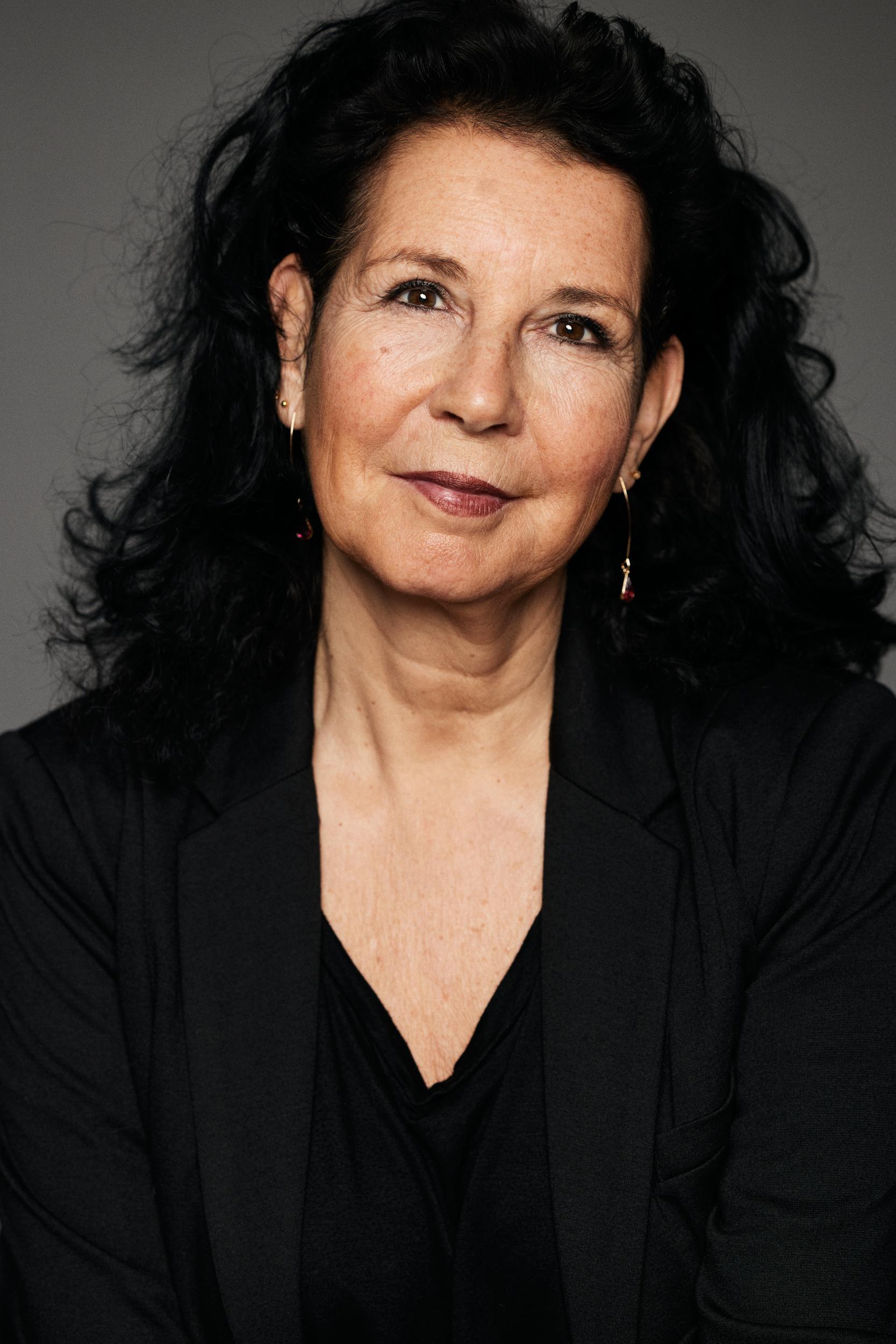
CELESTINE RAVEN
Interviewer & TV Host www.awarenessties.us/celestine-raven
Celestine Raven is an accomplished interviewer and talk show host for Amsterdam Television in the Netherlands. With a rich academic background in political science from Amsterdam and France, Celestine has built a diverse career as a reporter, director, and journalist for Dutch television. Her passion for storytelling extends beyond journalism; she has also worked as a therapist, trainer, and coach in personal development. Celestine's dedication to empowering individuals and communities has taken her to various third- world countries, where she has spearheaded projects aimed at fostering awareness and inner strength. As the host of "Strong Women Beautiful Men," Celestine brings her unique blend of professional experience and heartfelt connection to create compelling conversations that unite and inspire.
www.IamAwareNow.com
